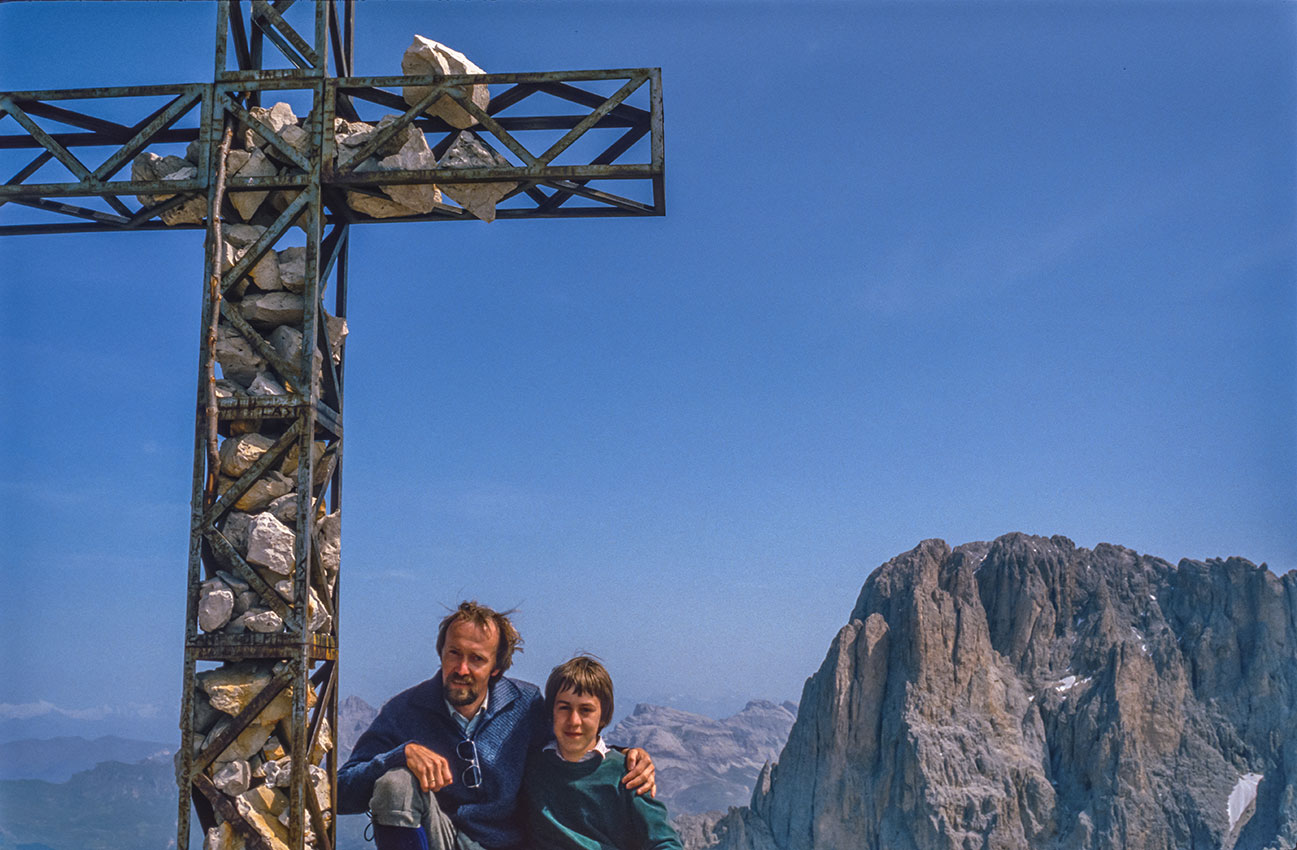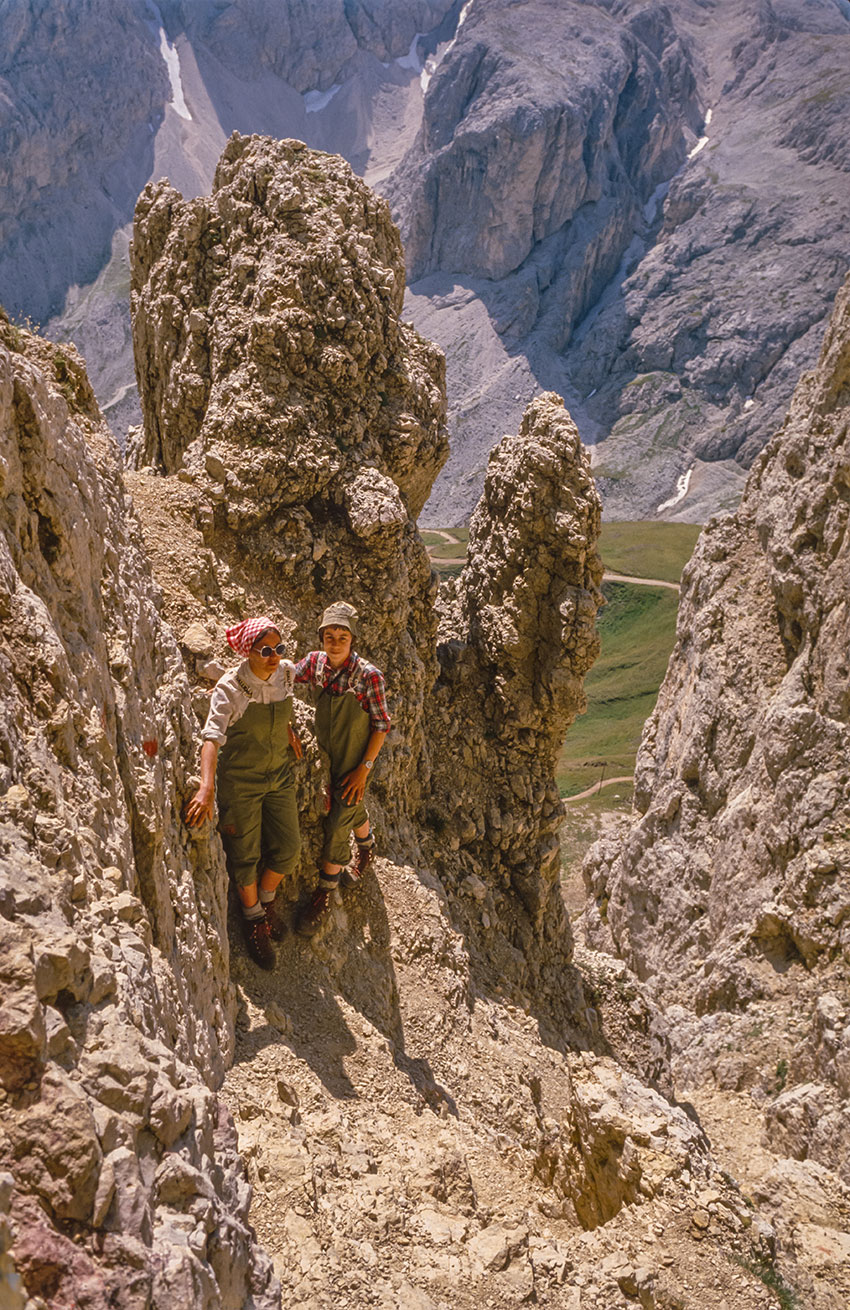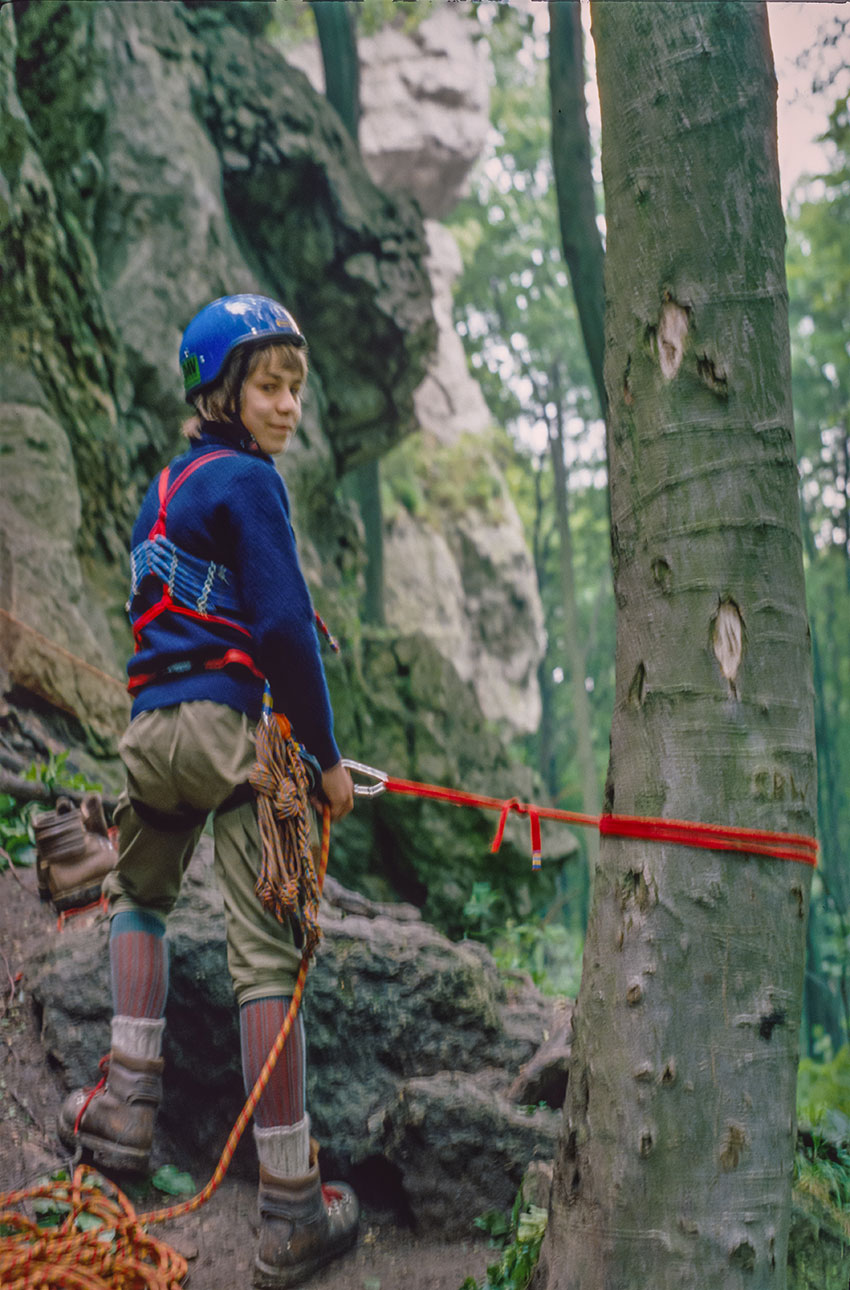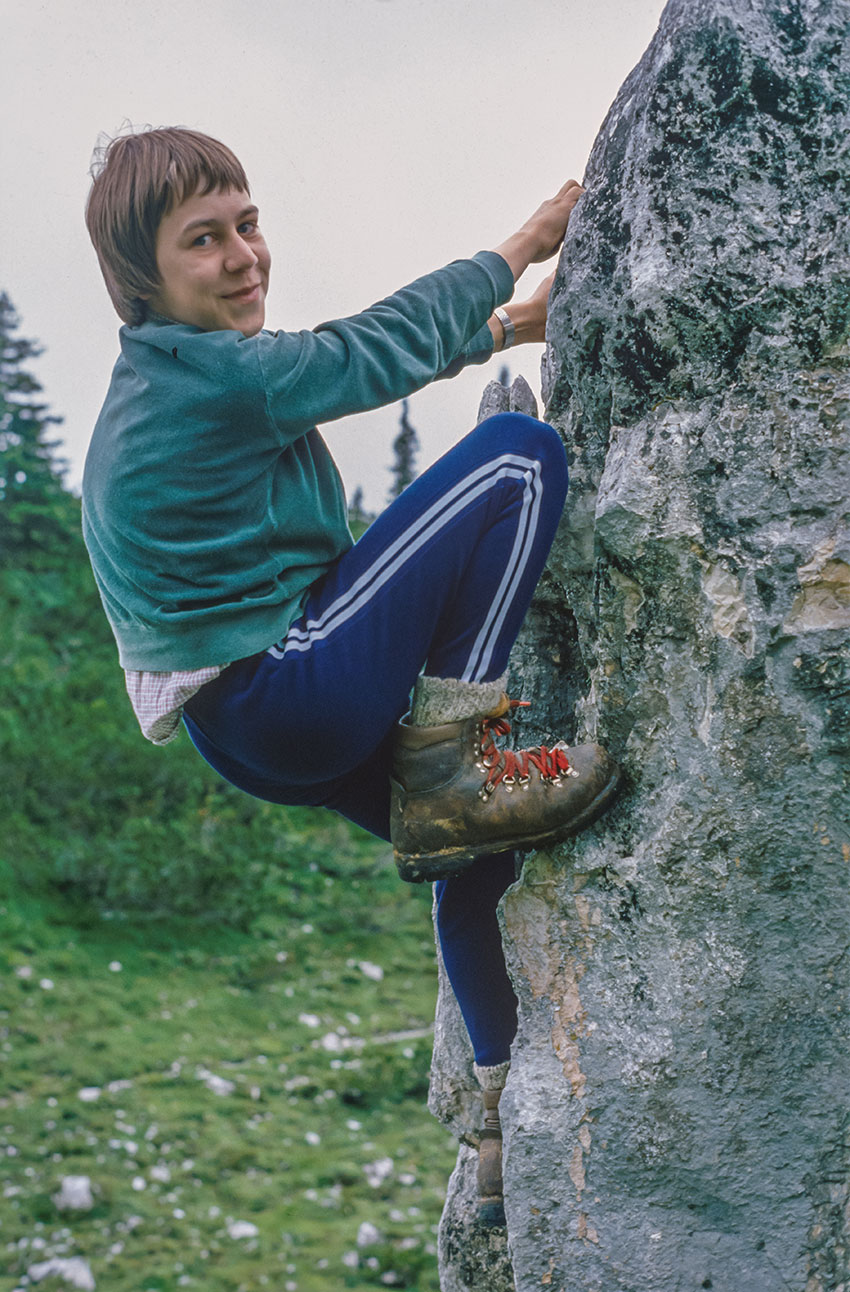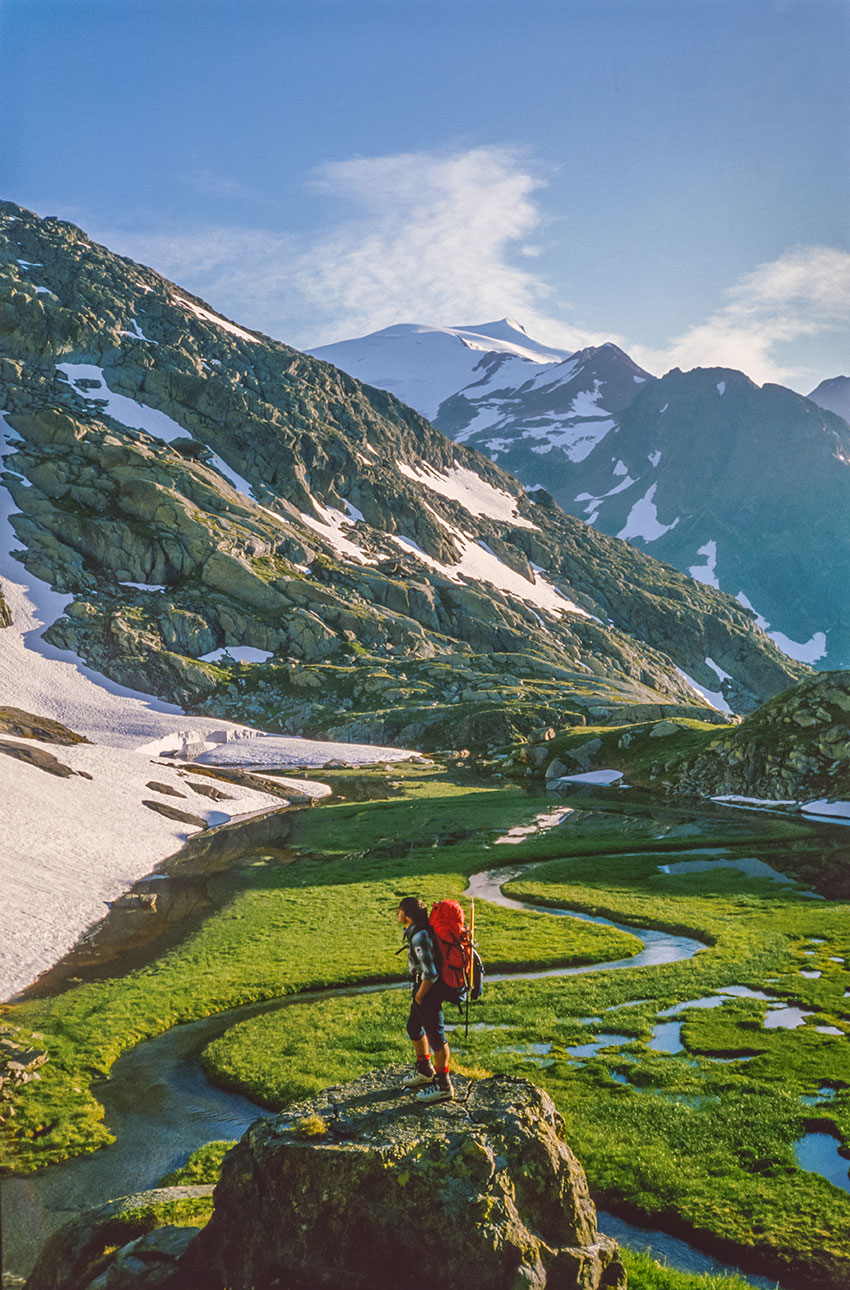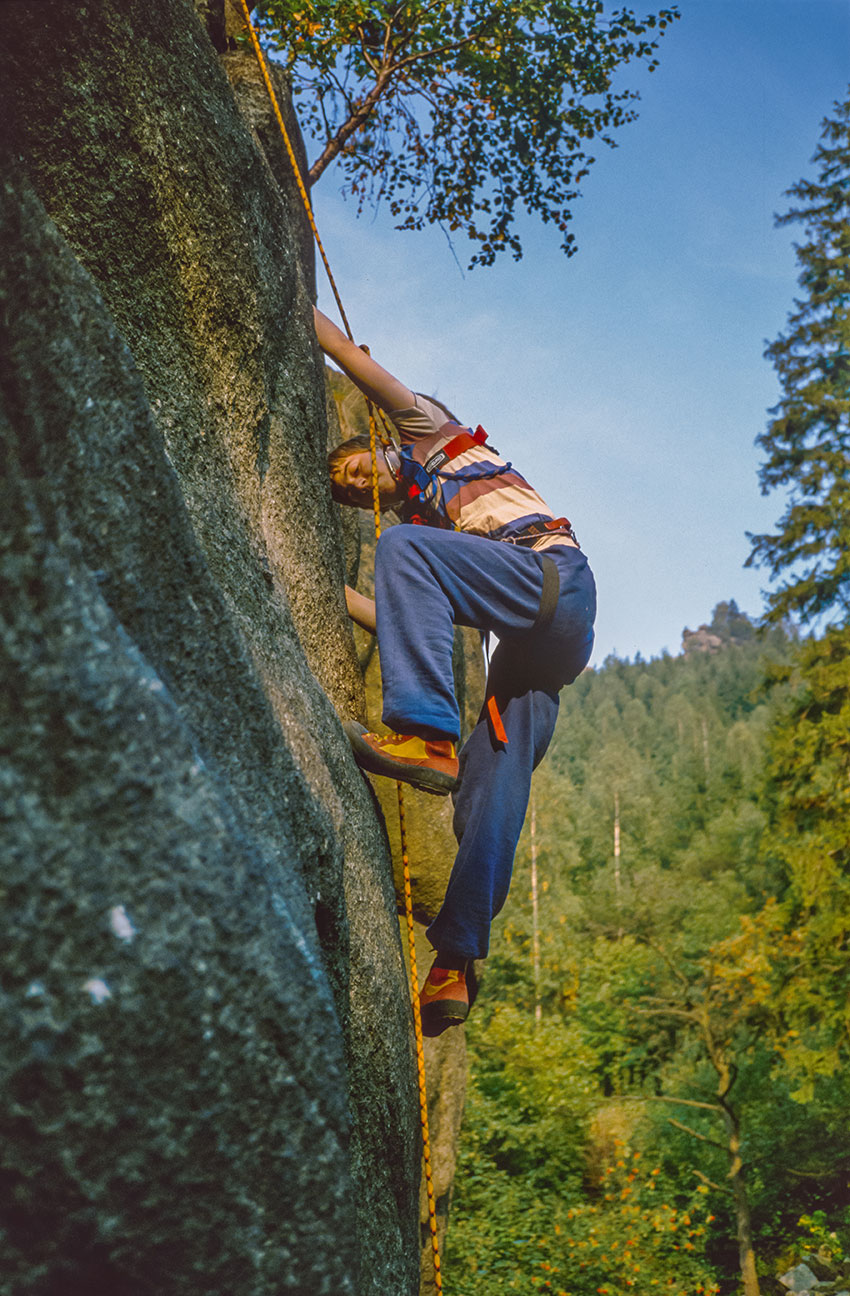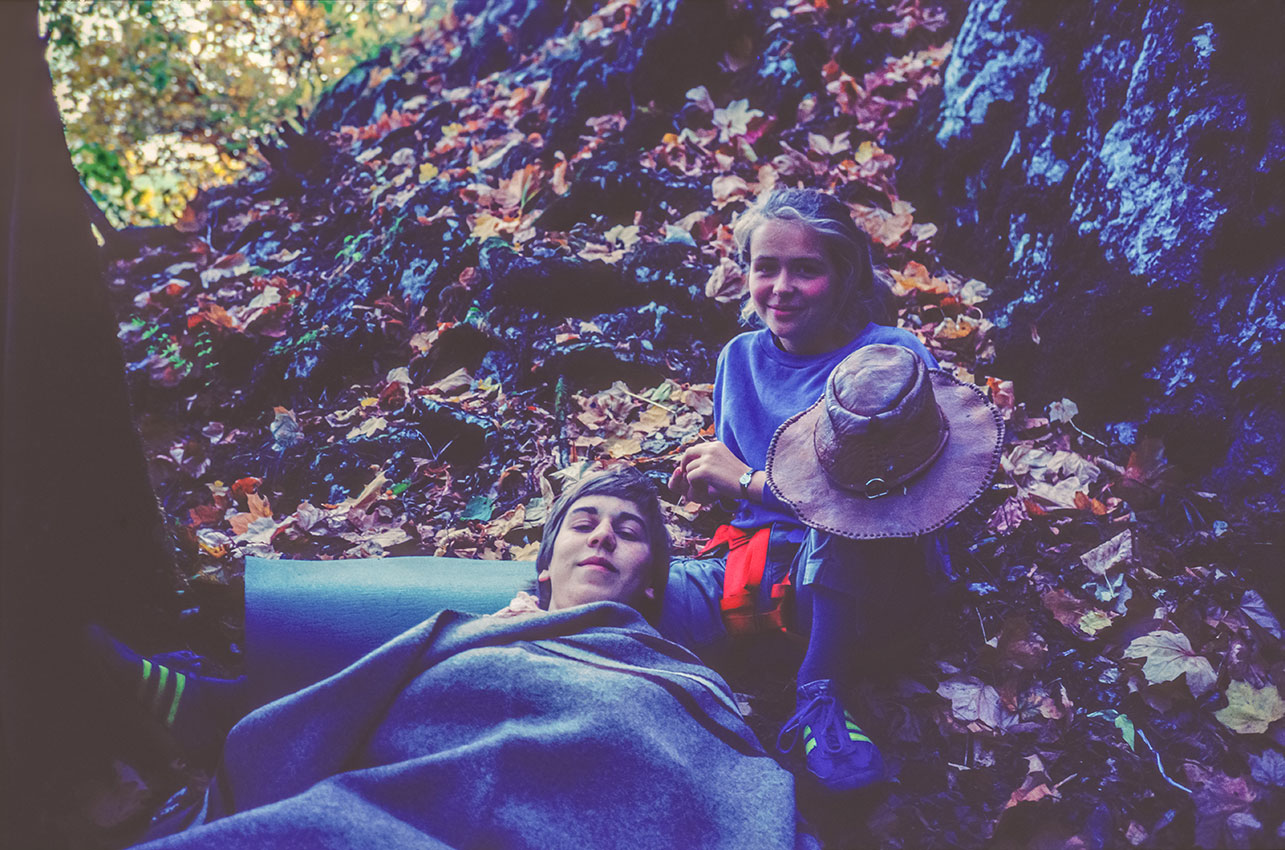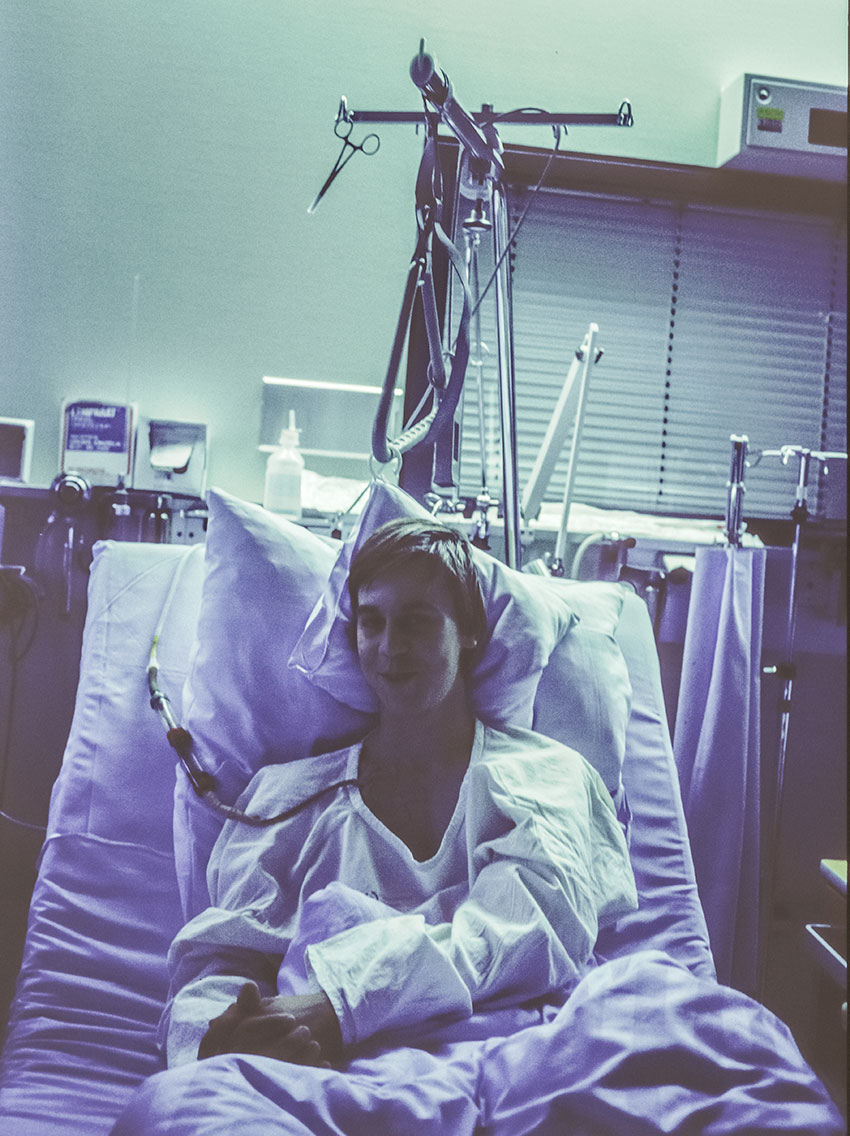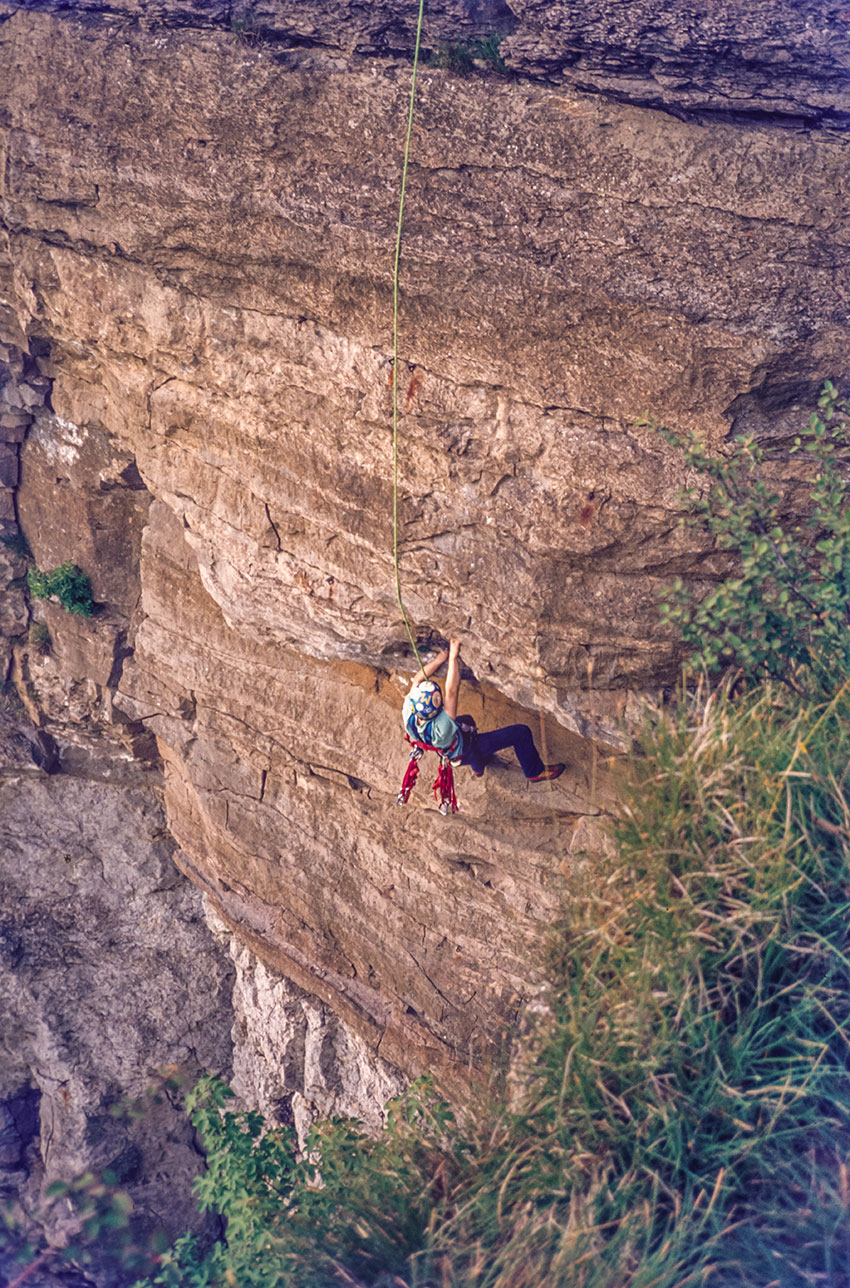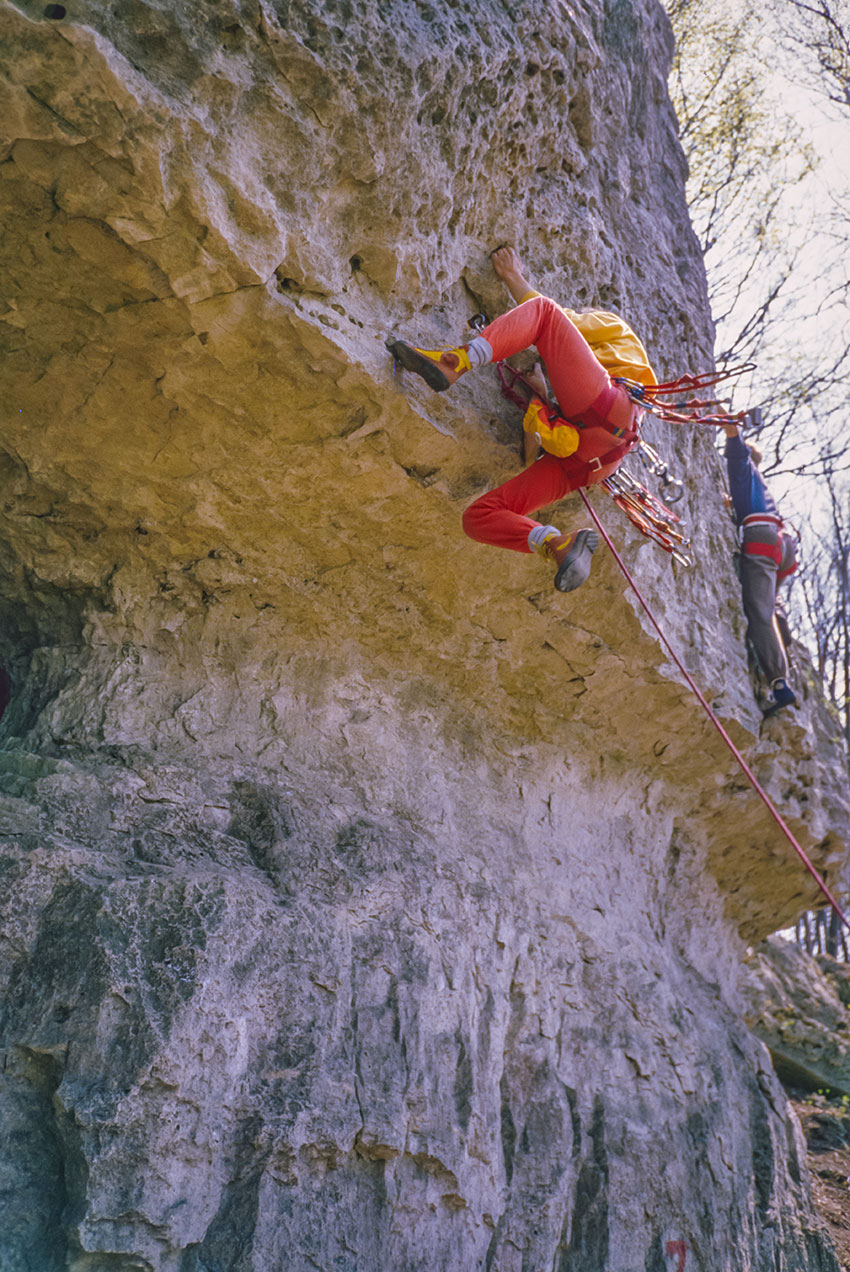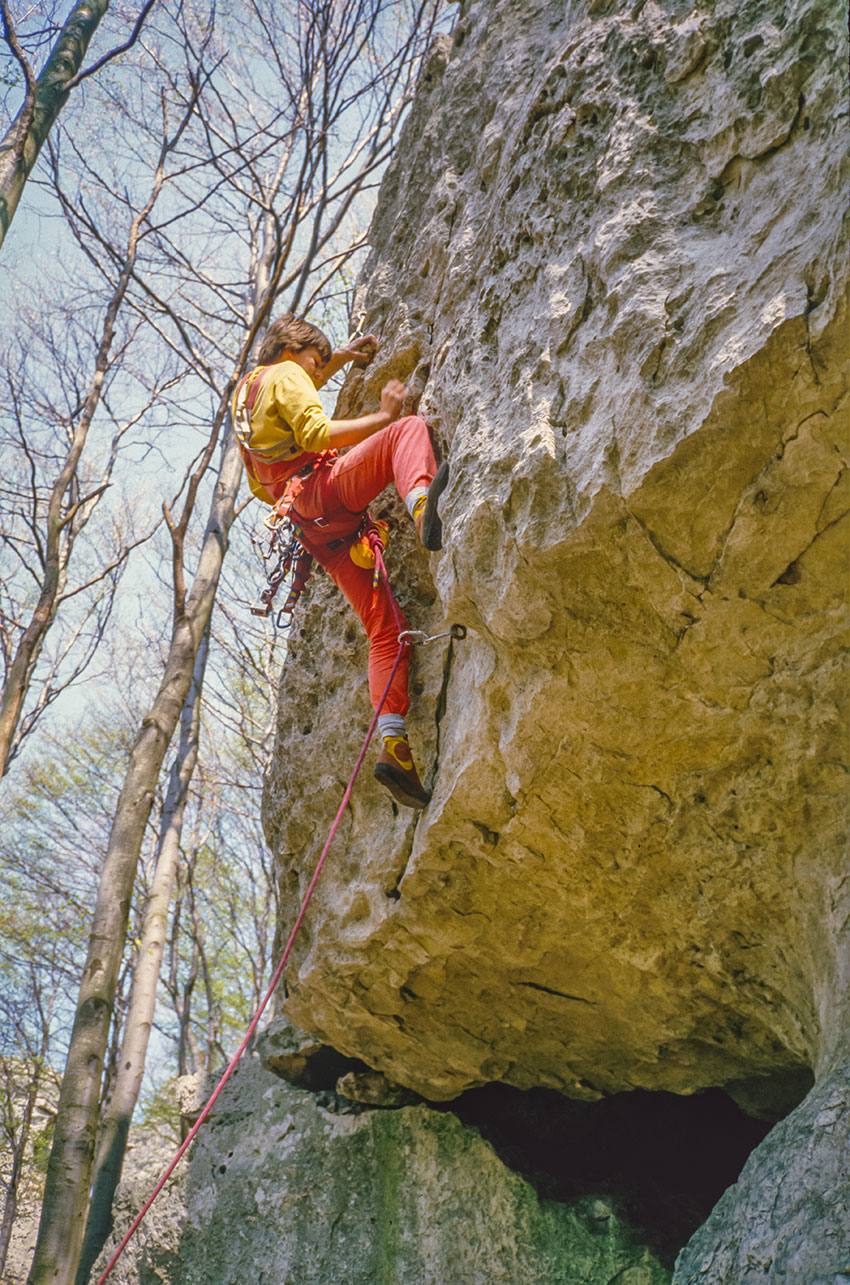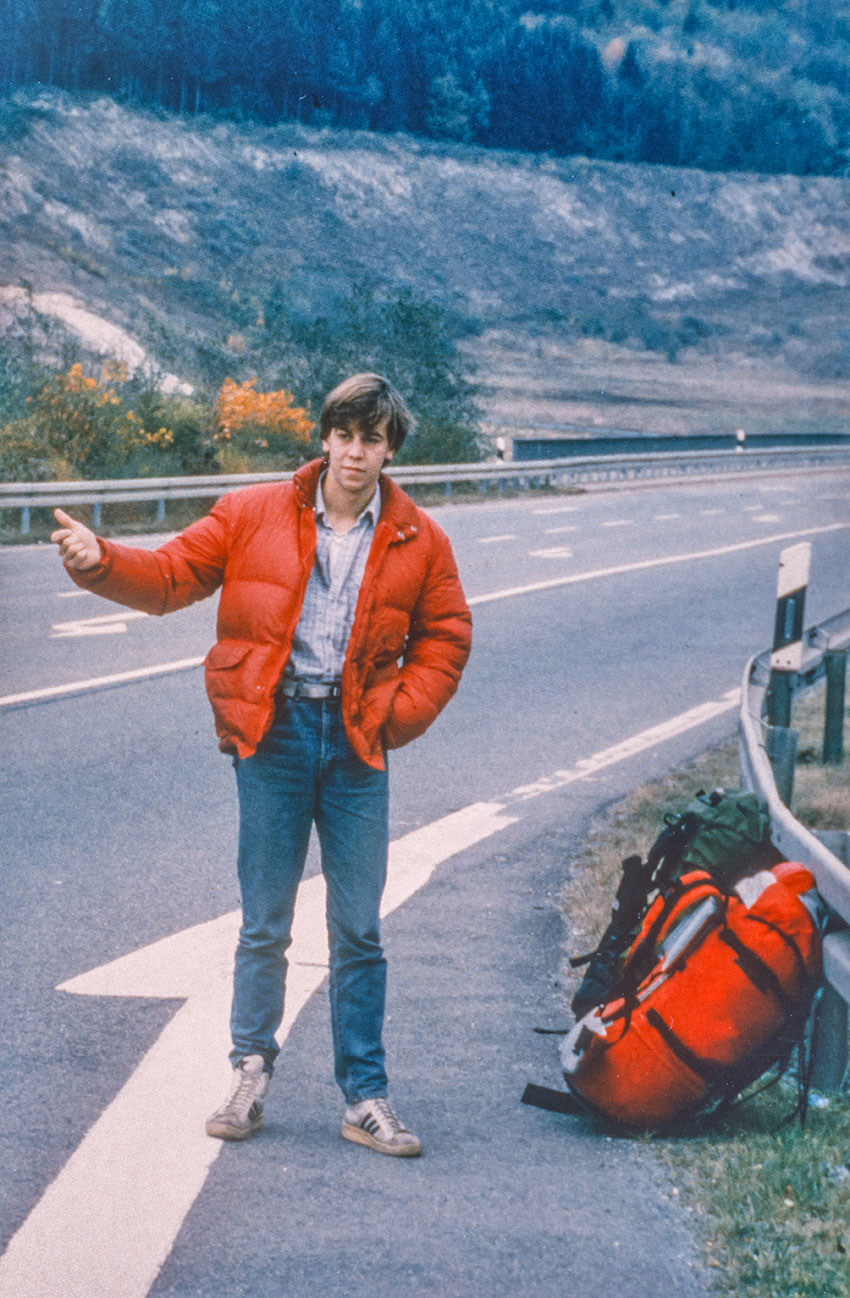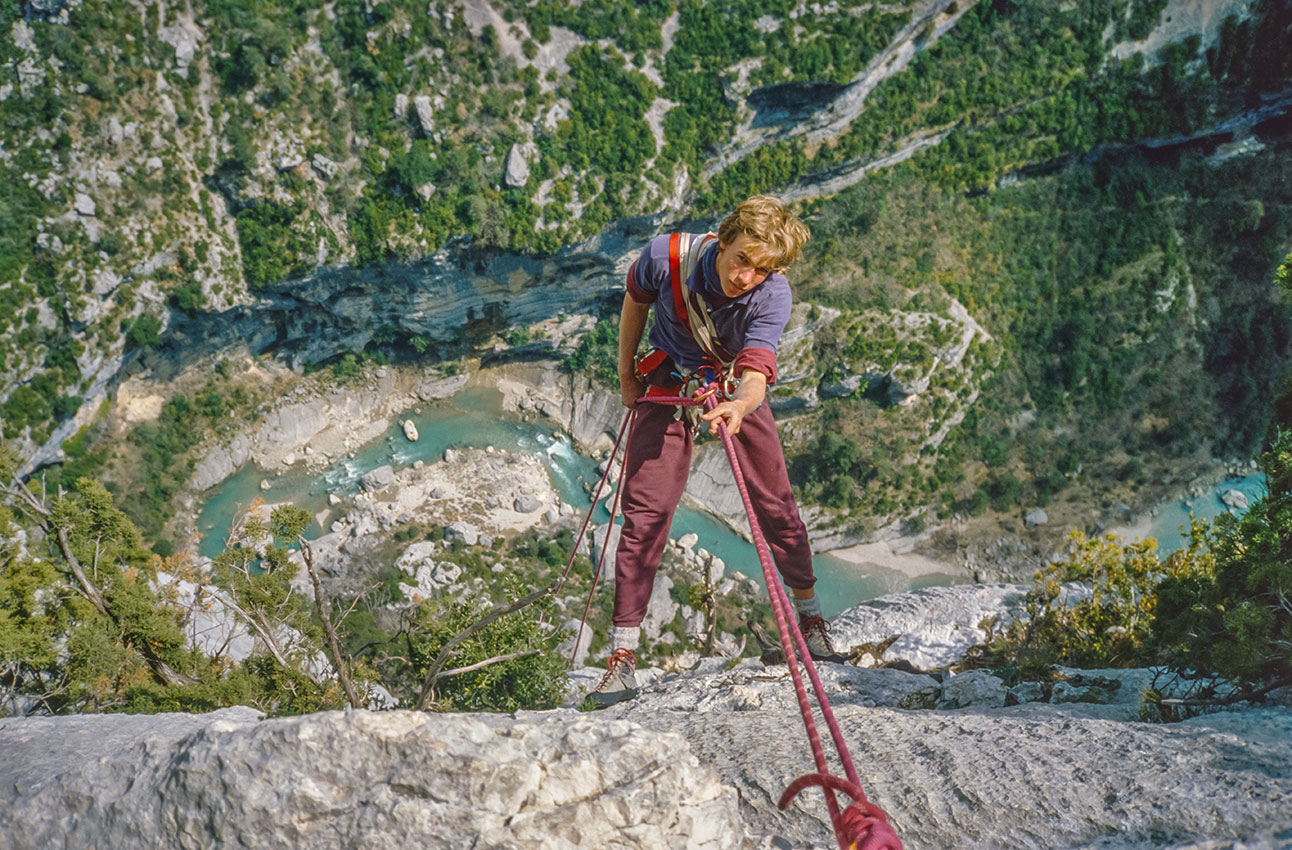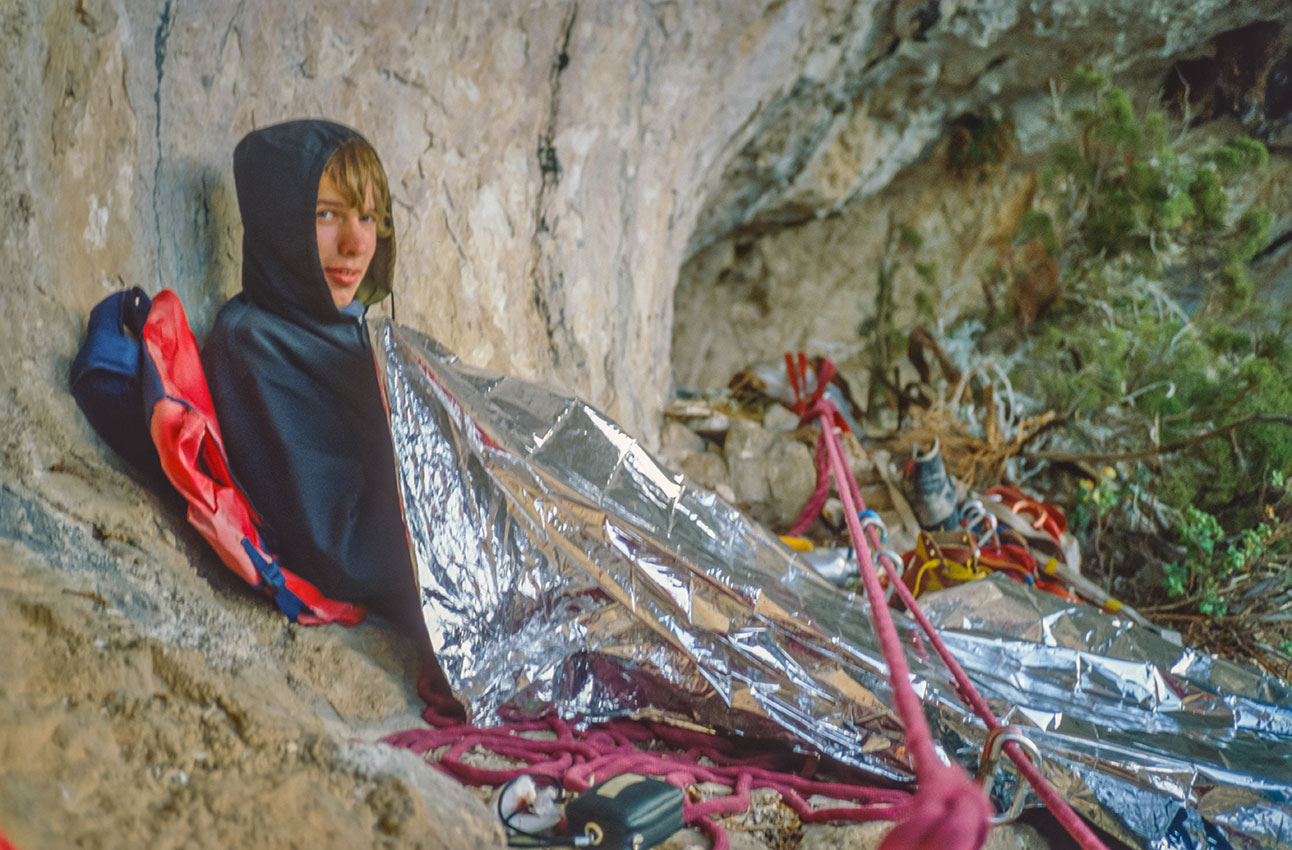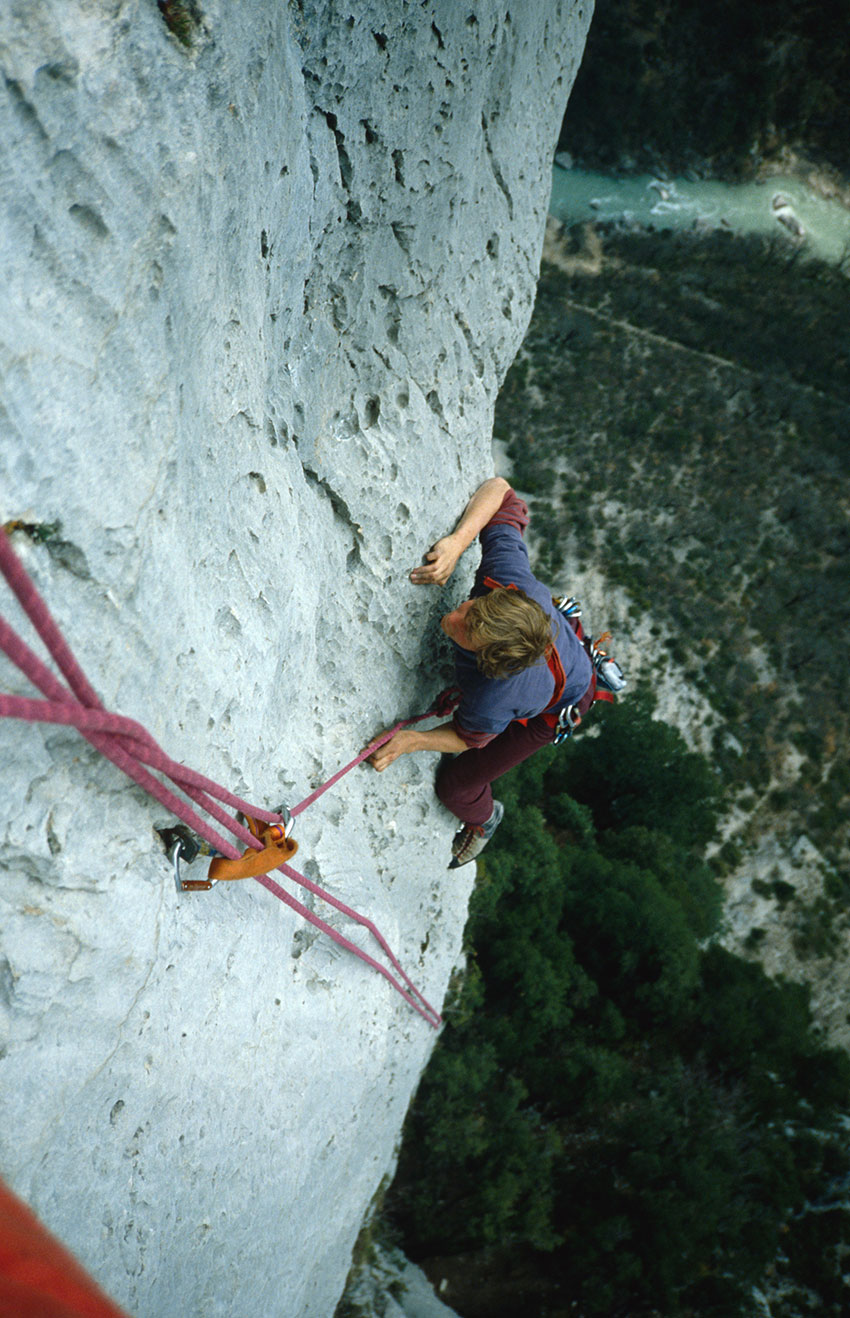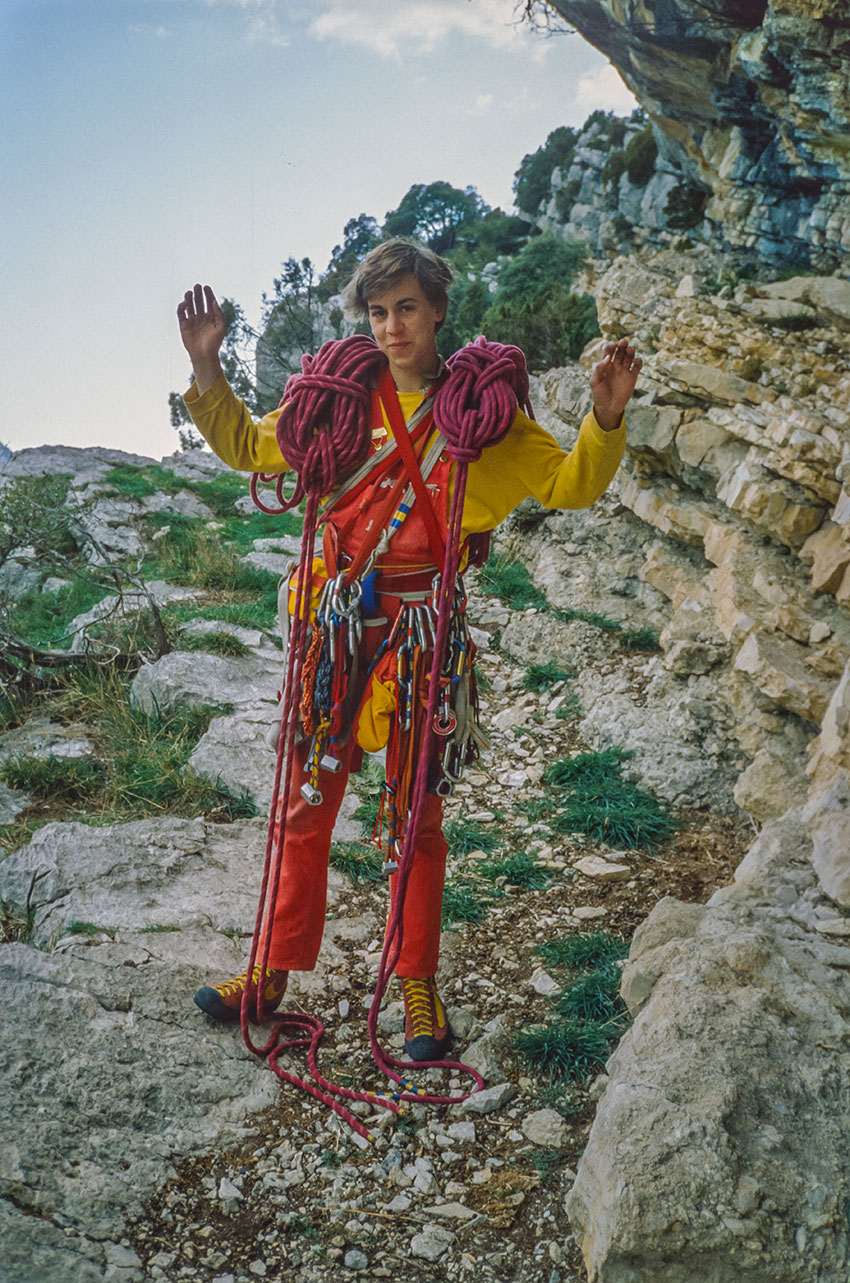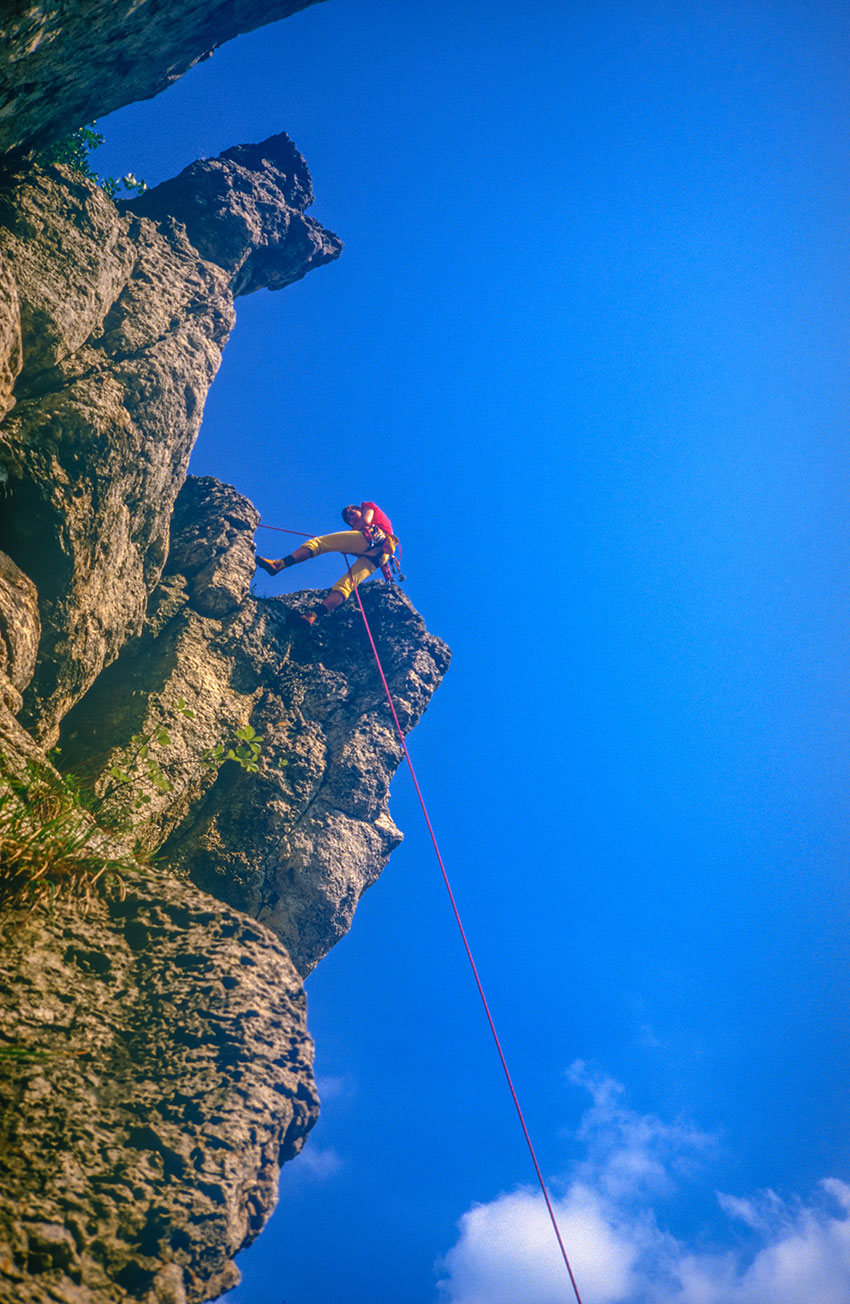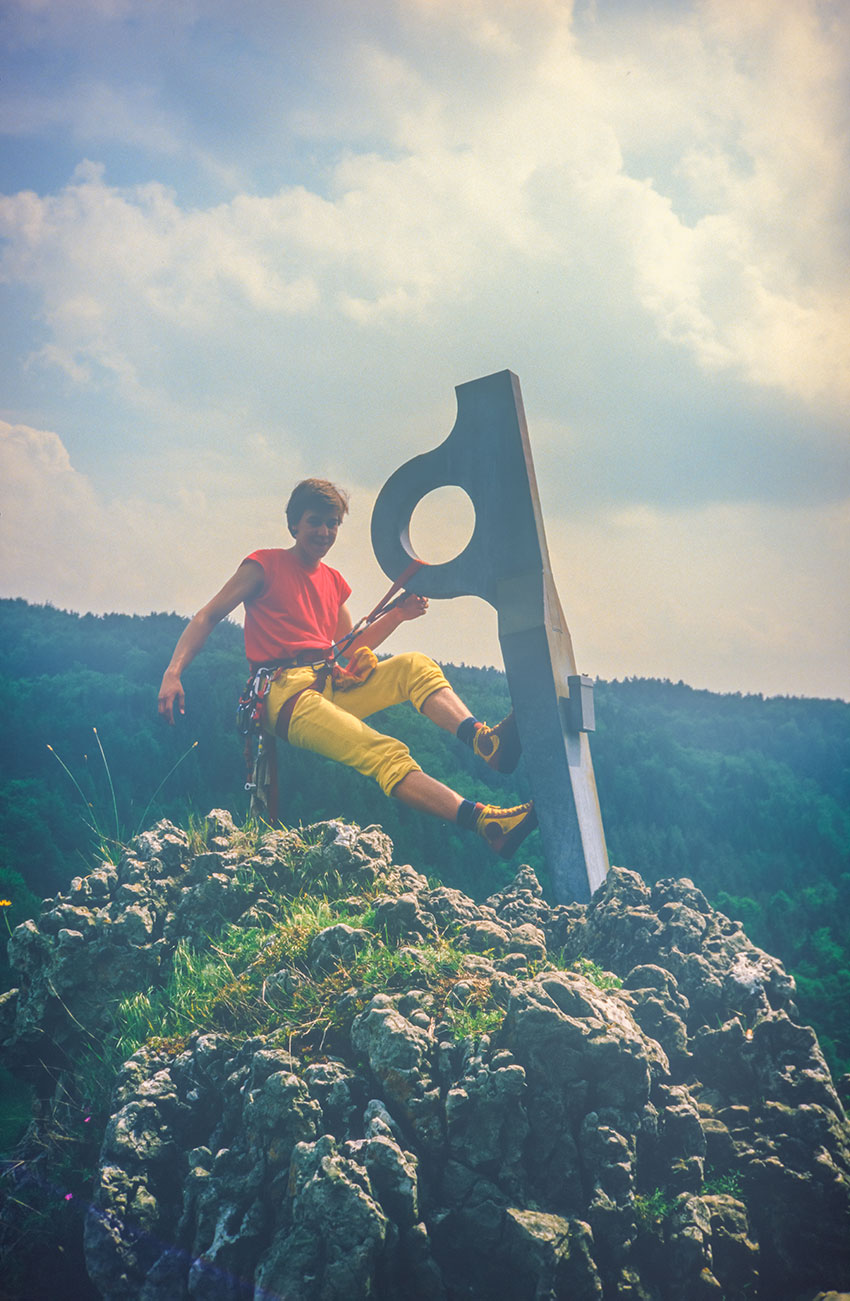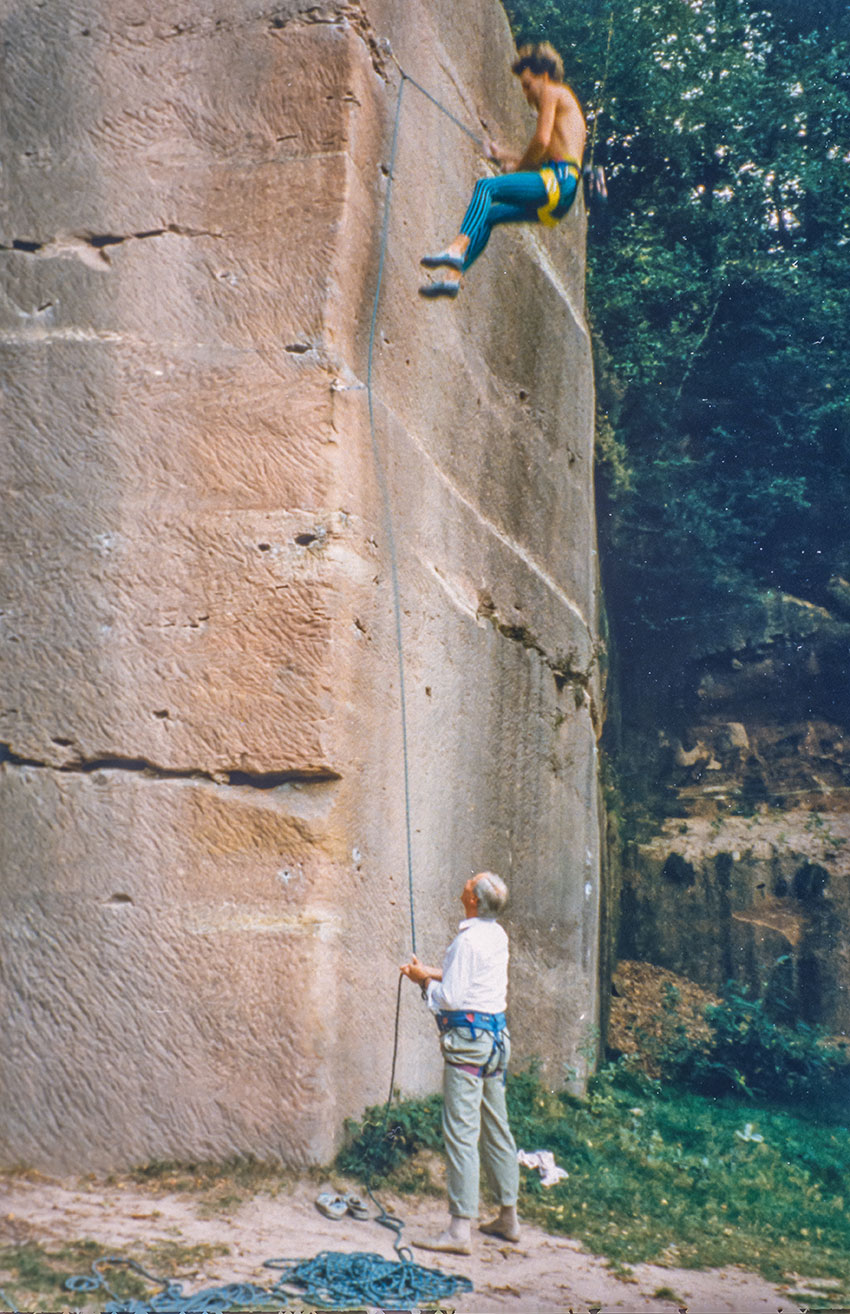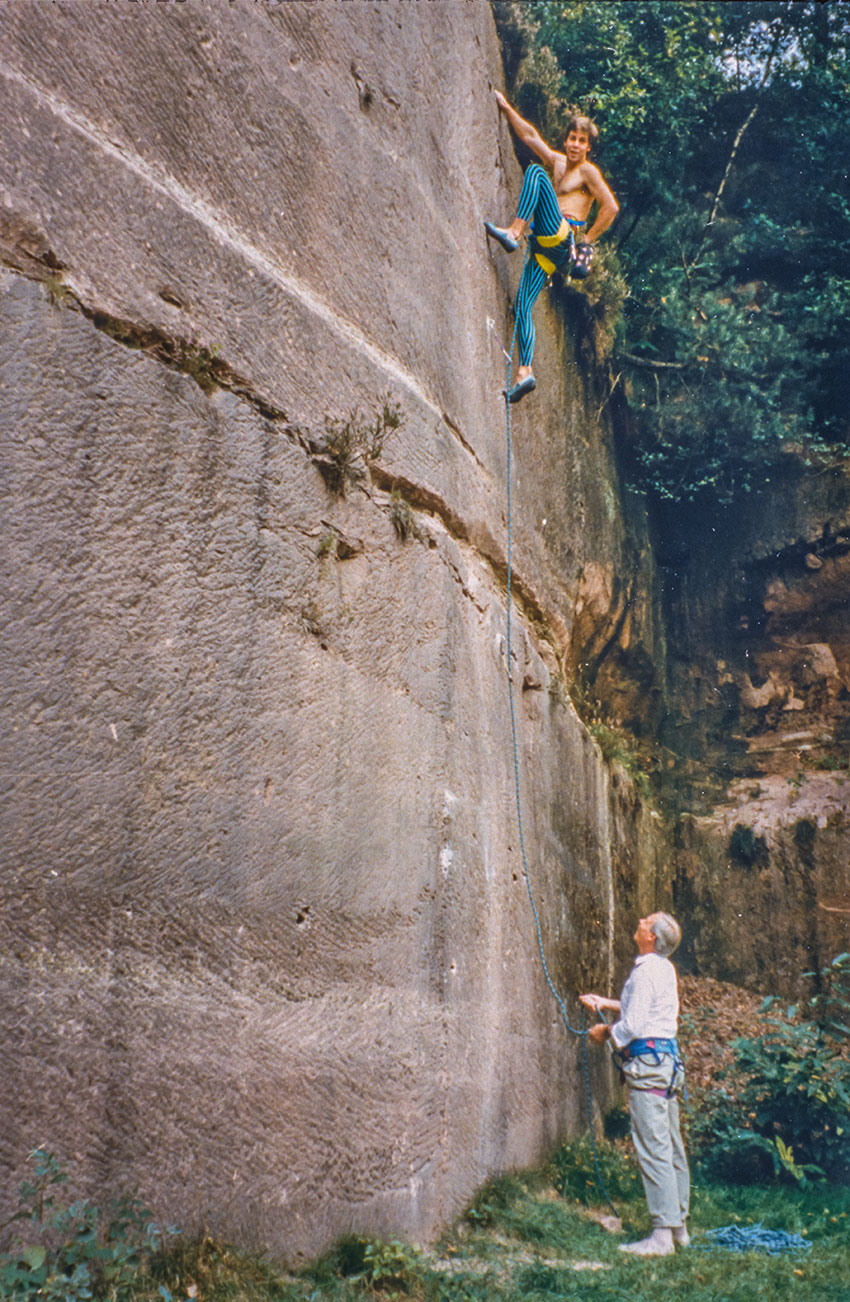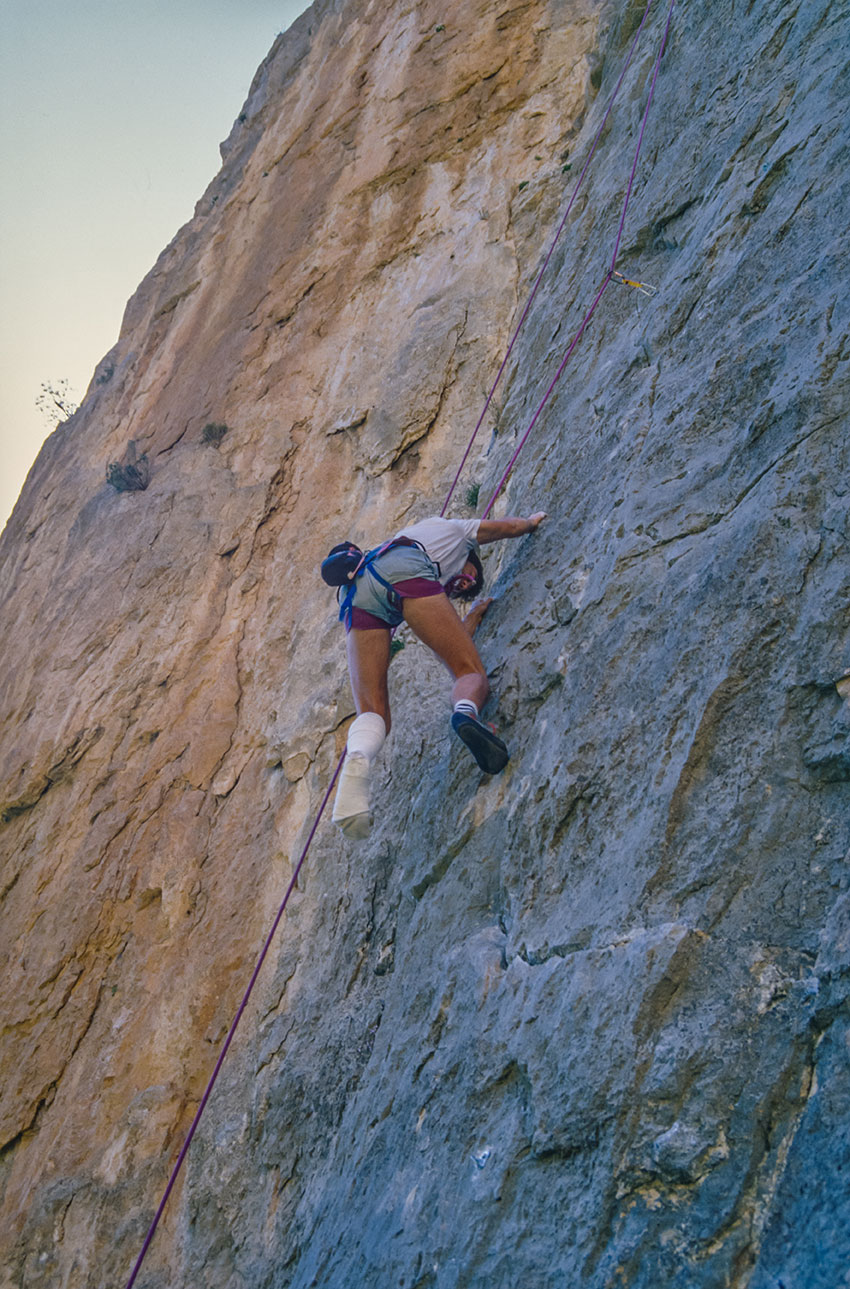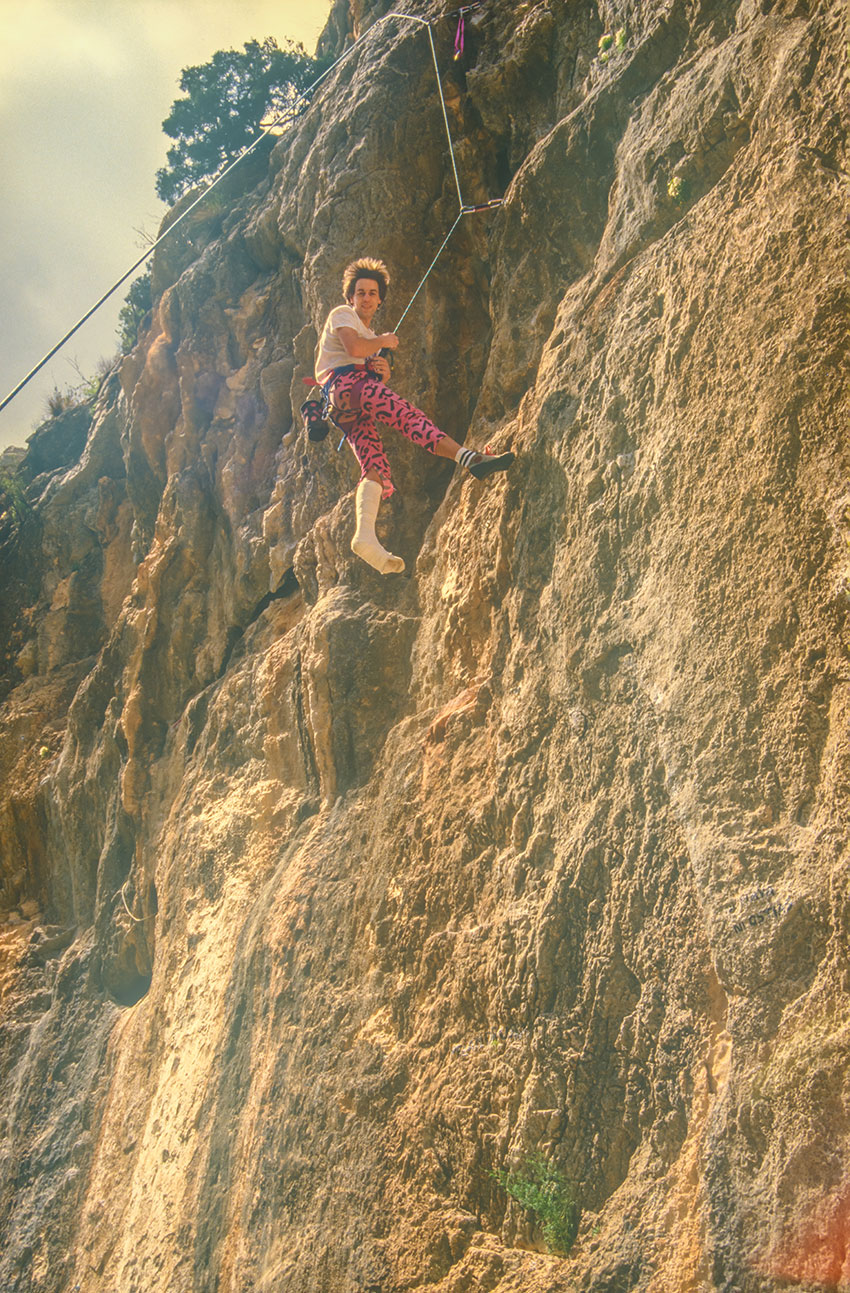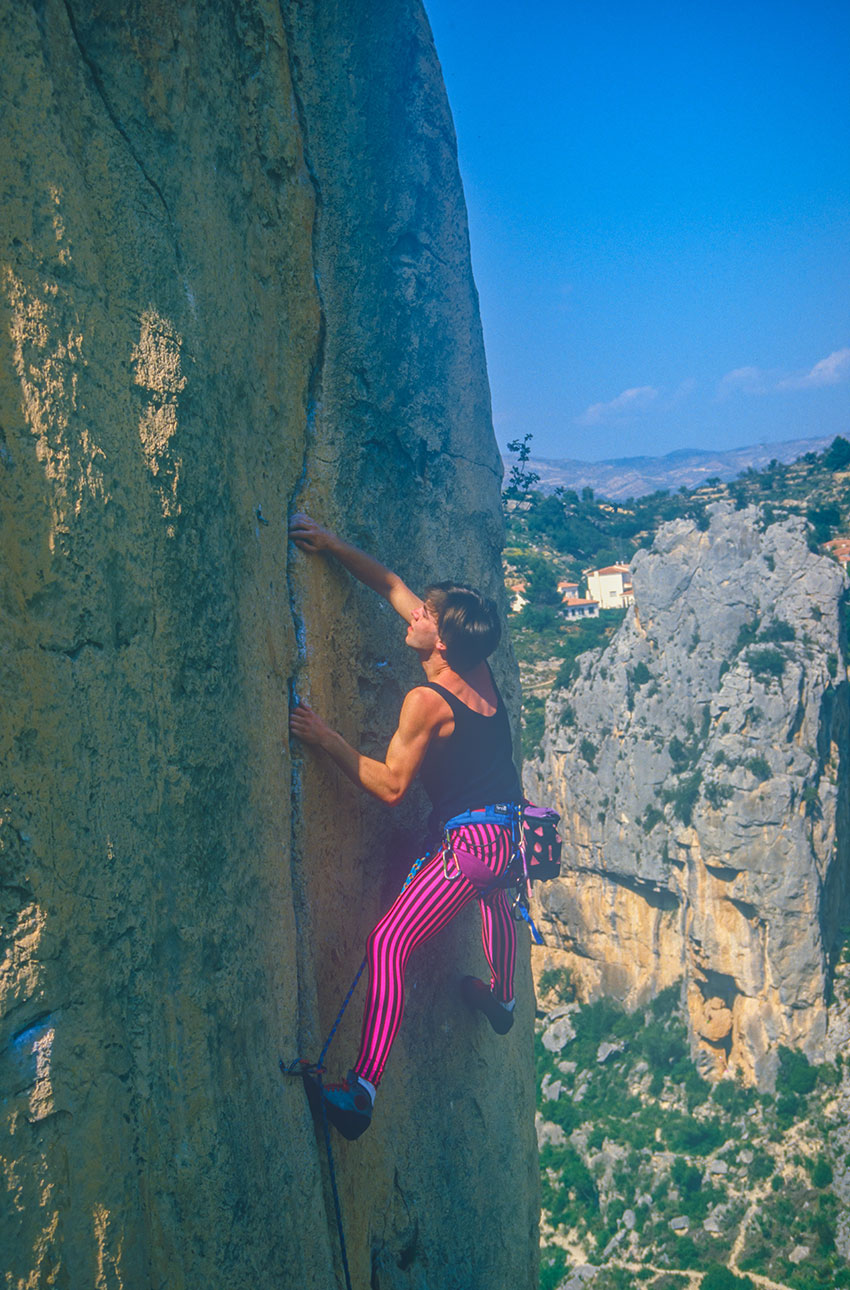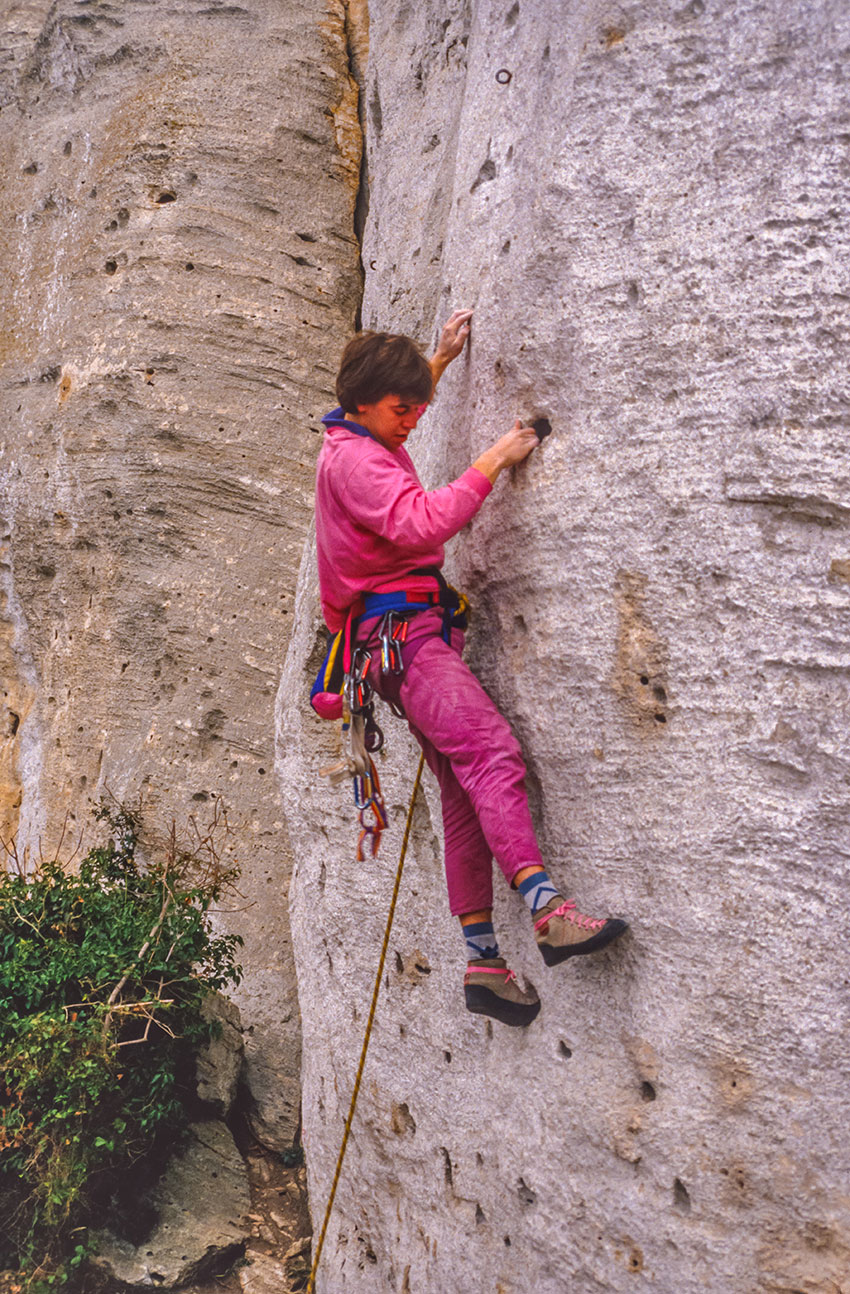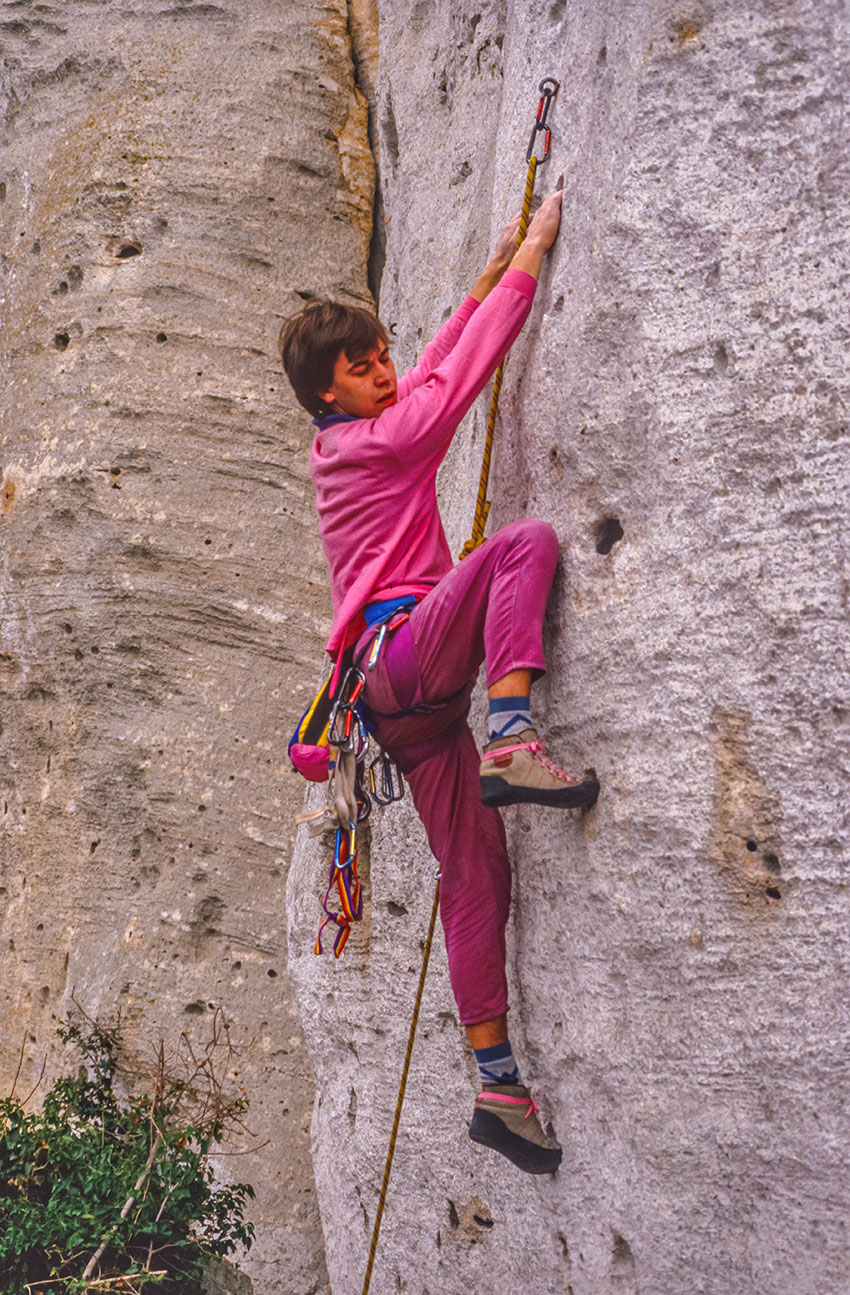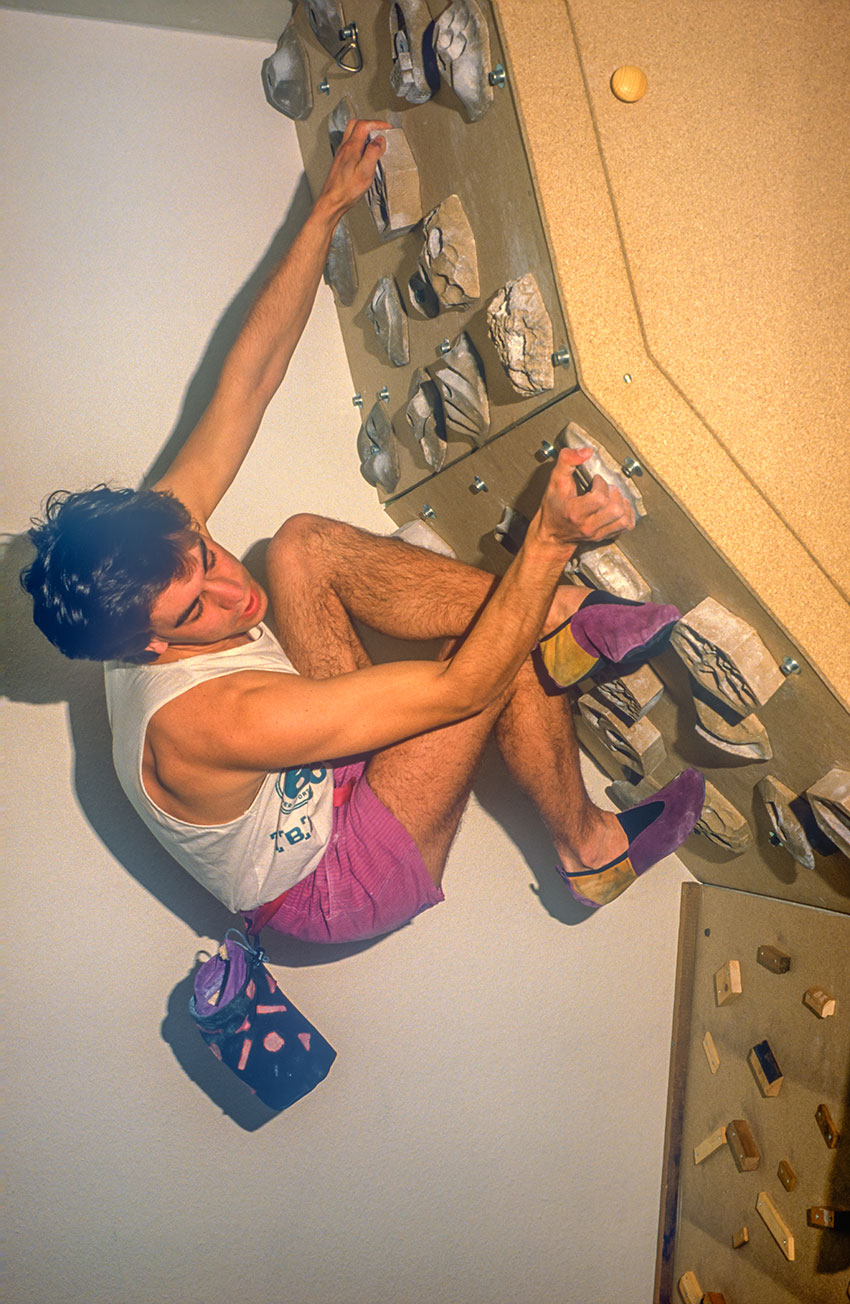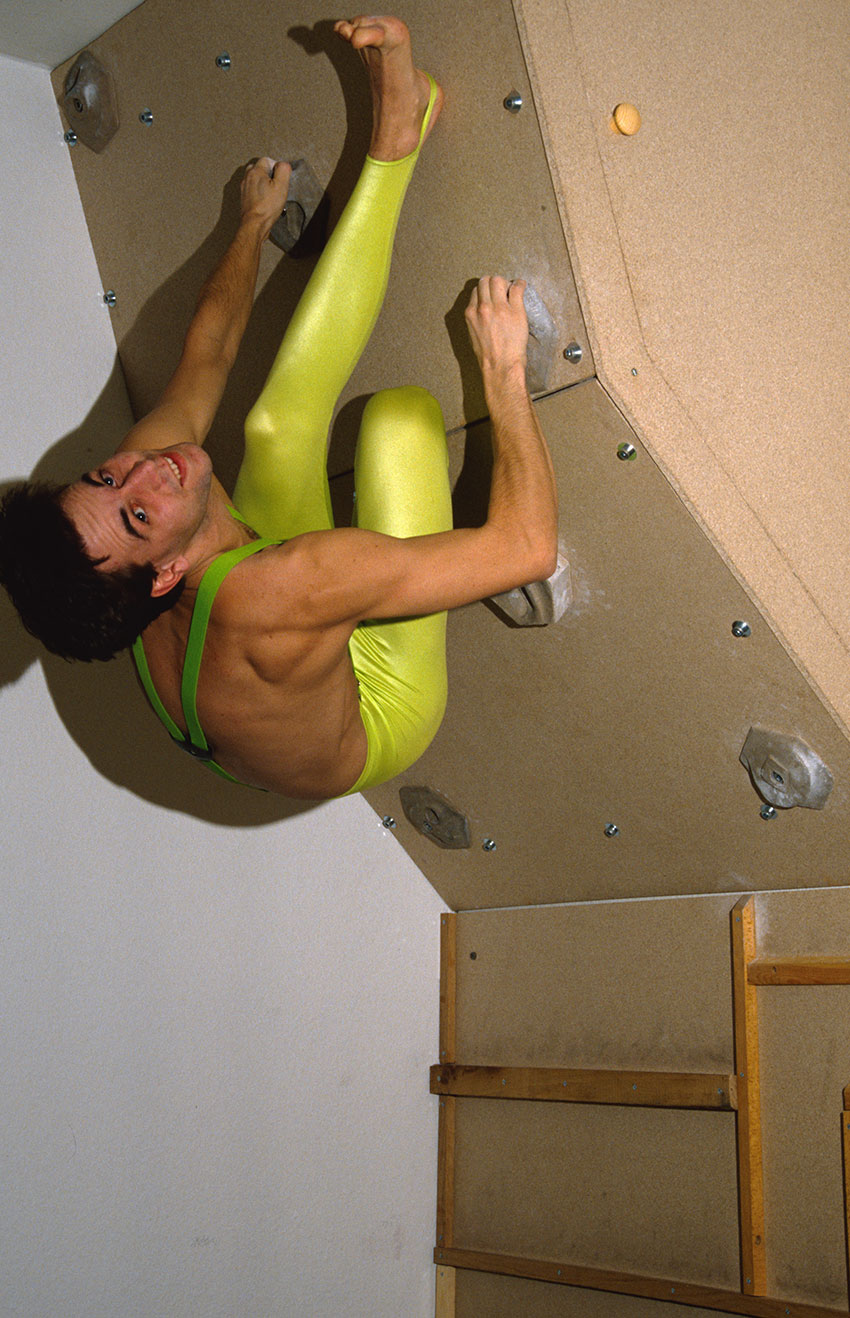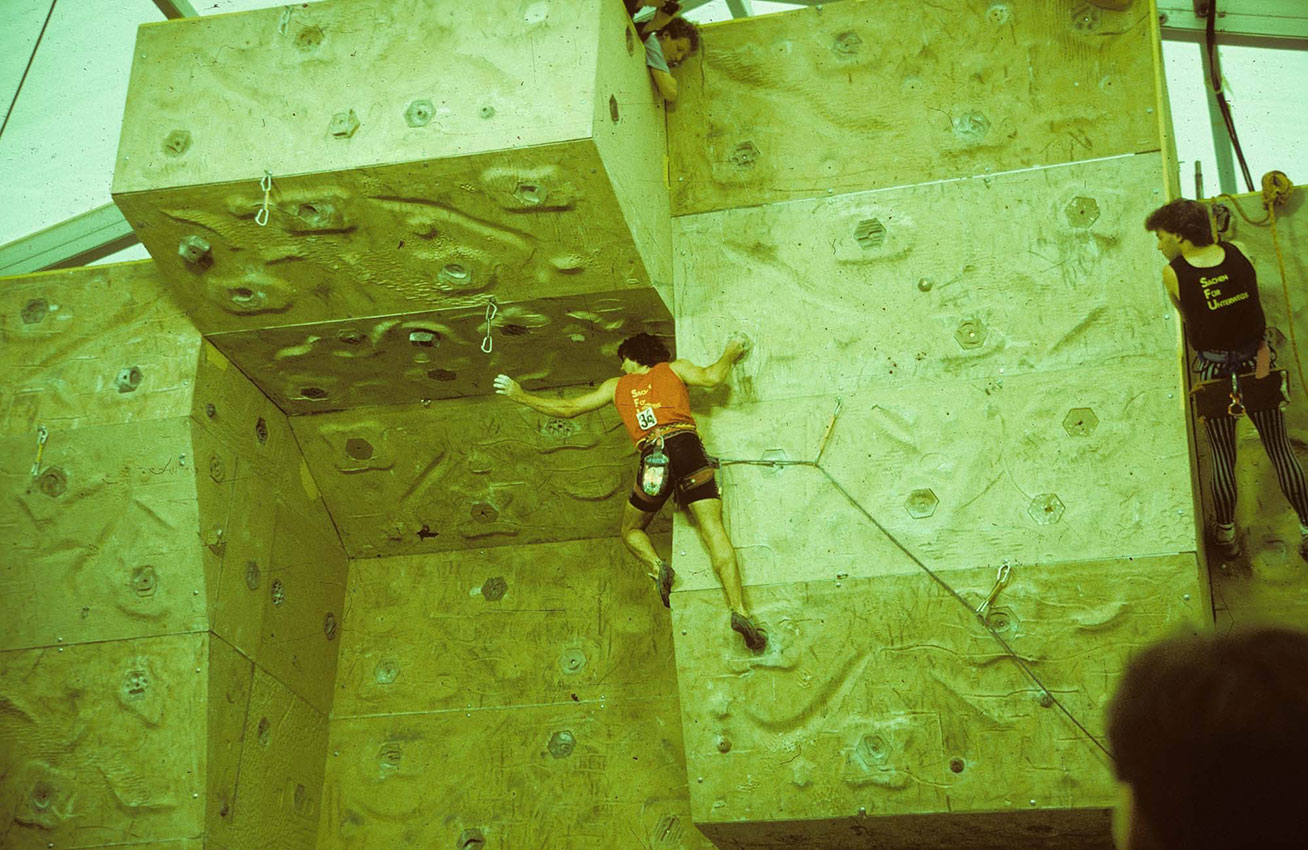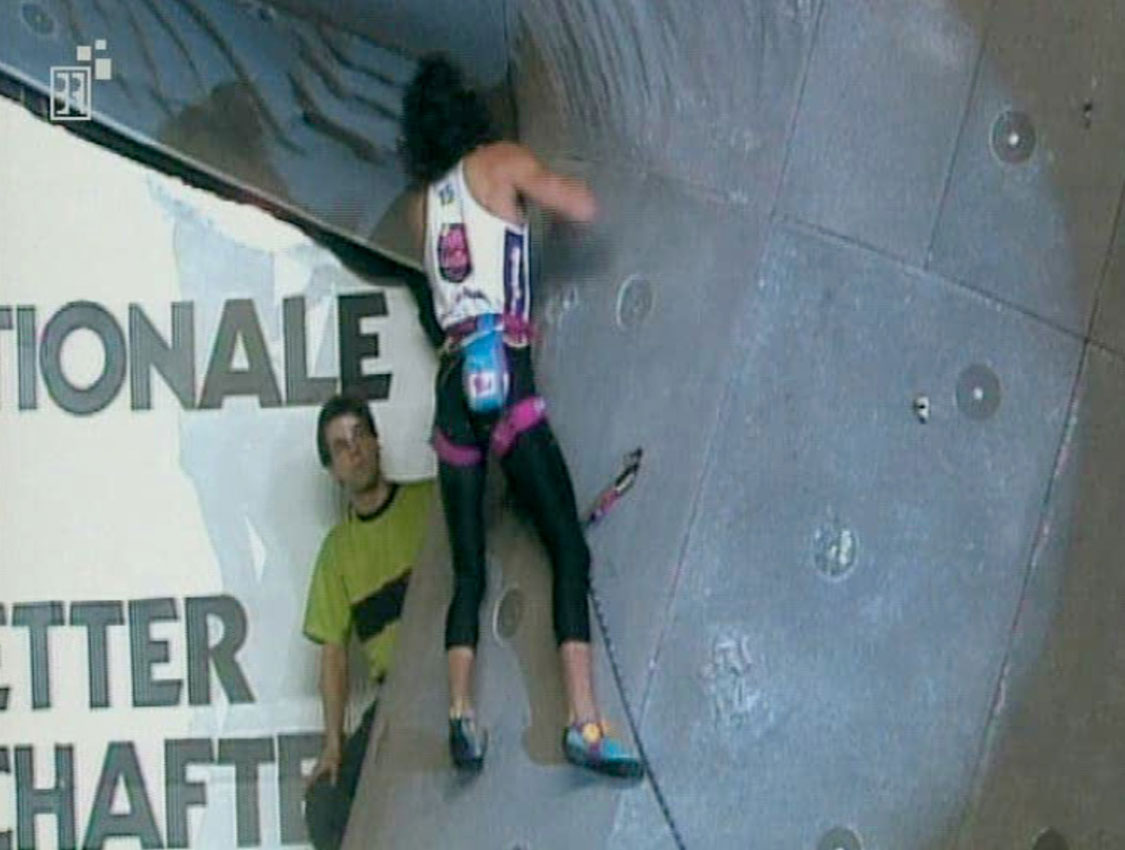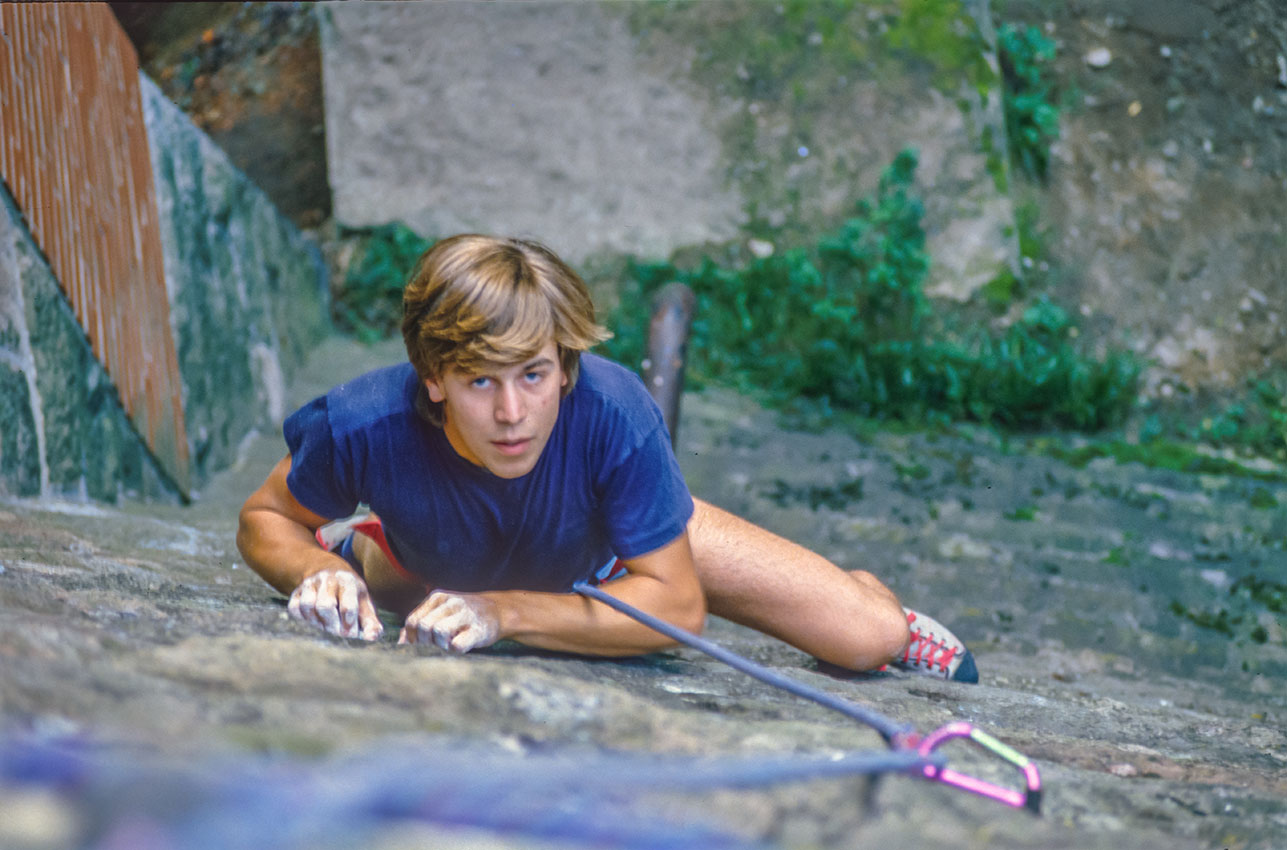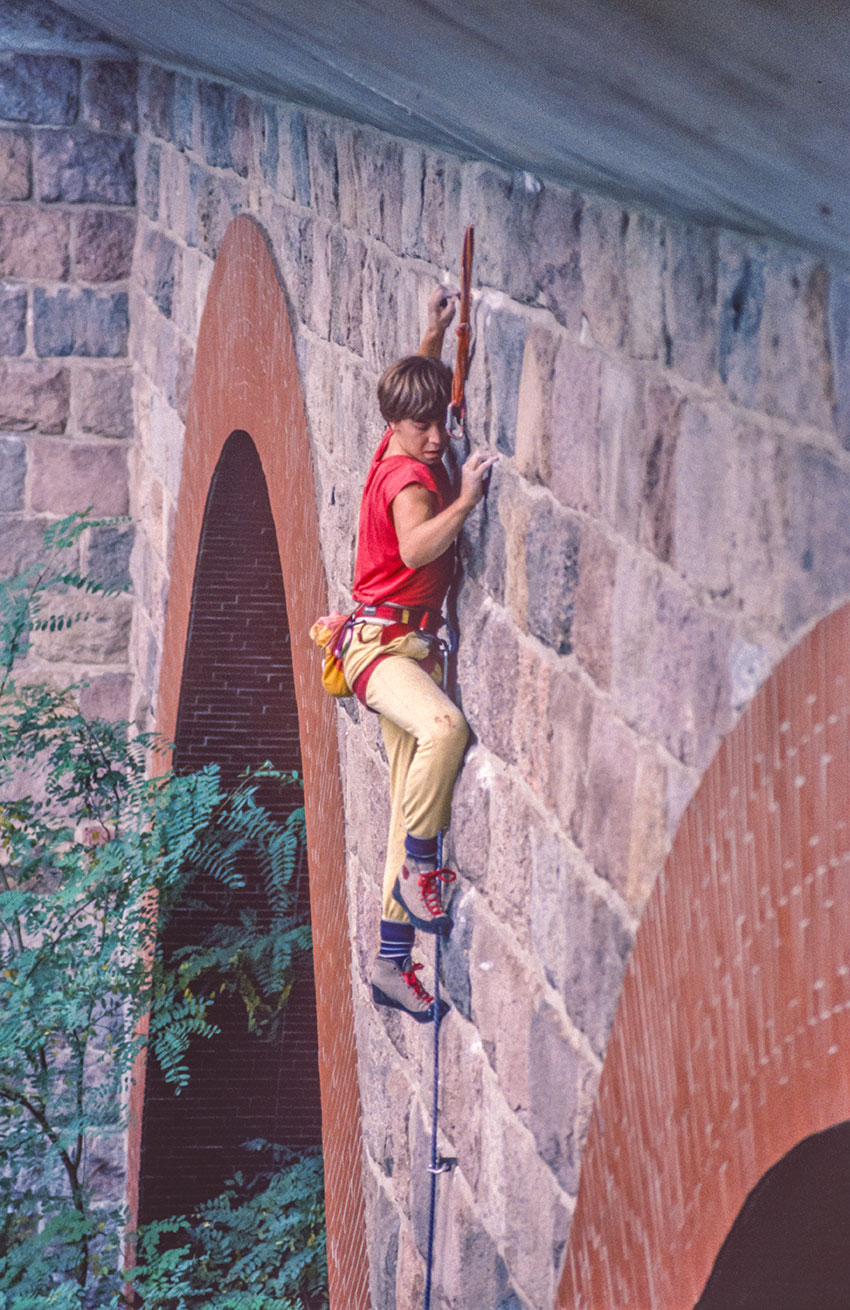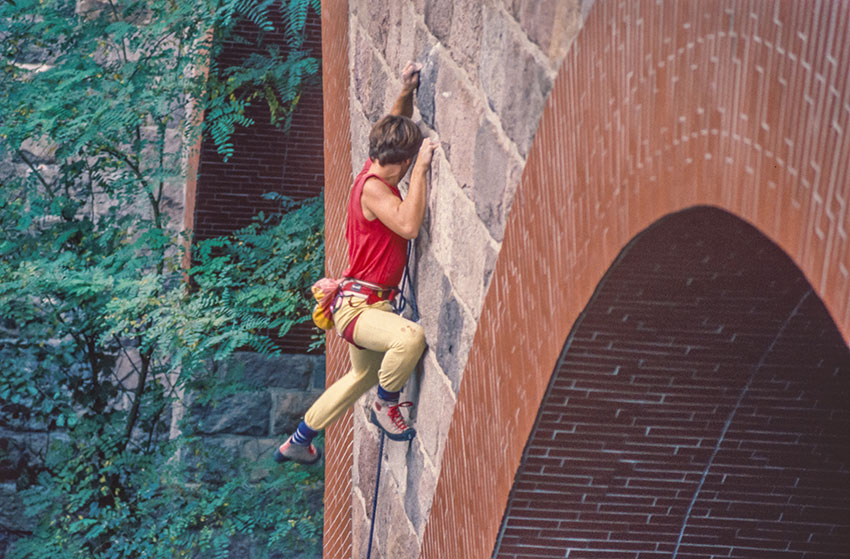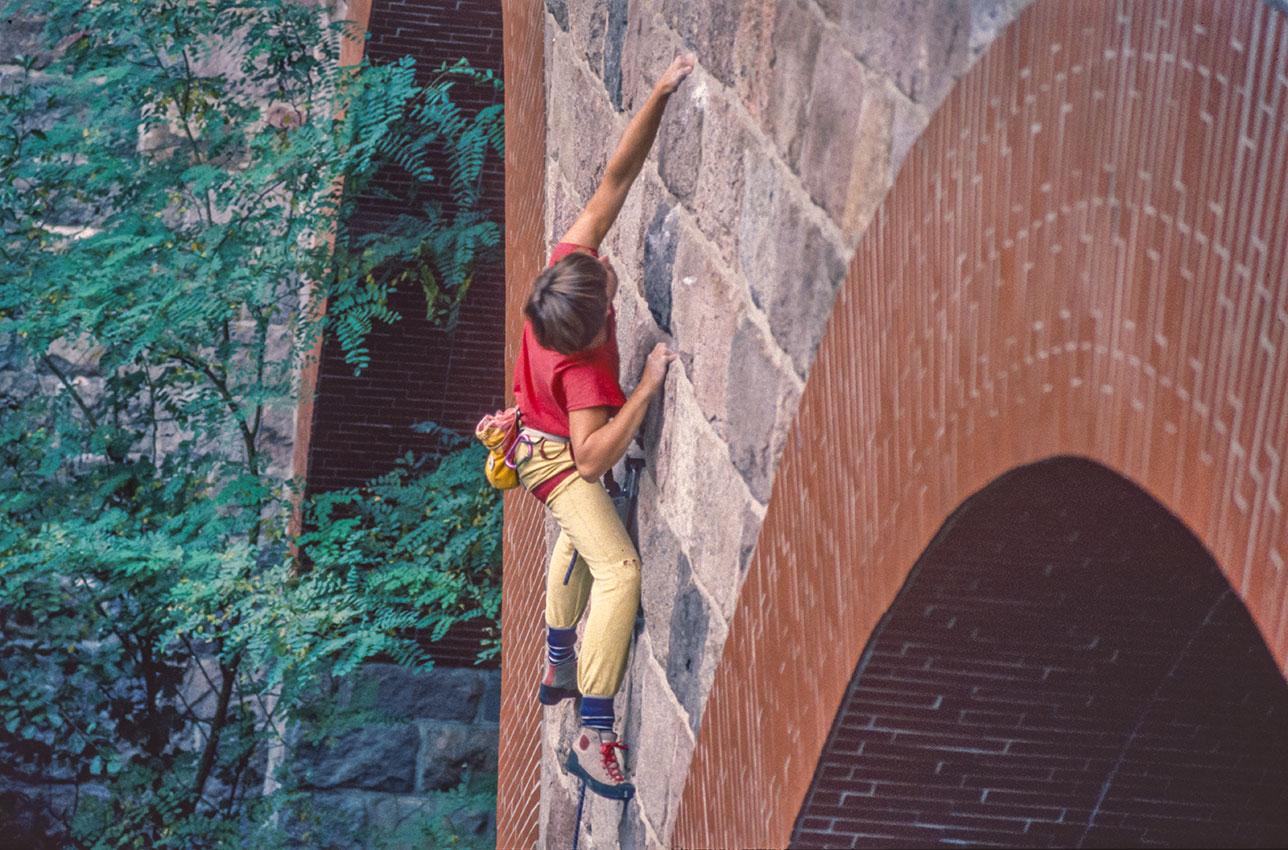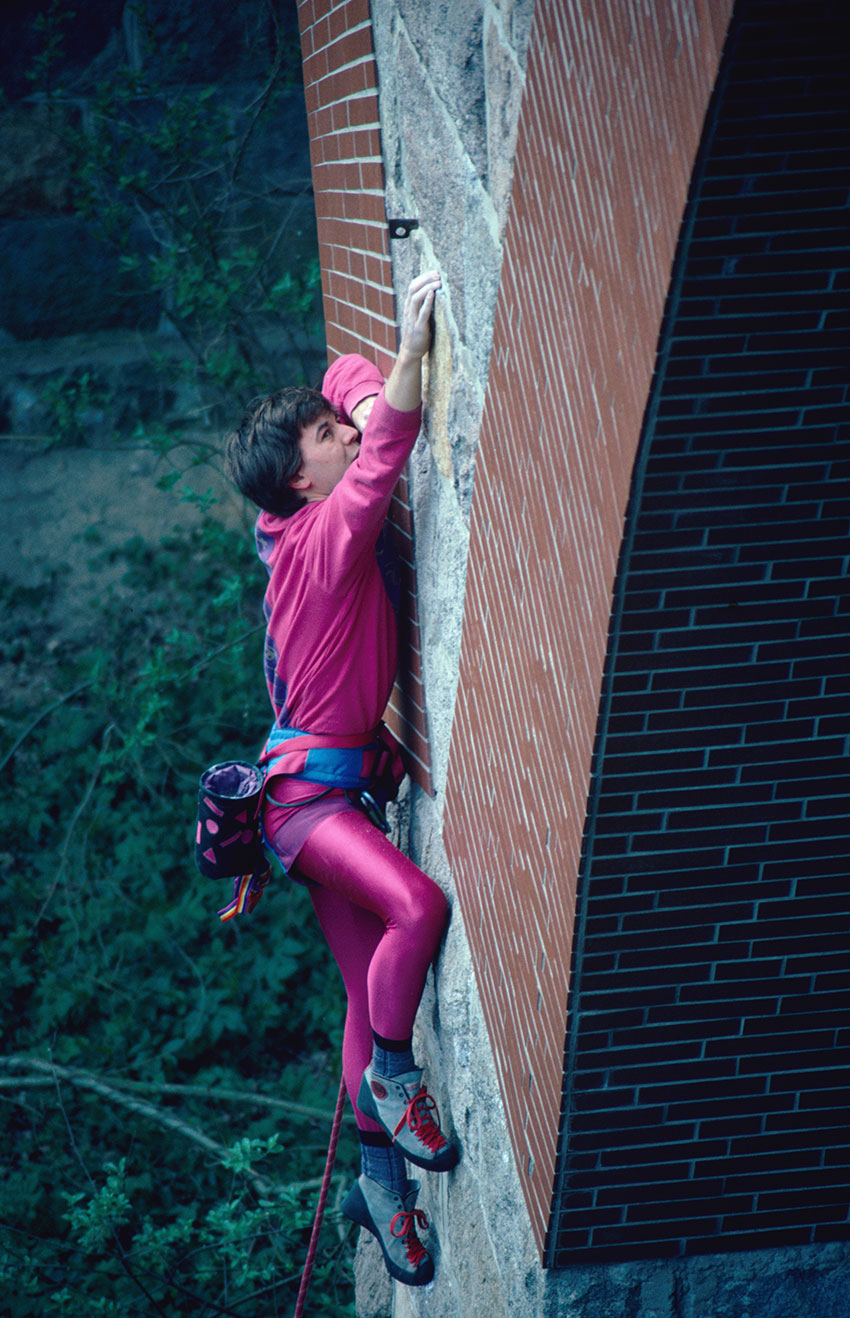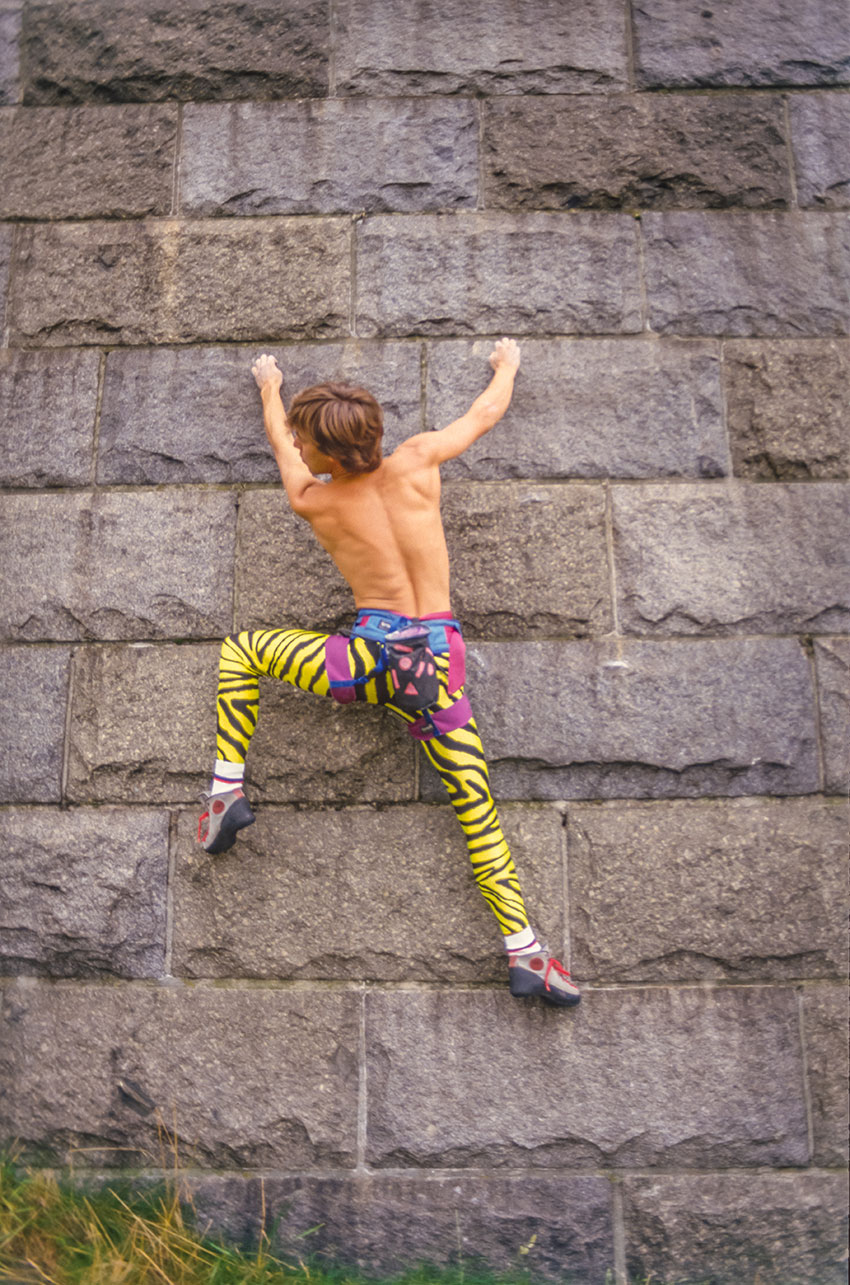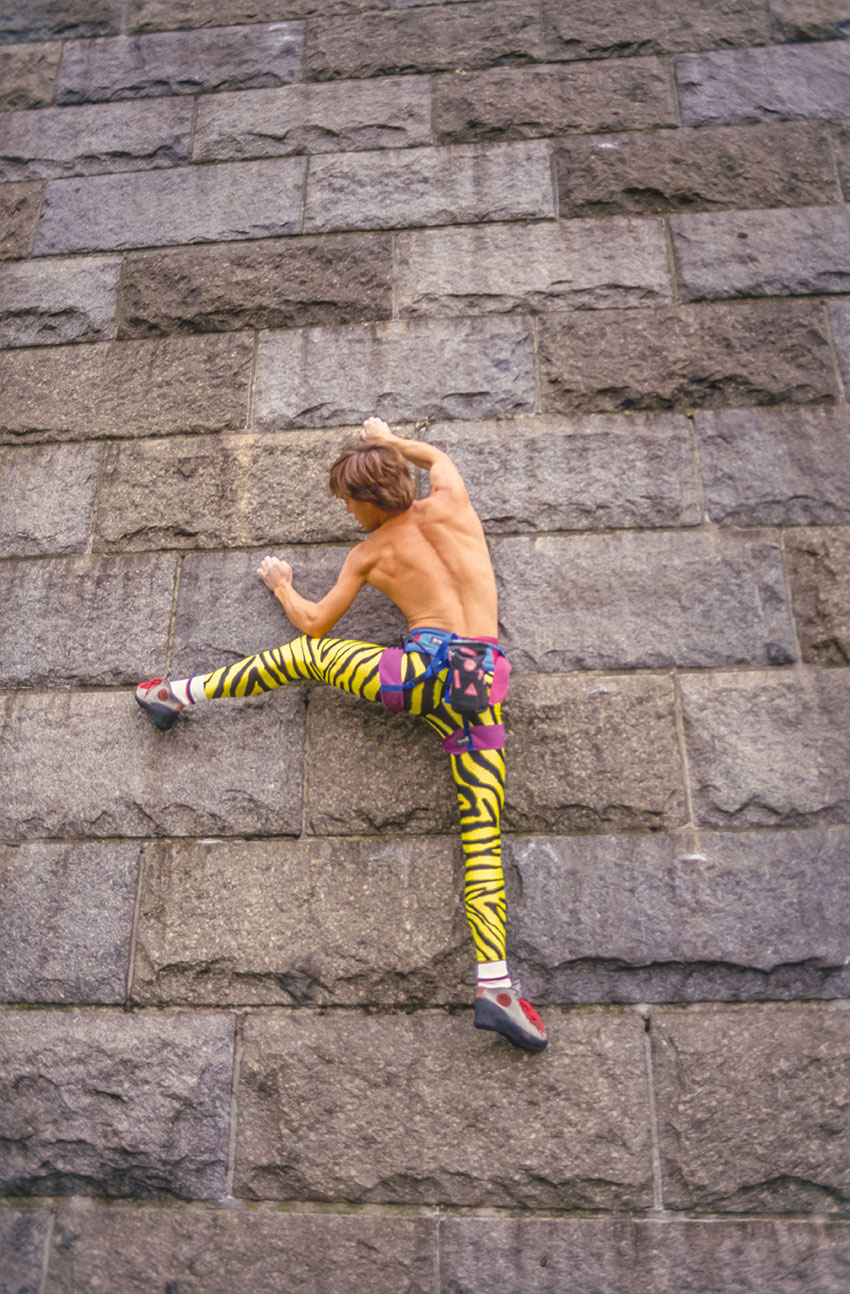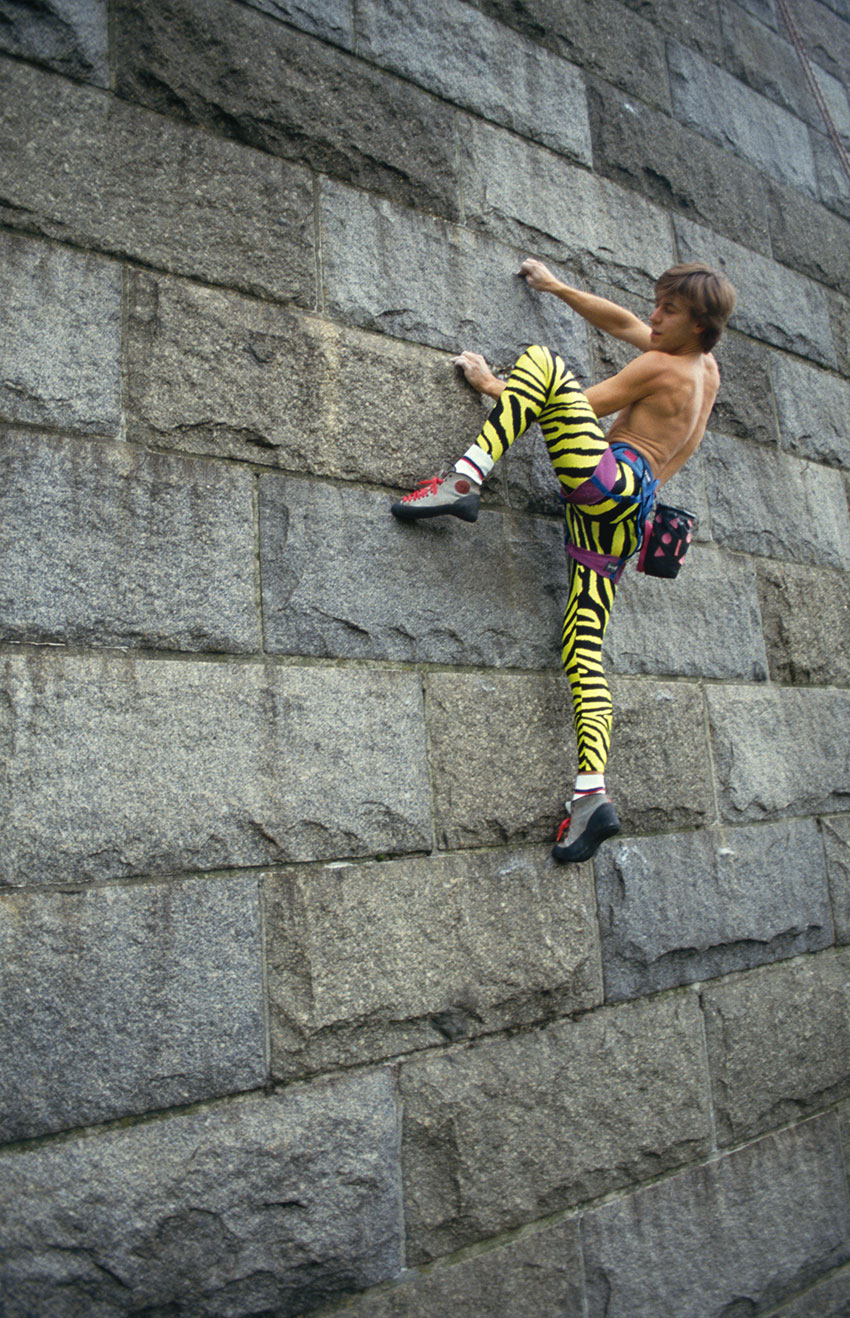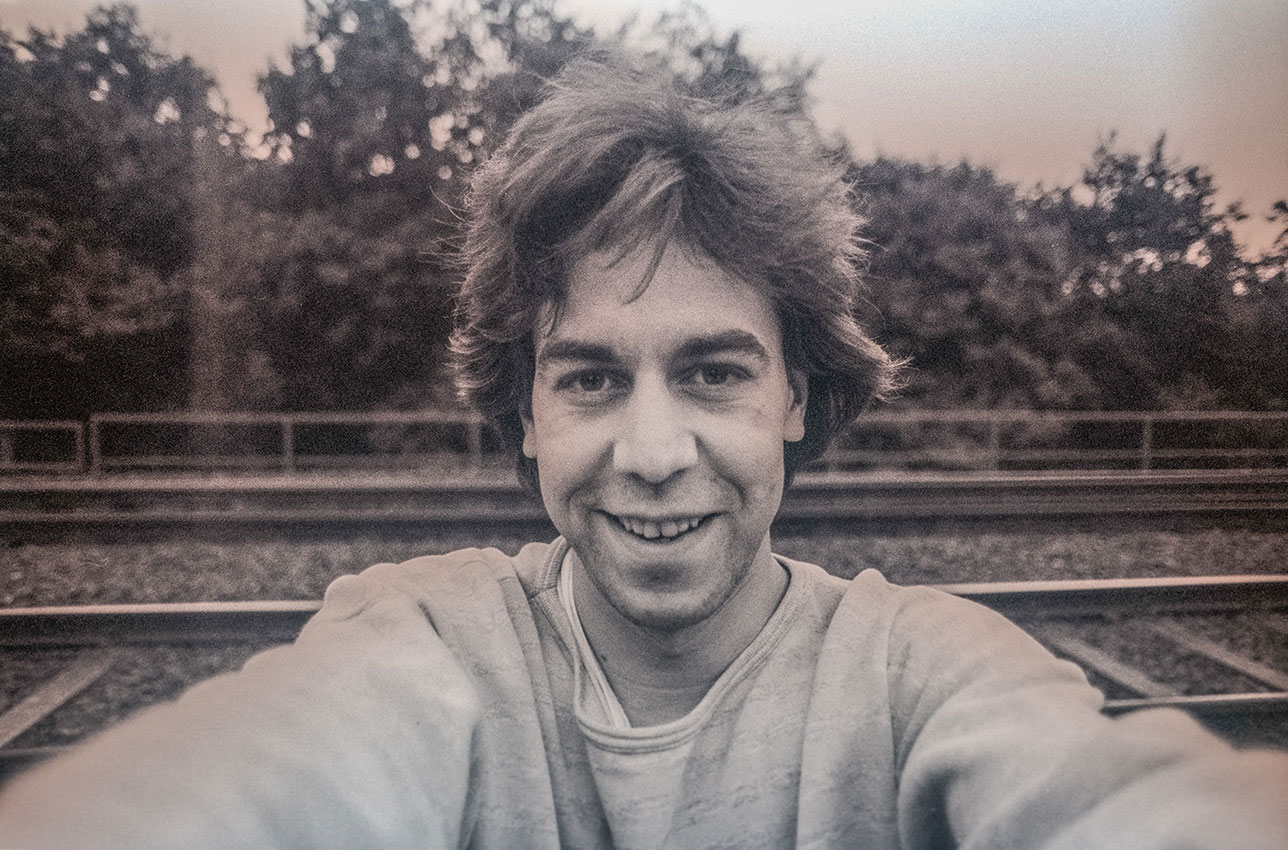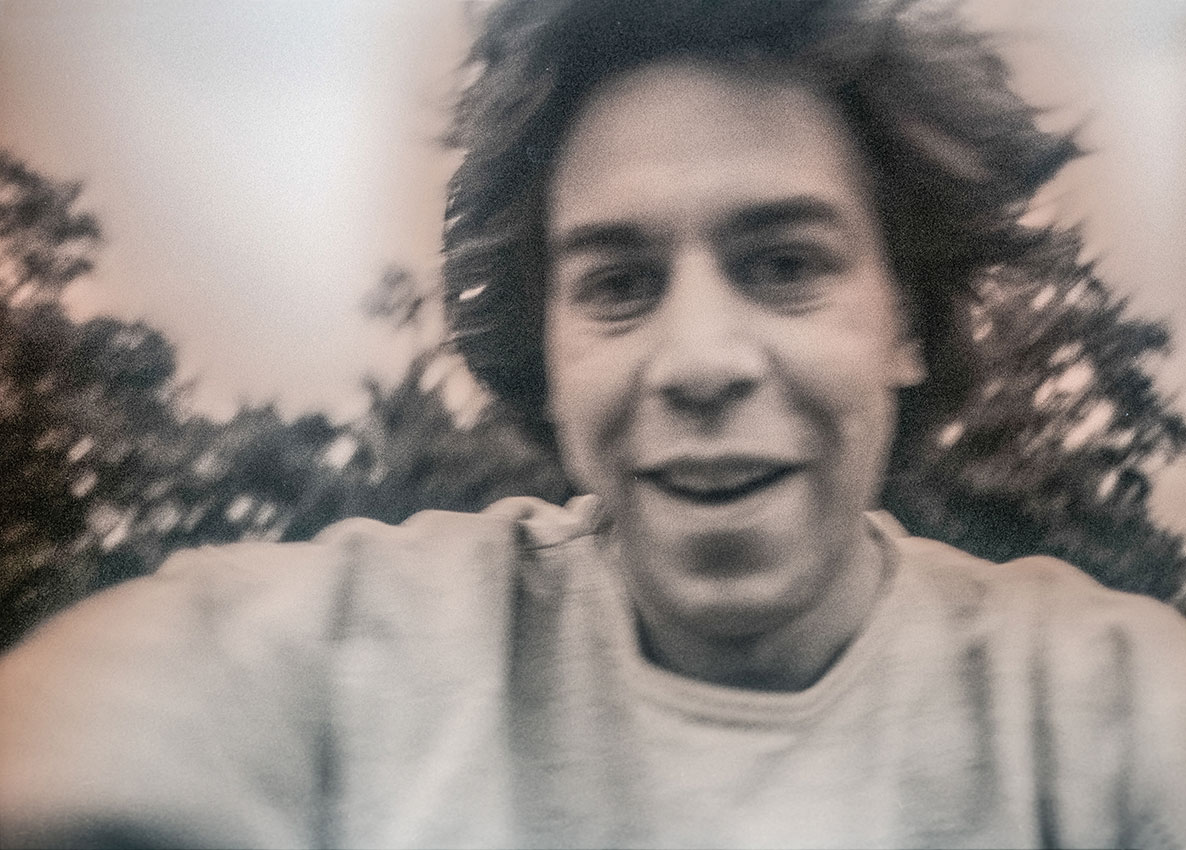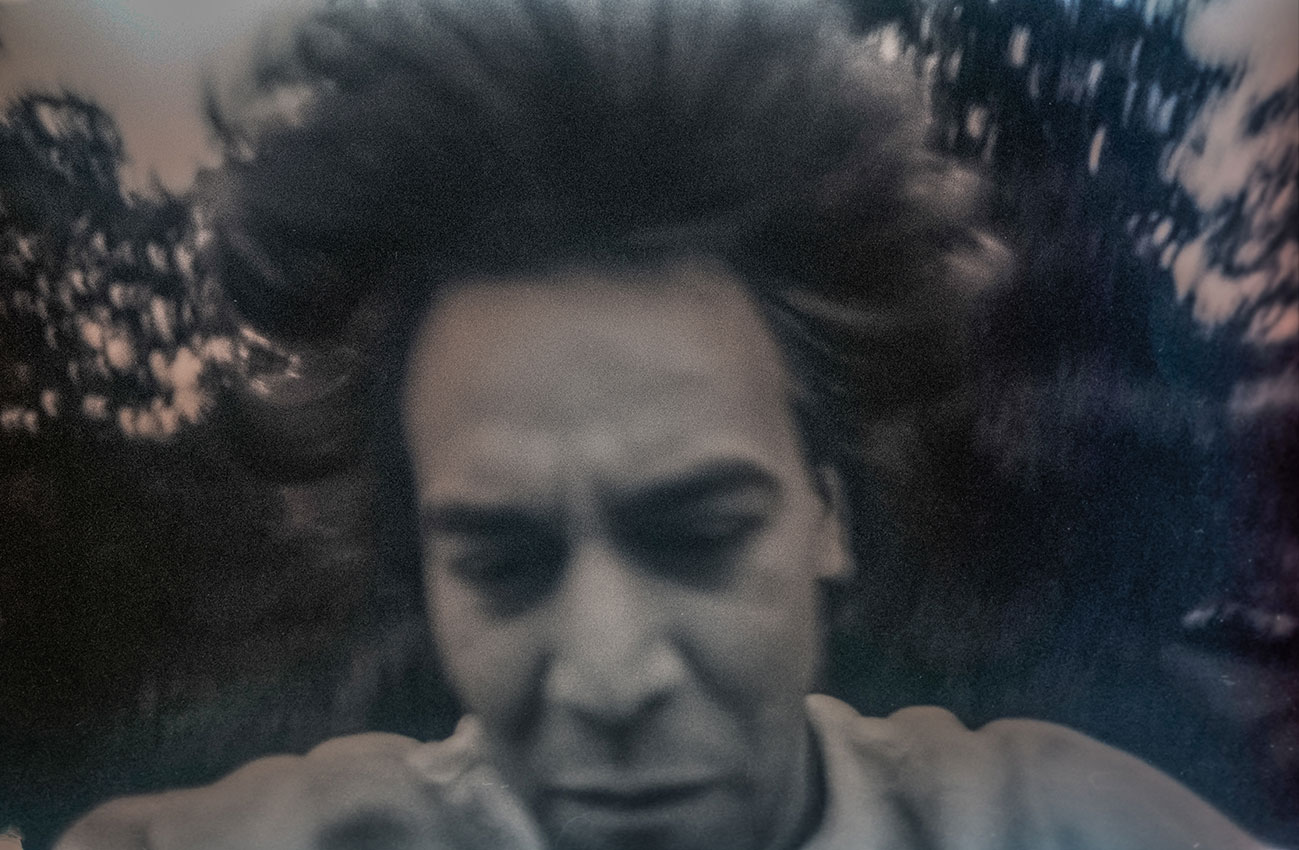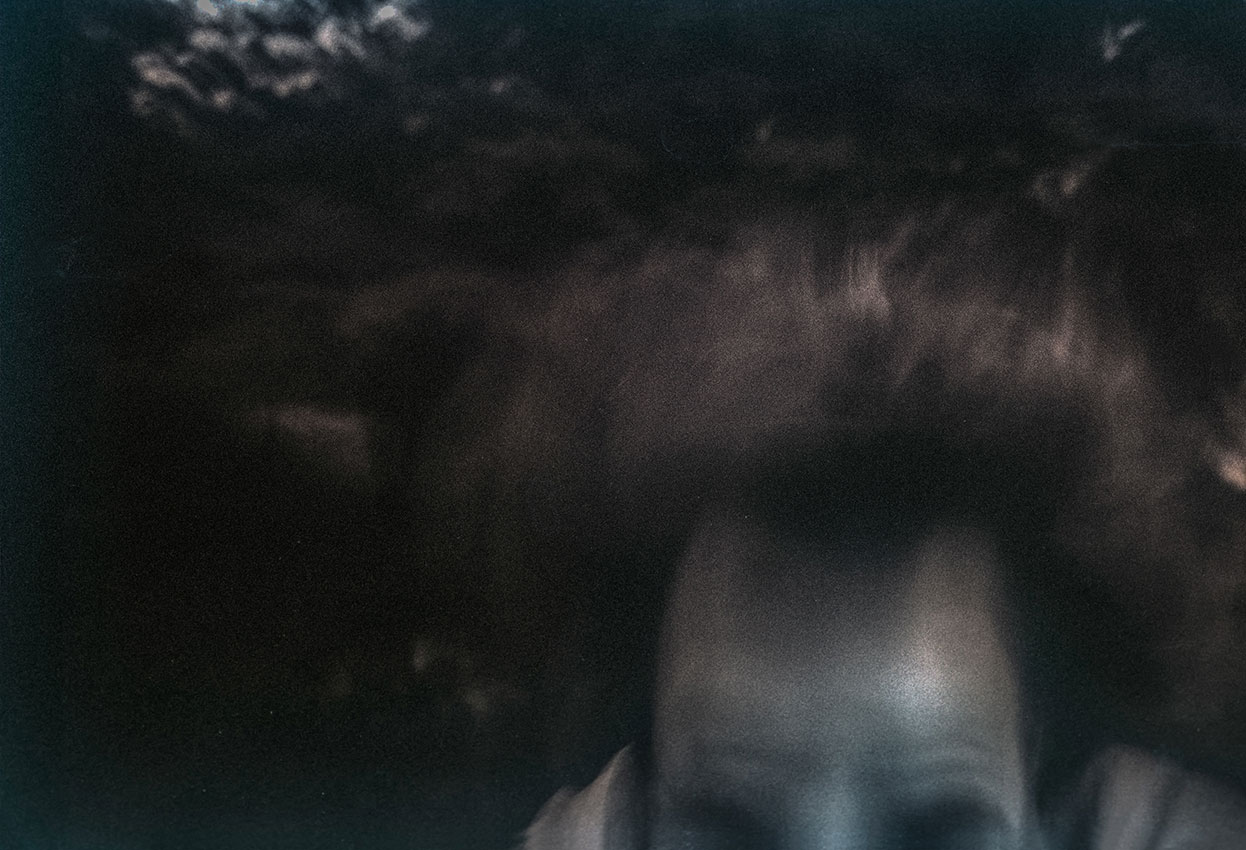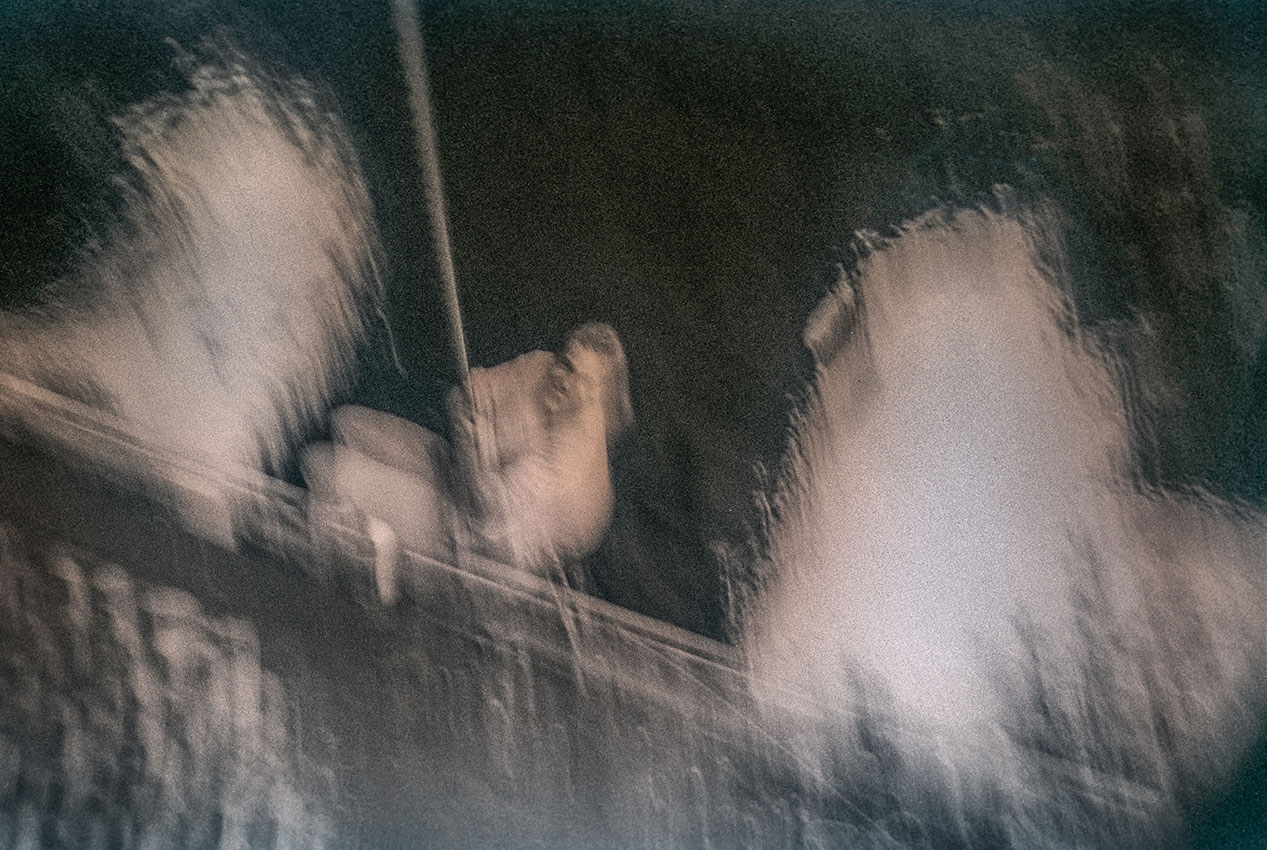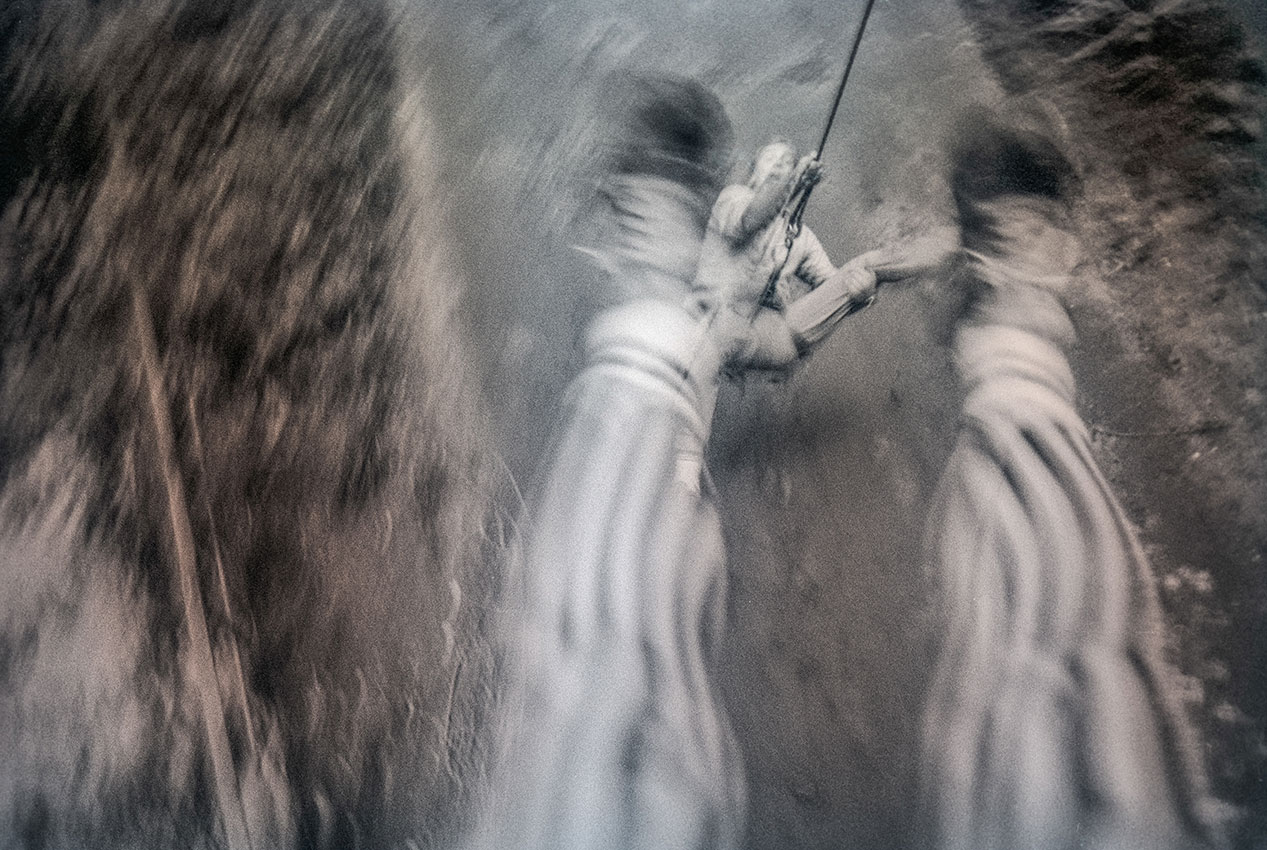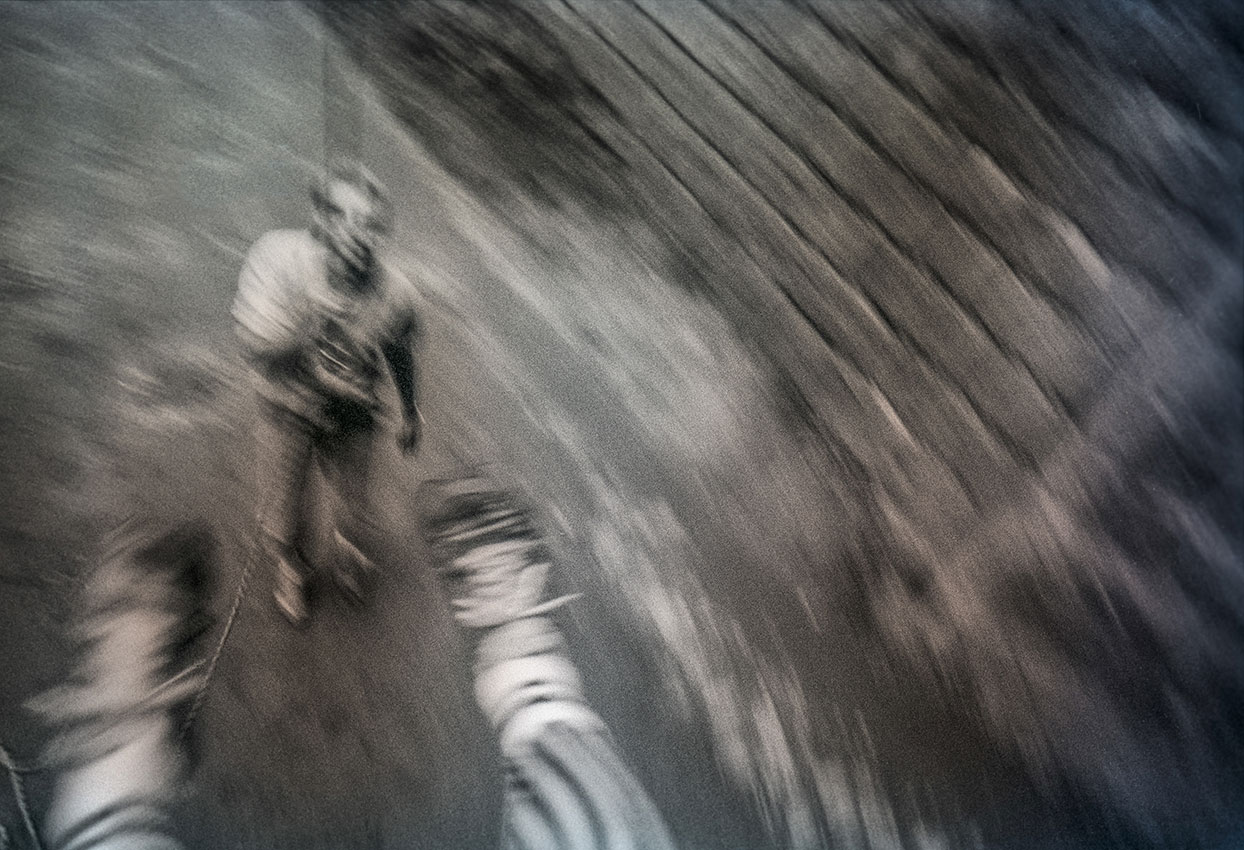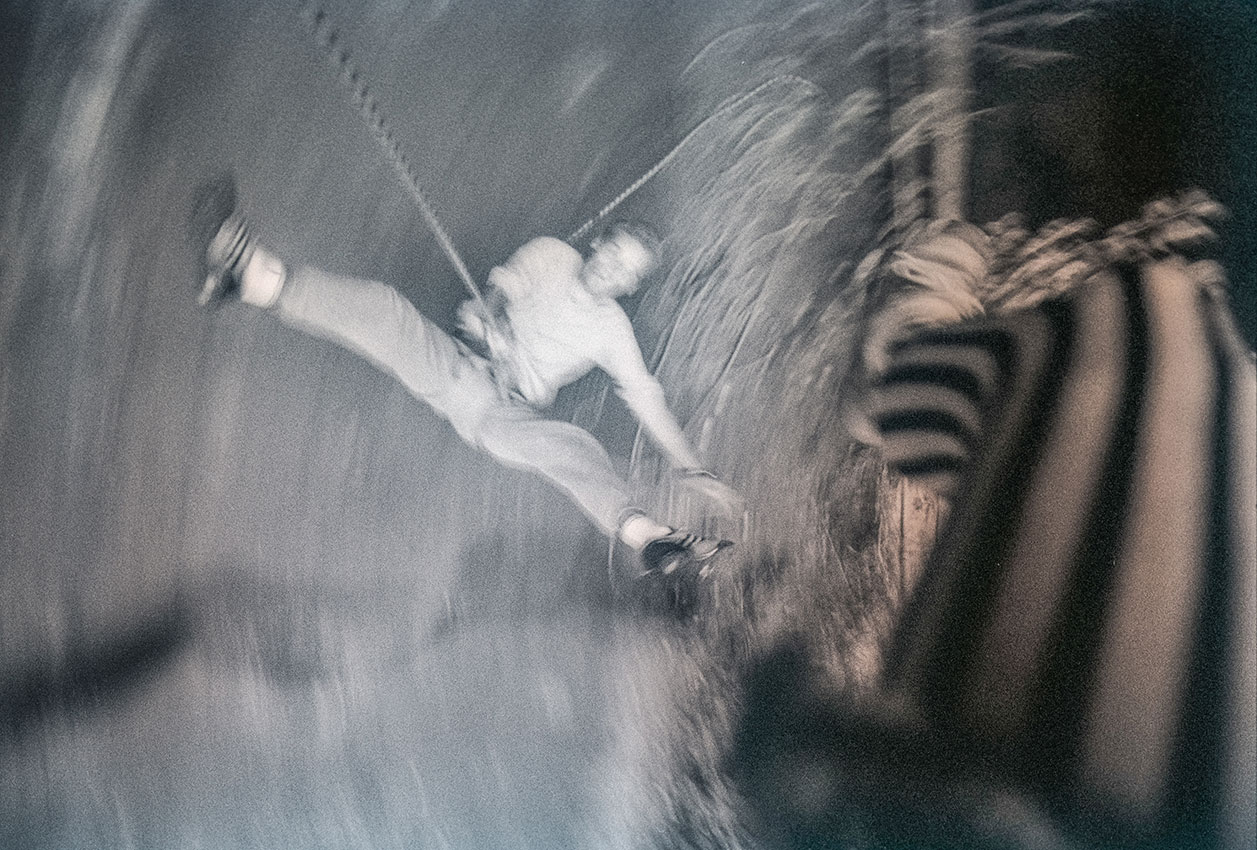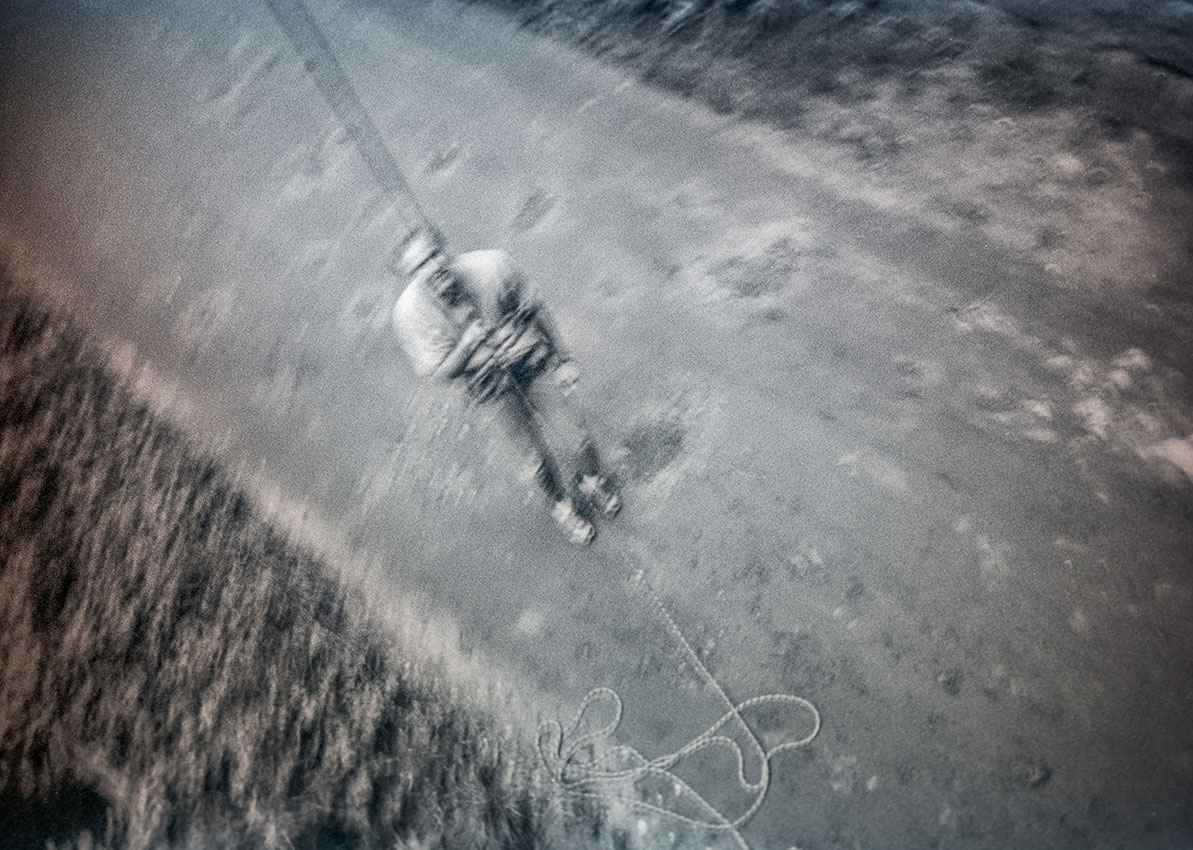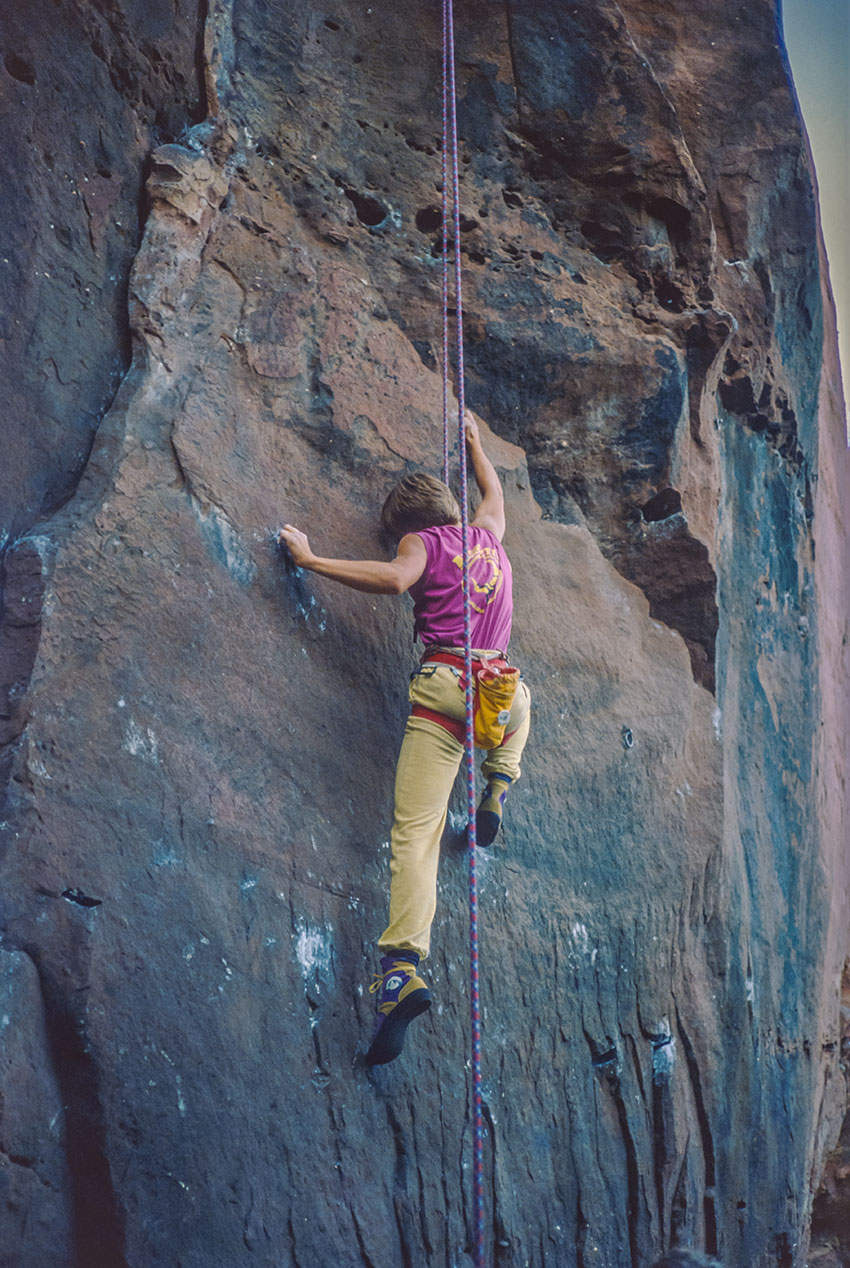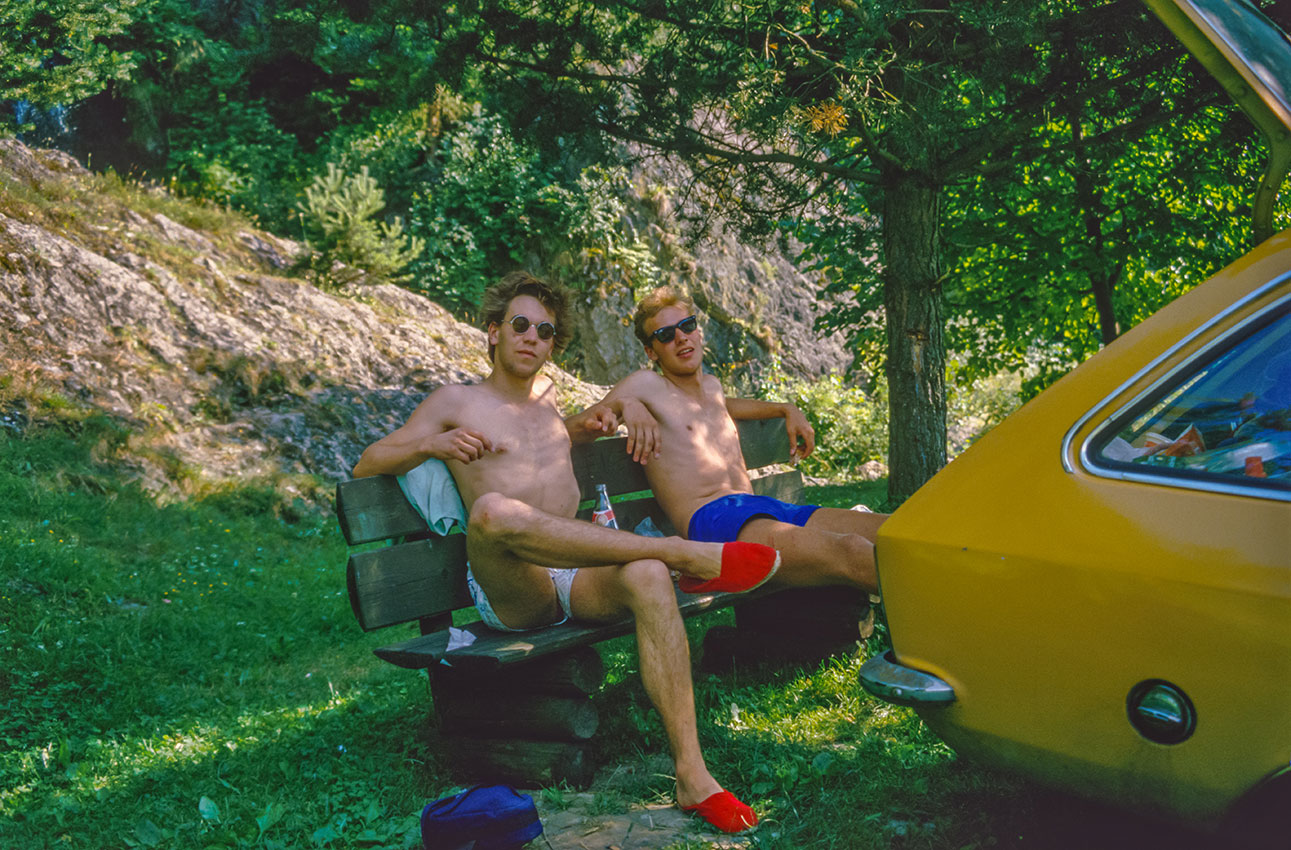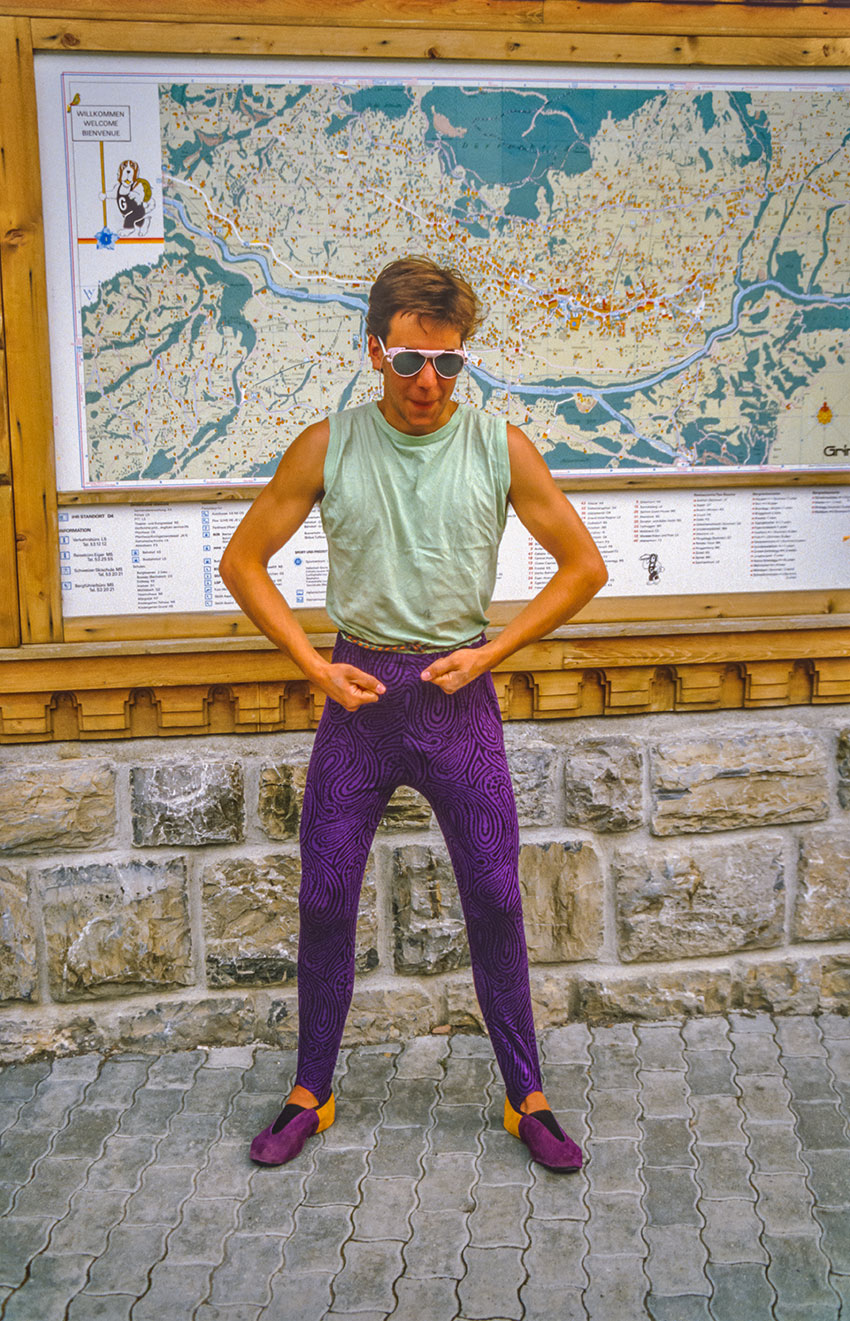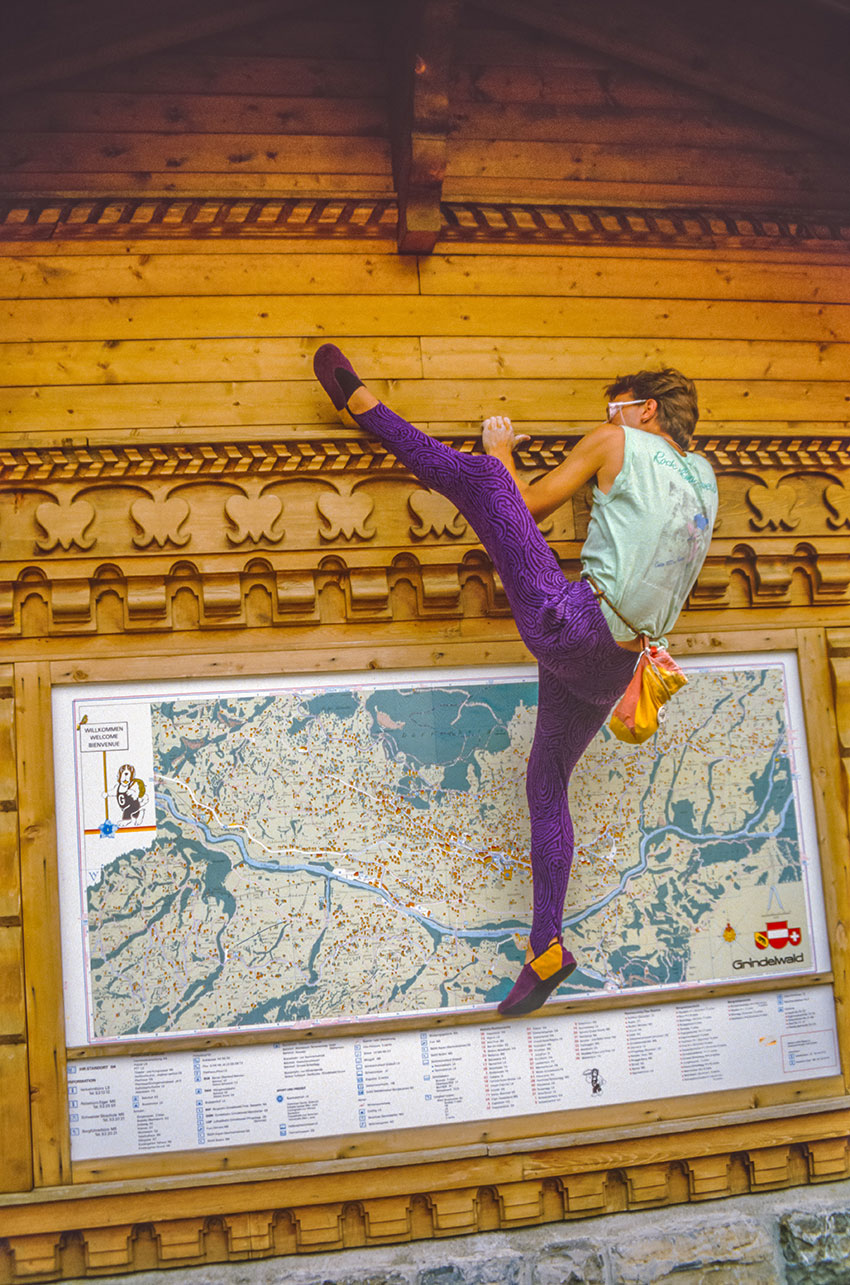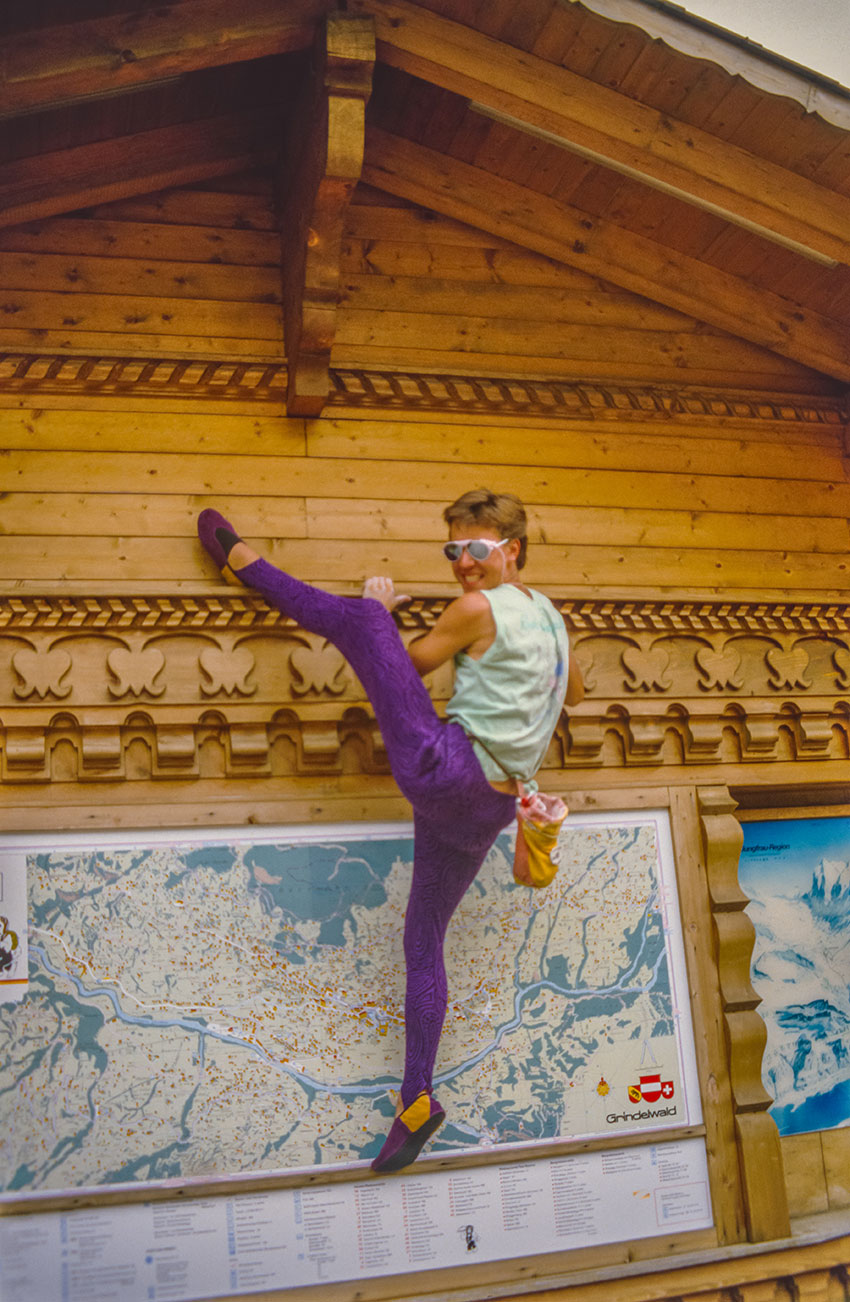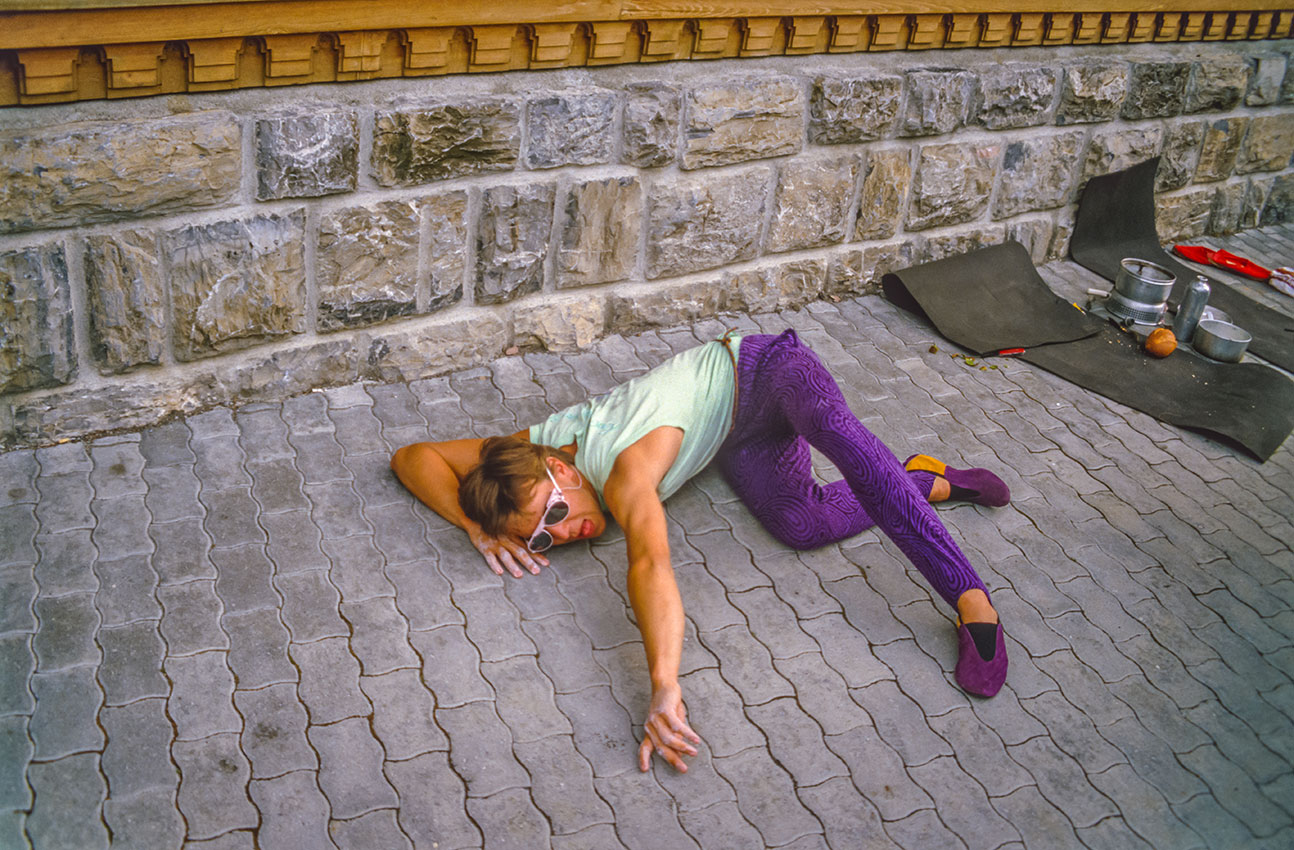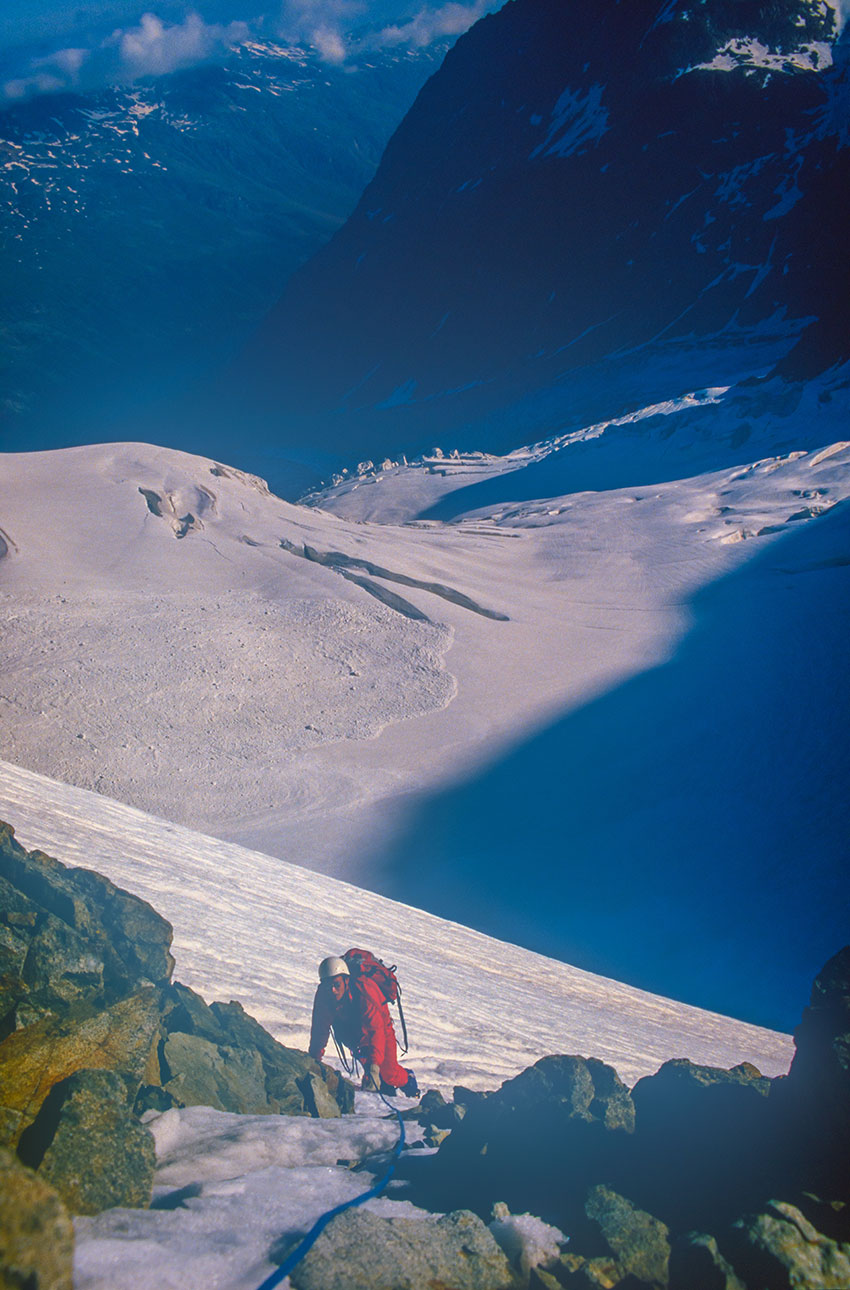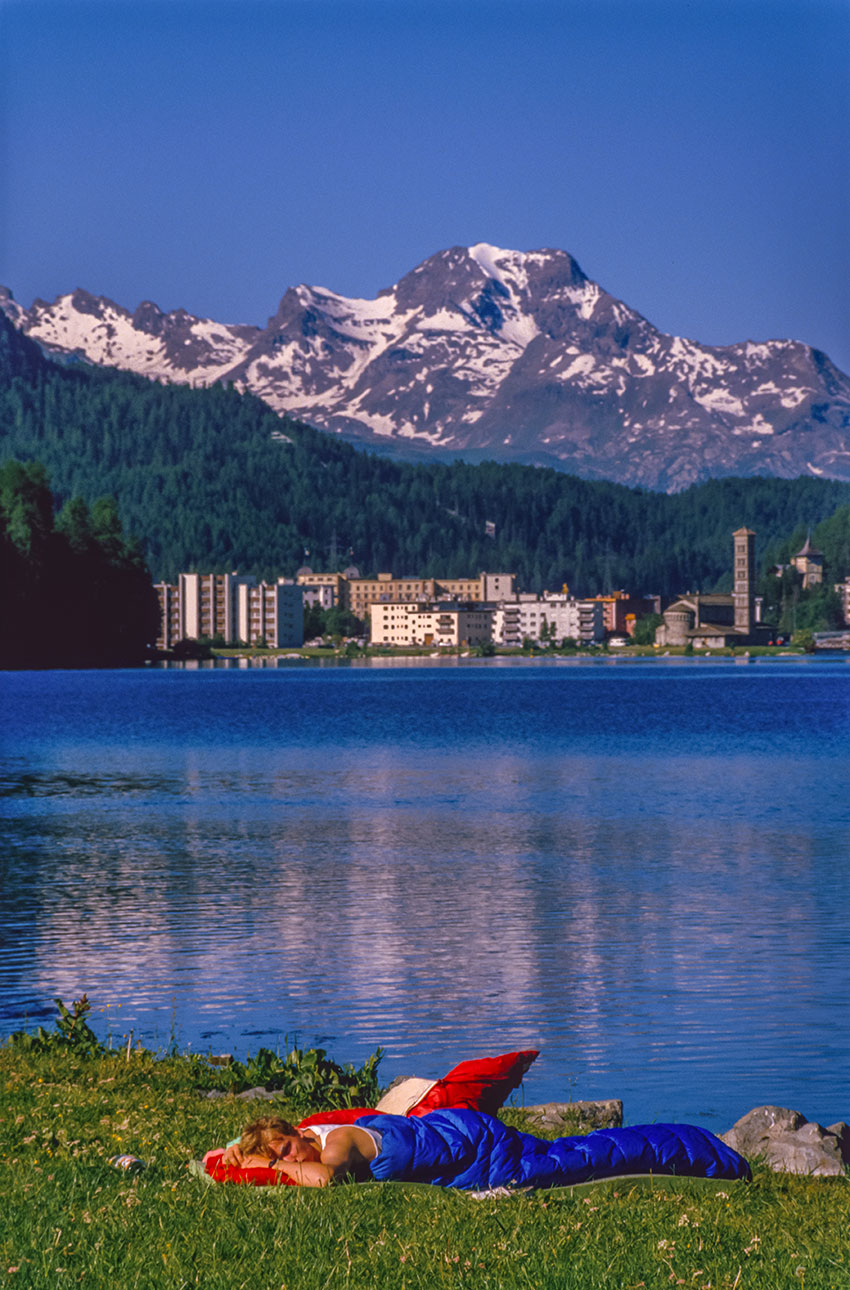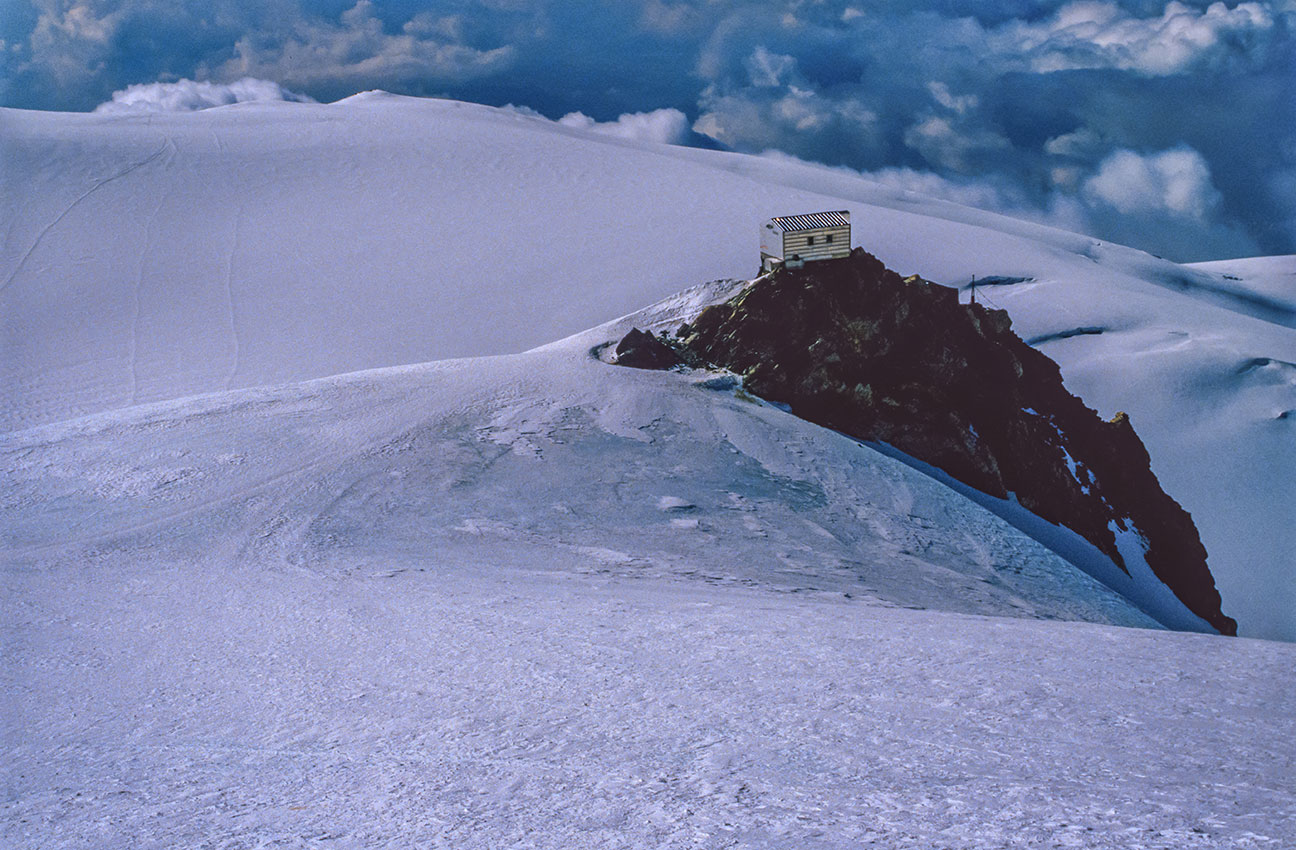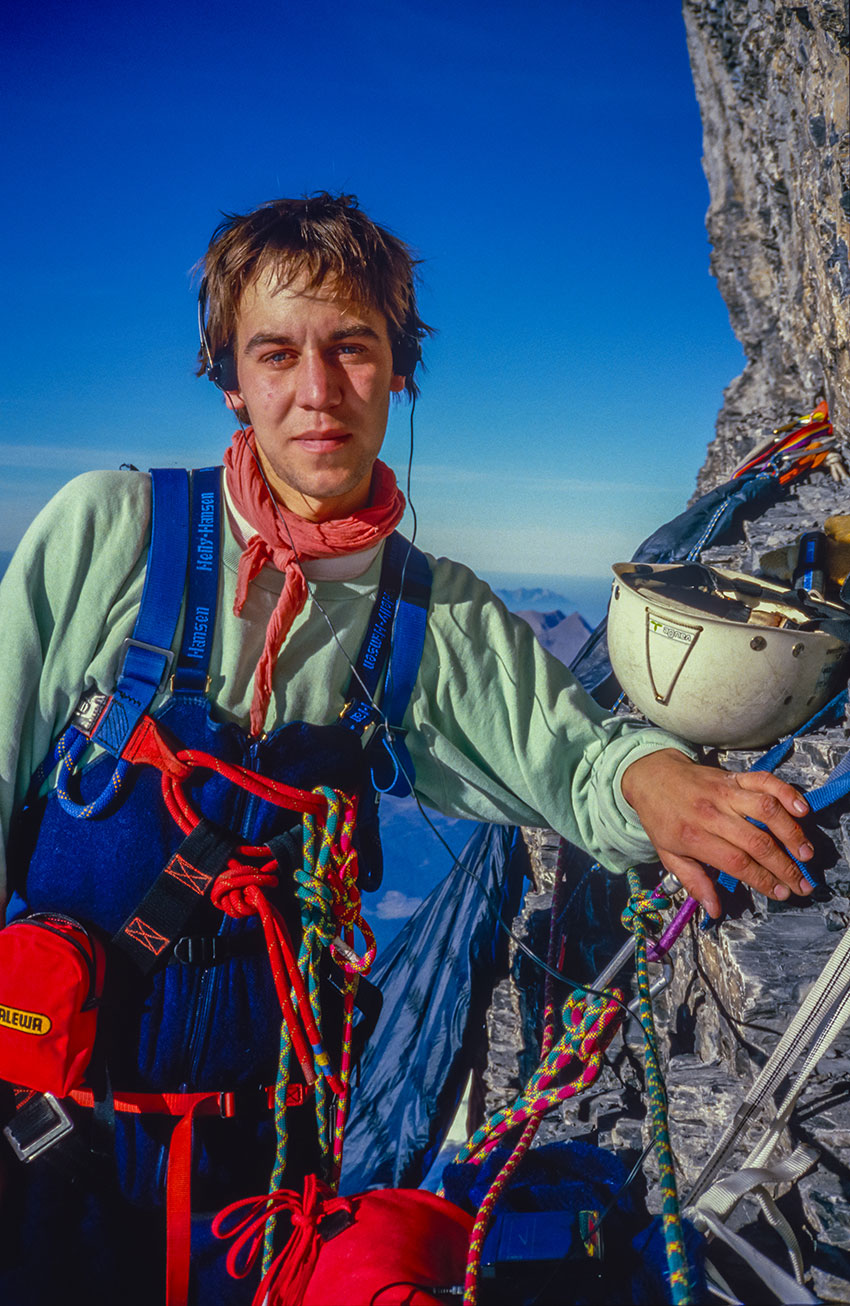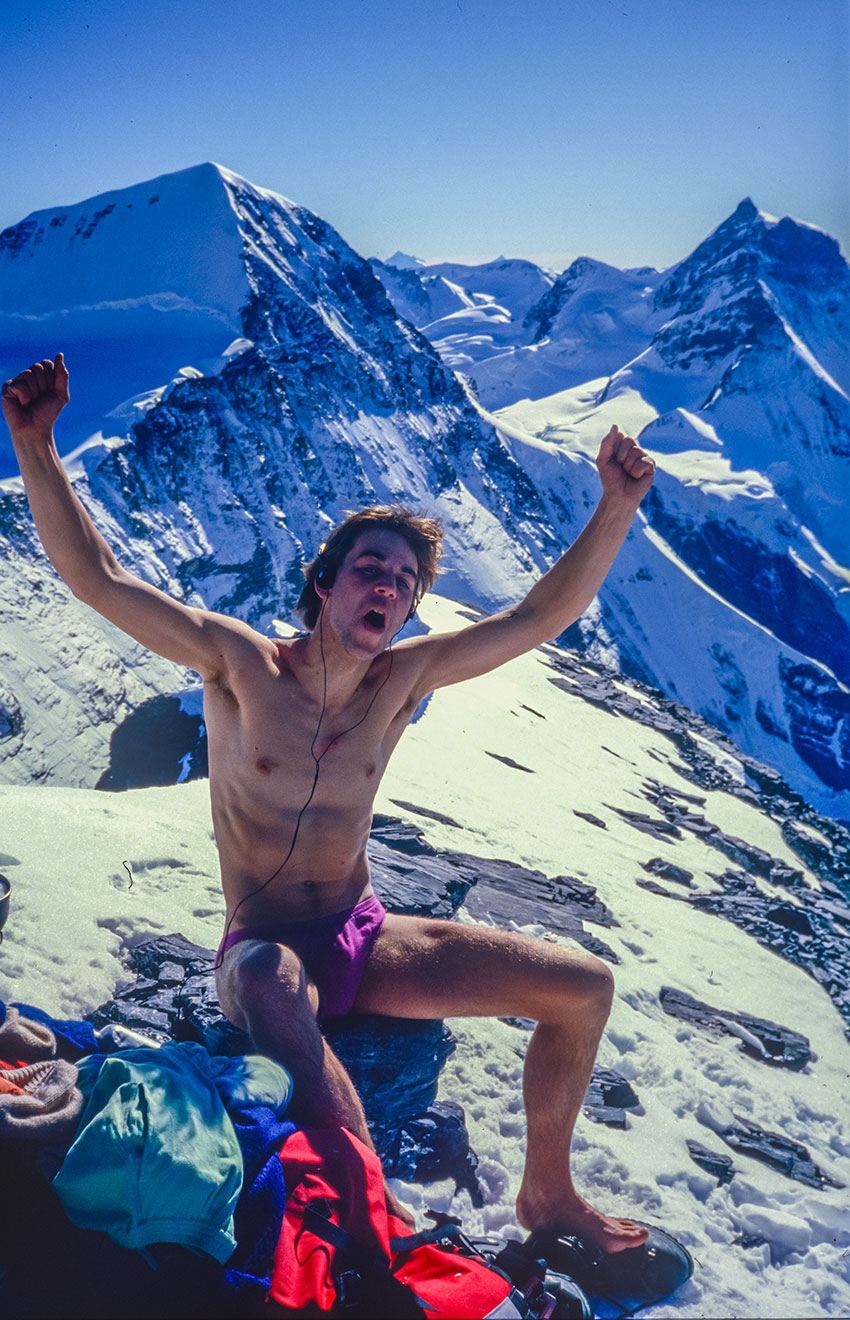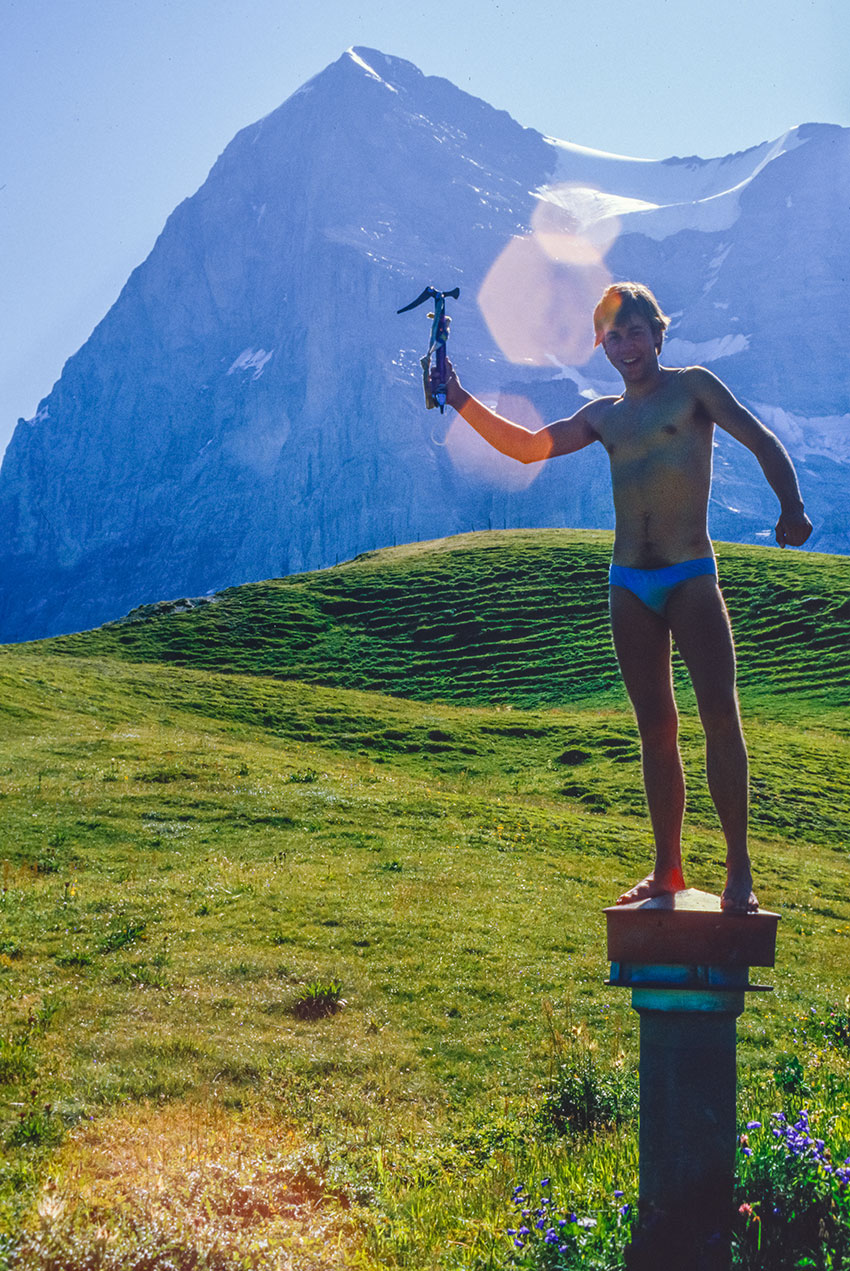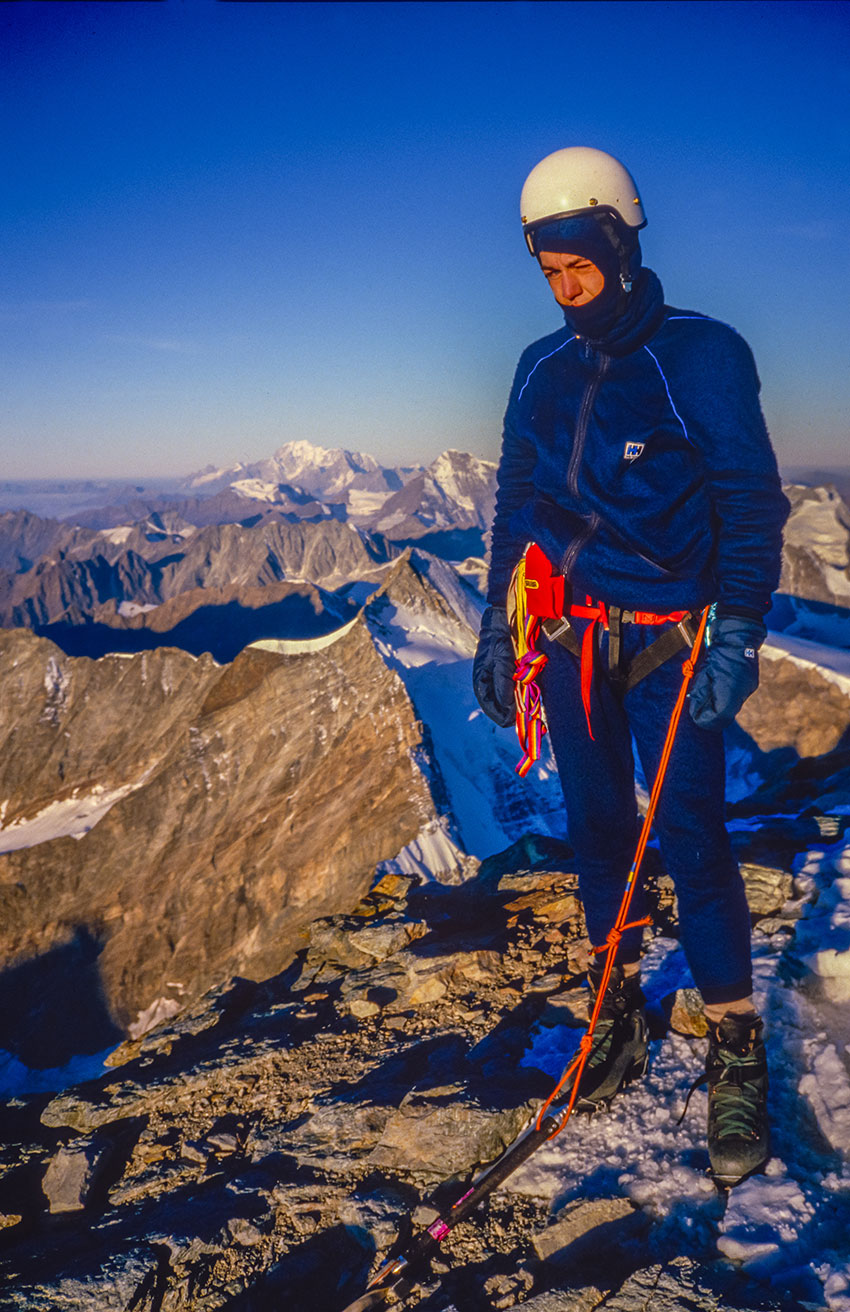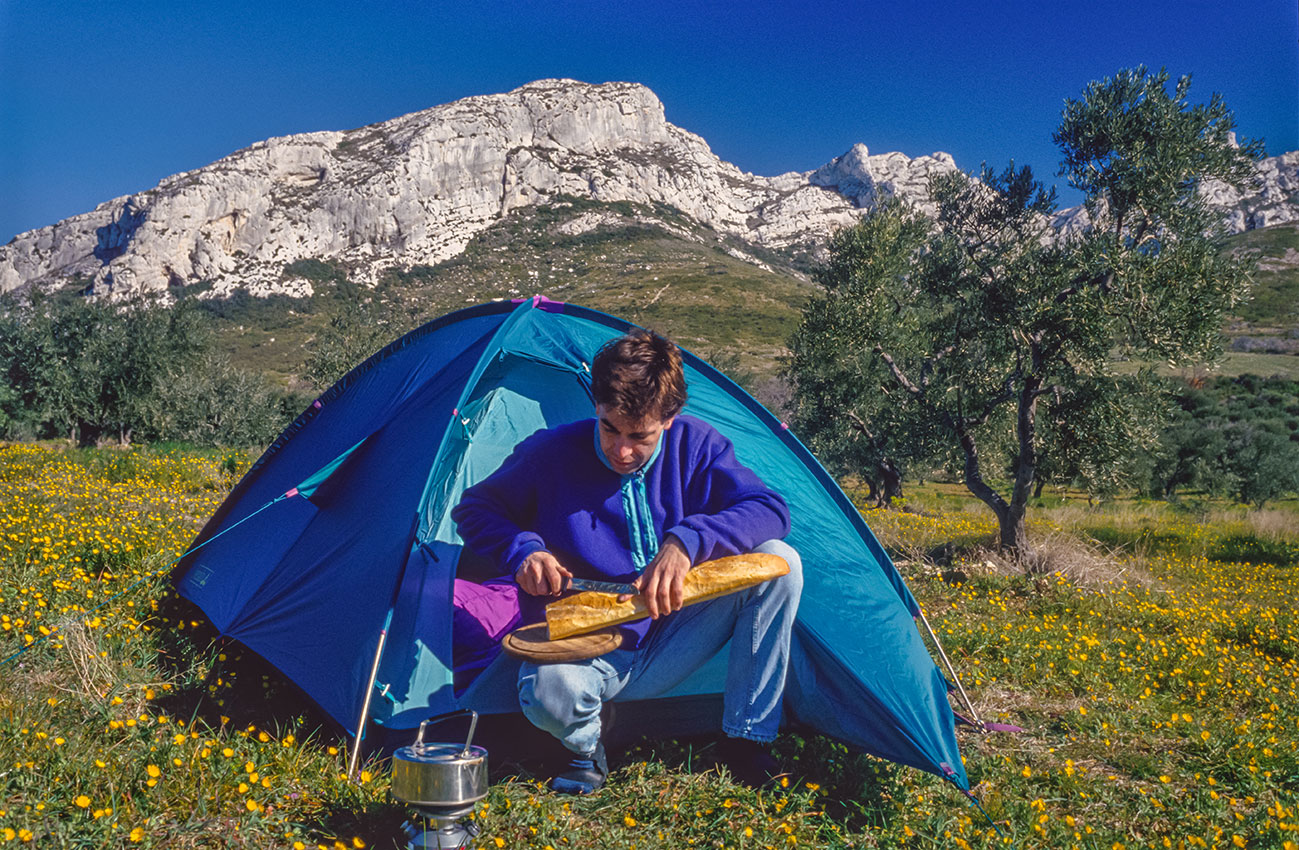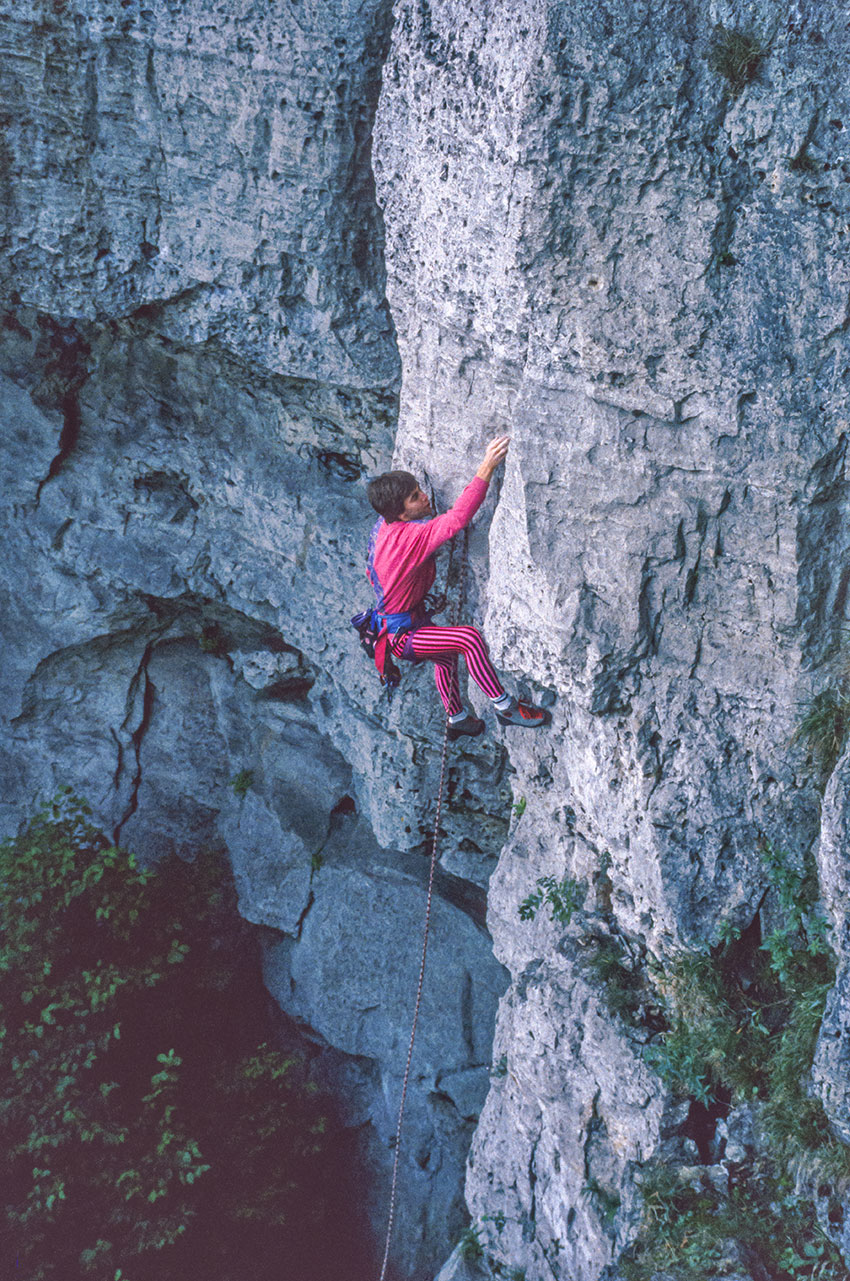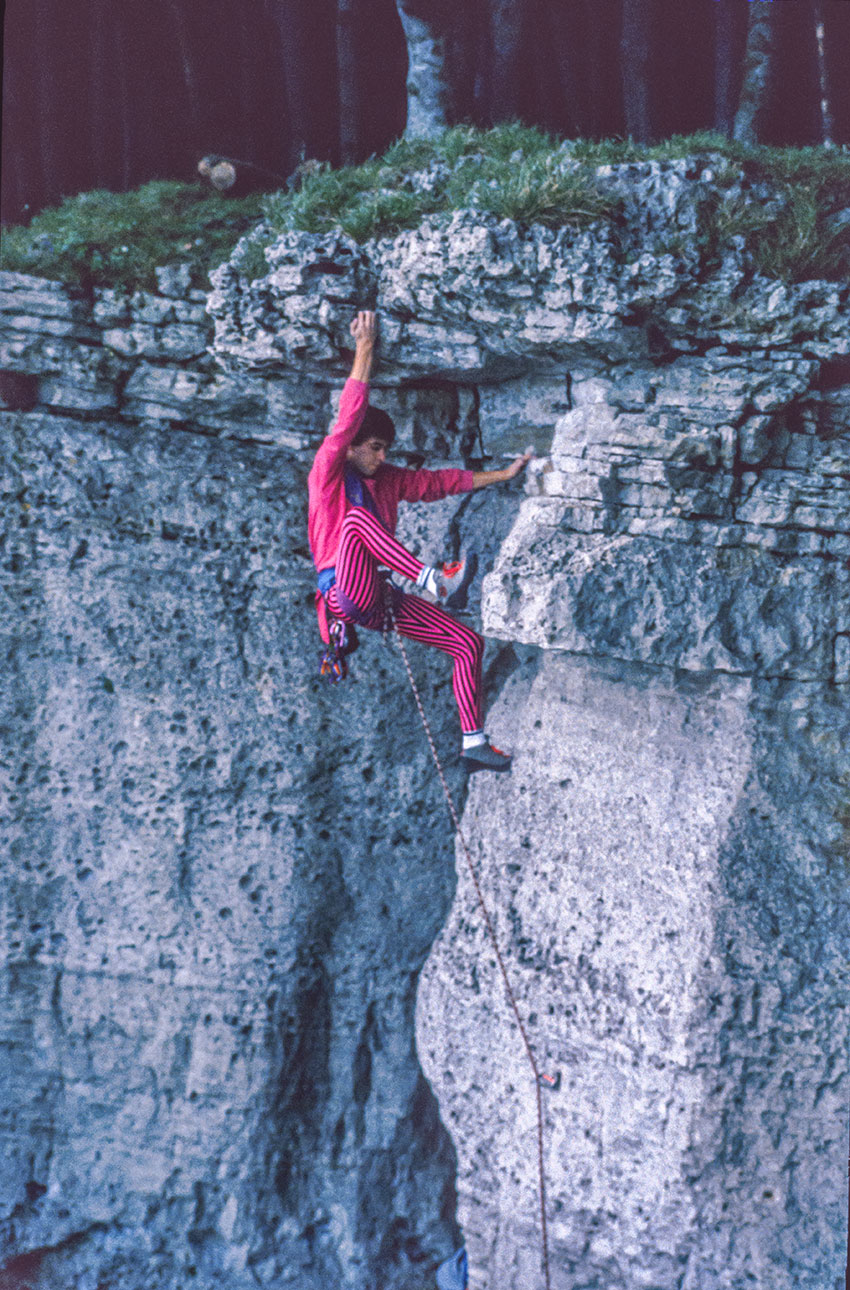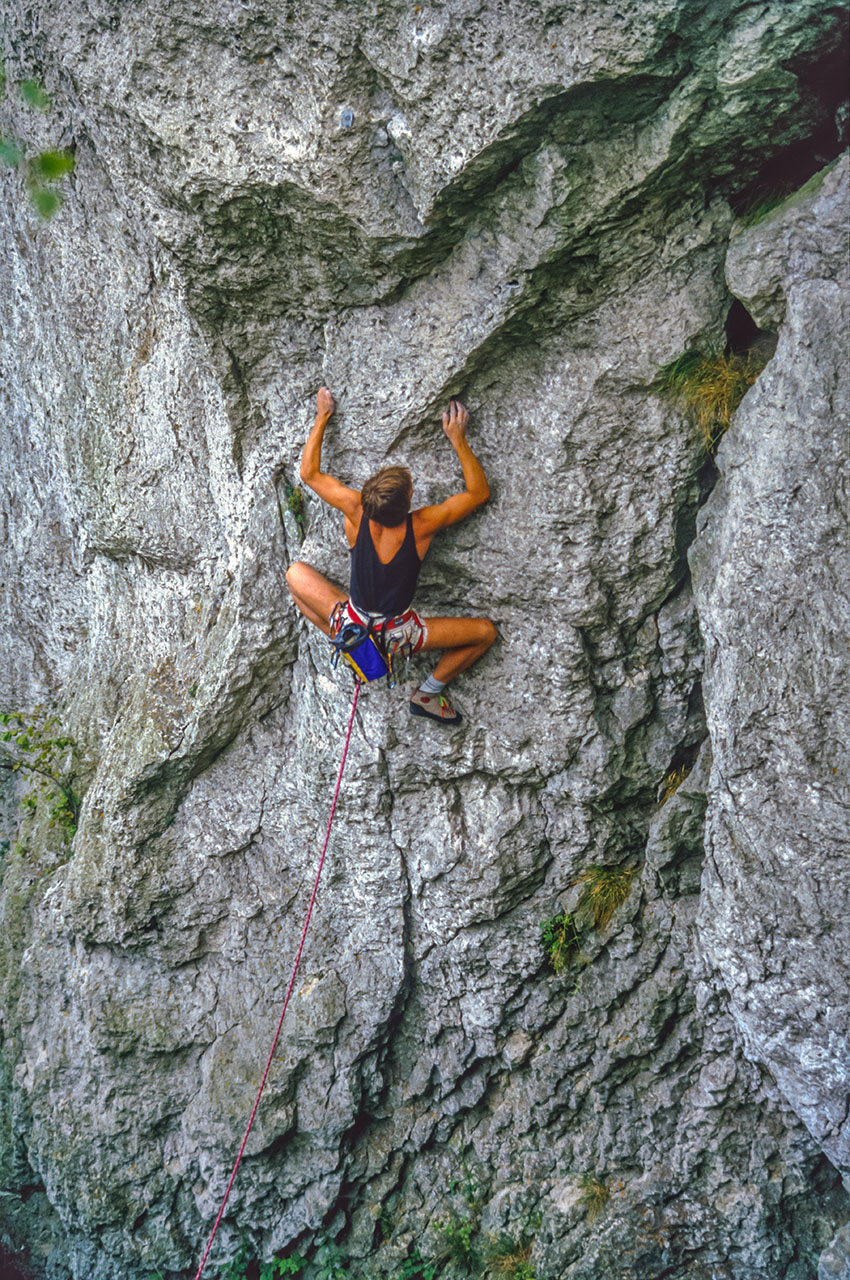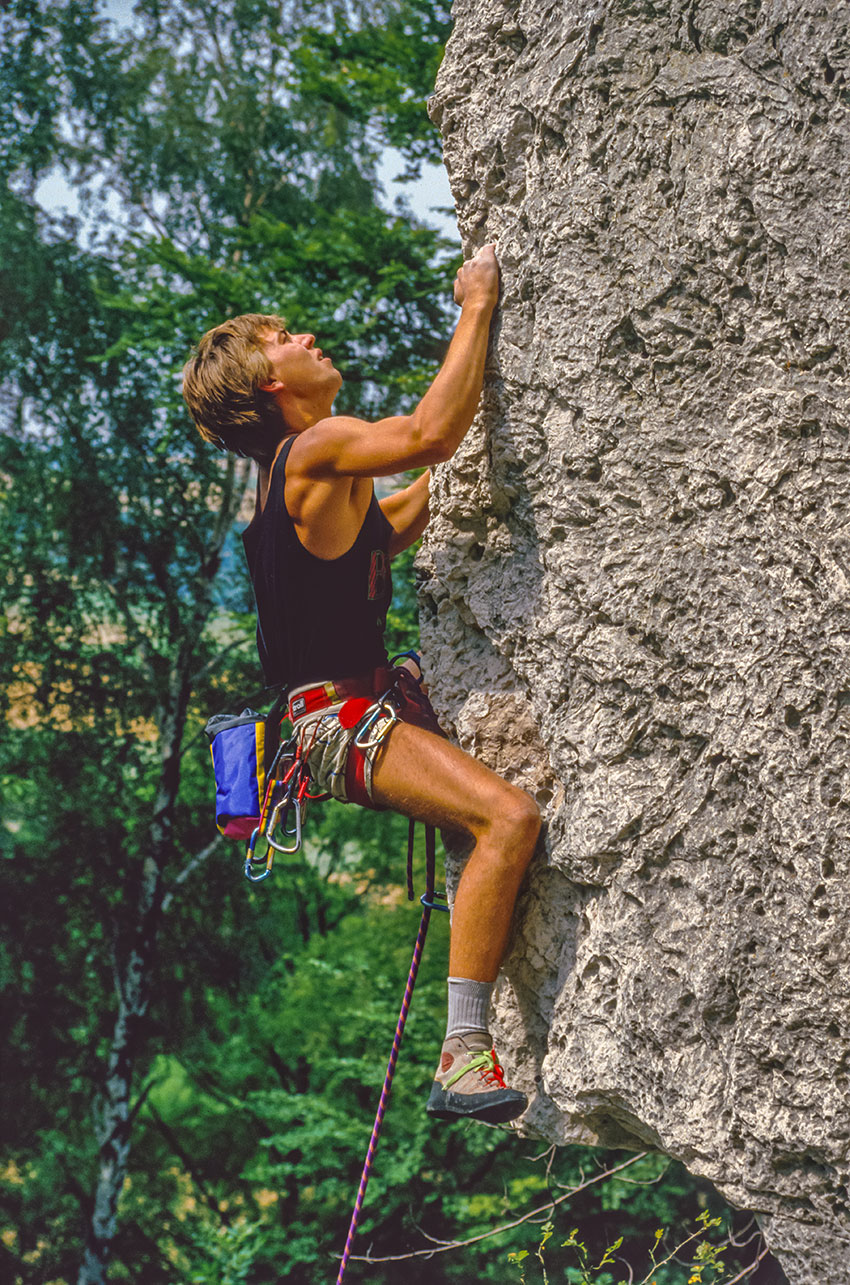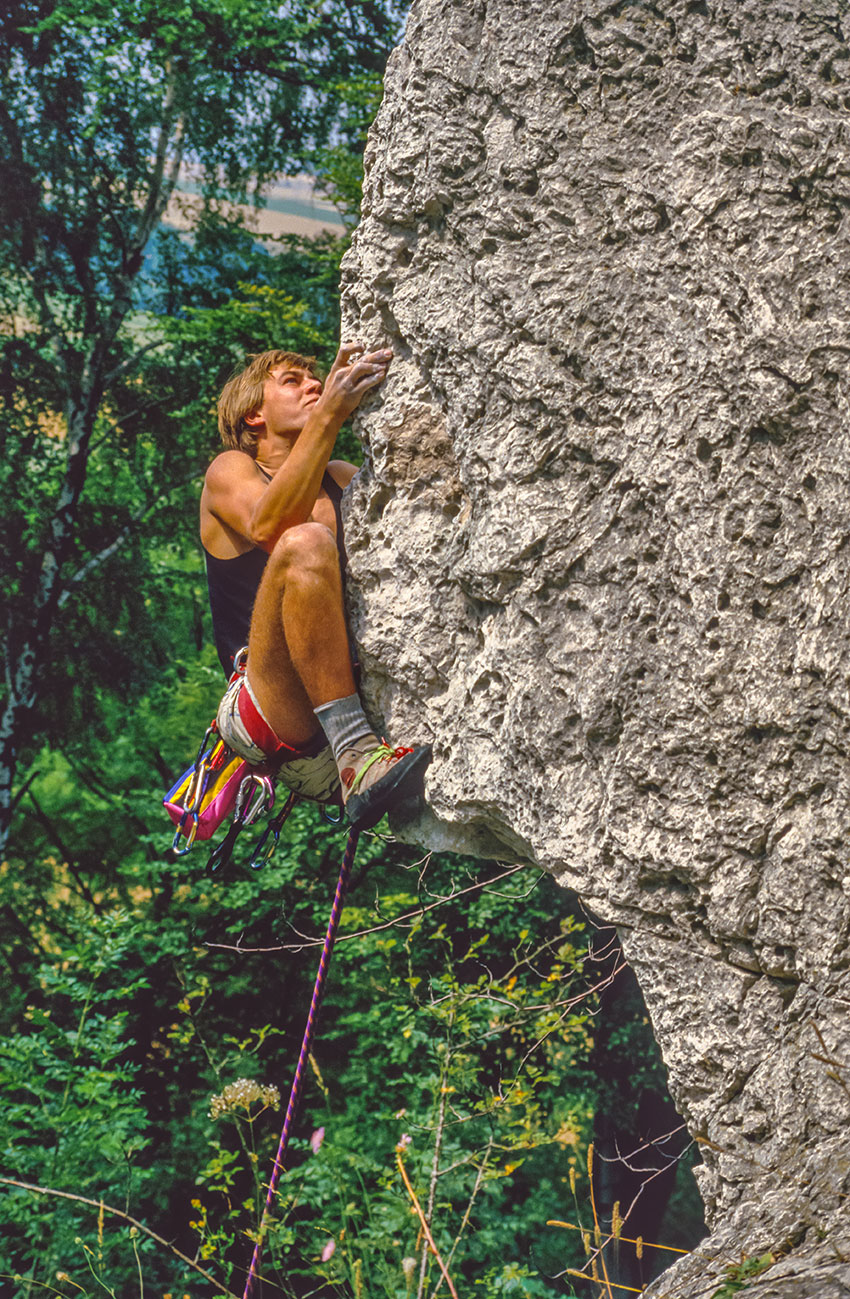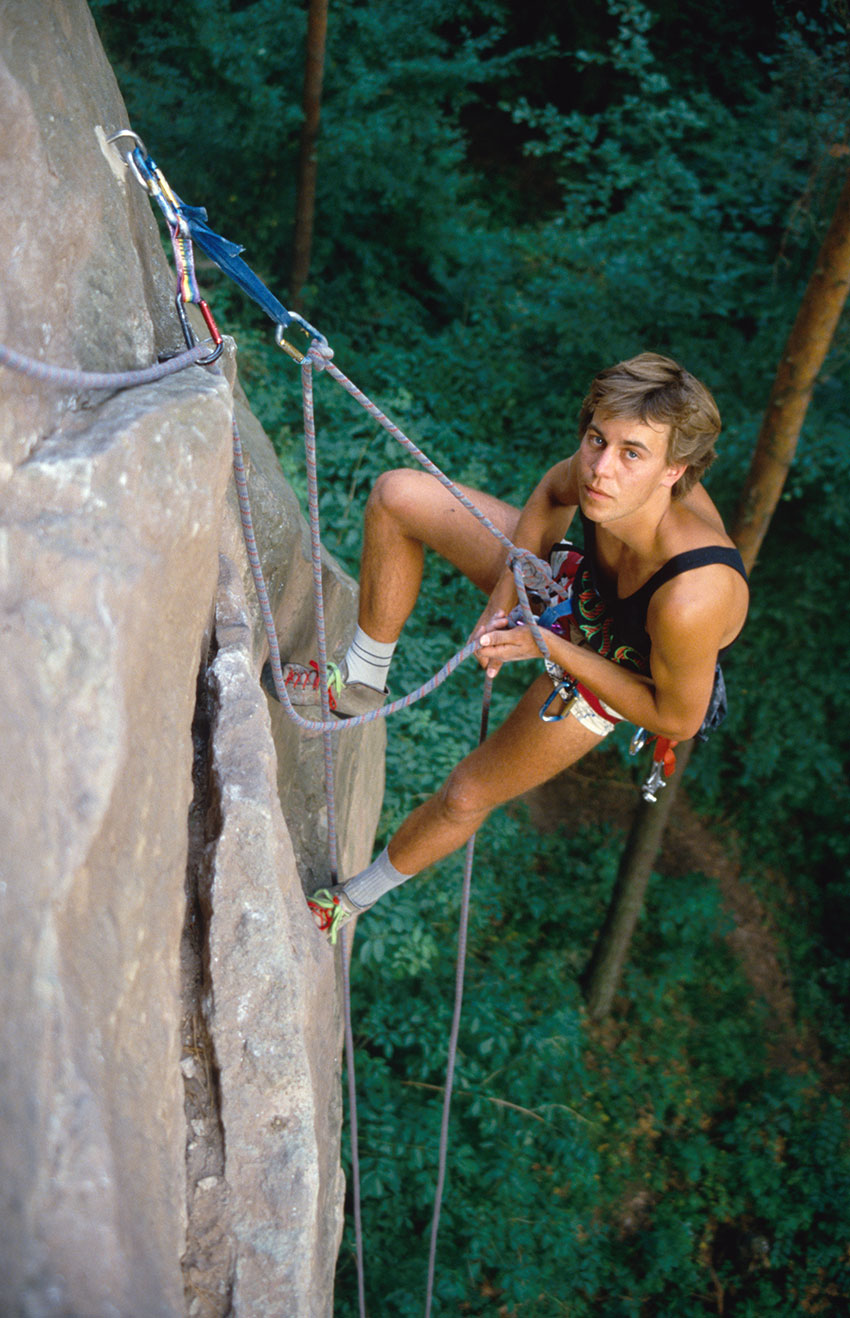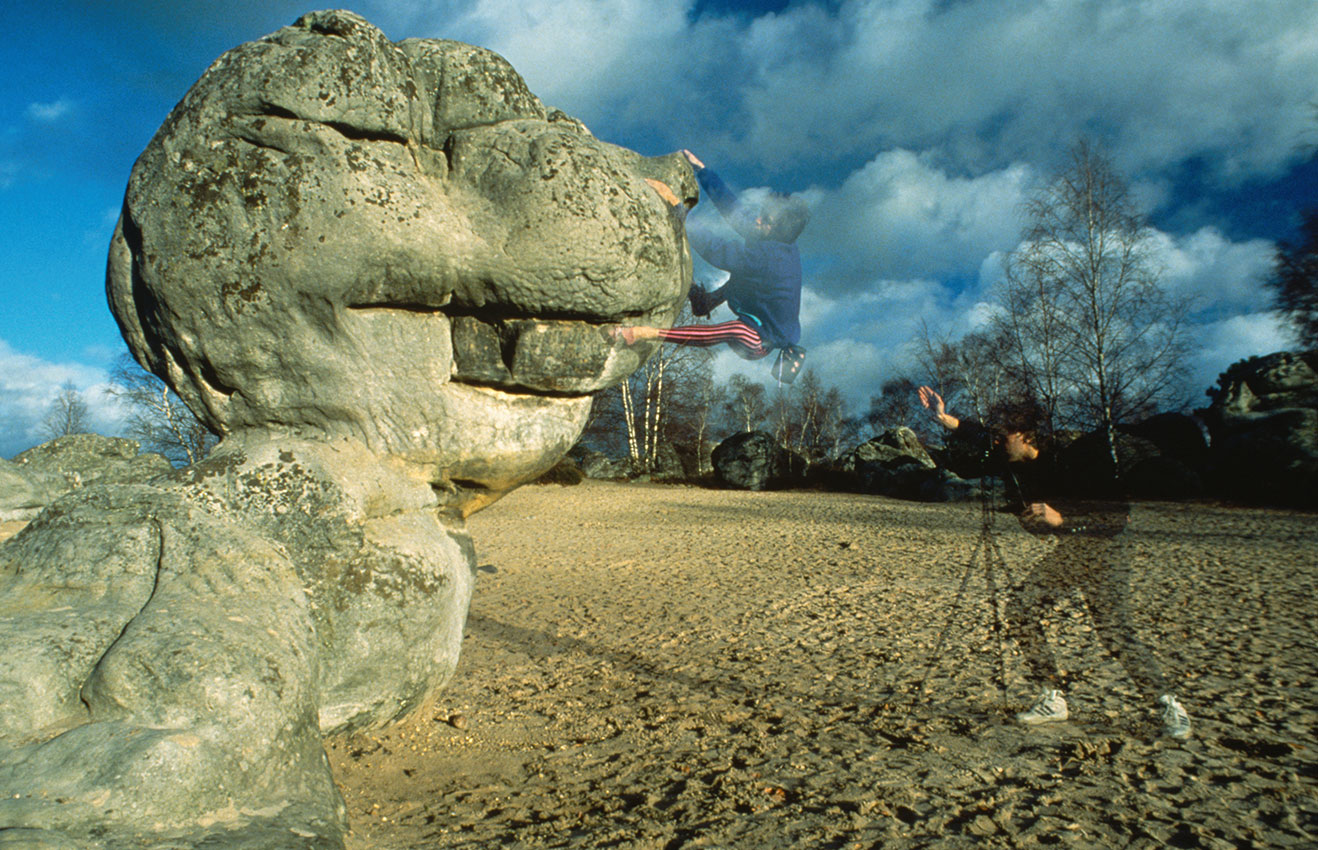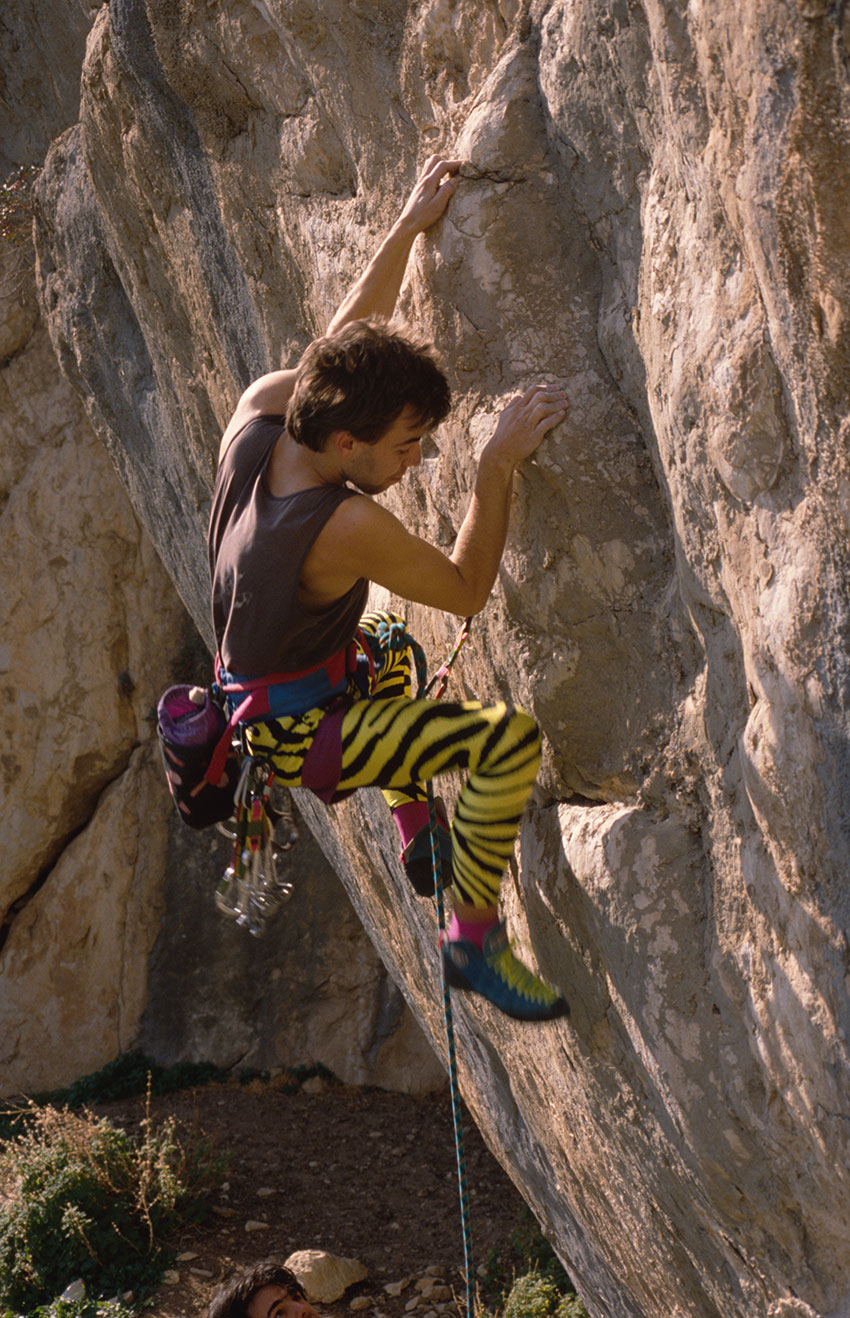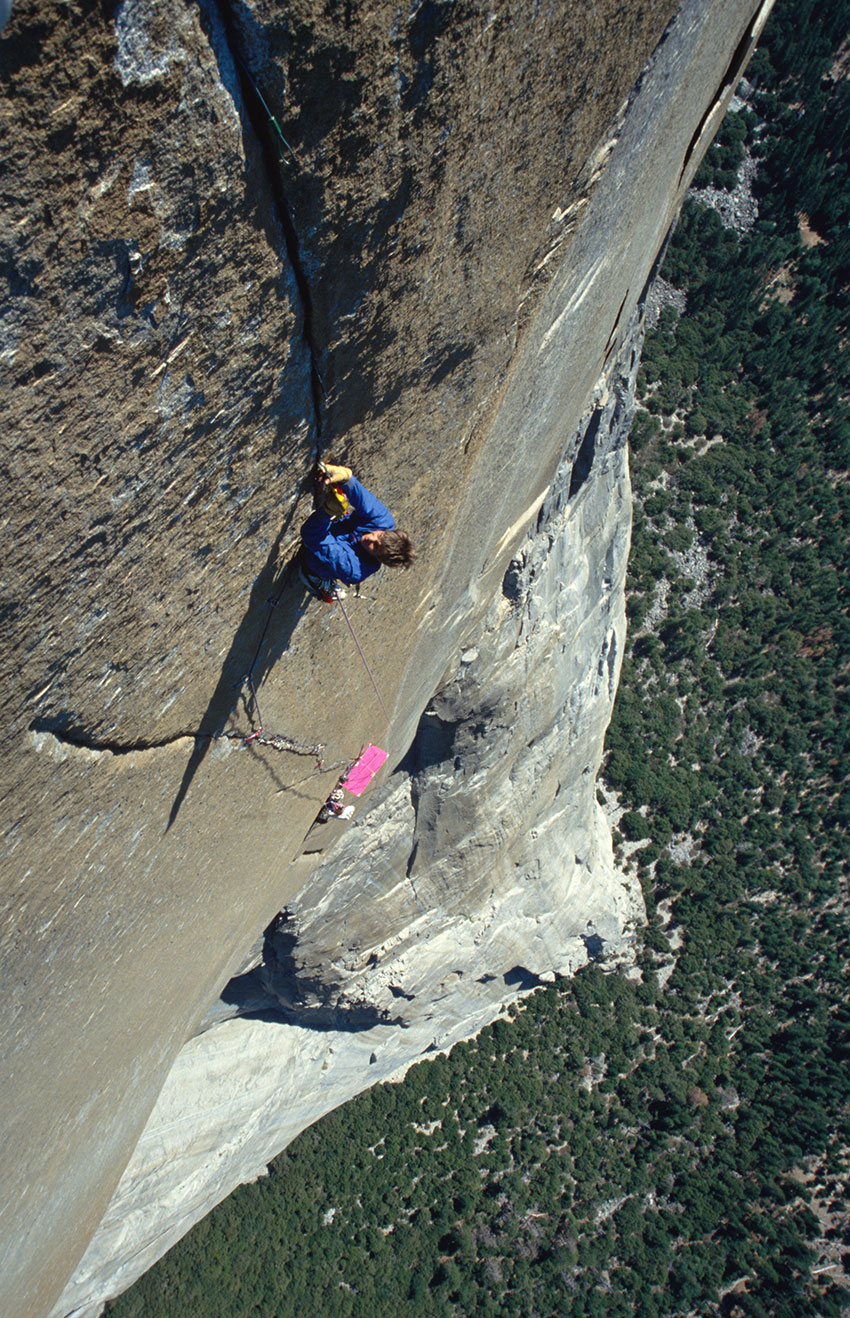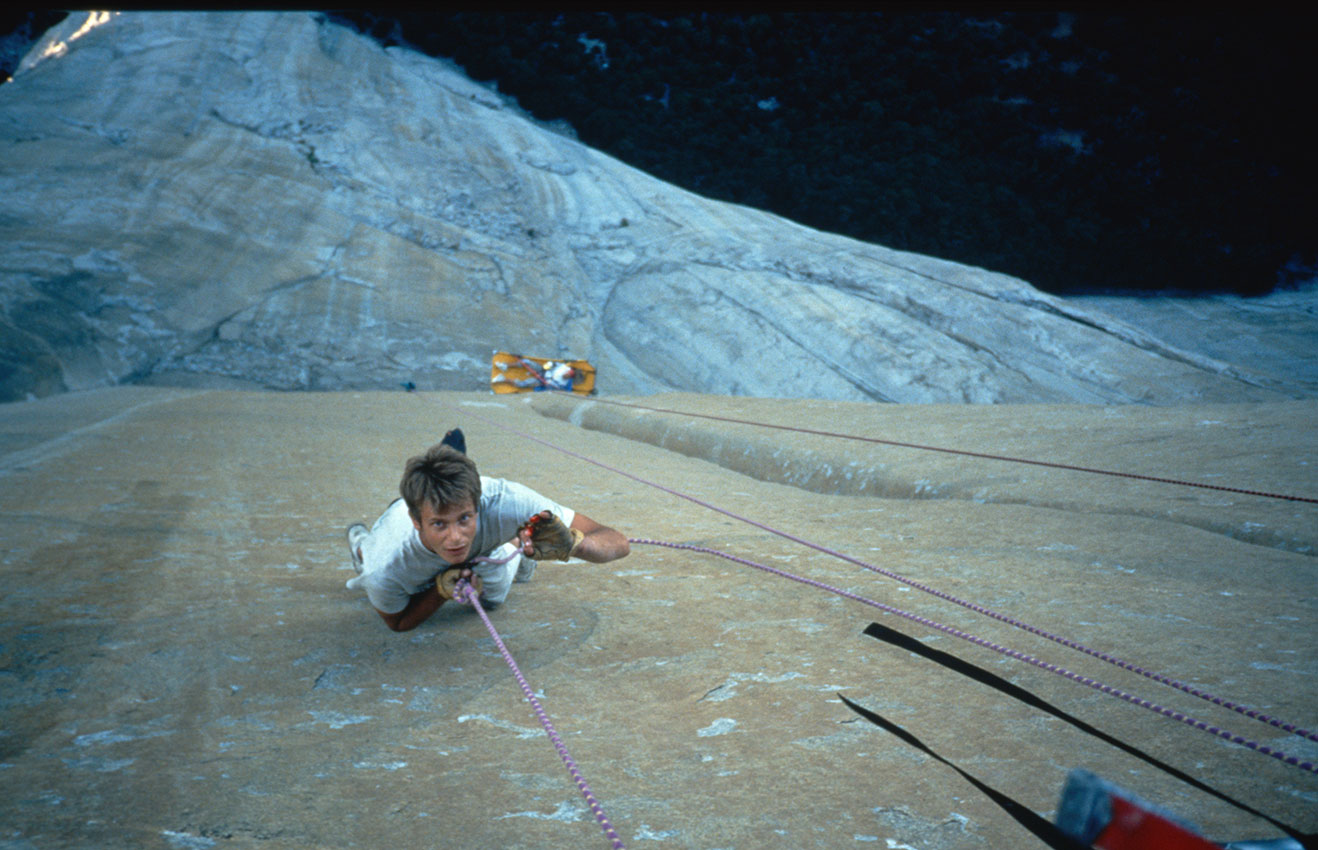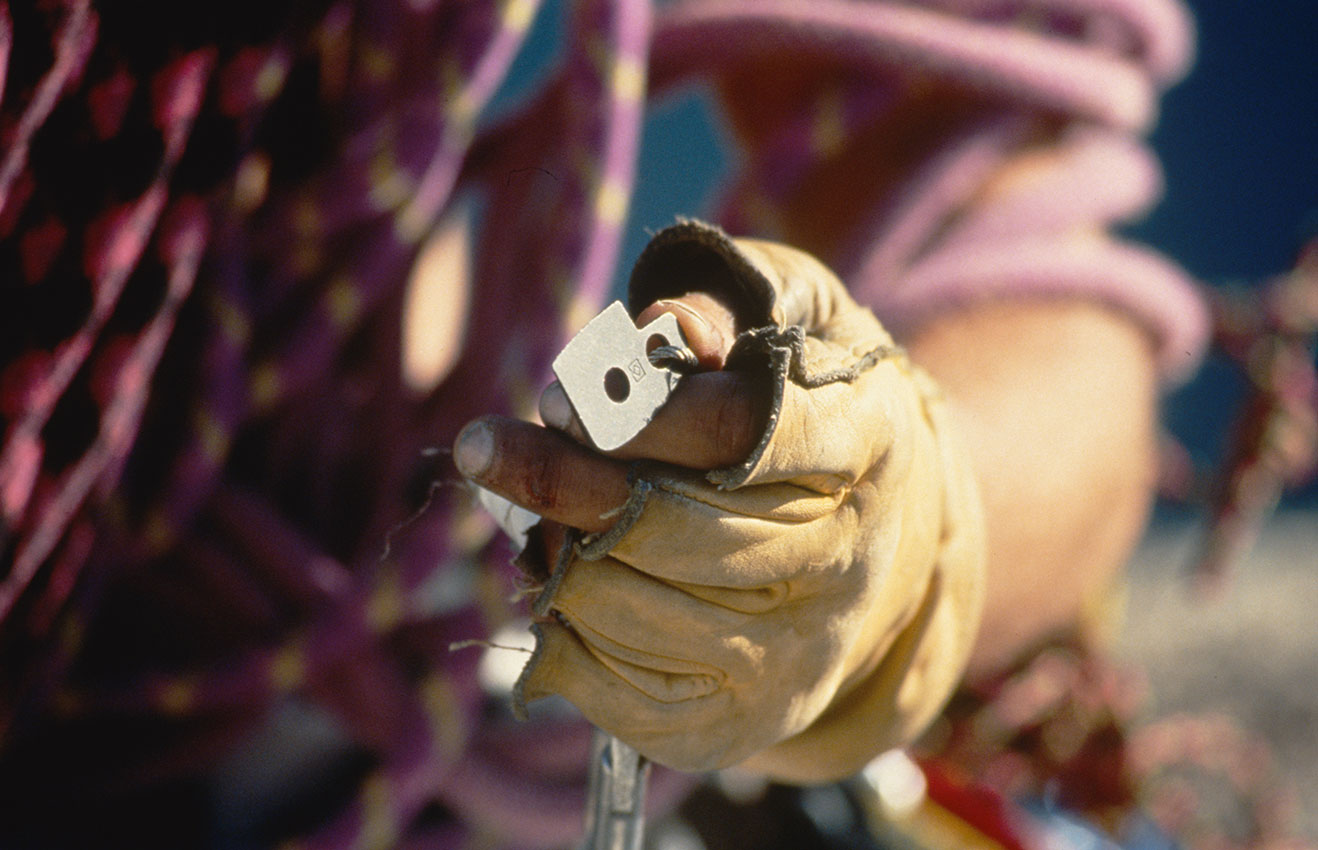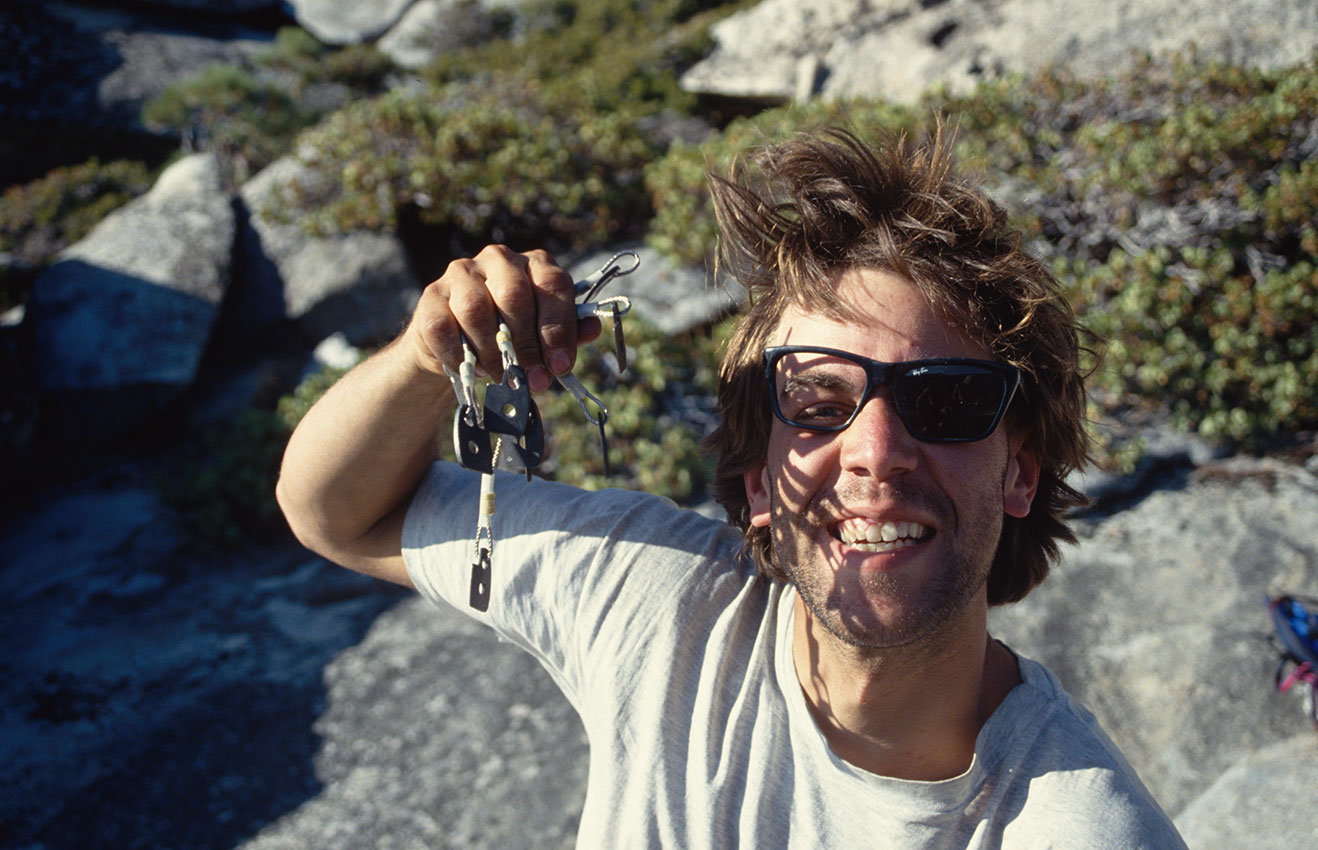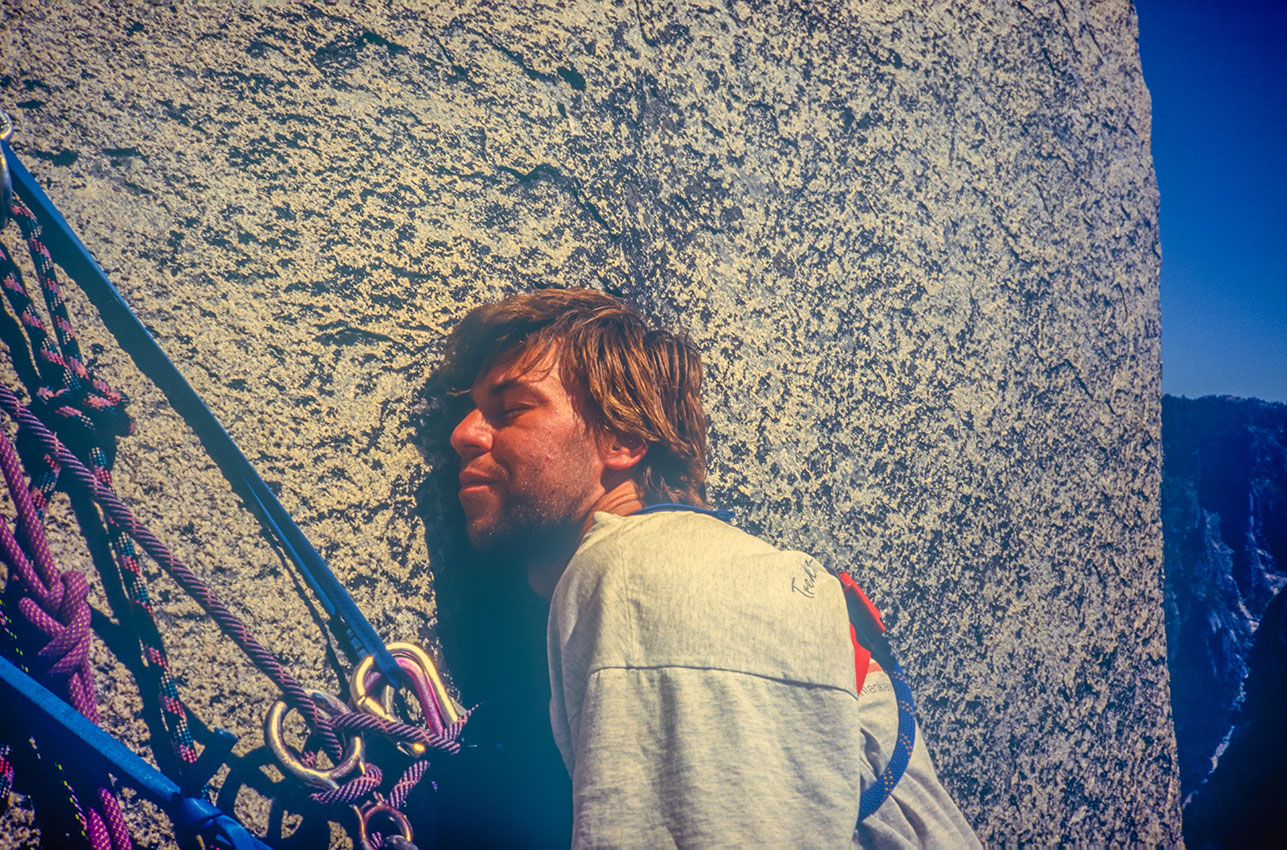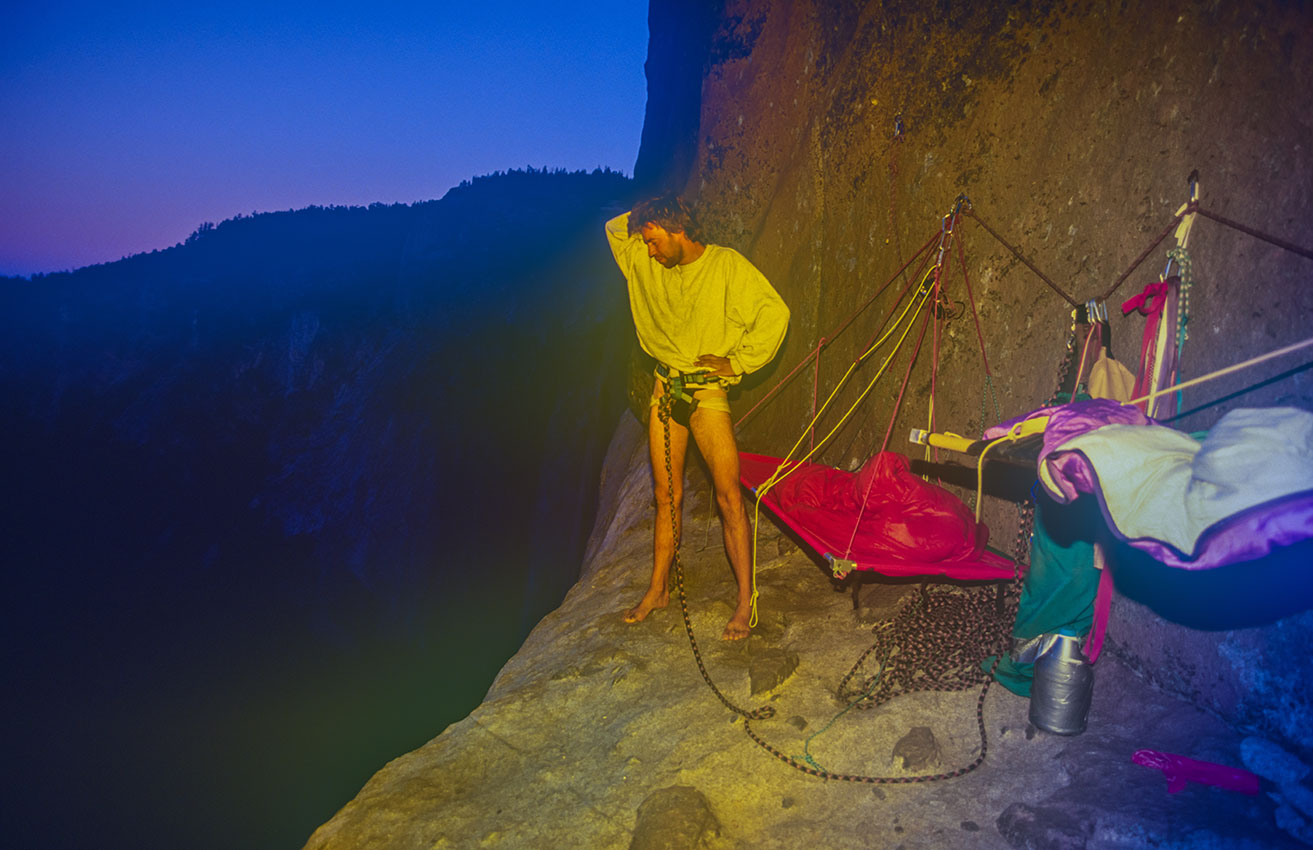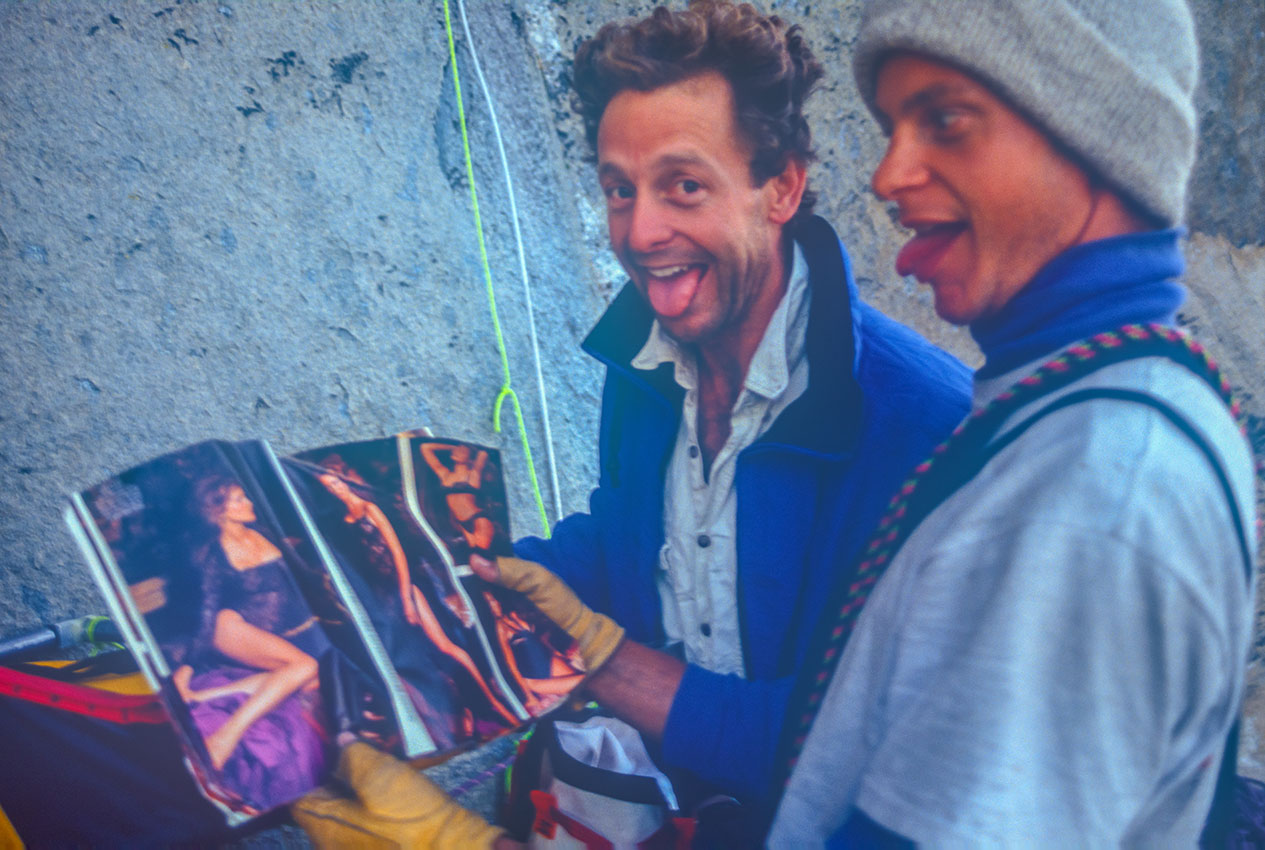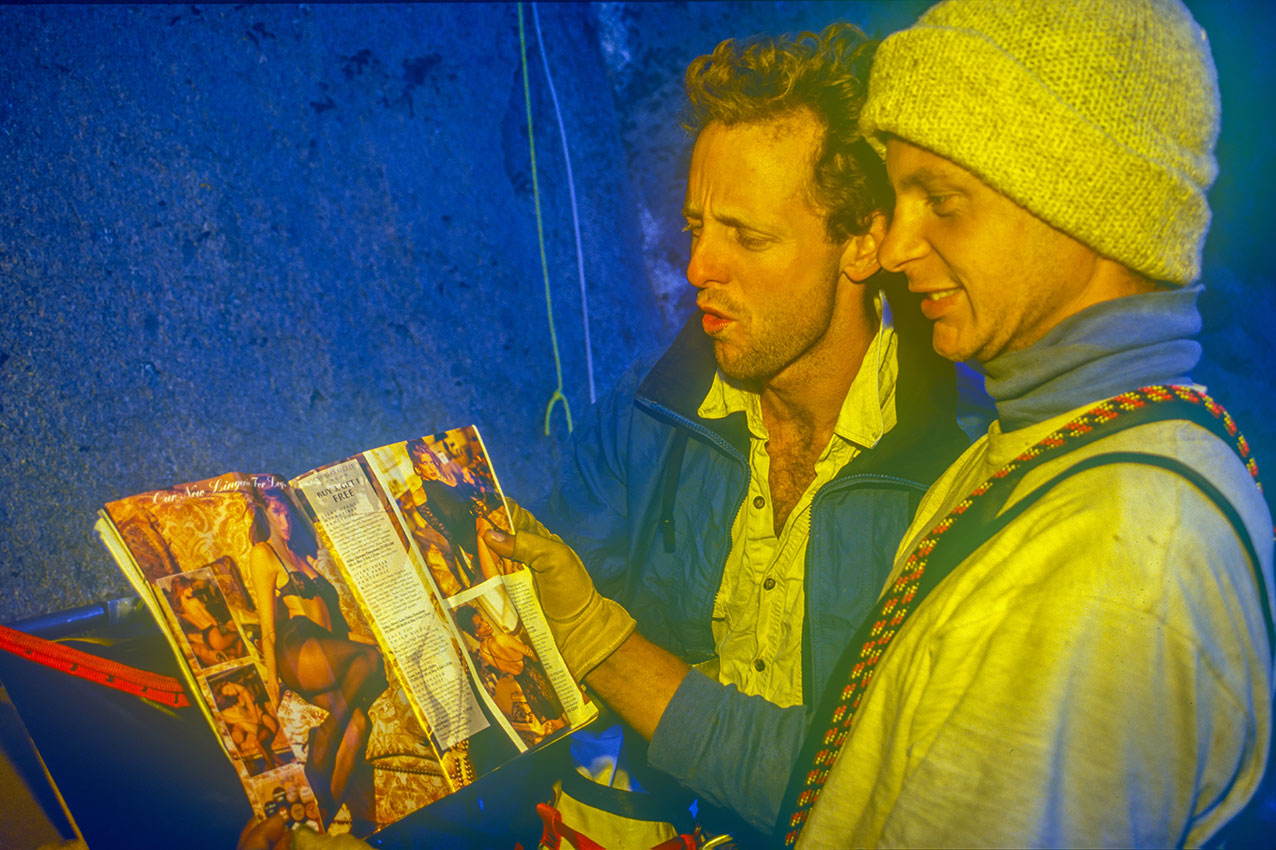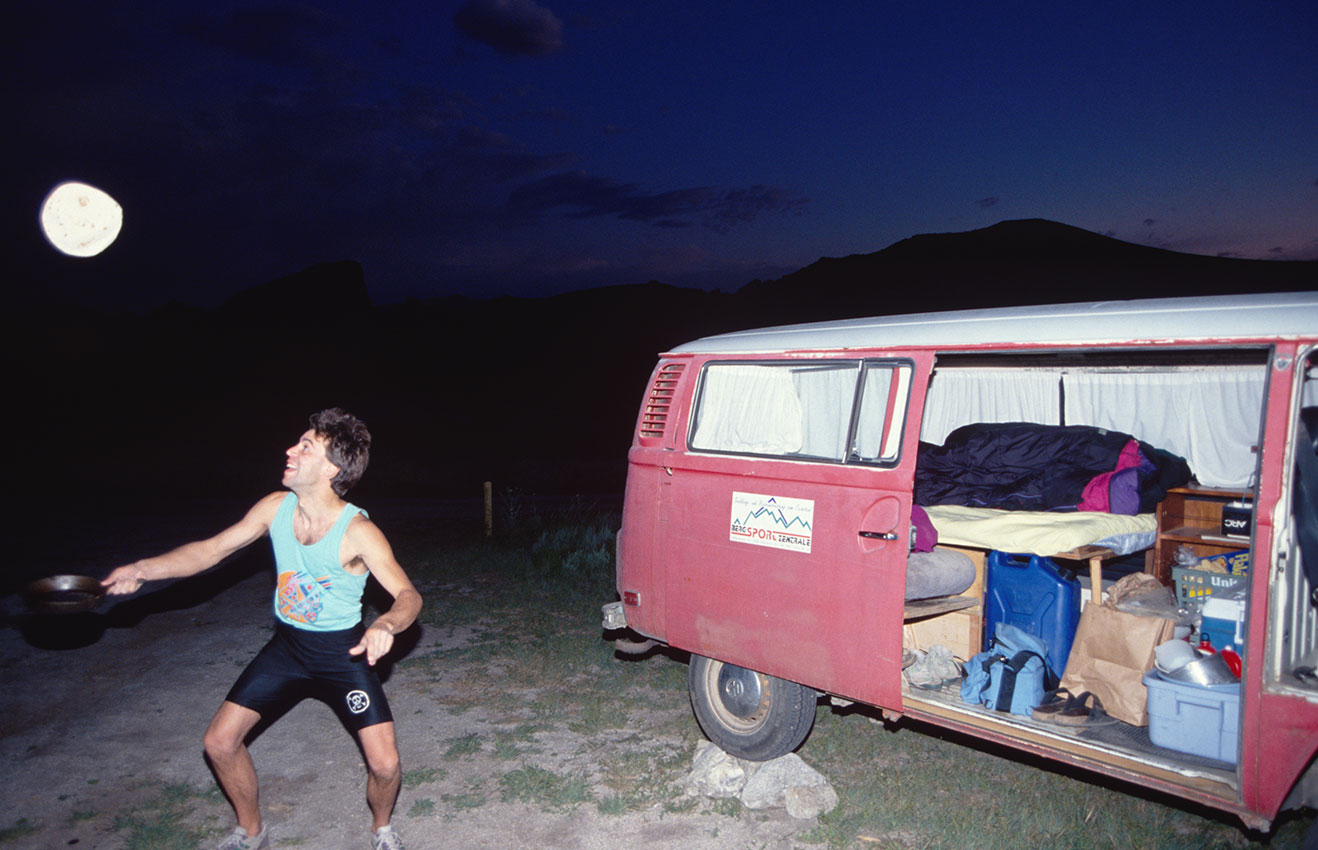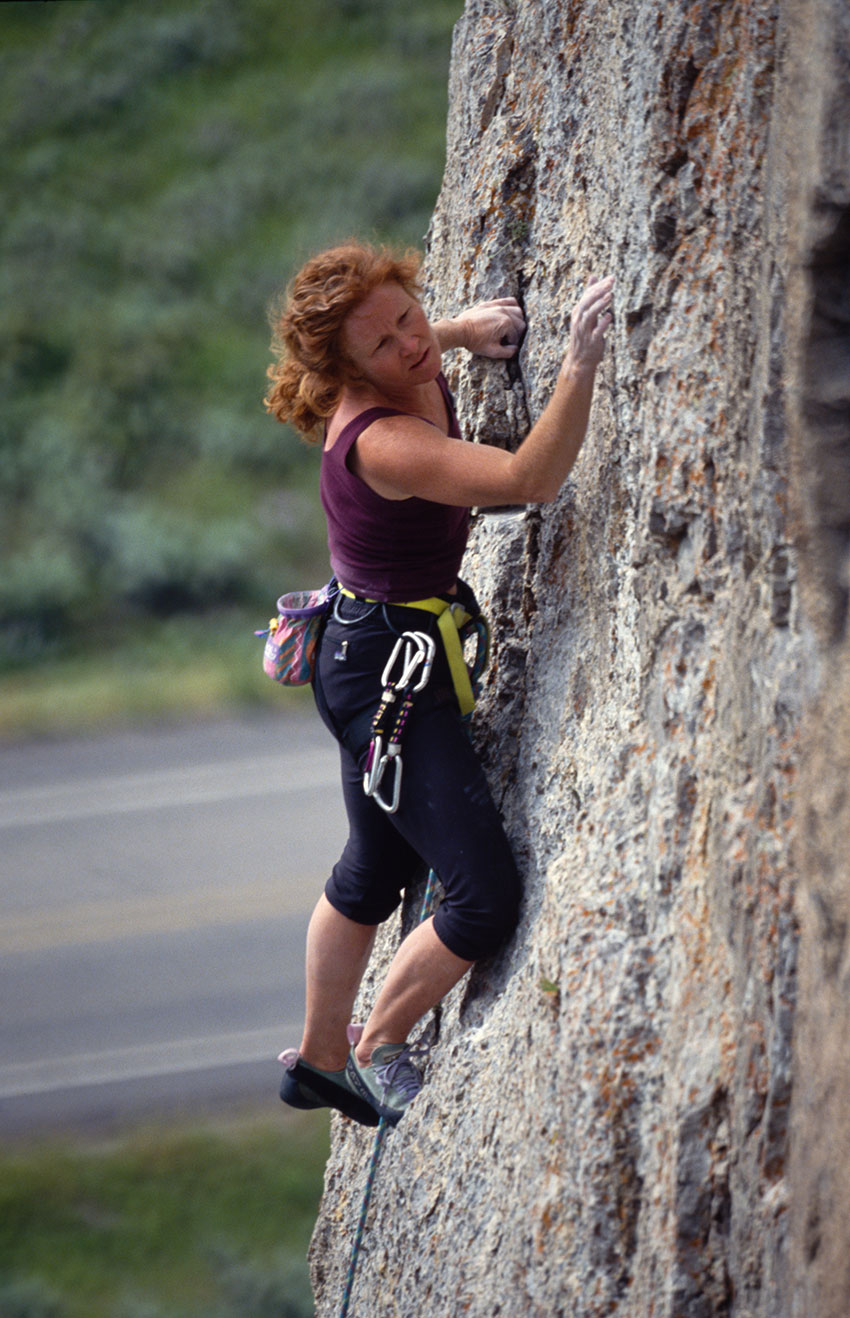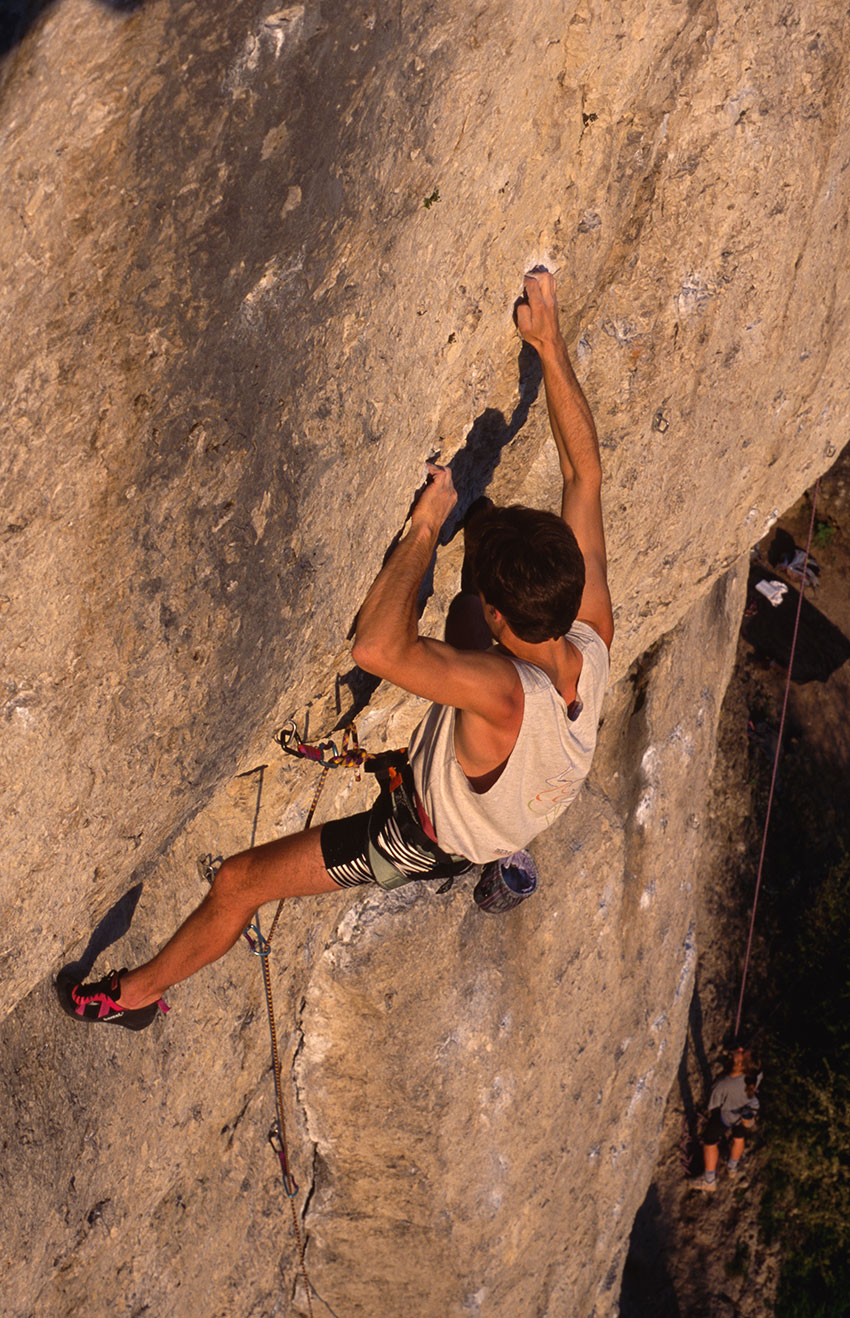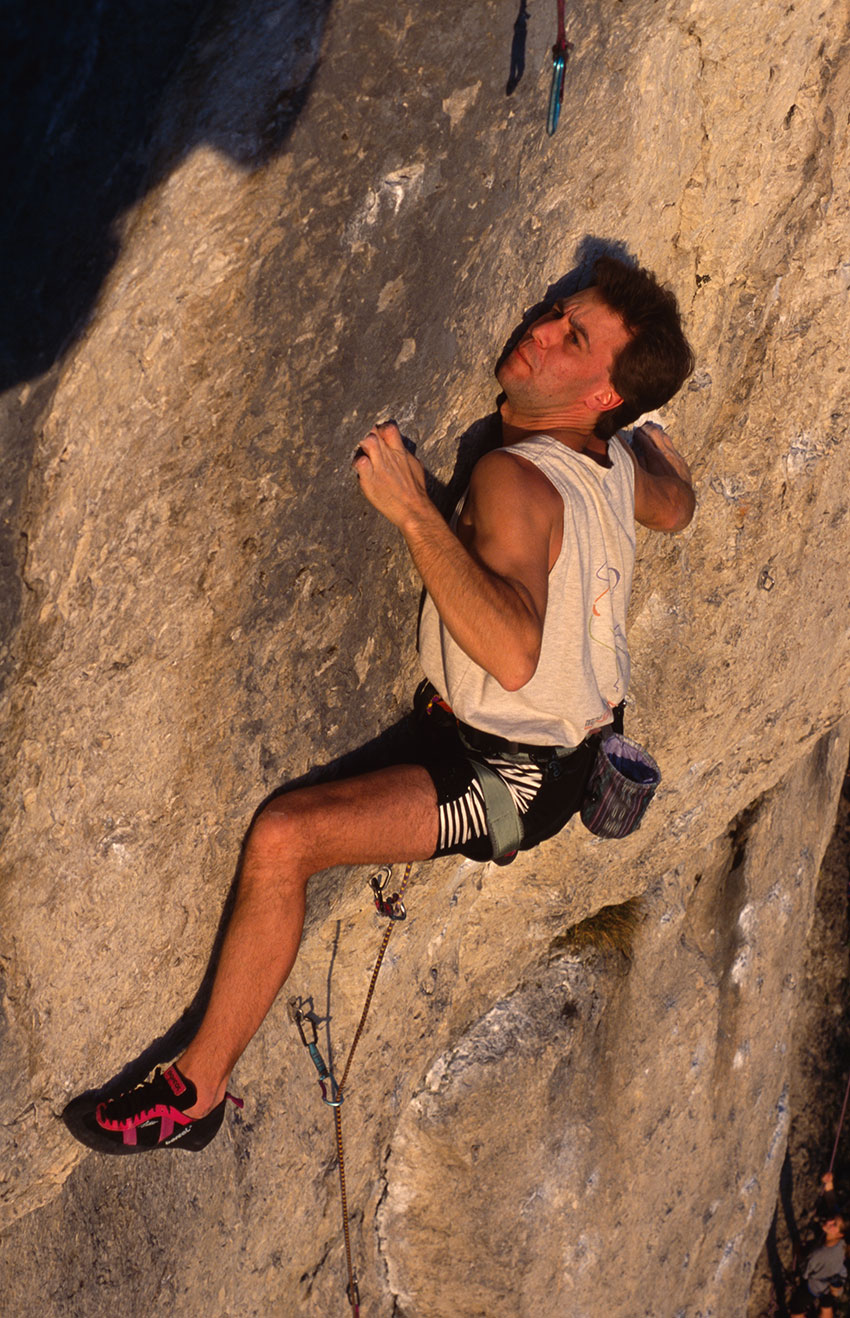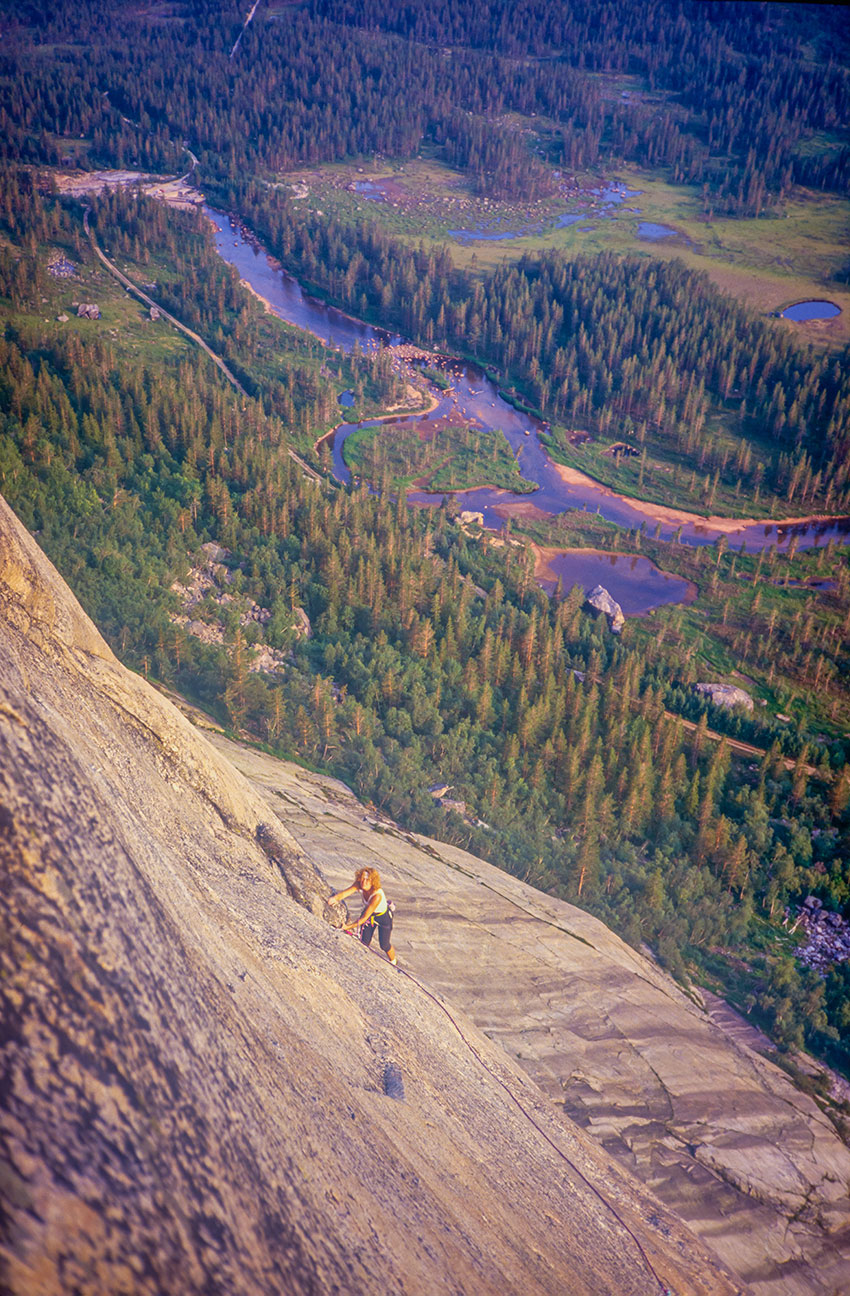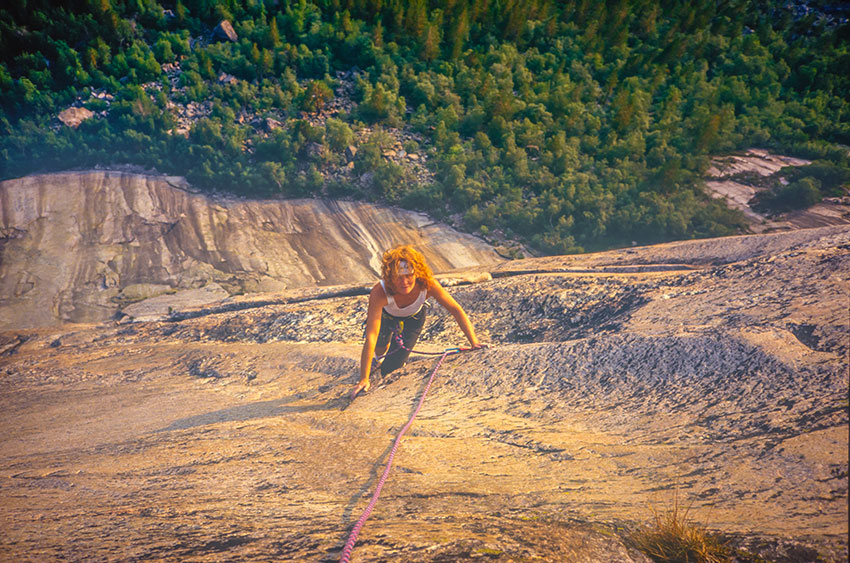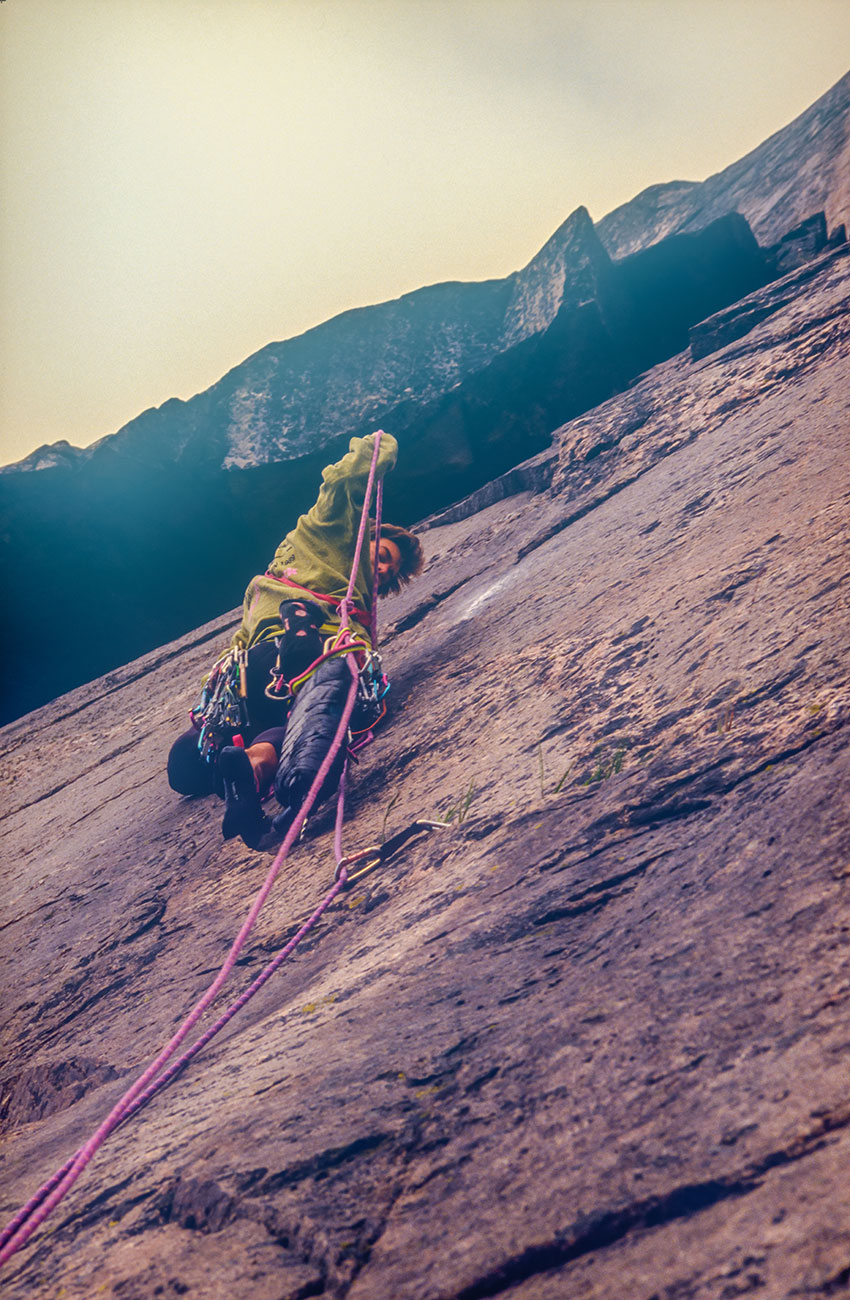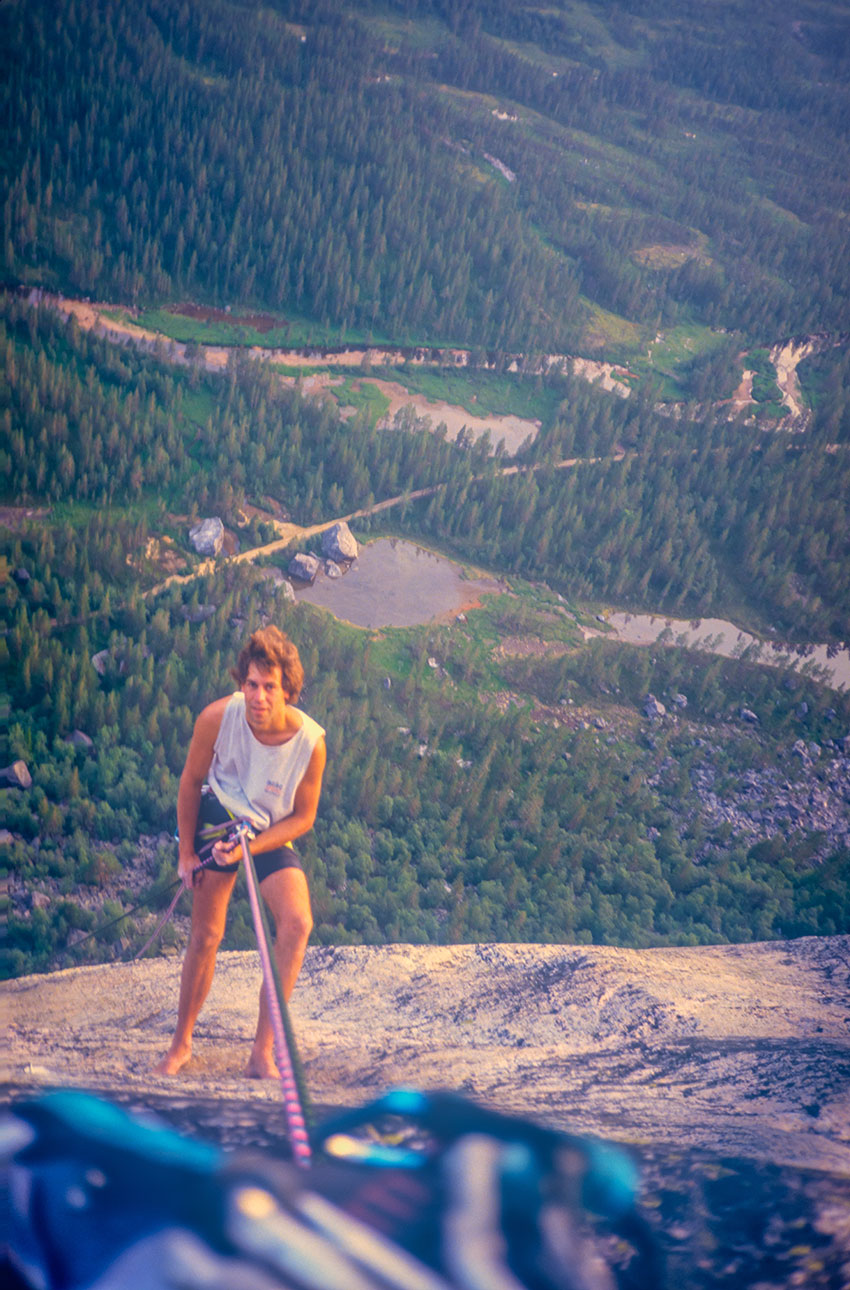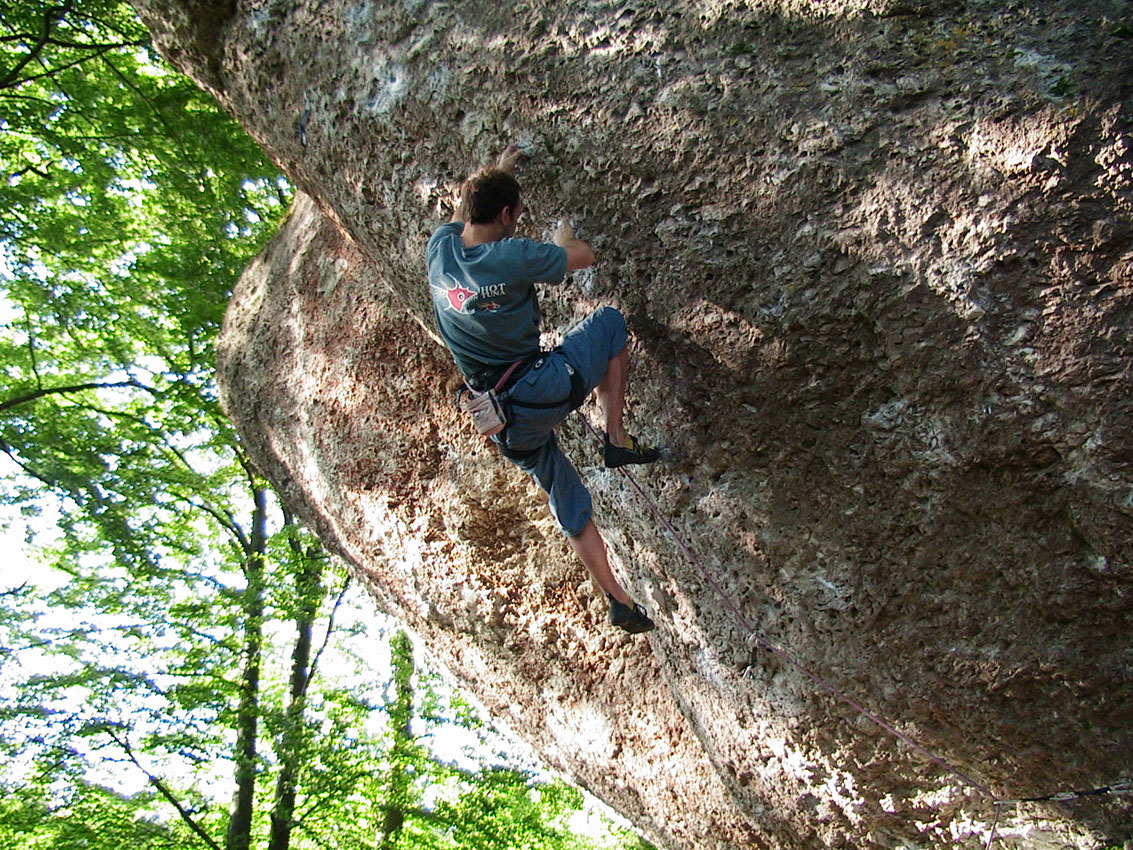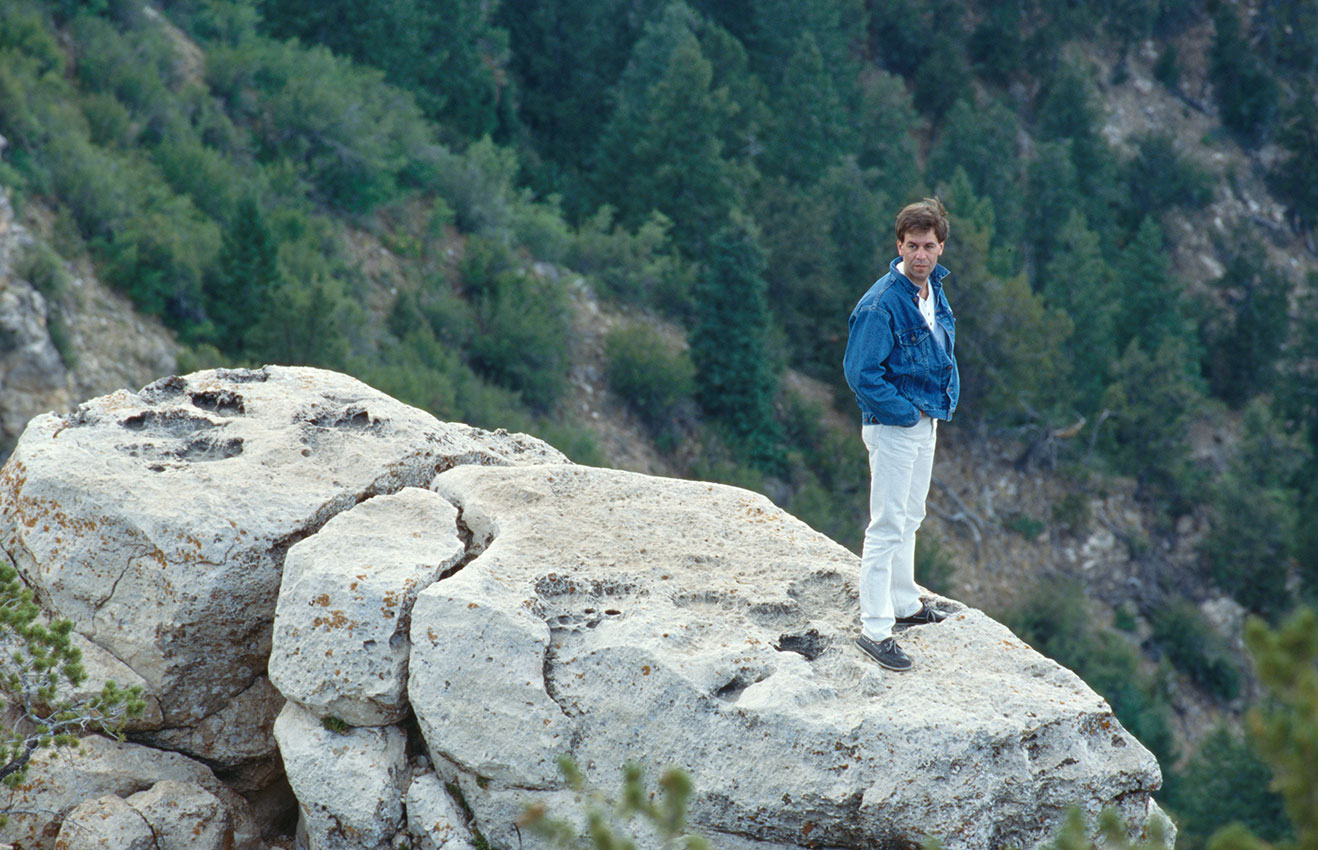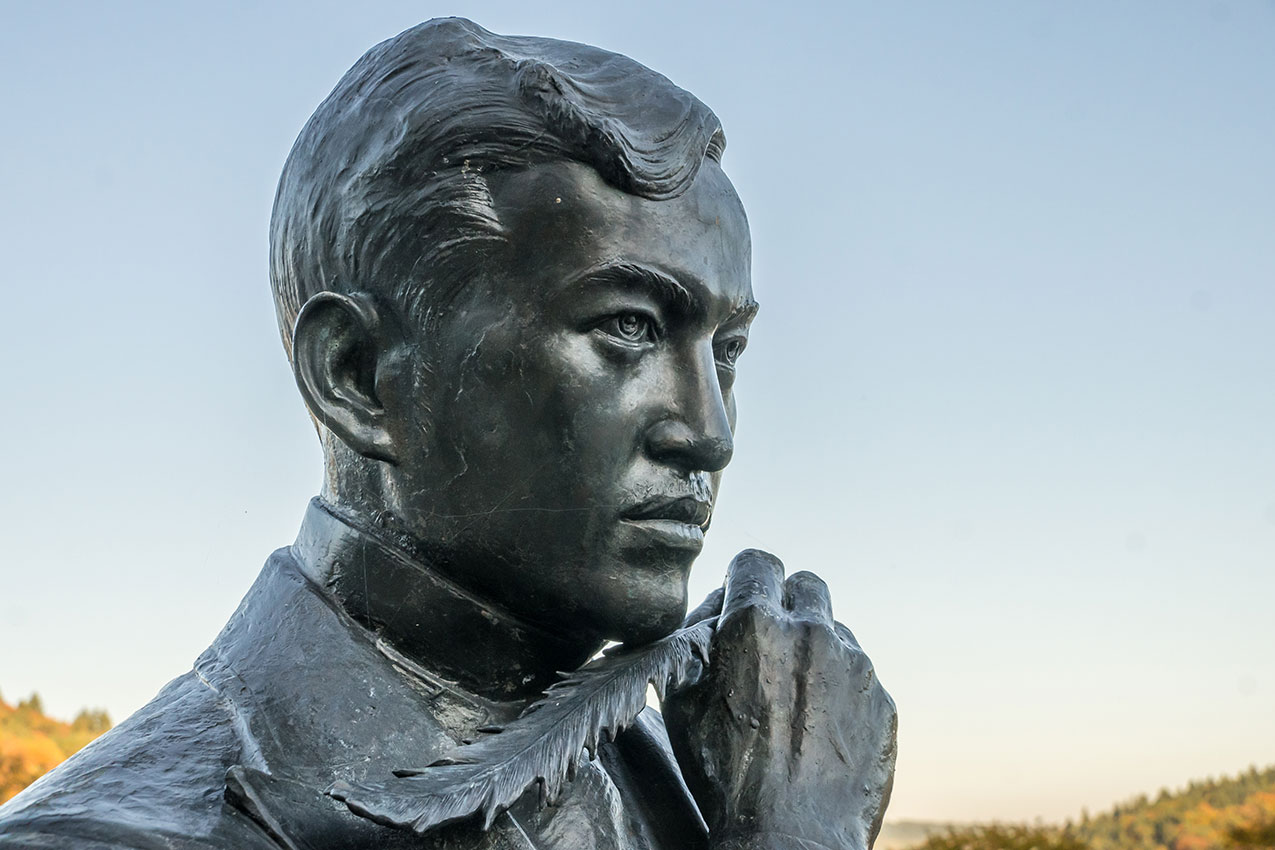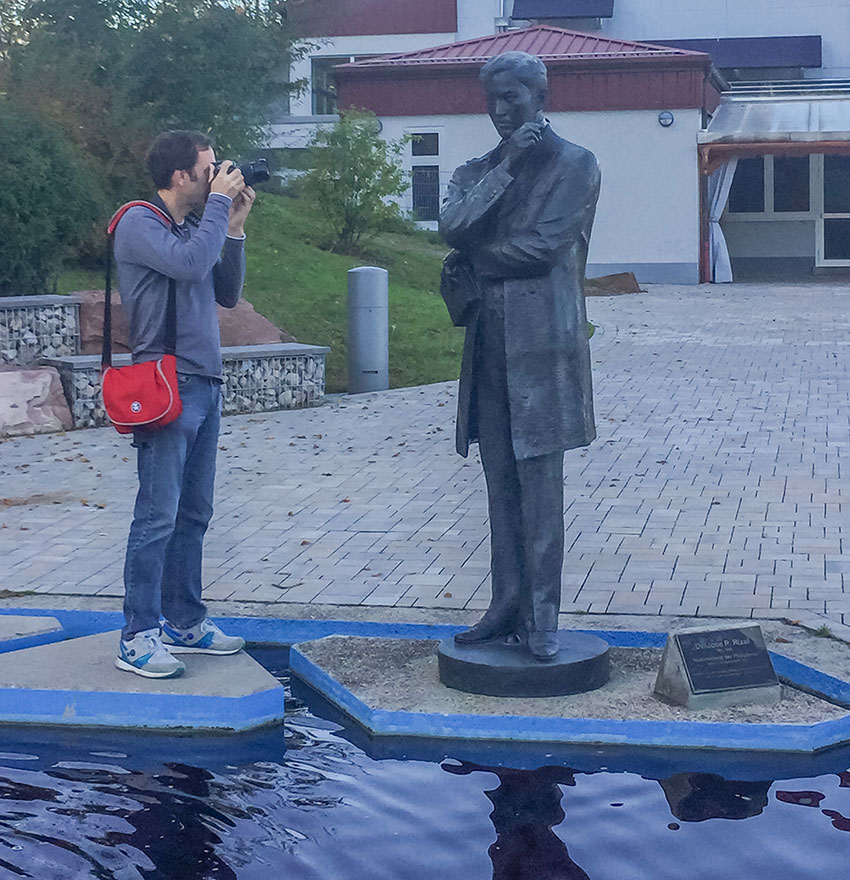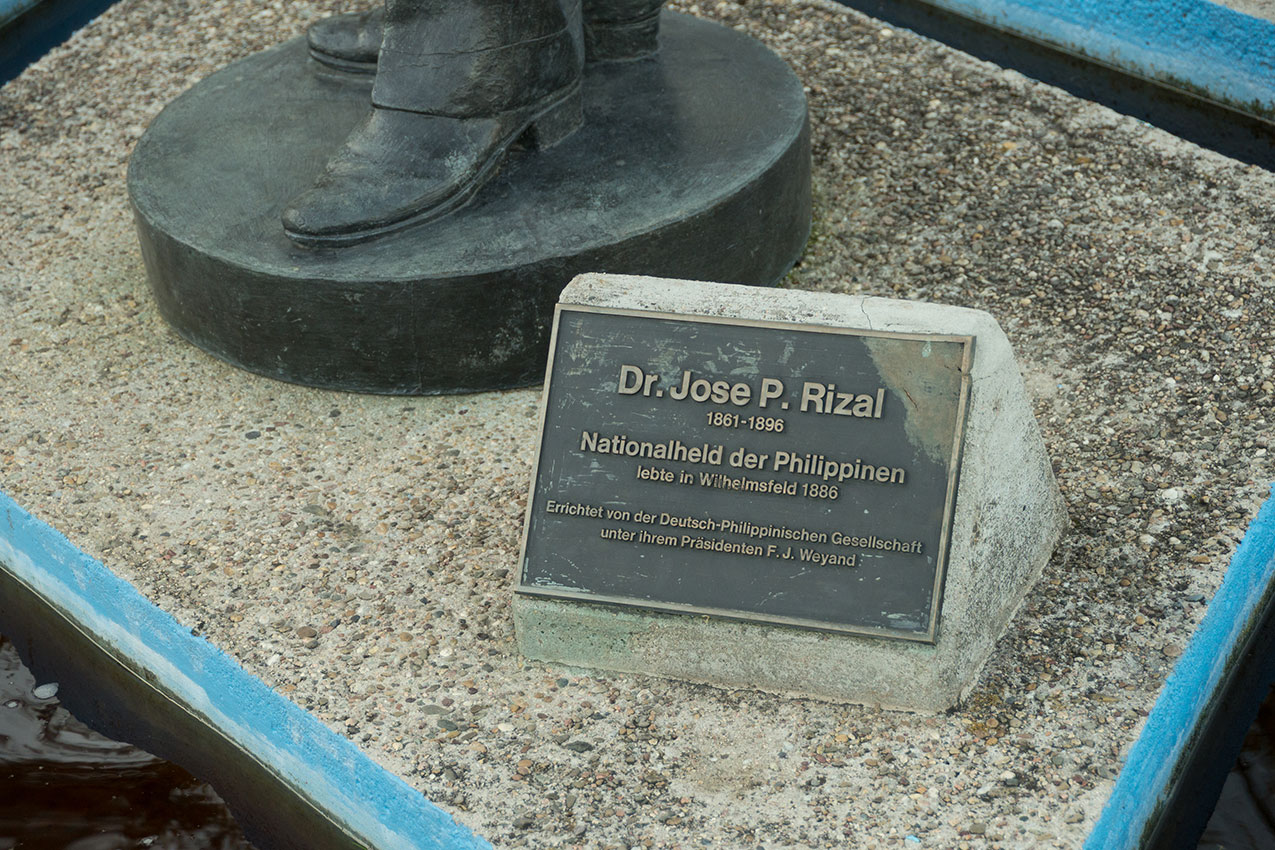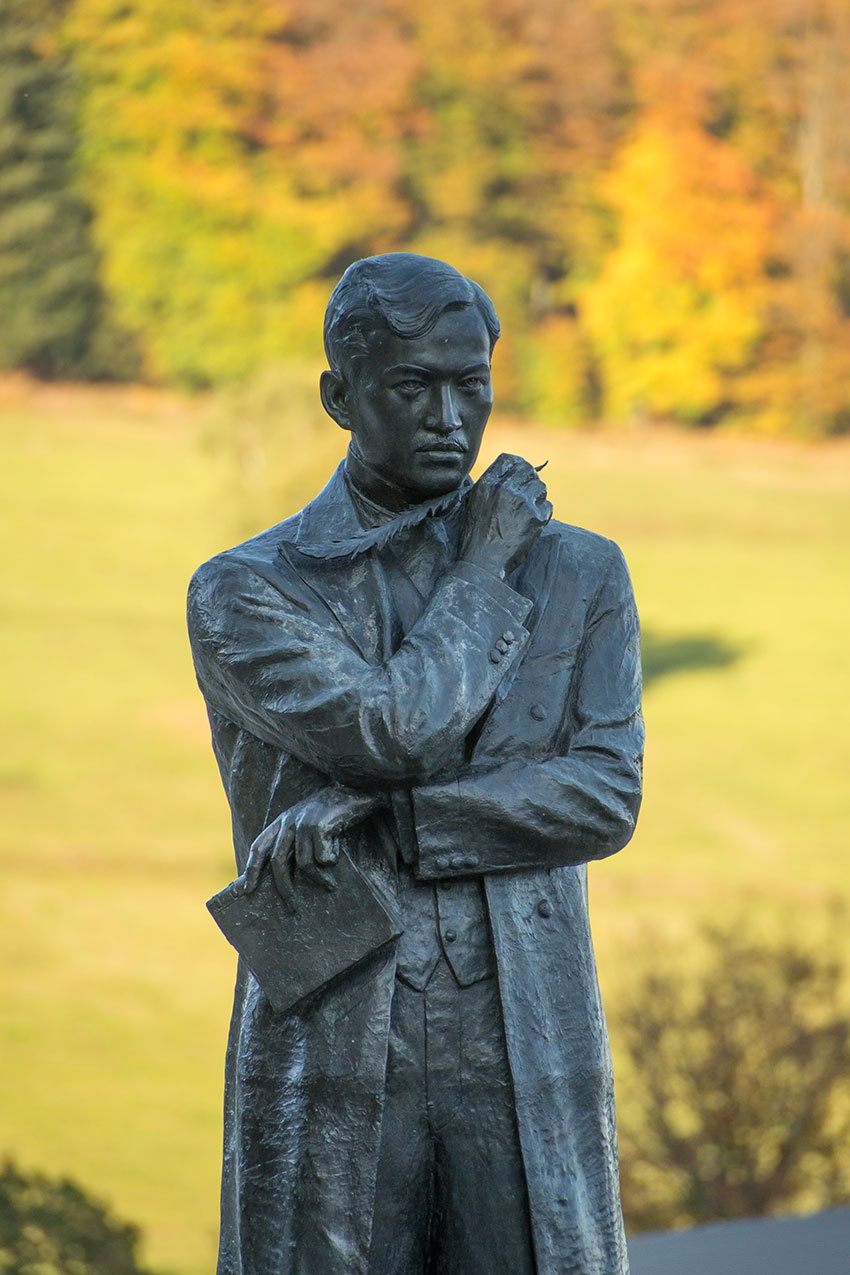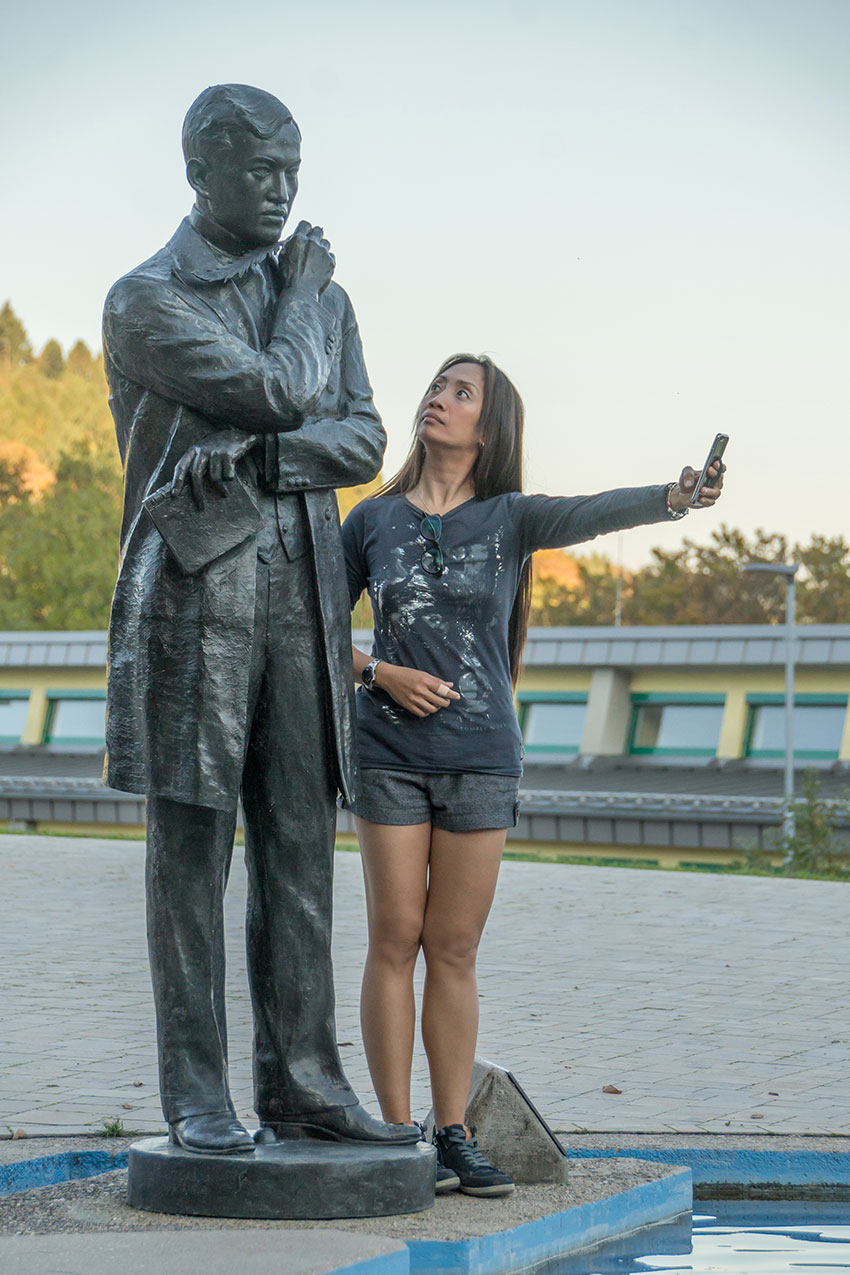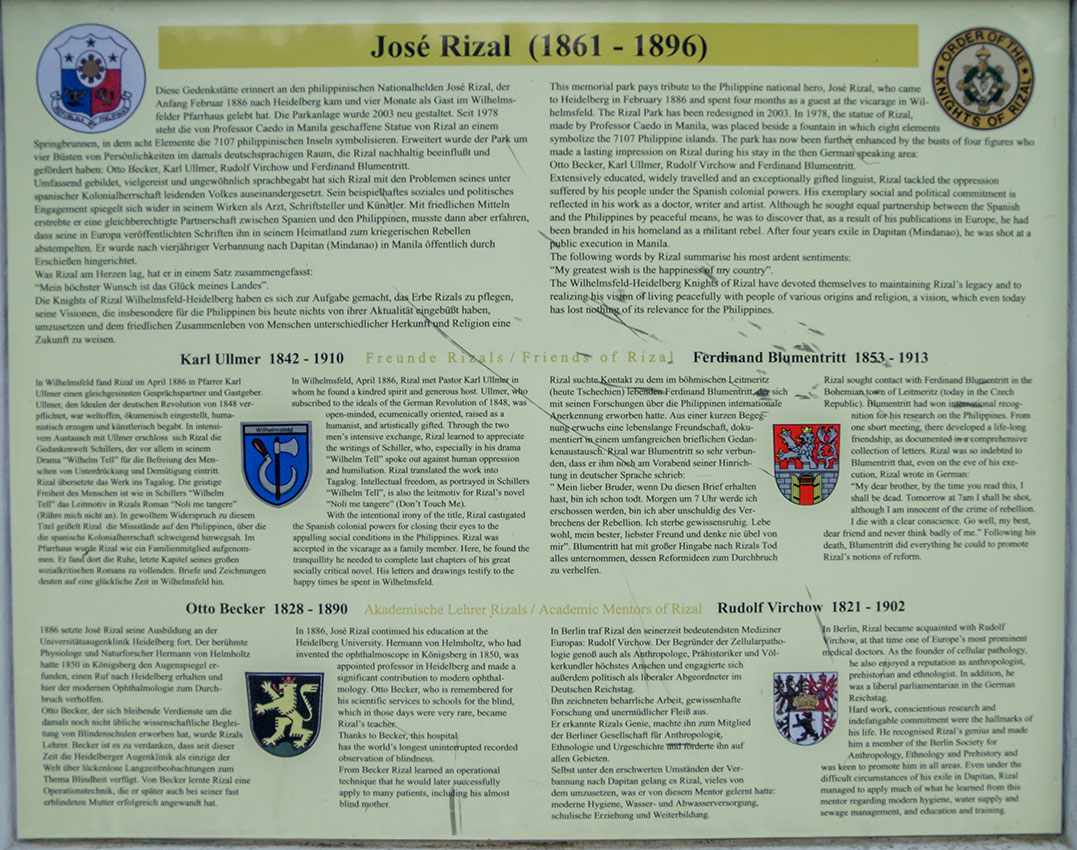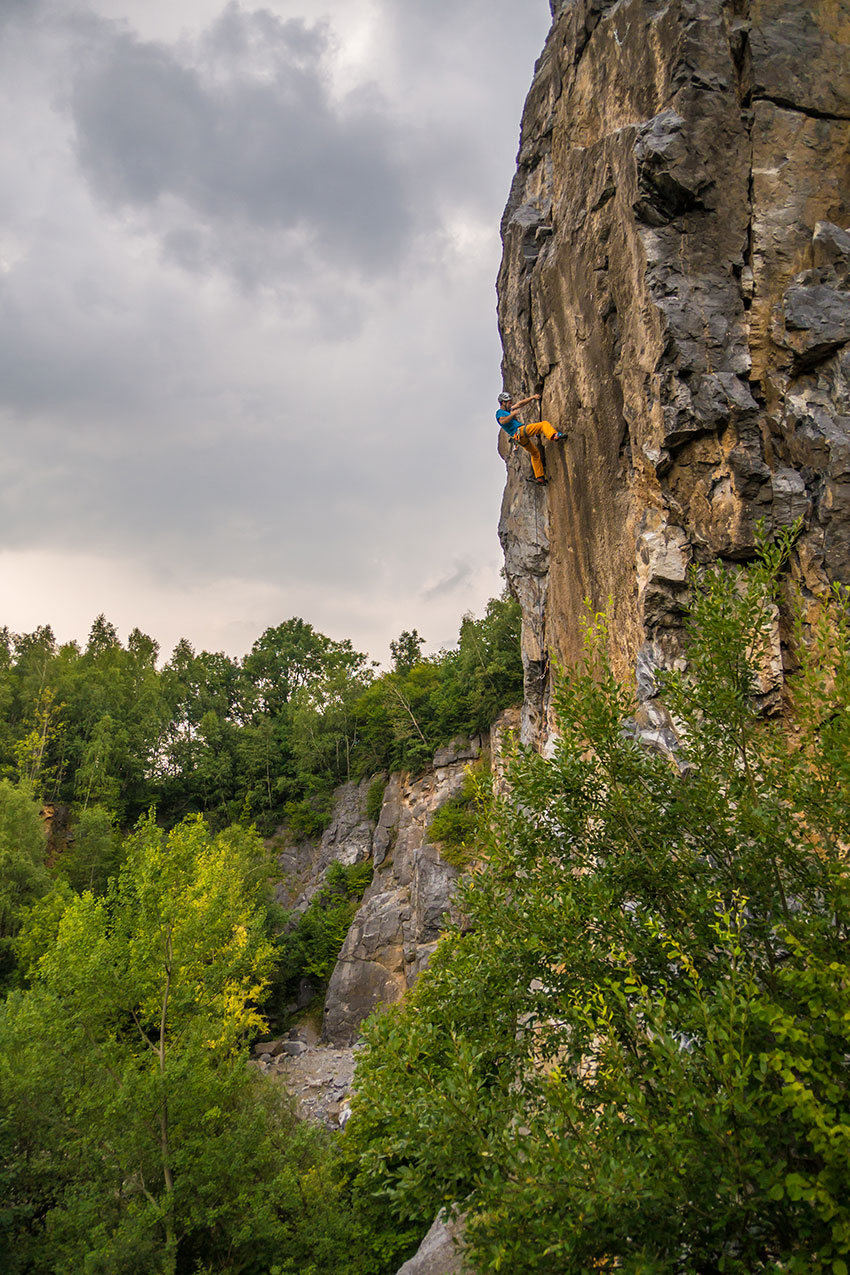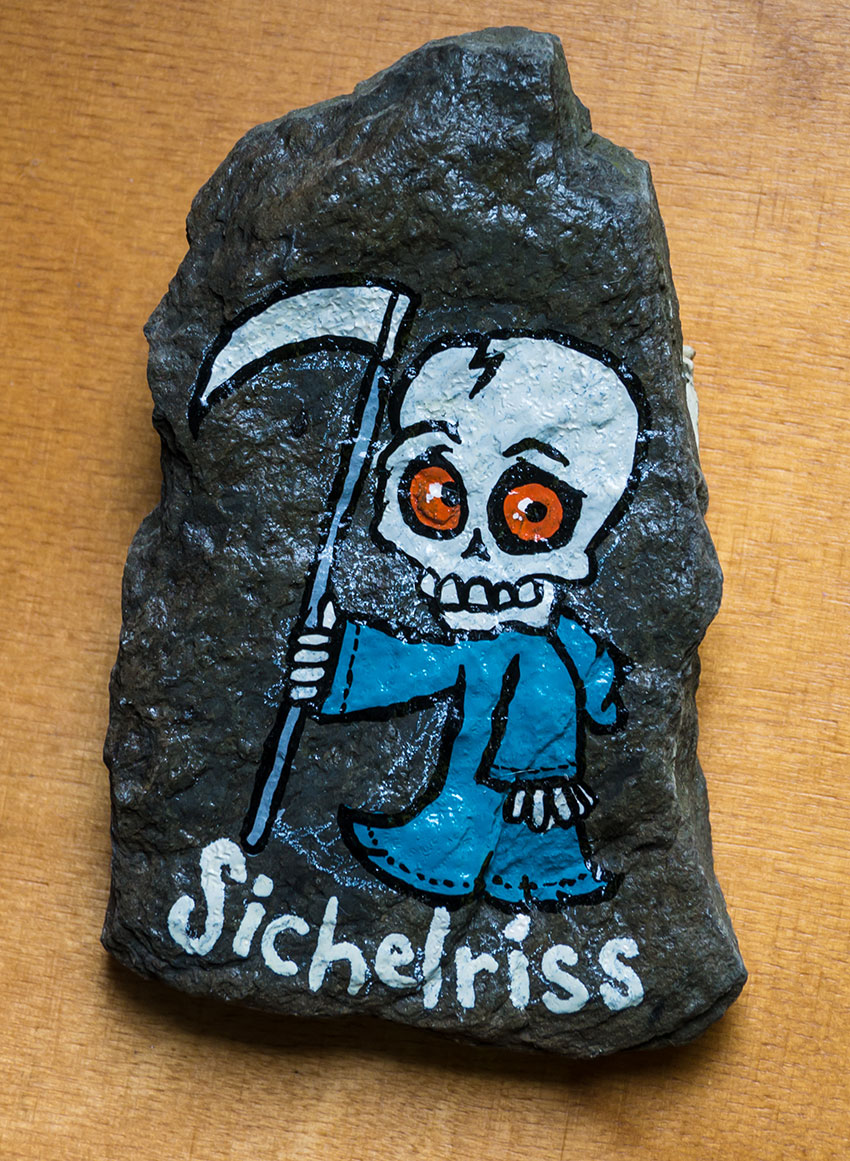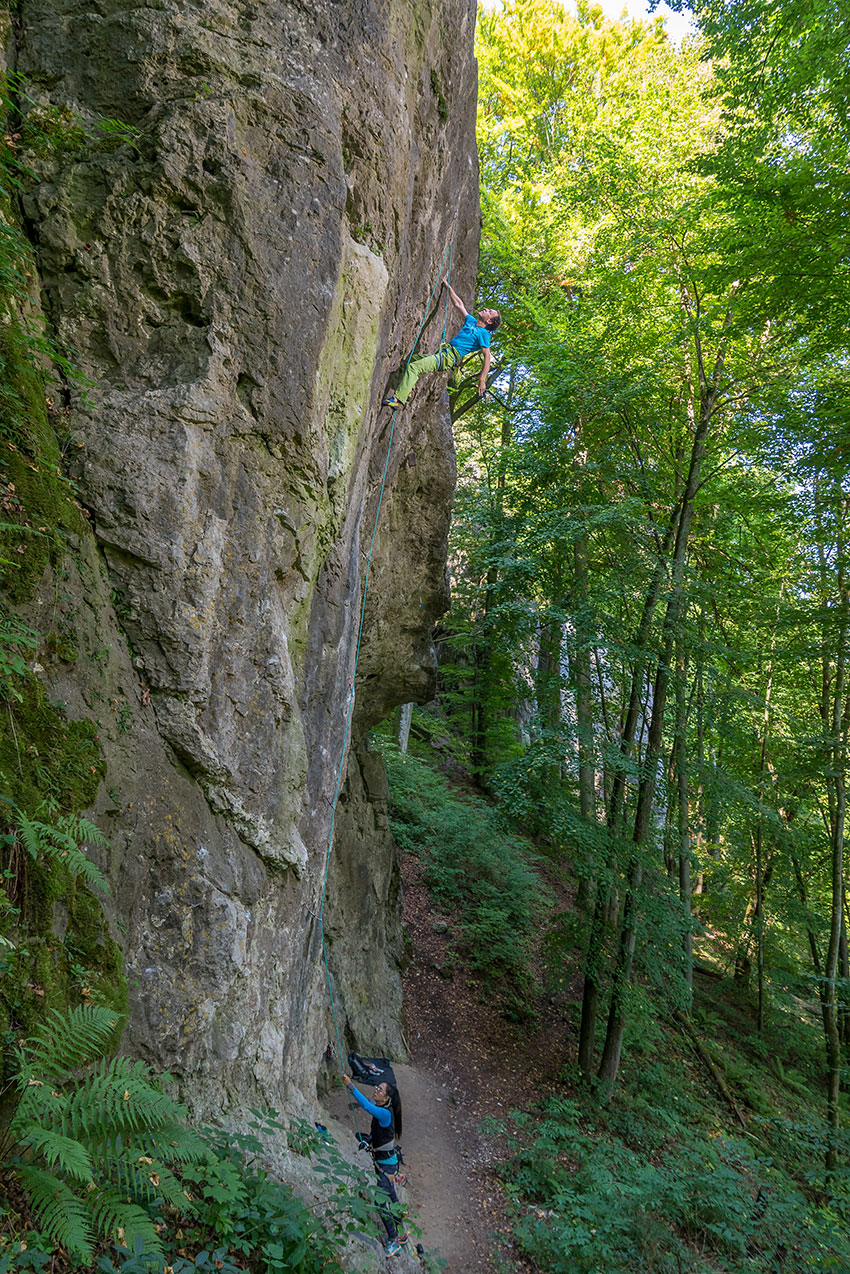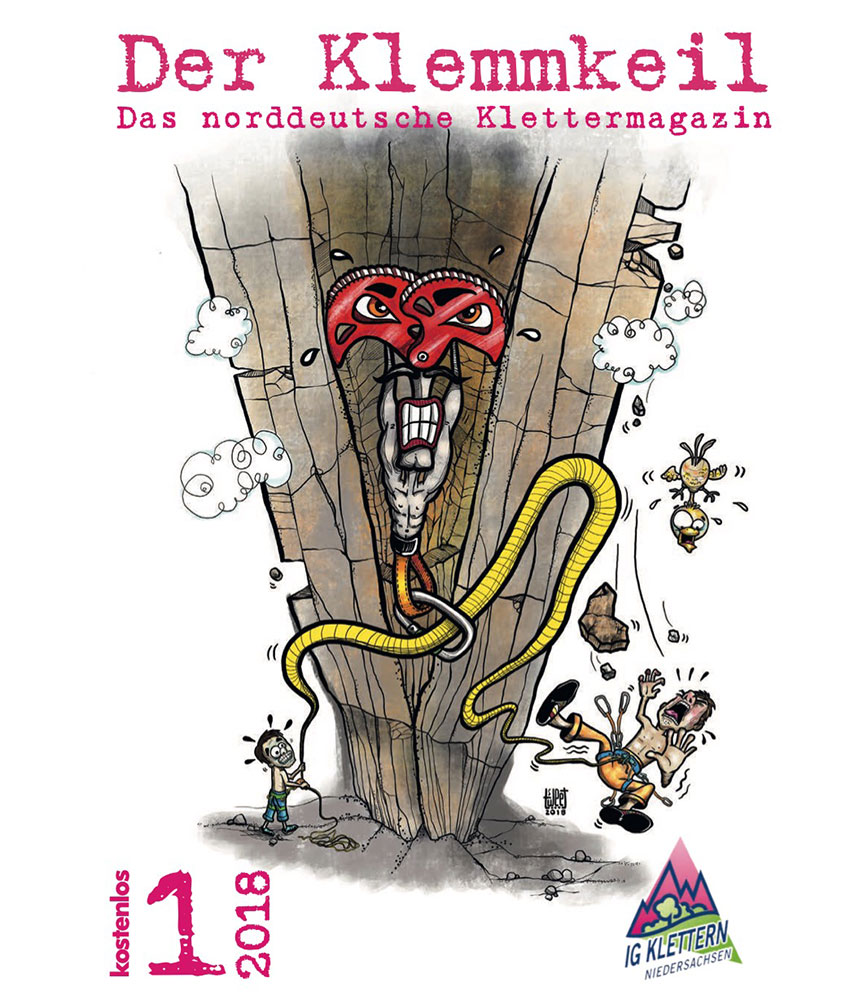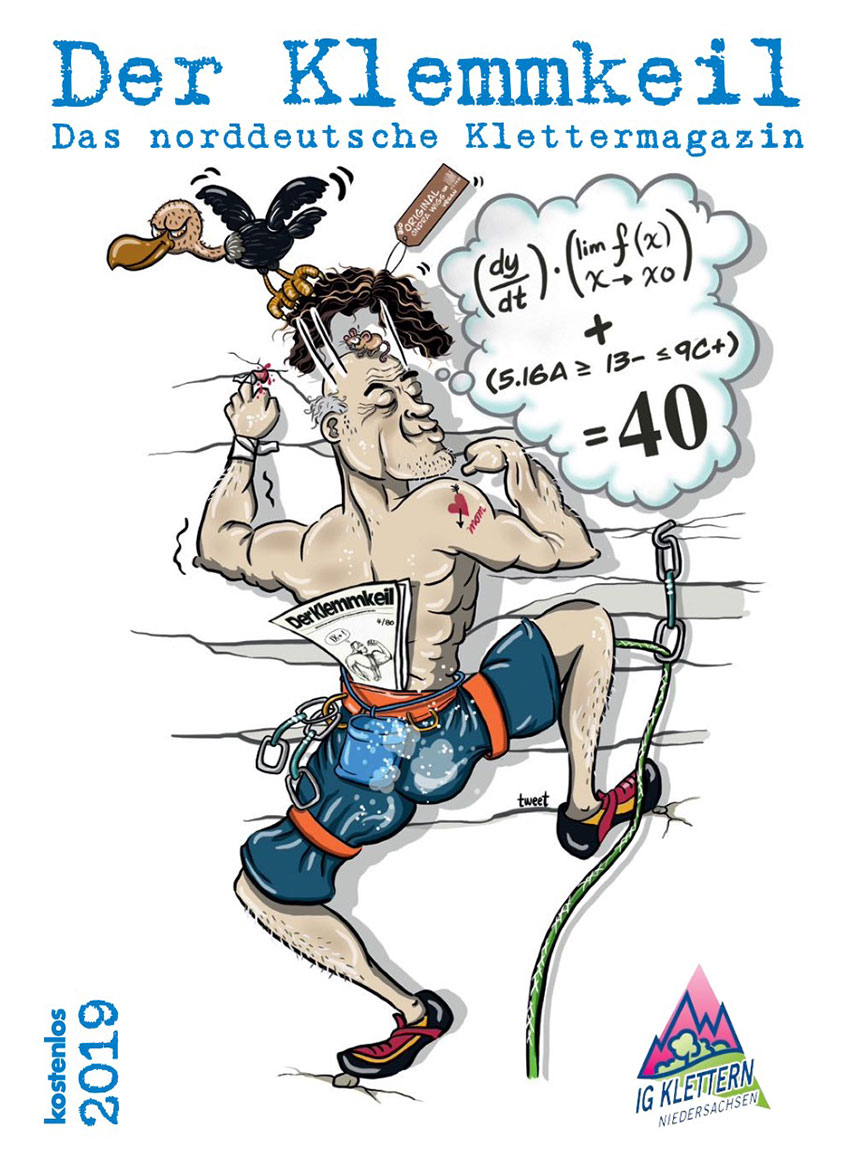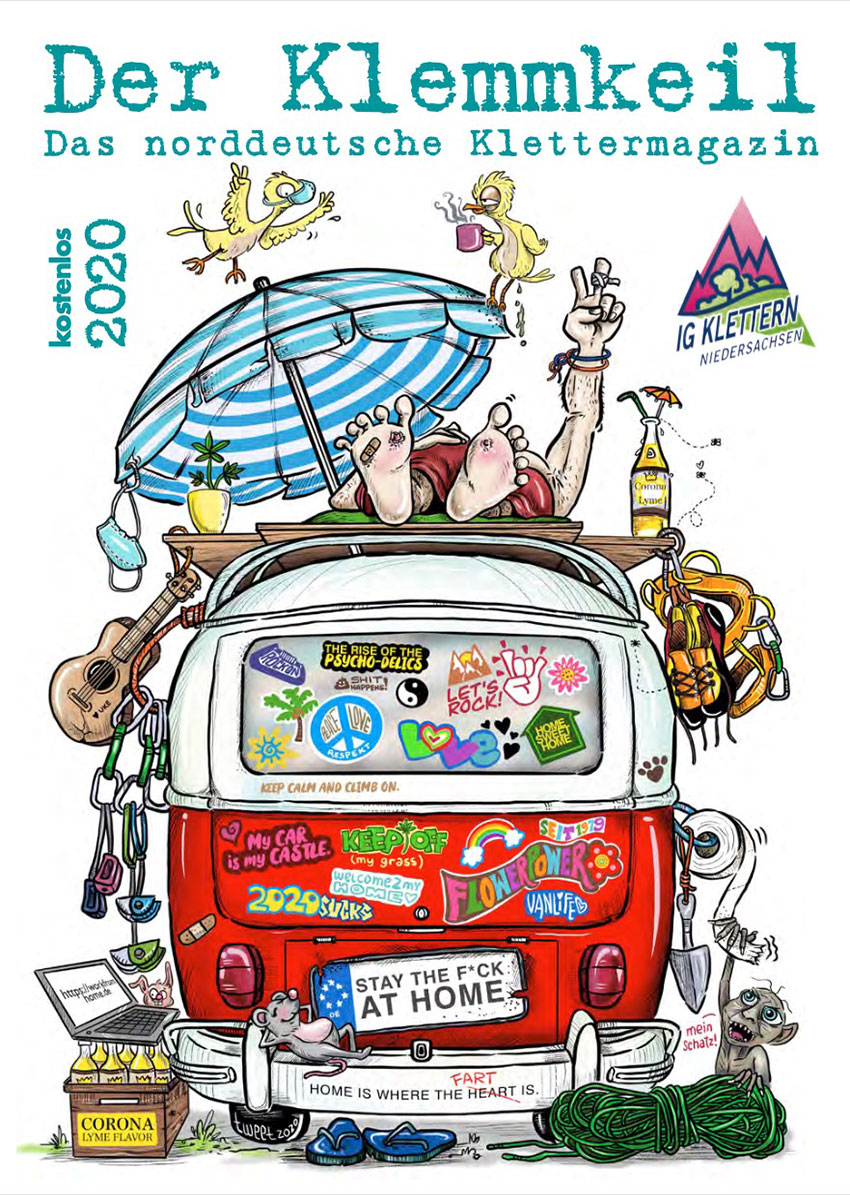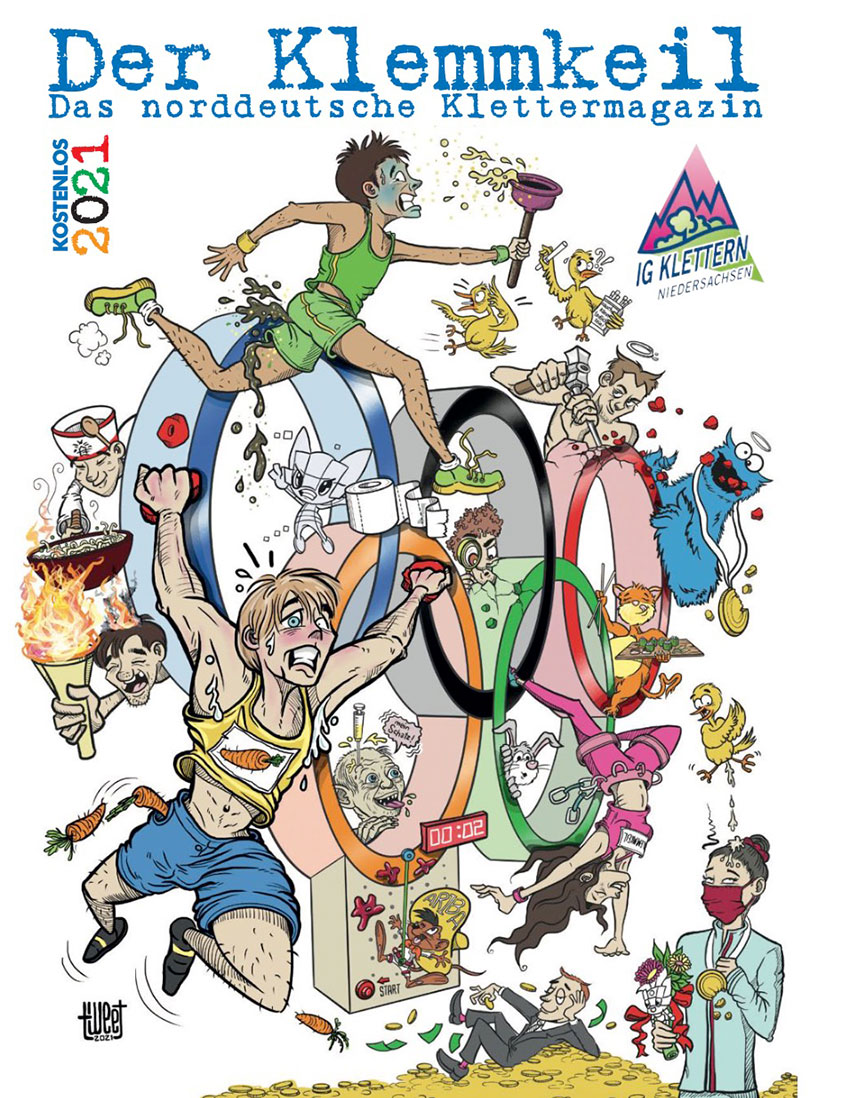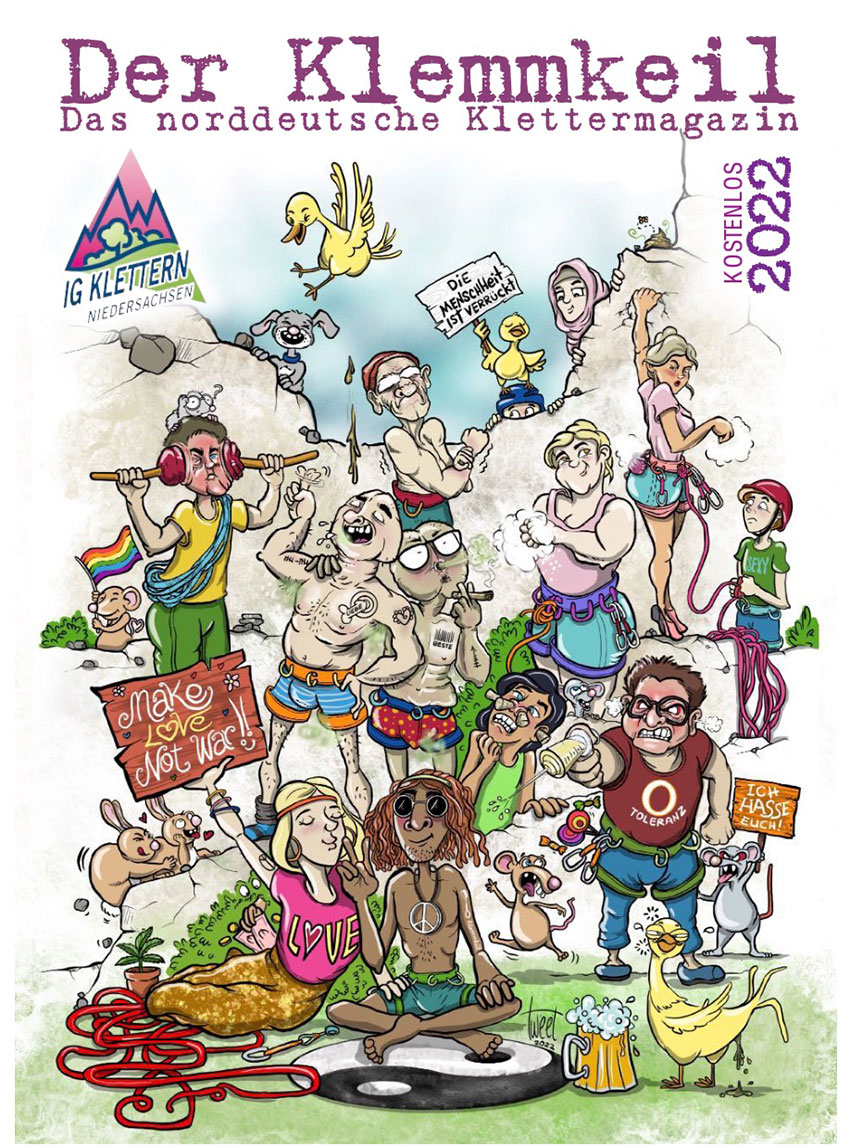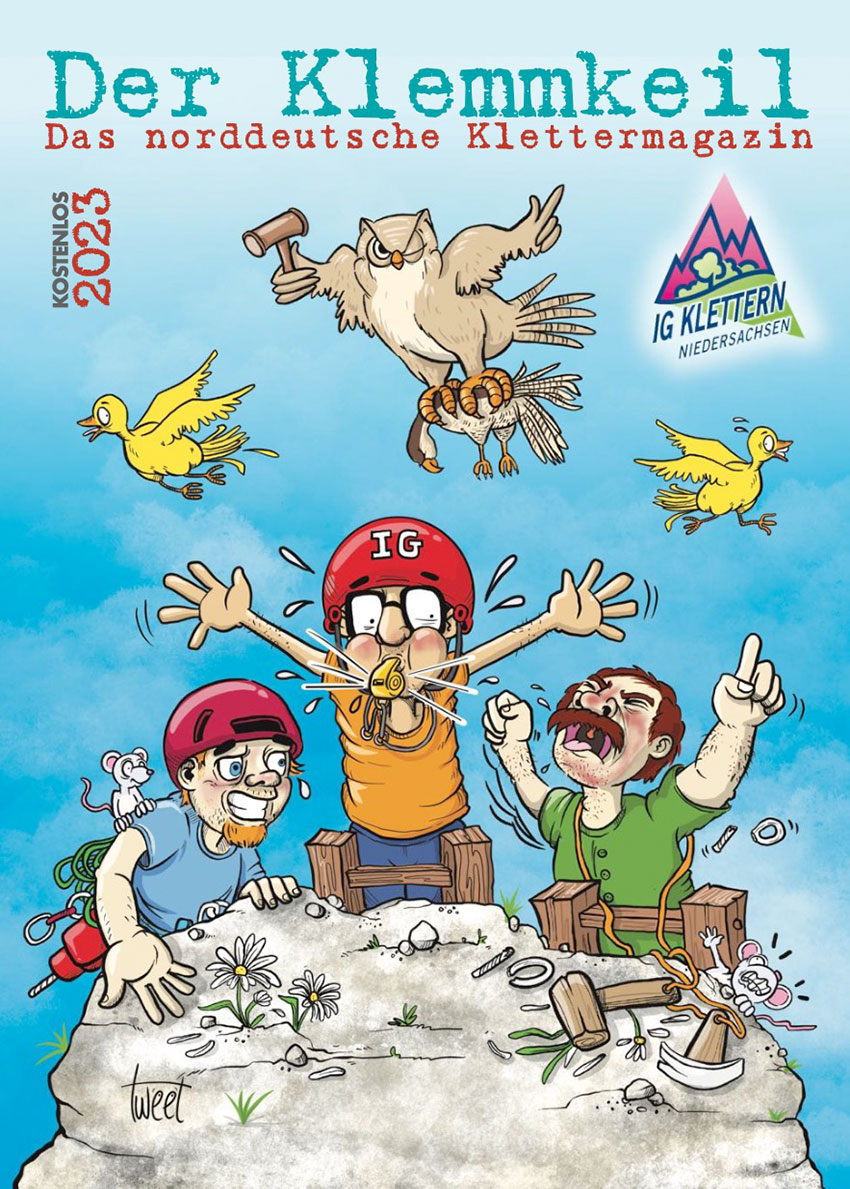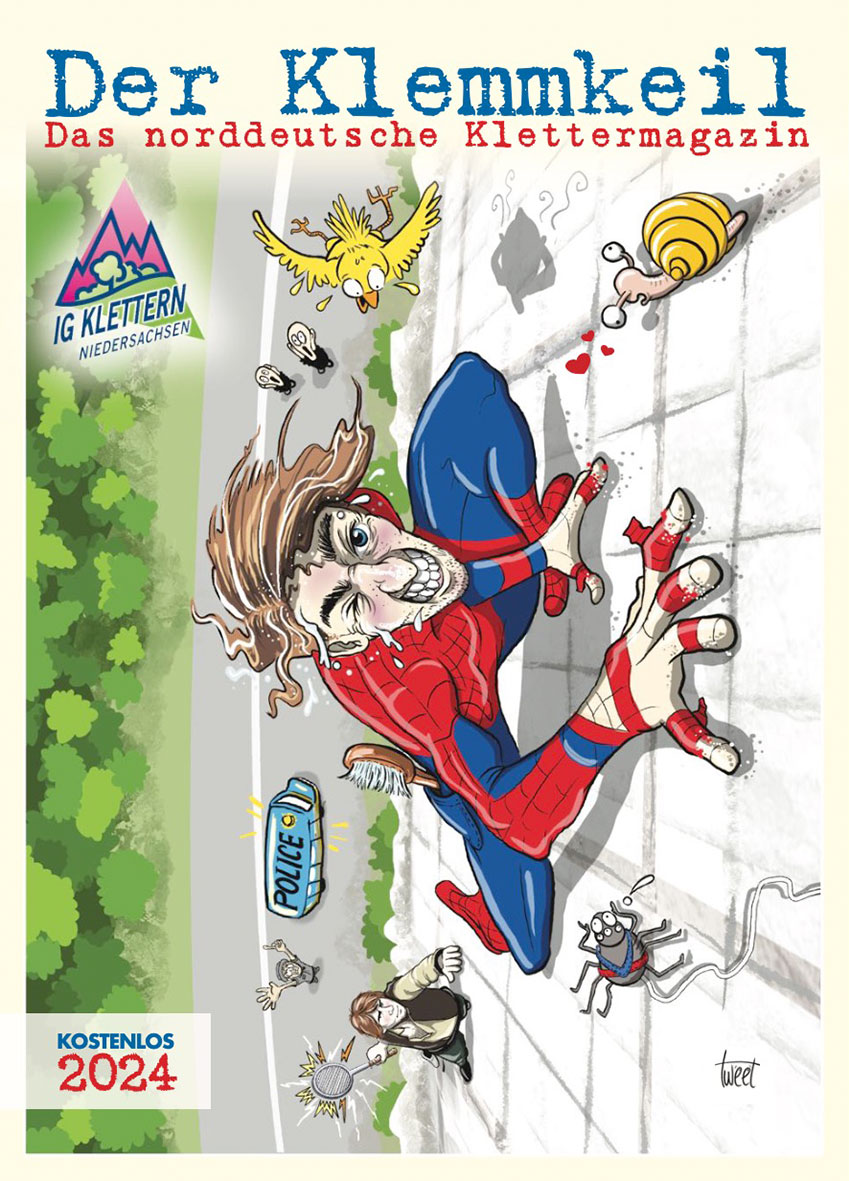Jürgen: Welcome to the “Frankenjura-Dude-Rockshow”. I would like to welcome a real boy from Hamburg, who found his way to climbing after a canceled diving vacation. We learn why he found school sports to be fairly mediocre, but why climbing in the Weserbergland ignited a fire in him. He was also fascinated by climbing on bridges, which did not go down well with the local police. I am curious to know why a project on the experimental image of man ended with a jump from a bridge and how he discovered his love of photography. He became the strongest climber in Hamburg. Of course, alpine experiences were also needed. The Eiger and the Matterhorn were some of his alpine destinations. The north faces were not safe from him either. Further afield climbing areas in Germany and Europe had to be discovered. Portugal, Frankenjura, Pfalz, all the important areas in France and also Norway. I am curious to find out why Norwegian cowgirls are sometimes melancholy and how this is related to a fantastic first ascent. Slide shows, the ancient predecessors of PowerPoint presentations, gave him the financial opportunity to also gather impressive experiences on the other side of the pond in the United States. He provided readable articles in the legendary “Rotpunkt” magazine, including about his home area with great pictures. But why just one article? Let’s do a whole issue. No sooner said than done. So he got involved in the IG “Klettern Niedersachsen” and, together with the editorial team, turned a loose collection of pages into the ultimate, and only, North German climbing magazine “Der Klemmkeil” as editor. Our picturesque landscape and, of course, the rocks and routes have long since taken a shine to him. And so we find out how the Frankenjura took him hostage. And even his mother asked him, “when will you finally give up”? We welcome an alert, interested mind that consistently pursues its goals in all areas of life. He doesn’t just talk, he follows through on his plans against all odds. He is a motivational wonder, very reflective, passionate, articulate and full of energy like the Duracell bunny. A warm welcome to Mathias Weck. Mathias, greetings.
Mathias: Greetings, Jürgen. Thank you for the invitation.
Jürgen: I’m glad you’re here. That was a brief intro to your climbing career. But where did you actually grow up?
Mathias: I’m from Hamburg. And at this point, thank you very much for your great and inspiring podcasts. I always listen to them on long car rides. I have to say, I’ve listened to them all by now. I’ve taken something from each of them for myself.
Jürgen: Really?
Mathias: Whether it’s Norbert Sandner, who reported on the aging Kurt Albert, who found it uncomfortable to even climb rocks where others were watching him. We all age at some point. My performance curve is also going down steeply. And sometimes you feel ashamed that you might not be able to do one route or another as well as you used to. Or Sebastian Deppe with his really extreme physical limitation, with the jamming even in normal holds and stuff like that. I think you can take something away from every podcast. Thank you very much for that.
Jürgen: That’s great. Thank you, Mathias. How did you get into climbing? How did you grow up there? I mentioned Hamburg before.
Mathias: Exactly. Actually, my parents wanted to go to Sweden on vacation. I had bought diving fins and diving goggles. I wanted to go diving in the lakes there as a 12- or 13-year-old. We’ll come back to that later. Diving caught up with me much later in life. But at that point, it was all canceled. We were told just before we were going to go to the mountains and not to the Swedish lakes.
Jürgen: You actually wanted to go diving?
Mathias: I actually wanted to go diving. Then I said I didn’t feel like going to the mountains. I’d stay at home if necessary. Fortunately, I went with them after all. They went hiking. Somehow I was tempted to fill out stamp books. And to go from hut to hut. Then there was a hiking pin afterwards. I liked that so much that I thought maybe I would continue doing it. Maybe you can collect stamps in the North German lowlands too. Then I ended up with the Alpine Club. I wanted to subscribe to a mountain magazine. The Alpine Club had a section magazine and a magazine from Munich. I think it cost 13 German Marks at the time. That was really cheap. They also had a youth group, which I assumed meant that they all went hiking. Nobody went hiking, they all climbed. Since then, I have been collecting climbing grades rather than stamps.
Jürgen: So it was, so to speak, the way through the DAV, that was actually the gateway to climbing.
Mathias: Yes, exactly. There’s a pretty funny story about that. The first climbing weekend, where I was finally allowed to go out, it was quite an adventure getting there. So we made our own climbing harnesses, a chest harness out of old rope scraps, and sewed it, so to speak. Well, that was all…
Jürgen: You built it yourselves?
Mathias: Yes, exactly. Well, it was knotted, but also sewn. It was exciting, it was a great time with the youth group.
Jürgen: Let me ask you a quick question, I still remember when it was. Was that in the 80s?
Mathias: Yes, that was in the fall of 1980. So that makes it… Yes, it will be 45 years since the first climbing trip in the fall of 2025. And… yes. It rained all weekend. And at the Ith hut, which has an attic, we just slept on sleeping mats back then. But it was the weekend, because it rained so hard, it rained so terribly hard, the whole weekend was not spent climbing, but a so-called Ith Crystal Night took place.
Jürgen: Let me ask you briefly, so it is actually the case that it is not just a story that it rained so much?
Mathias: Yes, unfortunately yes.
Jürgen: Okay. Okay, a Crystal Night, what is that?
Mathias: So, there’s a lot of drinking. At the age of 13, I didn’t have anything to do with that. And then the empty beer bottles are thrown down through the hatch in the floor of the Ith hut’s attic. And then there’s a big clink and a pile of broken glass down there.
Jürgen: Okay, it’s like a wedding eve.
Mathias: Right, exactly. If you have to go to the bathroom at night, you should be careful not to step on the shards. But on Sunday afternoon in the pouring rain, Anke Ruth, thank you, thank you, Anke, if you should see this podcast, you initiated my climbing career back then, and you let me climb the Damenweg, 2-, in the pouring rain. Back then, with thick mountain boots. We even rappelled from the top. And yes, that somehow… triggered everything for me immediately. And I was hooked. And at Easter 1981, it really took off. That was the first real trip with the DAV youth group. And yes, that… gave me a lot of pleasure. And yes, slowly but surely, I made my way up the climbing grade scale.
Jürgen: Okay. I said earlier in the intro that school sports were so-so. Were you just really into sports in school? And that’s why climbing came about as a logical sporting development, so to speak?
Mathias: Not at all. I was always the last to be chosen in sports. So really tragic for a boy. And you still get Mathias. Oh no, does that have to be?
Jürgen: Can’t you have him?
Mathias: Yes, exactly.
Jürgen: Okay.
Mathias: And I suffered terribly from that. So there were also three or four classmates who often beat me up in the schoolyard. And so those were really not pleasant memories. And then climbing suddenly flipped a switch.
Jürgen: It’s also about self-confidence in what you can actually achieve.
Mathias: Yes, exactly. And it wasn’t that I was competing with others, but rather that I was competing with myself. And it’s the same for anyone who manages a route somewhere. I do the same when I take friends out who have never climbed before to go and climb with me. They ask if they can do it. And I say, yes, you’ll feel a sense of achievement right away, whether it’s a two, three, four or five-grade route. If you manage to get up there, you’ll feel joy. And that’s how it was for me, too. And yes, if you climb a lot, then at some point the strength comes all by itself. And then at some point in school sports, they said we had to do pull-ups again. And I think the best in the class could do seven pull-ups. And then I did 15 pull-ups.
Jürgen: Oh, but then you’re on top of the world.
Mathias: Yes, exactly. But it was actually impossible that the weakling Mathias could somehow do 15 pull-ups. So there was a discussion about whether I did them too quickly.
Jürgen: Oh.
Mathias: Yes, I think, in contrast to my classmates, we will have our 40th anniversary this year, I think, but at the last meeting it was already the case, that only few are still active in sports. So, climbing keeps you young. And as we just saw in the last interview with Irmgard Braun, who is still a great role model for me.
Jürgen: Awesome, great. At 72 years old, amazing.
Mathias: Yes, impressive too. I asked Irmgard recently, “Tell me, Irmgard, doesn’t everything hurt for you too?” I mean, I’m 58 now and it hurts all over somehow. And she says, “No, nothing hurts for me.”
Jürgen: Okay. – That gives you hope now, right?
Mathias: Yes.
Jürgen: She also said a nice sentence. “Stay or become flexible.” So, really the invitation, so to speak, to incorporate this flexibility into your training as well, of course. Yes, and then it was practically, well, Anke took you. You just told us about the climb „Damenweg“ (Ladies’ Way) with shining eyes, which is nice, because it’s just away from “climbing only starts at the seventh grade or the eighth” or whatever it’s supposed to be.
Mathias: Yes, exactly.
Jürgen: But while you were climbing, you were also in the Donautal.
Mathias: Yes.
Jürgen: Yes, and I think something relatively unpleasant happened there. An accident.
Mathias: Yes, exactly. Well, maybe I should add that I went to a Waldorf school. That meant that there was always school on Saturdays. But my parents somehow always supported my climbing from the very beginning. That said, they even picked me up at school on Saturday afternoons and then dropped me off at a the highway rest area so that I could hitchhike to the Weserbergland as quickly as possible on Saturday afternoons.
Jürgen: Then you were picked up at the rest area and on you went.
Mathias: At the beginning, they were skeptical about me hitchhiking, but then they accepted it. And so, hitchhiking was just part of the program. For those who don’t know it, hitchhiking is when you stick your thumb out and then a car stops.
Jürgen: This is actually something that needs more explaining. You say it was more natural back then, but how do I get there? And then, sticking your finger out and hitchhiking was the solution, it has decreased quite a bit. You were always relatively quick…
Mathias: Yes, that always worked. Saturday afternoon I was on the Ith. And it was the same in the Donautal. And since I didn’t have a climbing buddy at the time, I recruited two girls and a guy from school. And then we hitchhiked to the Donautal and set up camp in… I don’t remember the name of the hut anymore. Well, it was right below the rock there. And yes, in the afternoon we did the first route there, kind of a fourth-grade climb. Wolfgang, the guy, had a leather floppy hat on. And it was blown off the rock. And I thought, okay, maybe it’s either down in the forest or maybe somehow on the ledge. And then I climbed ten meters up. Grassy, brittle, mossy terrain. The hat was not on the ledge. At that moment, my friends were already shouting that they had found the hat. I probably slipped somehow while climbing down, or something broke. In any case, I fell ten meters to the ground. And it wasn’t like the inner movie was playing in my mind’s eye. But it was definitely pretty life-threatening. I was lying there in the forest gasping for air. It was „only“ a pneumothorax, that is, the negative pressure from the lung collapses. And so you can’t breathe anymore.
Jürgen: And that’s pretty dramatic.
Mathias: Exactly. The doctor who came and felt the pulse said everything was fine. Luckily, the friends insisted and called the ambulance after all. And after one night in the emergency room, they decided that everything was fine, transferred me to a normal room, only to realize the next day that I would have to undergo surgery. So then I was somehow hooked up to this machine for ten days, which then artificially restored the vacuum of the lung chamber, so that it could heal. A funny anecdote on the side. When the tube was to be removed, I asked the doctor, “Doesn’t that hurt?” “No, you just have to cough a little, then I’ll take out the tube, it won’t hurt at all.” He pulled and I screamed like a banshee, and he said, “Oh, it’s still sewn on.”
Jürgen: Oh God. (laughs)
Mathias: But nevertheless, well, I was already reading climbing magazines in the hospital again. And I am extremely grateful to my parents for that, too. Because they visited me in the hospital. It’s hard for parents to get a call that their son is in intensive care.
Jürgen: Because, after all, climbing was still considered dangerous.
Mathias: Right, exactly. And, yes, well, they kept bringing me climbing magazines to the hospital and said, yes, we know this was bad for us, but we know that climbing means everything for you and you will continue to do it. So, here, just read it.
Jürgen: Your parents already sensed that? – Yes. Okay.
Mathias: Yes, they have always been supportive to me. And left me a lot of freedom. This started already in school. At the Waldorf School, I had opted out of the second foreign language and didn’t want to do my A-levels. I was a mediocre student. And then suddenly, in the twelfth grade, there was a real rocket ignition and in the final certificate, I somehow had a perfect average. And I said I wanted to do my A-levels after all. Then my parents said, okay, we’ll give you the opportunity to do that, too. Before that, they had also said, we’ll let you do what you want, you don’t have to graduate. Then I went to the business high school and graduated.
Jürgen: It’s a plea for it and a trust from the parents, isn’t it? That you just really say, let it be, because he’ll find it on his own. In this case, it worked out great.
Mathias: Yes, well, I can advise any parent who somehow think they have to be a helicopter mom or dad. Guys, let the kids, give them free rein. They’ll develop. The more freedom you give them, sure, they’ll fall on their faces, something will happen to them. But in the long run, it’s certainly the better way for the children to be independent.
Jürgen: You said they also learn something from it. Now back then you were looking for the hat, so to speak, from Wolfgang. What did you learn from it? What do you change so that something like that doesn’t happen anymore?
Mathias: Well, solo climbing has never really been mine. Sure, I actually tried it somewhere too. It was also a thing of the time.
Jürgen: Yes, it was totally en vogue in the 80s. Everyone had to try it at least once, or something like that.
Mathias: And it was just the highest and purest, the highest and purest form of climbing. But it never really became mine. Maybe it also has to do with the early days.
Jürgen: I think you were also… You also tried other things. There were bridges like that back then, for example. The Kine-Swing, for example. Or the Calpe swing.
Mathias: Exactly. That was something that was also a bit the spirit of the time, at least a bit of a trend. That you attached a rope to a bridge, so to speak.
Jürgen: And, yes, explain, what was done there?
Mathias: Exactly. The famous Kine-swing is two highway bridges. Or two road bridges, which… I think they are near Geneva down below, so in the direction of the south of France, 50 meters apart. They stretched a rope between the bridges, tied it on one side, jumped and then had a giant swing of almost 100 meters. And there was something like that in Spain, too. So I thought, maybe we could do that too. Then we threw a backpack and it went damn close to the bridge pier or the rock face. And I called it off and didn’t do it. I also liked reading accident reports and learning from other people’s mistakes. I think that’s the nice thing about having a long climbing life: you can look back on all the crazy adventures. You can be happy that you’re still alive at all. But you’re only alive if you know when to call it off at the right time. And yes, I think I was very lucky back then. That’s also the nice thing about the podcast here. Of course, you research beforehand what you have already experienced. And to be able to look back on this long climbing life and to dig up these memories again, that’s something beautiful. And it’s a shame if you can’t do that because then maybe you died very young.
Jürgen: In that case, you decided that the swing was not that important. That means you threw the backpack down as a test and said, no, it’s just too risky. Did the Donautal play a role in this? Do you think that something has changed in terms of safety?
Mathias: I think that with the Donautal, it was still too early in life. It was quickly forgotten, I never really was fearful in climbing. I think fear was never really a part of climbing for me.
Jürgen: Okay. – Mhm. Okay. There was also something after your school days, which you just mentioned. Namely, the community / alternative service. You did that too. I think we have to explain in 2025 what community service is. But I’ll give you a keyword. A tour called “Dämmerung” or “Crepuscale”. What role does that play? “Dämmerung” or “Crepuscale”. What does that have to do with your community service?
Mathias: Yes. (laughs) Well, community service was kind of a part in the family, because my father, in, well, quite early years, so, early years, so… in the 60s, I was born in 1967, already refused to perform military service. And that was after he had actually already done his military service. That made a big impression on me, because I think he would have had to wait another two weeks before he was done with it. But he said no, he wanted to make a statement. And that was an absolute no-go at the time. It also blew up in his professional face a bit. He wanted to…
Jürgen: Really?
Mathias: Yes, to become a flight engineer for Lufthansa. And then they said, what will you do if we have to call you up in case of war? Unfortunately, we can’t take you then.
Jürgen: Really? – Yes. Okay, that really had an impact on his career.
Mathias: Exactly, yes. And I think it was good for us children because he was always around and not gone for work trips. And, yes, but it definitely made an impression on me somehow. And of course I was able to refer to it then, well, because my father refused. But in my time, you also had to write a long essay explaining why you didn’t want to do military service. I did community service instead and never regretted it. It was a really very enriching time. I worked in the mobile social assistance service, taking care of older and disabled people. I often did things that went above and beyond what I was required to do. I had an older lady who was mentally still completely alert, but almost blind. I went swimming with her.
Jürgen: Oh, nice.
Mathias: That was actually part of the program, it was official. What wasn’t part of the program was going to a concert with her in the evening. But she said, “Look, next week, you’re welcome to take a day off, you were at the concert with me.” I took advantage of that, during that time I had a girlfriend in Paris and then I went to Fontainebleau for a long weekend to boulder every now and then.
Jürgen: Perfect.
Mathias: So, give and take, I understood that relatively quickly, that you have to give something before you can take.
Jürgen: And maybe not always immediately calculate what is sometimes in time, because you also said, come on, then I’ll go to the theater in the evening, even though that wasn’t your job. I think you also enjoyed that, that’s how I know you now, right?
Mathias: I definitely enjoyed it. Because every time you give something, you also get something back. Even if it’s just the joy of the other person. And, yes, that’s definitely how I ended up doing community service. It was organized by the church. And then a leisure activity was planned for the elderly in the Odenwald, for three weeks. I was allowed to go along as a driver, with a minibus, to chauffeur the guests around. And of course everyone knew that I climb. And, yes, then of course I tried to combine business with pleasure. And the older ladies in particular let me go climbing somewhere in the afternoon. I then went off with a rope and jumar and ended up at the „Stiefelhütte“, which is a quarry. And, yes, there was a route that was, well, in my prey pattern, 8+/9-, the „Crepuscale“. And, I was able to climb it relatively quickly with the jumar. But of course I wanted to lead it. There was just no one around.
Jürgen: But who is belaying?
Mathias: Yes, who is belaying? And I thought, well, somehow I have to see if it could be interesting for the older folks to see what climbing is like. So we carted them all to the quarry. I know there were 20 or 30 people there. So we all went there, it’s a flat driveway, and in front of it is a beautiful green meadow with benches.
Jürgen: Ah, so they could sit then?
Mathias: Yes, they could sit.
Jürgen: With benches even?
Mathias: With benches even.
Jürgen: That’s perfect.
Mathias: Well, really perfect. First of all, I climbed a 6+ edge there. And the pastor, well, with God’s blessing, I climbed there, belayed me. Well, there are still photos of that, yes. And then I asked the pastor if he would belay me briefly on a slightly more difficult route, and so I was able to get the red point of the „Crepuscale“ route after all.
Jürgen: Perfect. Did everything go well?
Mathias: Everything went well. Yes. Well, there are also fall pictures. So, I jumped into the rope for them to show that it’s not dangerous. And, yes, I think we all had a great day.
Jürgen: I also think that’s an experience, right? Yes, great. Well, that’s really great that you combined it in that way, so to speak, in this case, that, yes, what is a bit of a duty, yes, the service, but then make it so pleasant and take the other people with you and that again. Great. I’ll give you another keyword. You mentioned hiking earlier, hut-to-hut hikes were your introduction. What comes to mind when you hear the keyword ‘ice climbing’ and think of the Stubai Valley? I think you’ve also tried that.
Mathias: Yes, ice climbing, my parents weren’t allowed to know about that.
Jürgen: Oh, okay.
Mathias: Yes. And that’s why, well, shh, no. (Laughing) Well, I had planned a hut-to-hut tour with my buddy Ingo through the Stubai Valley. And that was the very first longer undertaking outside of these weekend excursions that our parents approved. That must have been around the age of, well, 14, 15 or so. So, really quite young.
Jürgen: Did you hitchhike back too?
Mathias: I think we took the train that time. So, that was a longer planned tour then. And then the parents said, well, you are welcome to go hut-to-hut trekking. Yes, they knew that themselves, they took us there themselves. But no climbing or ice tours.
Jürgen: Well, okay. (laughter)
Mathias: First we did the „Habicht“. That’s a bit of climbing. And then, then the „Zuckerhüttel“, that’s pretty icy already. And, yes, then we actually had all the ice tools with us. So, not just the long hiking axe, but also somehow the Lowe Hummingbird ice hammer.
Jürgen: You hid that cleverly, so that it wouldn’t be noticed when packing.
Mathias: Somehow we managed to smuggle it in, exactly. And, yes, then I also have to mention that this is actually the first time that something bad could have happened, that was even before the Donautal accident, I mean. That could have ended my career. We then ended up doing something like an ice couloir. And we didn’t take a helmet with us for a hut-to-hut hike. And, yes, somehow there was a rockfall. And I didn’t even really noticed it, I had both ice axes up, my legs kind of spread out, and I just heard this “pfiu-pfiu-pfiu” like from a rockfall. And then a rock whizzed between my arms and between my legs, and nothing happened. But it could have just made a small hop. Without a helmet.
Jürgen: Jump ten centimeters further away.
Mathias: Exactly, that could have been the end already.
Jürgen: So there was the pastor and the assistant there again.
Mathias: Yes, exactly, yes. Then I came home, full of wonderful experiences. And I wanted to tell my parents a lot about it. Of course not everything. And I was met with pretty angry face. So I thought, oh, what’s going on now? What happened, I had made slide films. So, these are the ones that you project to a screen with a slide projector.
Jürgen: Yes.
Mathias: And I sent them from on the way, to have them developed already. So when I get home, I’ll probably have the pictures ready by then.
Jürgen: And your parents picked them up?
Mathias: My parents had already looked through them, at what here boy does. And so they knew exactly what I had been up to.
Jürgen: But was it because you said that your parents had given you a lot of support and knew that this was your great passion, was it a change?
Mathias: No. Well, it wasn’t always the case that they… Well, there was a small incident in later times when my father didn’t just talk to me for two days or so, but it was more like two weeks. My parents were on vacation then. And my father liked to play with me with the train set, the model train set. And then there was a train set that could somehow be pulled up under the ceiling in my room. No train ever ran on this train set. And that was a bit frustrating for me. But the deal was, the set stays up there until I move out. My dad bought it already from me, to support me with money for my climbing equipment.
Jürgen: Okay.
Mathias: But then I got it into my head that I needed my own little training wall. Just an overhang, you know. And well, the parents were on vacation, so in no time at all the railroad plate was taken down and hung in the garage, and when they came back…
Jürgen: But you hung it there obediently.
Mathias: I hung it up there, yes. And I welded steel girders together myself. And that was also…
Jürgen: As a substructure?
Mathias: Yes, exactly. That was certainly a great technical achievement. I think the parents were proud of that too. But my father didn’t like the fact that the railway plate was dismantled. But he forgave me for that too. I have very tolerant parents.
Jürgen: But you actually built your own climbing wall, too. That’s crazy
Mathias: Yes.
Jürgen: There wasn’t a blueprint that you had that you could use, but it was simply your own idea of how to do it?
Mathias: Yes, well, at that time, I think it was just starting with the commercial climbing walls. In Hamburg, I think it took another ten years before anything was established. And it even went that far, that at the age of 24, my parents asked if I might not want to move out soon. And I said, why? We get along well. I didn’t see any point of moving out. I had just expanded the climbing wall even further. And yes, I then started an apprenticeship as a photographer. And then my parents said, yes, we would support you to such an extent that you could continue to drive your own car, which you had bought during your civilian service, so that you could get to the rocks. And I persuaded the uncle, in whose apartment I moved in, to give me another half room where the climbing wall could also be moved. That was a very important factor at the time. Yes. (Laughter)
Jürgen: Very nice. So that was ice climbing. Yes. And you also, because you just mentioned training and the climbing wall, you also trained on bridges?
Mathias: Yes. Well, that’s where it started. Mhm. – Sorry, you wanted to…
Jürgen: No, that was it. – Okay. (Laughter)
Mathias: That’s where it started, on bridges. So, even before my first own climbing wall… Well, Hamburg was always at least two and a half hours of driving away from the first rocks. And hitchhiking didn’t always work out so well that you could get through it so quickly. And yes, and then… The passion was just so intense, I could have gone climbing every day. And yes, then we just looked for railroad bridges, well, the bridge piers that were build out of natural rocks. And, of course not necessarily with the blessing of the railroad police. We actually just smashed pitons into the joints and then celebrated the whole thing as a first ascent and wrote the route name on to the base. And what happened later on was that when we got caught, we were charged for trespassing on the railway embankment. And that cost five Deutschmarks each. We didn’t like that. Five Deutschmarks was still a lot of money for us. So we said that there was only one of us who went up there to fix the top rope.
Jürgen: You negotiated right away.
Mathias: We negotiated right away. They let us get away with it. One of us paid five Deutschmarks.
Jürgen: So 2.50 for each of you
Mathias: Yes, that was kind of cute, yes.
Jürgen: Did they come more often after that and sort of monitor your climbing? Or was that a one-time thing?
Mathias: Well, we only got caught that one time, but, yeah.
Jürgen: Okay, you also had, or I said that in the intro, there was a, I think it was a project from school, an „experimental human picture“. And a bridge also played a role.
Mathias: Exactly, that’s a very funny story. At that time I was already in the photographer apprenticeship. And we got the task from the vocational school, from the art teacher, to photograph an experimental human picture.
Jürgen: Whatever I can imagine under it.
Mathias: Yes, that was the creative factor. And I photographed my girlfriend from Paris at the time. There was a fair in town, a carnival. There was a hall of mirrors, and I photographed her in it. So in black and white, they were artistically interesting shots. Then I did some nude shots of her, on the roof of the building, above the rooftops of Hamburg. I thought it was relatively experimental. The day before I was supposed to hand it in, my girlfriend had left for Paris. And as I realized afterwards, she didn’t really agree with the shots and stole the negatives from me.
Jürgen: Oh, ok.
Mathias: That means that was then…
Jürgen: You had nothing to hand in.
Mathias: I had nothing to hand in, it was extremely urgent. And Carsten Wottke, my climbing buddy at the time, was always good for extremely creative ideas, where you had to cut a few corners because otherwise the idea might have been fatal. (Laughter)
Jürgen: So, again, a backup with install, yes?
Mathias: Exactly, yes. And then he says, „just jump off the balcony and photograph yourself doing it“. Balcony, second floor.
Jürgen: I’ll deliver it for you.
Mathias: Exactly. And then I told him, well, actually a good idea. We just have to modify it a bit. Do you have time this afternoon? We’ll meet at the bridge. I stood on the railing, tied on a rope, like the Kine-swing you mentioned earlier, just a bit modified.
Jürgen: Ah, yes.
Mathias: And like a bungee cord, so someone is standing at the bottom, and then you get pulled up, and the impact force is absorbed relatively softly. I held a camera in front of my face and then took one or two pictures in flight with my hair standing on end.
Jürgen: You took a selfie with a camera like that?
Mathias: Yes, exactly.
Jürgen: Okay.
Mathias: And the art teacher liked blurry pictures, and that’s exactly what he got. And so I got an A for a picture that I didn’t really like that much. I had planned something different.
Jürgen: But tell me, the thing was valuable, right, your camera? You can’t drop that?
Mathias: No, you have to hold on to it.
Jürgen: Do you have it secured to a strap again?
Mathias: Maybe with a sling or something, but I don’t remember. It was clear that I wouldn’t let go of it. (laughs)
Jürgen: Crazy, crazy. Okay, so that was in Jesteburg, with that bridge. If someone ever comes to Jesteburg and sees that bridge, think off that there where some experimental human pictures been taken. Very nice.
Mathias: Yes, there were maybe some funny situations. In Hamburg, a lot of media stuff happened. We were shooting at the highway bridge in Stillhorn for a TV show. And then the police came. And the cameraman, with great presence of mind, held his camera up and filmed the police officers. And that was so typically German. “What are you doing here? Who is in charge? Do you have a permit?” (laughter) It’s all on video. And that was pretty funny.
Jürgen: I’m sure. Okay, so then you decided to go out into the big, wide world and not just stick to the bridges. And I’ll pick on one because there was, and still is, the Alpin magazine. Back then, there was also Andreas Kubin. And something was presented there, a legendary route for me: “Lunabong in the Verdon Gorge”.
Mathias: Yes.
Jürgen: What about your ascent? And why did you go there on a tip from Alpin magazine and Andreas?
Mathias: Yes, that was… slab climbing was actually always what I was best at. Not so powerful but technically, I always had a good technique. That’s where I was always able to push my limit a little further. And yes, in magazine „Alpin“ there was a beautiful picture of this route „Lunabong“ in it. Slab climbing photographed from above. As we found out afterwards, that’s the only two meters of slab climbing. The rest is hand crack climbing, most of it is, I think…
Jürgen: Then something else is required.
Mathias: Right, exactly. And we definitely couldn’t do that back then.
Jürgen: Now you also have to say that the Verdon Gorge is something special when you arrive from above and rappel down.
Mathias: Exactly.
Jürgen: That means you have to somehow get back up.
Mathias: Right. And that was exactly what became a trap for us. Well, we had to hitchhike down again. So, it took four days to get to the Verdon Gorge. One day through Germany was always easy. From highway rest areas to highway rest areas. In France it was really hardcore. There it was really difficult to hitchhike. We slept under highway bridges, in some ditches next to the road. It was quite an adventure to get there. But also experiences that stick with you. And…
Jürgen: But the only thing you had was practically really the report by Andreas Kubin. Because you said, we really have to go there.
Mathias: Right, exactly. And it said in there, great introductory climb. I lately had a nice chit-chat with Andreas Kubin on the phone, when he contacted me because of some climbing pictures I took in his home crag Pfalz that impressed him. I rubbed his nose in it, that we pretty much got stuck in his “introductory climb”. Because we rappelled down and saw that it wasn’t slab climbing at all. But we still rappelled all the way to the ledge where the route starts. We somehow fought our way up for two pitches, realized that this was not going to work at all, that it was way above our limits. We said, okay, we’ll rappel back down and then take a leisurely walk back through the canyon. When we got back to the ledge, there were even red markings. We thought, great, there’s a hiking trail, we’ll walk back nicely afterwards. We even did some bouldering on the ledge. Then we followed these red markings and after 20 meters we realized that it didn’t go any further, next stop. I rappelled down another 20 meters or so. It was overhanging, crumbly terrain, there was no way to get down. That means I had to climb up the 20 meters again, with prusik loops, I was completely exhausted. Then it was already getting dark and we said, well, let’s go. Let’s try to get up there again at dusk. After two pitches, we were back at the same place as before and had to bivouack on the small ledge. If you have been in Verdon in March, it is really freezing cold. Night frost and, yes, Carsten had shorts on as always.
Jürgen: Can vultures circle overhead, too?
Mathias: I don’t think anything circles at night.
Jürgen: No, certainly not at night.
Mathias: But you could have heard us quite well because of the clattering. Carsten with a long T-shirt and shorts and me with a short-sleeved T-shirt and long pants. And luckily we had a helmet back then and a rescue blanket in the helmet. And that made the night a bit more bearable for us. We really huddled together without really having anything to eat or drink with us. In the morning at sunrise, we then continued through the route and at the top of the last stand, the first rope teams came, who abseiled, and stepped on our fingers when we tried to get on to the belay, yes, that’s one big Tree root. And they said, why are you so stupid and climb so early? (laughs) Yes. Anyone who knows me knows that I am not an early bird.
Jürgen: But you didn’t say anything, I think you were just glad to get out again.
Mathias: Yes, we were very happy to be get out of the climb, yes…
Jürgen: Crazy. Well, I mean, I also found Verdon incredibly impressive, but of course it’s even more intense when you’re actually have to bivouac in the middle of the gorge. That’s pretty impressive. Respect. (laughs)
Mathias: These are the experiences that you remember in old age and can tell about. Of course, in retrospect, I wouldn’t want to have missed it.
Jürgen: I also love it when you say, if I see something, the article, we have to go there. I know that exactly the same from myself. Something like looking at Topo carefully doesn’t matter. I was also in the Verdon Gorge with a friend. It was my first time there, he had been there three times. I opened the car door, threw the rope down at the abseil point and went down. And he… “Which tour did you come in?” “It doesn’t matter, the main thing is climbing.” (Laughter) Yes. (Clears throat) Okay, that was Verdon. And that was a bit bigger than the bridge, so to speak. But you didn’t let yourself be stopped. You really got into the mountains and climbed three north faces there. And… let’s start with one… The Eiger, that’s an impressive wall, an impressive north face. How did you get the idea to climb this north face? What was your motivation?
Mathias: Yes, well… I already mentioned it at the beginning that I got into climbing through the Alpine Club. And as a teenager, I spent practically every free minute in the Alpine Club library. I read my way through the entire library. After school, I still went to the Alpine Club when the library was open. And yes, I read about… Hermann Buhl, “Eight-thousanders: A Climber’s World”, Heinrich Harrer, “The White Spider”, Eiger North Face. Of course I read all these heroic stories. And… Yes, that naturally awakens desires, let me put it that way. But at that age, I would never have dreamed that I would somehow make it there. But of course these images were somehow always there in my mind. And… I already said earlier that images have always influenced me a lot through photography as well. And… then Reinhard Karl is one example. Well, the two photo books that particularly impressed me the most were the one about Yosemite. And then his photo book… I can’t remember it right now…
Jürgen: “Hardly Time to Breathe”.
Mathias: Exactly, “Hardly Time to Breathe”. Exactly, thank you very much. And so these pictures, which simply went beyond that, beyond the documentary aspect of mountain photography, and brought something artistic to it. But of course there are also these stories. Well, what Reinhard Karl had also experienced. Well, climbing in the low mountain range. That’s where you build up experience for the bigger alpine walls first. And then there are just these really big walls. And then it was actually… Yes, as always, it was a bit of a coincidence. I had planned an alpine vacation with Carsten Wottke again. And we had really considered every area we wanted to go to, so starting with the „Wilder Kaiser“, we wrote us a list with a “top-of-the-list route”. If it goes well, we’ll do this one at the end.
Jürgen: What was the “top of the list” in the Wilder Kaiser back then?
Mathias: “Top of the List” in the Wilder Kaiser at the time was the Pumprisse.
Jürgen: Pumprisse, yes. Helmut Kiene, all right.
Mathias: And well, at a young age you’re sometimes a bit megalomaniac. And then at some point it occurred to us that we could just do the big stuff right from the start. And that was the case with the „Pumprisse“. We were also very lucky there. Well, we actually went through the… well, we were just in this so-called „Hundebahnhof“ (Offwith crack). For those who don’t know the climb, it’s the first seven in the Alps. It’s a crack climb. Mostly hand and fist jams. And a crack in the seventh grade at the time, that was just… well, really, that was an announcement. And then a thunderstorm caught us above the „Hundebahnhof“.
Jürgen: Now it has to be said that Hundebahnhof comes from the Saxon climbing area. Right, exactly. You can get a bit of a feel for it there.
Mathias: Right, yes, but in this case, we only had one friend size four with us, which then had to be pushed further and further up. Otherwise, only these big hexentrics, which didn’t really fit for that crack size. And that was actually quite scary with the protection. And then to really experience a sudden change in the weather. So, with thunder, rain and hail. Carsten again long-sleeved shirt and shorts. So, we skipped the last two pitches at the top, which are also 7-, we chickened out because everything was just wet, climbed out to the left through some kind of chimney. But okay, that was the first step in laying the foundation for tackling the bigger things right away. And then we went to the Bernina area next. And at the top of the list was the Piz Rosseg northeast face, some ice climbing, 50, 60 degrees steep. We did that right away, and it worked out well. And then, I don’t know if it was luck or bad luck, nothing really worked out in Chamonix because the weather got bad. So we drove over to Lake Garda. And then Carsten got homesick and went back to Hamburg to be with his girlfriend. And I met another buddy there, Klaus Dethfurth, who unfortunately has since died in an climbing accident. But he was also totally hooked on alpine climbing. And he also said, I’m just waiting for good weather here, then I want to go back to Chamonix. And then we went together, went back to Chamonix, and actually did a preparation climb. In this case, it was a traverse of Mont Blanc. If you come from Lake Garda, which is almost at sea level, then it’s quite tuff, we really got a good workout.
Jürgen: So in terms of acclimatization too?
Mathias: So up to the Aiguille Du Midi at 3900m by cable car, then down into the Vallée Blanche at 3700m, then up to Mont Blanc du Tacule at 4200m, then down to the col at 4000m, up to Mont Maudit at 4400m, down to the col at 4200m and finally up to the peak of Mont Blanc at 4800m. We were pretty exhausted when we arrived at the bivouac box and people told us we couldn’t bivouac there anymore because the box was full.
Jürgen: The box was full, yes.
Mathias: Then we said we just wanted to lie down for half an hour, then we would continue our descent. We woke up the next morning, we were so knackered. We couldn’t go on.
Jürgen: That’s a good trick, yes. I just want half an hour, then I’m off.
Mathias: But okay, we had acclimatized. Then we said, come on, let’s try something bigger. We were, let’s see, I think we went to the Dru, so anyway, we went up towards Petit Jorasses, we wanted to do the Petit Jorasses west face. The weather was great, there was another Austrian rope team there that had the same goal, so we got to talking nicely. And I thought, well, if that goes well, then we could also do the Walker. Or something like that, and then I thought, well, we might as well do it right away. So we didn’t do the Petit Jorasses and did the Walker straight away. And we got through it quite well. And yes, then it’s a bit like that, you have a north face, so there are just three big north faces, the Eiger north face, the Matterhorn north face and the Walker pillar. And then somehow the call is there, then the other two also call. And then I met Rollo Steffens at the Pierre d’Orthaz campground in Chamonix. And he had already done the Walker and was keen on the Eiger too. And then a few days later we went to the Eiger together, and first of all, I don’t want to say we got hit on the head, but we have a wall that is somehow three kilometers wide. And if you’ve never seen the wall before, you shouldn’t presume to want to get into it in the middle of the night at three or something. You just can’t find the start of the climb.
Jürgen: I was just going to say, in terms of orientation, yes. Preparation is everything.
Mathias: Preparation is everything. And then at some point in the morning, when the sun came up, we turned back, realized that we were almost a kilometer away from the start of the climb. But then came back in fall, much better prepared. And if anyone is interested, we did the Heckmaier route. It’s a climb that you definitely can’t do in summer anymore because there’s so much rockfall due to the melting permafrost. We did it at the end of September…
Jürgen: That’s when you really notice that climate change is having an effect.
Mathias: Yes, totally. Back then, it was really two-thirds an ice climb. Even then, the waterfall chimney was an ice climb.
Jürgen: So it was a completely different climb. Mixed climbing, with a lot of ice in it.
Mathias: Yes. And… Yes, there is another funny anecdote. I might have to go back briefly to the descent from Walker pillar. We will be discussing this topic again later at IG-Klettern. So that people will remember this podcast as the fecal podcast.
Jürgen: Oh dear, I’m curious. Then let’s hear it, Mathias.
Mathias: So on the descent from the Walker, the last few hundred meters to the hut, I thought I would take an excellent shortcut and wouldn’t even have to run down the whole slope and up again. I thought I’d cross over to the hut. I realized that this wasn’t such a good decision when I was practically up to my ankles in shit because…
Jürgen: Damn it!
Mathias: Because the outhouse was above the hut. With plastic mountaineering boots, it’s no fun.
Jürgen: Oh, that’s not nice.
Mathias: I sat there all evening scraping the shit out of my boots.
Jürgen: Oh, okay. Thank God for chemical toilets, where you can’t just drop it down.
Mathias: Yes, exactly. But it was still like that back then. And on the Eiger it was quite exciting. We… well, maybe lets start from the beginning, coming from Hamburg. And there, too, it was the same old story with the acclimatization. But we didn’t want to make the same mistake as in the summer, going up the wall in the dark. We’re decided to start in the afternoon, find the right starting point and then just bivouac after…
Jürgen: And then just do two or three pitches.
Mathias: Exactly, so we drove straight through the night from Hamburg and then started climbing in the afternoon the next day. We then bivouacked for the first time below the first pillar and wanted to leave at the crack of dawn. Unfortunately, we didn’t have an alarm clock with us. When we woke up, we were already quite overtired from the driving, of course, the cable cars were already running on the Scheidegg and the sun was shining.
Jürgen: Well, you guys… it’s not every day that a bivouac feels so cozy.
Mathias: Exactly, so we had sleeping bags with us, so we were really well prepared, each of us had a camping mat that we had cut to size, which folded three times and served as a back wall in the back of the backpack. And so we really stretched out on it and slept well. And we definitely wanted to reach the „Death Bivouac“ that day, because we knew it was a good bivouac spot. After the first ice field and the second ice field, where you traverse through the whole wall for ages. And it was really pitch dark when we arrived below this part of the wall, called „the iron“. And we said, okay, we won’t reach the „Death Bivouac“ anymore, lets bivouac in the edge crevasse between rock and ice. We shoveled out enough space to have a nice surface to lay down again. So that was a great bivouac spot. But yes, I always have to go to the toilet first thing in the morning, number two…
Jürgen: Nature calls.
Mathias: Nature calls, yes. Then I led the pitch up to the „Death Bivouac“. And well, it was fall, we were alone on the wall. And yes, dungarees off. It was still a chest strap-hip belt combination back then. Everything had to come off so that the pants could come off. And at that moment, so I’m standing there, the ledge is really wide enough up there, yes, I’m standing there with my pants down and I notice that the topo is falling out of my dungarees at the front. And I started to row like that.
Jürgen: You have to row because the topo is important.
Mathias: Yes, but thank God I left the topo behind. Otherwise I would have flown afterwards, unroped. And luckily Rollo also had the backup topo in his front bib. And then we shared the one topo.
Jürgen: Exactly, that would have been my question. Because seriously, you always need a backup. Everyone should just have the topo with them, know all the necessary information, okay, okay. But then you got through well?
Mathias: We thought, “We’ll do it better the next day.” We won’t get into the dark again. We were then at the „traverse of the gods“, there was a great bivouac place. And we said, well, do we still want to dare to get to the summit? Or do we make a bivouac here? And we sat and sat and waited and waited. Until the sun finally went down. But it was really beautiful. It was the time when the Walkmans came out. That means, tape players…
Jürgen: And you could also enjoy the landscape with music.
Mathias: Everyone had their own walkman with them. I listened to “Dire Straits – Brothers in Arms”. Rollo somehow listened to “Nena”. And it was beautiful, the bivouac. And well, the next day we somehow made it to the summit. And then back down again. But in the end we spent three and a half days on the wall. But we knew that the weather conditions were very stable. It was incredibly cold, but… it was a joy. I should maybe also mention that… we were both in love with the same woman when we went to Eiger, Frauke Müller. And Rollo thought I was with Frauke already. And I thought Rollo was with Frauke. We both went to the Eiger totally love sick. Thinking, never mind if the mountain would kill us. And then, during the climb, we told each other our stories. After then, after the Eiger, Rollo had a date with Frauke. That is, we drove back to the Ith, all the way back to northern Germany. He had his date. I could tell that things weren’t going too well for them. They’re more like problem discussions.
Jürgen: You seized your chance.
Mathias: I sensed my chance. After the weekend, we went straight back down to Switzerland. And we added the Matterhorn north face to the list. And after the Matterhorn north face, I had a date with Frauke. (laughter)
Jürgen: Okay, but you were still a safe team.
Mathias: We were still a safe rope team, exactly. (Laughter) Yes, so we also had to bivouac on the Matterhorn. We completely misjudged the starter ice field. The description says that after the ice field, we should go into a couloir. Yes. And somehow we mistook the Hörnli ridge for the couloir.
Jürgen: Oh, okay.
Mathias: Yes. We almost reached the Hörnli ridge and then traversed the entire wall from the Hörnli ridge back. Unfortunately, we had to bivouac halfway up the wall, on a step that we had been picked into the ice. That was the most uncomfortable bivouacs I’ve ever had in my life.
Jürgen: Okay.
Mathias: Because we kept slipping off this step at night and getting caught by the rope. I also somehow terribly bruised my finger while hammering in the pitons, setting up that bivouac. Well, I still have the scar. And, yes, the next bivouac was at the summit. That was really great. Especially the sunrise in the morning. Although, it was freezing cold, I froze my feet during the night. Well, it was below zero, freezing despite the sleeping bag. I crawled into a rock crack like an animal. So, freezing wind up there too. But it was really this… experience, in the morning, looking over the whole Alps. There was a view as far as Mont Blanc. I don’t know if we saw the Eiger too. But it was the feeling of standing not just on one summit, but on three summits at once. On all three north faces. And that… yes, I was 18, 19 years old. Of course I was very proud after these walls. And, yes, I was… also the first Hamburger to somehow achieve that. And, yes, there is a little anecdote about that. Because… that was also picked up by the media. The “Hamburger Abendblatt”, which still exists, a Hamburg daily newspaper. At the time, it was the most important daily newspaper in Hamburg. They came to my parents’ house, took photos of me. They also asked me to show them pictures of the north faces. And then they did an interview. And, yes, then I was asked if Reinhold Messner was a role model for me. And I said that you can’t really compare us. Reinhold Messner does more of expedition and mountaineering, I am more a rock climber. Of course I knew that Reinhold Messner also did some really hard rock climbs back then,
Jürgen: including in the Alps.
Mathias: But for someone who doesn’t understand climbing and mountaineering, I just tried to give an example. I said that it’s like surfing and deep-sea sailing. You can’t compare them. And if you look at the pure level of difficulty, I was already climbing solid eights in my home cracks back then, I said then, I climb harder than Reinhold Messner. Headline, “Mathias Weck – I’m better than Reinhold Messner”.
Jürgen: Ha!
Mathias: That was so…
Jürgen: It wasn’t intentional.
Mathias: Embarrassing, yes. So, I actually got an anonymous threatening letter, too.
Jürgen: No!
Mathias: Yes, if it is on the internet these days, it’s already hard… Hate posts are unpleasant, but you can at least react to them. I couldn’t even answer, because it was anonymous. And…
Jürgen: What was the threat?
Mathias: No, not a really a threat, but it was supposed to make me feel ashamed. And, well, it was… well, very, very unpleasant. It really got stuck on my mind, that letter.
Jürgen: And the difficulty for you? You couldn’t just counter it with some sort of argument? Or could you put a counter statement in the newspaper?
Mathias: No, difficult. Everything else was well written. And it’s often the case that it’s not the writer himself who comes up with the headline, but some editor, and it has to be sensational.
Jürgen: And then comes the hook line, which is absolutely necessary.
Mathias: This in turn led to my school principal reading the article in the “Abendblatt” because it had been widely distributed. And, yes, then I was summoned to the principal’s office and he said, wow, Mathias, we are so proud of you. A student here achieving something like that. But tell me, when did you do these north faces?
Jürgen: Hm, yes… (laughs) Thank God it wasn’t specifically mentioned in the article.
Mathias: Yes, well, I think the dates were in it.
Jürgen: Oh, okay.
Mathias: It turned out that it was during the school holidays. And before the school holidays there was a project week. And you had to sign up for a group, I don’t know, sports or whatever. And I just remembered that if I didn’t sign up for anything, no one would probably notice that I was missing. No one would have noticed.
Jürgen: No one would have noticed.
Mathias: If it hadn’t been for that article in the newspaper. (laughs) Ah, yes, so you did your own project week. Well, we’re still proud of you.
Jürgen: He took it with humor.
Mathias: He took it with humor.
Jürgen: Yes, of course, if you look at it from the… Well, I’m educating myself. So you’ve done that, too, just in different forms. (Laughter) Yes, amazing, amazing. Yes, thank you very much for the insight into alpine climbing. And then you started not only doing the alpine, but you also said to yourself, man, I actually want to go to the USA sometime, but I don’t have any money.
Mathias: Exactly. With rock climbing, I also startet photography, documenting my climbing. In the beginning, just with a small viewfinder camera, I simply documented what I was doing. But then, as I said before, there was also the inspiration from Reinhard Karl. So, maybe to go a little bit beyond the normal, typical mountain picture. I gradually developed a wide range of photographic techniques. I set up my own darkroom. Then… well, I kept myself busy with black and white photography. Then with slide projections. And then I started doing slide show presentations. That was after the three north faces. That was, of course, a great topic. The first Hamburger to ever achieve those things. I had a few interesting stories to tell. And I also had some nice photos, which I combined in a certain way. That was when the fade-over technique came out.
Jürgen: I think it’s called a multivision show.
Mathias: What I always liked about it was fading from one picture to another. Not just because it’s a more pleasant way to change pictures, but because the two pictures interpenetrate at that moment and form a third picture, so to speak. I started to play around with it a lot. I also did animation effects. For example, a climber moving up a wall. Then somehow a foggy landscape that then turns into the next landscape. And then I started to add music to it. And I think this first slide show I did was called “Climbing as an Experience of Nature”. And it was something special, something that went beyond the normal slide shows. And that was in Hamburg, I think, at the America-house, a great showroom. And I was really proud of it, because not too long before that, I had seen a slide show by Reinhard Karl at exactly the same spot. And there were really 200 people there. And it was my first real presentation, in front of 200 people. And at the beginning, I really held my breath until I got into it. But it was so well received that I got booked a real tour through the Alpine Club. And then I traveled from city to city, so to speak. And then there was, I think, a payment of 200 German Marks. That was really a lot…
Jürgen: Per presentation?
Mathias: Yes, so it was a lot of money.
Jürgen: Wow. Man, you really made a lot of money.
Mathias: Yes, I did. And during that time, I really did two presentation tours, one through northern Germany and one through the Ruhr area. And I earned about 10,000 German Marks. I put that aside for a year and a half to fulfill my big dream of going to America…
Jürgen: Before we get to that, let me just say that it’s quite a difference between climbing the north face and presenting it in a slide show. Now you have to explain it pictorially, your language comes with it, you called it multivision. So you never had the feeling if you can actually do it?
Mathias: I think if you’re so passionate about something, you can actually do it.
Jürgen: Then you just dare to do it.
Mathias: For me, it’s like that, then I just dare to do it. I just give it a try. Sure, in the beginning I stuttered a bit, but then suddenly something clicks and you get into a kind of flow, and maybe the enthusiasm will also spread to the audience. And yes, then… you can also share something with people there. I also designed this presentation for non climbers, I also wanted non-climbers to enjoy it. That’s why I went from bouldering, to sport climbing, to ice climbing, to big walls in “Climbing as an Experience of Nature”. And then I also had a longing to climb on warm, sunny rock again after some ice-cold days on the north faces. So I just went on like that. I also explained the different techniques, from crack climbs to finger pockets, so that even non-climbers would understand the passion I had for climbing. And I also held those presentations during my civilian service for senior citizens at their retirement home. And they were thrilled because it came with passion… Sure, it certainly also plays a role that you can ignite something in people. But just explaining something…
Jürgen: Whatever you do passionately.
Mathias: Yes.
Jürgen: It’s easy then.
Mathias: But also mentally moving to a different level helps me in my professional life today. We haven’t talked about that yet. I’m still a passionate photographer, but I don’t earn my money from that anymore. I do IT support for everything that has to do with Apple. And people appreciate me because I can explain things in a way that someone who doesn’t understand the subject can understand. And they are very grateful for that.
Jürgen: Simply reduce the simple.
Mathias: Exactly. And not act as if the other person must know it already. Everyone starts out small. I also started out small, both with climbing and with photography, as well as in IT. So I know how stupid I was, how naive I was. And then I try to put myself at that level again… I don’t mean it with any disrespect, it’s just that I try to put myself in the other person’s shoes and see it from their perspective. And that’s how I explain it. That’s how I did it in the slide presentations. I think that’s why it was so well received.
Jürgen: But it’s also nice that you just went for it. When you are inspired by passion, you just start. That means that fears tend to take a back seat. I think the first presentation was probably still very exciting. But you did it anyway. Exactly, and as you mentioned, a lot of money came in and you were able to fulfill a dream, namely to travel to the USA.
Mathias: Yes. A funny anecdote about the presentations on the side: the presentation season is of course always in winter because it’s usually not that time of the year to climb outside. Back then, I only had a Passat Variant as a car. It was a very, very cold winter, with temperatures constantly around -10 or -15 degrees Celsius, and I traveled from city to city. They asked me, “Mr. Weck, would you like us to book a hotel for you?” And I knew that if I didn’t do that, I’d get a flat rate. I also camp out in winter for climbing and sleep in the car at freezing temperatures, so I didn’t mind for this trip either. Anyway, between all this equipment, I really had to squeeze myself in…
Jürgen: So that you get the flat rate and don’t have to invest the money in a hotel.
Mathias: Exactly. But it paid off in the end. It was so cold that even the coke bottle in the car froze.
Jürgen: Really?
Mathias: Yes. It was always hard. I can’t just sleep in the car every night without taking a bath for two or three weeks without washing myself. So I always went to the public indoor swimming pool in the morning and then had to put on my swimming trunks, which were frozen to ice from the day/night before, that meant jumping from the changing room into the showers really quick. (Laughter)
Jürgen: Okay, but then you were able to put the money aside.
Mathias: Exactly. Exactly.
Jürgen: How did it start in the USA?
Mathias: Yes, in the USA… there were of course several destinations. One was of course climbing-related. These were also dreams, awakened in many cases by books by Reinhard Karl. And…
Jürgen: Let’s stick with one of them. Of course, El Capitan is the goal of dreams, I think. If you’ve ever stood in front of it, it’s really crazy. And since you just mentioned Reinhard Karl, there’s something in that book that impressed me so much back then, “Kaum Zeit zum Atmen”, “The Point of No Return”. And you have “The Shield”, you climbed that tour.
Mathias: Exactly, yes. And it was… apart from the big walls in the Alps, which is a completely different game, where you somehow go from belay to belay and the other one climber follows by also climbing. And climbing a big wall, on El Capitan, is… very different, with a lot more of technical equipment, haulbags and so on.
Jürgen: So it’s a lot of technology, right? How do I follow up properly?
Mathias: Right, exactly. And… Yes, we didn’t know anything about those technics. With John and Todd, they were from Santa Barbara. I had met them somewhere… yes, in some other climbing area. They also wanted to do a big wall. And… yes, that’s when my little bit of megalomania came in again. I said, well, we don’t need to warm up. They wanted to do something easier first. But I said, come on, I have good experience with megalomania. We’ll do the big one right away.
Jürgen: Right away the right one.
Mathias: After that we’ll know how it goes. Yes, it was fun, everyone got their task to prepare. So, Todd took care of the food. Which in retrospect turned out not to be such a good idea, because he had just bought Salt Crackers and dry tortillas. We realized on the climb, that dry tortillas make excellent frisbees, because you couldn’t eat them, they were too dry. It’s a vertical desert. To anyone who wants to climb El Cap, I can only say, water, water, water. That’s the key and most important thing. And John had taken care of the topo. And the literature, as we found out later. Because halfway up, after we had already hauled up the haulbags to the Mammoth terraces, thats the strenuous part, that’s where it’s not yet vertical, where the fat things then grind on the granite
Jürgen: when you have to pull it up over rock.
Mathias: Yes, well, at the beginning we had it in theory, I had read it all nicely in the Reinhard Karl books too. You build yourself a kind of pulley. Just redirect the rope through the carabiner, then put in the jumar, stand in the jumar, and then you think…
Jürgen: I’ll just pull up.
Mathias: The haul bag comes up. No, you have to actively brace yourself against it, your body weight won’t do anything. It’s such a terrible grind. Well, anyway, halfway through, I dug around in the haul bag and found a thick Victoria’s Secret catalog. (laughter) And that… that John had packed, it flew down the wall. Can’t be done anymore, but then we come back to the topic of fecal podcast here. (Laughter) Of course, the big question is how do I do the business? Nowadays you have to poop into a tube… do your business and then take it with you. And back then we were still allowed to poop into a paper bag and then catapult that paper bag down the wall. I still think it’s okay, because after a 500-meter flight, it just goes “pam” and paper and shit is just spread around in the forest, not much of it remains. And… but of course, if there are too many people around, at some point it won’t work anymore. But back then it was still common to do so. Yes, then… we had already done some very exciting pitches somehow. As I said, nobody knew how to do big wall climbing at the beginning. When you do aid climbing, you usually move from piton to piton, hammer the hooks in, right. Place your corded ladder and test the piton with jumping into the rope ladder a bit. You definitely shouldn’t do that with the first piton when you’re 10 meters above the ledge.
Jürgen: It can be very unpleasant, yes.
Mathias: John then did so, and he really did fall onto the ledge, it was a semi-smooth fall. But in any case, he didn’t feel like leading for a while, so I led most of the pitches into the headwall. Yes, and then at some point we were hanging below the so-called „Triple Cracks”. There were bolts there, well at least not bolts as you know them today, but those were these „Sticht“ bolts. You just make a tiny little hole with a hand drill bit…
Jürgen: They’re not even that far in either.
Mathias: They’re just about that far in.
Jürgen: Two or three centimeters, yes.
Mathias: I had set one of those myself once and knew that you can’t really trust them. There were a few more of them. And somehow I had attached all four Haul bags, each weighing about 40 kilograms, to one of those hooks. And I was already preparing a few more things. And suddenly I saw how the hook started to bend out slowly. Then I quickly spread the load a bit more. And then we all decided that we wouldn’t all hang up here, but rather spread out somehow. One guy down at the belay below and two guys up top. John was hanging further down, Todd and I had breakfast at the top and then lowered some Breakfast down bit by bit. And during breakfast, suddenly “Bang!” And Todd was suddenly hanging ten meters further down and the breakfast was at the base of the wall.
Jürgen: What happened?
Mathias: Yes, something with the porterledges, they were homemade porterledges. I also had a homemade one. That was…
Jürgen: Shall we say, porterledges, so to speak, a, let’s say, a rigid hammock, where you can hang yourself onto the wall.
Mathias: Exactly. We knew that hammocks are the most uncomfortable things ever. We had tried them before. You just hang in them like a sausage, yes. And a porterledge is just like a stretcher. And in this case, I had bought a porterledge from someone in Camp 4. It was homemade, but with cords on it to adjust it. It was very simple, but very light and very strong. And the other two guys just had a new self-made one. It was much heavier in weight. And it was sewn. And sewn is always, when you sew it yourself, not so clever, I guess. Anyway, a seam broke. That lost its balance. And then it came crashing down. Of course, you’re always roped up when you’re sleeping, in case something like that happens. But Todd cut his hand pretty badly then too. And, yes, then the next night, luckily, we had what’s called Chickenheadledge.
Jürgen: He had a normal space there.
Mathias: And, yes, that was also an adventurous experience. But the worst thing I remember is thirst. Thirst, thirst, thirst. It was pleasantly warm, long trousers, T-shirt. There was always a light, or so we thought, light wind, but around noon, so the wind just blew through these thermals that were also created on the mountain. And then a 50-meter rope just hung horizontally in the air. That’s how strong the wind is. It dries you out completely. You arrive at the belay and want to call down “on belay”. And you can’t talk at all. Because everything is glued together in your mouth. We had planned to… normally you do it like this: you start climbing, fix lines up to the Mammoth Terraces, which is more or less the middle of the wall, you fix some ropes, bring up all the haul bags, then rappel back down, take a two-day break in the valley and rest, then go up again and climb the rest. We didn’t do that. We got in and climbed it the classic way. But it took us five days. And 40 liters of water for three people for five days is just not enough.
Jürgen: Definitely not enough.
Mathias: You could have drunk two liters of water in one go.
Jürgen: Let me ask you something else, because you just said that the thing hangs horizontally for 50 meters. There is something very special in “The Shield”, this “point of no return”.
Mathias: Yes.
Jürgen: So when you go into the headwall, where it forms an overhang, there’s no going back, right? When you get in there, you have to go all the way.
Mathias: Exactly.
Jürgen: Whether there’s water or…
Mathias: Right.
Jürgen: How did you decide there? There were already things that went wrong, portaledges that crashed through.
Mathias: Fortunately, that only crashed through afterwards. We had to go up through that.
Jürgen: Okay. But was that really a point for you too, where you say, okay, now there’s a decision to make about going back down?
Mathias: Yes. We actually had a short discussion about it. On the first day, we made it up to Mammoth Terraces. That was good, but we were completely wiped out. And on the second day, we just… I think that’s when we… We really only made it into the headwall.
Jürgen: You also slow down considerably there.
Mathias: We were so slow. I think it’s four pitches to the headwall from Mammoth Terraces. It was this really big roof, and we were like, “Do we keep going or shall we go back?” Then we said, “Come on, let’s keep going.” And that’s when… since there were three of us, it was really adventurous for the third one… Well, the second and third do not climb, they jumar up the rope. For the first one to jumar is still ok, he still has the pitons in and is always right close to the wall. But the third one, he then only has the rope free hanging up to the next belay. He then has to swing out.
Jürgen: He swings out.
Mathias: He swings out 20 meters completely into the open air. And from that on, that’s clear, you can’t rappel anymore, you can’t get down the wall anymore, you’d have to climb back down the whole thing or better get up. It’s the same with rescue attempts. As soon as people have to be taken out of the headwall, the rescue team comes in from above, uses very long ropes and clips into pitons to stay close to the wall.
Jürgen: To get closer to the wall.
Mathias: To get closer to the wall, because otherwise you can’t get down.
Jürgen: Okay, wow. But you got through it well.
Mathias: We got through it and, yes, had another experience. Another story that was stuck in our heads before. Like all the other things, just like that. The three north faces and also the big wall, I just wanted to have done that somehow. I didn’t do it again afterwards. I proved to myself that I could do it. I could have done it again. But the Shield was one of the harder big walls anyway. I didn’t have to do something similar again. I also brought back some really good pictures. I actually had the complete Hasselblad equipment, a 6×6 camera, with me. It was a huge photo backpack. 35mm film equipment too. These triple cracks, as they’re called, are three hairline cracks offset parallel to each other. You then nail your way through them with so-called “Rurps”. It’s like a razor-sharp blade that you hammer in. It’s, yes, they are just about a centimeter.
Jürgen: That’s the only way to go. Because these pitons were developed to fit into these thin cracks.
Mathias: I climbed up that pitch, attached myself at the belay, pulled the camera equipment up. And then the guys below at the last belay pulled off the rope. And Todd lead that pitch again, just for the photos. You don’t normally do that on a wall like that, to lead the crux pitches a second time just to get photos. But I didn’t regret it, because the shots, of course, they turned out nice and are a great memmory.
Jürgen: Yes, amazing. Okay, that of course also explains why it took five days. Yes, well that was just a snippet. I think there was still a lot in the US. You climbed “Separate Reality”, a lot more. But that’s it for now from the US. But you just mentioned it with the… Yes, you did it once, and then somehow you don’t have to do it again, even after the three north faces, when you achieve such goals, Mathias. So what is it like to achieve a goal like that? Does it sometimes create an inner void? Or do you say, oh, I have to have the next goal right away, I have to move on?
Mathias: Well, you’re touching on a topic that I think many extreme climbers go through when they’ve worked hard for a long time to achieve a goal. Then you actually do fall into a kind of hole afterwards. And it was always really hard for me when I’d done a wall with someone and it was a purely functional partnership, where there was no real friendship, and then you were alone after that wall too.
Jürgen: That affects the togetherness, the feeling of having achieved something together.
Mathias: Exactly, then you have… If you don’t have anyone to share these experiences with, it’s really difficult. And after these three north faces, Eiger, Matterhorn and Walker, it was like that, I thought, come on, next summer it has to continue. So, for me, the Freney Pillar on Mont Blanc would have been due somehow, that was planned. I then set off with someone, we had been to Mont Blanc du Tacule to do a couloir and camped up there in the Valle Blanche. We did that couloir and said, I don’t feel like this ice and snow shit anymore. Luckily my buddy agreed, and then we decided to leave Chamonix. We went to Verdon and I remember we climbed the first few routes with a walkman on top rope. Just sun and rock.
Jürgen: Just having fun, so to speak.
Mathias: Exactly, and that’s actually always been the case for me. So, when I have a personal goal that I’ve been working towards for a while, when I achieve it, then it’s done, I don’t necessarily have to repeat it again, keep repeating it. That’s… well, for me it’s that it also gets a bit boring. Well, it’s different with sport climbing, but we might get to that later.
Jürgen: We’ll get to that, exactly. Thanks for the insight, but you did one more special thing. Norway is now also very big in sport climbing because of the Hans-Hellerin-Cave. And you were also in Norway. And I hope I’m pronouncing it right, at Hägefjell.
Mathias: Right.
Jürgen: Yes? And there is a route there that I think you did with someone special. “Even cowgirls get the blues,” a 500-meter wall. What is Hägefjell like?
Mathias: Yes, Norway was a very special experience. I had been there before I went to the US. And I had also done a few sport climbing first ascents and a few easier multi-pitch routes. And then there was a route where we had started with a big team, with lots of people. And I saw a pretty bombastic line. And then there was a bit of a disagreement in the group about using up too many bolts. In other words, if the grade gets harder, I have to put more bolts. So we turned back. But it was clear to me that I still wanted to do this line. When I set my mind to something, I always do it. After the USA, it was clear that I had to go back to Norway. There’s was still a line there that I wanted to do. And yes, in Norway… uh, in the USA I met Margret. It was also a very interesting story. We met in Red Rocks. At friends’ where… where she and I stayed. And yes, Margaret found me interesting, I found her interesting. I guessed her to be in her mid-30s, she guessed me to be in my mid-30s. She was already in her mid-40s, I was in my mid-20s. That’s how we met. And yes, she thought I was a safe bet, I was going back to Germany. I thought, well, she’s a safe bet too. So we had a really great time together, we were completely relaxed. But somehow we had so much in common that we somehow got stuck with each other. And this friendship is still lasting. USA was in 1991, ’92, yes. And I just went back to the US with my wife Tweet, just four or five weeks ago over Christmas, for the first time in 30 years to the US, to Red Rocks. And we also visited Margret in Salt Lake City.
Jürgen: Indeed, okay.
Mathias: The contact is still there. It was very, very nice to see her again. And yes, this route name is also dedicated to Margret. Because, yes, she is the girl from the Wild West, the cowgirl. Yes. And she also got the blues there. And was thrilled to do this first ascent with me. And we both read a book, I think it’s from Tom Higgins, and it’s called “Even Cowgirls get the Blues”. I think it’s available in German as “Schicksalsjahre einer Tramperin”. It’s about a girl who has a really big thumb and so she always hitchhikes. And… yes, we both read the book. And then this, yes, very exciting route was established. In fact, Hägefjell is a bit like Norway’s Halfdome. It’s just a lot wider than Halfdome. It’s not quite as steep. But it’s also not really friction climbing. Well, there are a lot of almost vertical structures in there. But it’s a mixture. And yes, it was quite classic climbing, the stile people used to climb back then. And yes, that’s a bit of an ethical discussion today. And I think it’s good that it’s being discussed. In my opinion, you should only climb big walls from below and not rappel from above. Because a great part of the adventure is lost when rappelling before, over the climb. And it’s also about route finding. And yes, more classy if climbed from below. If you had a position to stand somewhere, you could pulle up the drill. And yes, the route became 8+/9-. There are two variants. We have one of them in retrospect, which is unfortunately a bit brittle, but free, so around the eighth grade of difficulty. And the other one, I don’t even know if it has ever been free climbed. I wasn’t able to free climb that short section back then. Well, a hard nine single move. But only one move, which then went A0. And after that, there was a fantastic 30-meter dihedral.
Jürgen: It’s a little easier to get over on a 500-meter wall when the rest of the climb is just terrific.
Mathias: Absolutely. And we had found a free variant. And we actually did it that way. Later, we also rappelled down the route from above. Just because the batteries of the drill didn’t last that long, we set more bolts for repeaters. That’s also my opinion, when I make a first ascent. I don’t need to look like some kind of hard-ass in retrospect and have to preserved the route as I climbed it back then. There were pitches in it where I climbed 8-10 meters away from the bolt in an 8-grade. In slightly sloping terrain, you really don’t want to fall.
Jürgen: And especially in unknown terrain.
Mathias: Yes, of course you always hope that a position will come up where you can drill. But when I drill, I press the machine against the wall. That means I actually push myself away from the wall. That means I have to have something to hold on to in order to press. It’s a real adventure. I prefer to leave it a bit safer so that repeaters can also enjoy it. And not leave it as if to say, “Well, now see how you get up there.” “What a cool guy I am here.”
Jürgen: Interesting attitude. One thing is to leave it as, “Look, I did it.” So, so to speak, the focus is more on the individual. The other thing is more the possibility that others can also feel joy in it and maybe not just be close to the fear of death.
Mathias: Yes, it’s a piece of rock that will somehow remain for thousands of years. And if that’s now carved in stone forever, I know it’s an interesting topic.
Jürgen: Yes. It’s difficult. The best thing would be to say, okay, we’ll do everything clean. Because then we have “Don’t leave footprints”. But that’s not really a state of the art, either in the Frankenjura or in the mountains. Yes. So… Let’s move away from Norway a bit. You said earlier that you did slide shows. You were in the newspaper. I introduced you in the intro with, you were referred to as the best climber in Hamburg. And it also had advantages for you. What advantages did you have if you were the best climber in Hamburg?
Mathias: That’s quite funny, of course. At the German and world level, I was of course nothing. But in Hamburg. In Hamburg, no one was really climbing hard at the time. There really was a serious gap. At the time when I was climbing in the upper eighth grade, most people in Hamburg were still climbing between sixth and seventh grade. Or were just trying to work their way up to seventh grade. That’s why I was very lucky when something media-related happened with climbing in Hamburg, that people always approached me. And that led to the point that, at that time it was still called the mountaineering center in Hamburg, Frank Mertens, if you should hear this, Frank, thank you, thank you. You helped me a lot in terms of my climbing career. Because I was actually provided with equipment by them, with everything I wanted. They later changed their name to „Extratour“. Unfortunately, they no longer exist, which is very sad. But it was a business that provided individual advice, just like the shops that still exist here in Franconia. And they really sponsored me with anything climbing. I could walk into the store and say, “Frank, I need a new sleeping bag.” I still have the one they gave me 30 years ago, an expedition sleeping bag that costed 800 German Marks back then. The just gave it to me. And when I see what’s going on in competitions these days, where you can win a chalk bag or a pair of climbing shoes, or when someone is sponsored, they get a new pair of shoes once a year. That was a completely different league back then. And it helped me a lot, it went that far. For El Capitan, the Shield, Frank said to me, “Listen, I can’t get you the equipment you need, like the Rurps and these V-pitons or whatever, I can’t get it here, buy it over there, bring me the bill, I’ll pay it for you.” So very, very noble. And yes, but for me, of course, it was a huge win. Not only monetarily, but also to get a bit of media attention. This led to me working for the Coca-Cola company at the time, for Bon Aqua, they had a commercial spot that included outdoor adventure sports, mountain biking, and climbing, among other things. A very short commercial, about 15 seconds, “seeking the balance between intense freshness and maximum… I don’t know… They filmed me all day for those few seconds of commercial. And it actually ran for a year and a half. And I think I was paid, for the first, for this one day of shooting, I think, 2,000 German Marks, to be honest. So that was an insane amount of money.
Jürgen: A lot.
Mathias: It was also exhausting, having to bend here and there in different positions for a whole day. As a climbing photographer, I know that a climber can’t put his foot there because it’s completely out of the climbing position. The cameraman has…
Jürgen: It’s just difficult.
Mathias: “Why don’t you put your foot there?”
Jürgen: “I can’t.“
Mathias: ”I can’t.” (Laughter) And then there was also solo climbing in some parts of the spot. It was at the old Hamburger Elbe bridge, there was a bit of protection possible, but that wouldn’t have helped much. And that’s me climbing up and down in shorts and a T-shirt all day, and the others were walking around in down jackets.
Jürgen: You always imagine it to be so cool to be a model, you just keep doing the same movement until it’s in the can. And if you also have a cameraman who says, “Now Mathias, now do it like this,” then it can take a while.
Mathias: I was very understanding because I was behind the camera myself and was able to provide them with good camera positions. They took almost exactly the camera positions I had suggested. And what the cameraman had in mind didn’t work at all. That was one of the jobs I got. I was also invited at the TV station Sat.1 “We in the North”. I was invited a lot in TV shows. There was always a little money been paid for it, that was nice.
Jürgen: Did you ever consider actually doing climbing professionally?
Mathias: No, no. I never took part in climbing competitions myself either. Well, maybe later on, I don’t know if we’ll come back to it. Yes, I think we will. But it would have been more for a different reason. I worked as a route setter for many years.
Jürgen: I think there was a Frankenjura Cup once, wasn’t there?
Mathias: That was way before that. Back then, I think I was in the second squad. The second course, “Special Sport Climbing Instructor” it was called. That was a very nice sponsored trip to Arco. And then also to the Frankenjura. And another refresher course with Kurt Albert in Fontainebleau. There were a lot of privileges. Among other things, I was able to participate in the first competitions held in Germany as a referee. I spent the whole day at the wall and then announced which holds the competitors had reached.
Jürgen: At that time, there was no electronic measurement. That only came later from Digital Rock or something like that. You then practically indicated, so to speak, hold number 34.
Mathias: Exactly. Back then, climbers would reach into the chalk bag and slap their hand against the wall once. That was the highest point they reached. That was an easy call.
Jürgen: But that means you’re just sitting there as a referee in the climbing competition, on a wooden board, waiting for them to climb past you.
Mathias: Right, exactly. But it was well paid.
Jürgen: Okay.
Mathias: It was great to watch. The world’s elite was there, from Patrick Edlinger to Lynn Hill. Even Wolfgang Güllich still took part in the early competitions, as did Stefan Glowacz. It was really impressive to see. But for me it was clear that I didn’t need to participate.
Jürgen: It was enough to be a referee.
Mathias: Yes, exactly. I would never have had the level for that.
Jürgen: We’ll come back to that later. But I would like to add that to your advantages. You also had the luxury temple Meridian. You later rebuilt something like that, today we would call it a replica. Of what kind of route?
Mathias: Yes, that was actually a very special route for me. Because, in my climbing courier, there have not only been goals, like the north faces, but also difficulty goals. The first 7- was of course a barrier and something very special. At that time, this „barrier“ from the 6th to the 7th grade, which I had also experienced, was the limit of what was thought humans would be able to climb.
Jürgen: Which was also the change from alpine climbing, which ended at 6+, seventh grade was somehow sport climbing.
Mathias: And of course, 8th/9th grade, then there was a kind of barrier, and then there was actually the 10-. And I thought I had earned the so called „Bärentöter“ (Bear Slayer) as my first 10-. But in the meantime it is only a 9+. It was devalued exactly one year after I climbed it.
Jürgen: Then you had to look for a new barrier.
Mathias: Exactly, I needed a new milestone. But then it started to get to me. I then tried all kinds of 10-s. Of course, that’s always difficult from Hamburg. You actually have to find something that’s suitable for all kinds of weather. And that’s…
Jürgen: And the recumbent factor probably too.
Mathias: Yes, the recumbent factor too. But for me it was clear that it was so much of my limit that I would have to work on it for a long, long time. And it had to be something that would still work in spring, summer and fall. Winter was never the time to drive down here from Hamburg. But… yes, and then at some point, after a lot of searching and planning other routes for a long time without success, I came to the famous Waldkopf. And of course, Waldkopf was a kind of temple because of the “Action directe”. And if you can’t climb “Action directe”, maybe you can climb „Slimline“.
Jürgen: It’s to the right, two routes further on.
Mathias: Exactly. And yes, at first I also thought that I didn’t have much of a chance and had actually given up already. But then two guys came along who had already been on it and tried it too. And then I saw that they looked even worse in it than I did. And so I went back and tried it again. And at some point I was able to do all the moves. And I knew from Guido Köstermeyer, who had introduced me to the ninth grade in northern Germany, I took photos of him and had to fight my way through a nine. At the time, I had just planned to do eights or eight-plus climbs. But somehow I made it up the nine, somehow I made it up the passages. And then I took the photos of him and he said, you should make that your project. You climbed all the parts earlier. You can definitely climb that. I said, that’s way too hard for me. No, you climbed all the moves. That’s how I learned…
Jürgen: That’s a cool approach. To say that you can dare to do something hard, even if only the individual moves work at first. But actually, a lot has been done.
Mathias: If I know that I can climb the individual moves, then I know that the rest is just persistence work. I think that’s my biggest strength: persistence, in other words, staying on it until I succeed. And that’s what I did with Slimline. And back then at Meridian, that was in Hamburg then the first climbing gym. We had already had one a bit outside of Hamburg. You also had a guest here, who worked for Reality Wall.
Jürgen: Yes. That was Dieter Reif, exactly.
Mathias: Exactly, Dieter Reif. And I also did a lot of route setting back then. And then the Meridian opened, a real fitness temple for the better-off with a wonderful sauna area. And then a 45-degree overhanging wall in it. Exactly like the Waldkopf. But for people who don’t usually climb, so in this fitness temple, completely unsuitable.
Jürgen: I was just about to say that you’re starting out with a tough challenge.
Mathias: Exactly. And yes, so I then tried to create routes for people who are just starting out with climbing, with large holds, to make it suitable for them. But then I was also allowed to set up my own training routes. I had already learned from my first climbing wall how to make my own climbing holds. Natural holds from natural rock. So I collected holds out on the rocks. It’s not that easy to find a finger pocket.
Jürgen: I just wanted to say that.
Mathias: And don’t think that you’ll find the best finger pockets in the Frankenjura. Maybe on the rocks, but they’re not lying around at the base of the wall.
Jürgen: No.
Mathias: I found the best finger pockets in Mallorca, Cala Magrané, in a riverbed. The whole riverbed was full of finger pockets. They were washed out. I brought some of them back with me, cemented them in epoxy resin quartz sand and then screwed them to the wall. And I actually built a replica of Slimline there. I never climbed it in the gym, I never managed to climb it. But on the rock it worked out at some point.
Jürgen: Yes, great. Great. Yes, so you see, as the best climber in Hamburg, the Bergsportzentrale has shaped you a lot. And it’s great to get a glimpse of the advertising films. And yes, now you’ve already mentioned it, before we get to Franconia, you were out and about in a lot of areas. You’ve now mentioned Weserbergland, Ith, Selter, Odenwald. And I’d like to take Odenwald out for a change. There’s something in the Odenwald, I think it’s in Ziegelhausen, “Noli me Tangere”.
Mathias: Exactly.
Jürgen: A tour that has a special story for you.
Mathias: Exactly. “Noli me Tangere” comes from Latin and means “Don’t touch me”. Yes. And my wife is from the Philippines, which is very Catholic, one could say arch-Catholic. It is the only Asian country that has such a strong Christian faith. And there is a freedom fighter from the Philippines named Jose Rizal. He studied in Heidelberg. And he wrote a book, and this book is called “Noli me Tangere”. And ultimately it led to the fact that the Filipinos freed themselves from the Spanish occupiers. So it is more of a novel, it’s just a symbolic representation. But it made it very clear what was meant by it. And after his studies, here in Germany, I think he also went to Spain, he went back to the Philippines and was actually killed. But it led to this revolt, through which the Philippines then became independent. And in Heidelberg, there is a monument to Jose Rizal in the schoolyard of a gymnasium. And yes, I like to play with words and history when I’m am developing new routes. And also in this case, of course, there’s a double meaning to it. Because under this roof, where the route starts…
Jürgen: Well, it’s very, very steep.
Mathias: Yes, exactly. It’s a large roof, only the lower part is a six- or seven- grade easier terrain. And then, the roof part is 9- so there’s another route that goes right across the roof, which is called “Under Germany Roofs”, which then led to another combination. And, well, in any case, this “Noli me Tangere” is… There was a flake that I couldn’t remove. But it was better not to touch it.
Jürgen: Better not to touch it.
Mathias: Right, exactly. So this game-on-word – pun. Yes.
Jürgen: Oh, nice. Okay, so you like that, that double eudicisms also arise, so to speak. So, by the way, I didn’t know that you… I only know Warstein from a drink. But there are great climbs there. At the Hillenbergwand, yes? And you have done some there. How is the climbing area there in Warstein?
Mathias: Well, there is not only bad beer in Warstein. (laughter) But there is also a lot of cheese.
Jürgen: Oh, okay.
Mathias: And there is a wall there called “The Cheese Wall”.
Jürgen: Really, because there are so many holes in it?
Mathias: No, it’s called that because it looks like a piece of sliced cheese. And that brings us back to the Odenwald. Because Jo Fischer did a climbing guide for the Odenwald that was very good. And unfortunately it was more or less copied by someone else. Jo is no longer doing the other editions. I think that’s a shame. But in any case, Jo knows his way around there very well. And so I wrote to Jo and asked him about the Face, whether you could drill something there or… Yes, and then Jo said, you, it would be nice to see each other again. Do you actually know where I am? No, I’m in Warstein now. And to Jo Fischer, if you’re listening, Jo, a big thank you. Not only for the wonderful, awesome time we had in Warstein together, but also for what you did for the climbing association in northern Germany. Because Jo Fischer has dedicated his whole life to the climbing association, so to speak. And in northern Germany, he really did a lot to ensure that rocks were not closed. Unfortunately, he was very unpleasantly pushed out of this position. And then, it has to be said, others messed up so badly that our best climbing area, the Selter, was completely closed. And, yes, in any case, Jo then really withdrew completely from northern Germany, fled. Because it didn’t end well for him. And then he was very happy when I got in touch with him again. And said, man, come and visit me in Warstein. Sure, when? Yes, anytime, whenever you like. I said, okay, today is Thursday, tonight I’m going climbing anyway. I’ll come over tonight. Said, no, you’re kidding, right? Yeah, sure. Then we sat up at the quarry drinking beer until three in the morning. It was great to chat about old times. And then he said, “There’s a first ascent project here on the „cheese wall” that I got as a present because someone stole another route from me. And I got it here. But it’s way too hard for me. I climb 7 and maximum 8-, that was the hardest thing I’ve ever done. It’s definitely a 9, don’t you want to try it? Yes, I thought, sure. The next day we bolted it. After that, after drinking with Jo and drilling and projecting the whole day, I was pretty exhausted. I drove down to Darmstadt, picked up my wife, who was visiting her sister, and her parents, who were visiting too, and said, “There’s something… you know how I am when I get something in my head. Unfortunately, we have to go back to Warstein immediately. So I brought my parents in law and my wife… to the Hillenberg wall. And then the route in the middle of the cheese wall got its first ascend. I was able to redpoint it. My father-in-law took even pictures. And yes, on the left and right there are routes also called “Something with Cheese”.
Jürgen: What was the name of the route you climbed?
Mathias: Yes, on the left there is “Le Camembert”. On the right, I think, there is “Le Gruyère”. And in the middle there was something planned like „Manchego”. But after what had happened there, with routes being taken away from each other and so on, I thought that it should be called something different. „Was soll der Käse?“ (“What’s up with the cheese?”, hard to translate)
Jürgen: Ah, okay. So that’s the background.
Mathias: Exactly.
Jürgen: What’s actually going on here? Okay. But there are also two others, “Verdon, Couture” and the sickle crack. I think you even climbed the first one clean.
Mathias: Exactly. So, when I first came to the Hillenberg crag, I immediately saw a line, a crack system that looked like a sickle. So, first a few meters straight up and then it makes an arc. And I told Jo, that’s the King Line here. I have to do that. And Jo then said, yes, but that one belongs to Heinz Willi. But it’s been occupied for eight years already. And I said, well, okay, I don’t want to make myself unpopular right away, there were even fixed ropes hanging in it, but that line was already what caught my eye. I actually went to the Hillenberg for a year and a half. And during that time I also got to know Heinz Willi, who had originally bolted this route. And then I ask him, hey, how’s it going? Well, this is kind of the king line here, I’d love to do that climb. But he wanted to keep it. But he offered a combination. One that branches off to the left of the sickle crack. So I did that one. But at some point, after a year and a half, I had opened up one route after another somehow. Heinz Willi had bolted a lot of stuff only in the upper part of the wall, like in Verdon. You had to walk around the outside of the quarry to get there. The upper part offered easier climbs, and the lower part of it was still missing. And I finished up all the lines so that they were continuous. And these are walls that are 35 meters high. And „Verdon Couture” is one of those, well, it goes right through the middle. And this wall is special in that it is an old quarry, and quarry usually means somehow smooth, just cracks or small structures. But this is a karst wall, which means that there was a wall in front of it and the water ran in behind it. And there are real nice washed out structures in it. And it’s…
Jürgen: Exciting.
Mathias: Partly like in the Verdon, these, I don’t know if I’m pronouncing it right, “goutte d’eau”, these
Jürgen: drip holes.
Mathias: Yes, these drip holes. And the route is, yes, I think it’s about 9+. And of the 35 meters of wall height, it’s at least 40 meters of climbing, because you always go back and forth a bit. For every ten centimeters of height gain, you have to move your feet four to five times somehow. And yes, it’s a bit like a dance. And so, for that reason, it’s a mixture of Verdon and haute couture. And that’s just “Verdon-Couture”. And yes, that’s where my wife belayed me for the longest time in her life. Well, she’s really very, very patient and she also likes climbing. But after two and a half hours belaying, even she thought it was a bit much.
Jürgen: I’m surprised you could sit in the harness for two and a half hours.
Mathias: I didn’t really notice. And I didn’t really notice afterwards either, because I thought I just nead a little bit more, then I’d figured out this part. In the end, I bouldered through this 35-meter wall for four hours straight.
Jürgen: Oh, oh, oh!
Mathias: After that, we went down to the Franconian Jura, and I couldn’t climb for the whole weekend because of my fingers, it was all just in pain. Yeah. (Laughter)
Jürgen: Yes.
Mathias: Yeah, there’s still more to report about the sickle crack. Well, after a year and a half, my patience was at an end. Well, it’s a difficult thing when someone has bolted a route and then also occupies it for so long. This route had been occupied for eight years. If someone tries a route intensively for eight years, I don’t have a problem with that. And in that case, I approached Heinz-Willy again and said, “Look, Heinz-Willy, I was already allowed to do this other route that branches off to the left. I can say with certainty that I have already climbed the crux, because all there is at the top of the crack is a large flake, which is no longer that difficult. If you want, I’ll coach you through it. Every weekend, if you want. But do it, keep working on it. Then I waited for another two and a half months and nothing happened, no chalk in it, nothing at all. I was there every weekend, Heinz-Willy wasn’t there. Then at some point I gave a few more warning shots with route names, with “violation of airspace” and…
Jürgen: You came up with the route names?
Mathias: Yes.
Jürgen: Oh, okay.
Mathias: Those were other routes that I first ascended. The last route was called “Burning down the house”. That was meant quite literally. The following weekend, I climbed the „Sichelriss“ (sickle crack). I cut out the fixed ropes, which had been blown in so hard, so I had to cut through them with a saw; there was nothing left to be done with the pocket knife. The bolts were somehow still okay, they had been there for a long time, it wasn’t great. I climbed it anyway, then completely re-equipped it, everything nice with glue in bolts and said, now it’s missing what I actually wanted, and I actually wanted to climb it clean. And then, yes, well, as I said, the first ascent… was only putting the quick draws up, quickly check it out and do it. I gave it a grade of 8+/9-. And then I actually did it clean and graded it 9-. I think it took me another six attempts spread over about two weeks. That’s a completely different story.
Jürgen: To find the placements and to protect it.
Mathias: Not just finding the placements, but actually when I have to put my placements in the relatively good holds, that’s a completely different story. Especially mentally, well, actually I could only do one real go per day. Because if I then… if it’s somehow my limit and I then bang into my self placed gear, I have to say that the first eight meters are actually 8- terrain, that you have to climb solo, you shouldn’t fall there at all. There are bolts in there, but you can’t put any safe placements there. At the beginning, I somehow left the quick draws in, just in case, if it doesn’t work out, I’ll grab one of them. But later, I left them out, when I was confident enough. That’s a different story. But that’s also what I said earlier about Norway. If I’d been a jerk, I would have said I’d take out all the bolts, it can be clean climbed. But its the King Line, that would be so selfish. I wanted to leave a King Line for posterity. Because, yes, others should benefit.
Jürgen: Exactly, others should also be able to climb it.
Mathias: Exactly, and not just feed my ego.
Jürgen: That’s also the point, because there is a bit of a debate about what about such a project? I also think it’s important to stick with it. As you said, if someone keeps trying, then they should have the time. Although I would also say that after eight years you will probably come to a realization at some point. So either I change my training plan in this direction so that I gradually get better. But of course, if only the ropes are hanging in it, that’s a bit of a shame.
Mathias: Well, your other interview partner, Heiko Queitsch, is doing wonderfully. Or has done it a lot in the past. The Greenpoint. Well, he also did “Chasing the Train” Greenpoint, I think, clean climbing classic routes is just a completely different achievement. But that’s… it’s just for yourself then. And if I’ve done everything somehow, then I can also improve mentally there. And…
Jürgen: It’s maybe a good point to get away from, because Heiko was also looked at a bit strangely there, exactly with “Chasing the Train”. But then you just look for adventure yourself. Of course I have my Bühler bolts next to it, so to speak, but I can also get it in a different style of ascent. I have great respect for it. Because that’s a completely different way of dealing with yourself. Yes, thank you for the insight into Warstein. So, and now we can finally look towards Franconia. And you’ve already mentioned one route, namely the Slimline, a 10-, which you… Sorry, which you were able to commit, often drove here. I think there was also a quote from your mom…
Mathias: No, no, no.
Jürgen: It wasn’t like that?
Mathias: That comes right at the end of the route, where you’re heading towards.
Jürgen: Okay, then… but before we get to that, Slimline, you’ve already told us something. And there’s also something like “Crime of the Century”. And now it comes… the climb „Geiselhaft“ („being held hostage“). And what is there to report about „being held hostage“?
Mathias: Right, yes. Being held hostage, as the name suggests, is at the rock „Hohe Geisel“ („Geisel“ = hostage). And the route took me hostage for a very long time.
Jürgen: How long?
Mathias: How long? Seen in that light, far too long, but there’s a story behind it. Well, I got this route as a present for my 40th birthday from Sven König. Thank you very much, Sven, if you’re watching this. And it was a really great gift, even though I couldn’t really appreciate it at the beginning. Because shortly after my 40th birthday, a lot of things in my life changed. My relationship at the time fell apart. That hit me hard in the back. And I had… yes, a really bad a herniated disc. So, to the point where I couldn’t…
Jürgen: And that at 40?
Mathias: Yes, so in my early 40s, exactly. And… yes, to the point where this project fell completely a side. I still set one more bolt, but that was it. Should we go on that excursion about freediving already?
Jürgen: Yes, please.
Mathias: Good, yes. So, it was actually so bad with this slipped disc, that somehow I had reached the point where I had lost all joy in life. And I couldn’t climb anymore. I could get up between half an hour and a maximum of three hours a day, the pain was so severe.
Jürgen: Well, could you still stand for a little while?
Mathias: No, I could only stand for a very short time. I could lie down, I could do everything lying down. I went to clients, at that time I was already working in IT, everything that had to do with Apple support. I brought a small video projector with me, projected the monitor image of the clients computer onto the underside of the table and worked lying down. Of course, you couldn’t do that with every client. Who’s lying under the table there, please?
Jürgen: That was a huge limitation.
Mathias: It was a terrible limitation. I could still do a bit of climbing. Well, I couldn’t belay anyone anymore because as soon as I stood up, it startet to hurt. But I had friends who supported me a bit. I went to the gym, layed down on the boulder mat, climbed a route, came down, layed down again. Sometimes I had clients who came over to my apartment, sat with me at the bed, and I then did their computers or gave them trainings. It was quite an obscure life there. That was just after I had received this wonderful birthday present. And… then, during that time, I had to stop climbing more and more, yes, out of necessity. But then I remembered that I had found a lot of joy in diving. So, I before I did mostly scuba diving. Then I heard that swimming was supposed to be good for the back. So I went to the swimming pool and found swimming boring. I thought, let’s see if I can combine it with diving. Then I started freediving, just diving through the pool. I started with 25 meters, and soon I had my 50 meters. At some point I even did a 100-meter dive and also studied all the techniques in theory. At the same time, I was looking for a good doctor in Germany for a surgery on my slipped disc. No one really found what was wrong. It was a protrusion. To get to the bottom of it, they finally found that a piece the size of a grain of rice had split off from the intervertebral disc. It had migrated to the nerve root and was rubbing against it. I could throw as many painkillers in as I liked, it didn’t help. Then, afterwards, with a puncture into the intervertebral disc, and burning a bit out of the disc, the protrusion went down, but the piece continued to rub. And only after the third surgery the piece got removed. The fourth surgery was an emergency surgery where everything had become inflamed. After that, things went uphill again. But it was during that time that I found freediving. That then… yes, had a mental effect on me, where I… yes, had goals that I could work towards again. Because… you’ve already touched on the topic of what happens when climbing falls away? If I no longer have climbing in my life.
Jürgen: I think it’s really important to find something like that then.
Mathias: Yes.
Jürgen: And not to say, oh God, I can’t do this anymore, but to have exactly this openness, as you describe it with freediving, and then also to say, hey, I can find fulfillment in it too.
Mathias: Exactly, of course that’s difficult at the beginning too. Of course, I fell into a hole at first. But I think that once you’ve found something, I’m the kind of guy who looks for something. I think if they took climbing away from me, it would be bad. But it wouldn’t be the end of the world for me. I have photography, I have diving. And… yes, but I really set myself goals, just like in climbing. So, that was distance diving, then holding my breath. After that, I managed 4 minutes and 23 seconds holding my breath.
Jürgen: Yes, wow.
Mathias: And… then deep diving was another barrier. At some point I wanted to get past the 40-meter barrier. It went well until 37 meters. But the last three meters, it’s just like coming into the tenth climbing grade, you have to work really hard to get that little bit on top.
Jürgen: Is that more of a mental thing or more of a physical thing? Or is it really…
Mathias: Both together. So, in that case, most people always think that the unpleasant thing is somehow the surfacing or something like that, that you are afraid that you will not get any air soon. That’s not the bad part, at least not for me. The obstacle for me was always the pressure equalization. When I dive with a tank, I always have enough air to get my ears equalized. When freediving, I have only the air I inhale into my lungs at the surface. So, not only do I have to store oxygen in my blood, but above all, I also have to manage this pressure equalization in my ears. There is a trick for that, it’s called mouth fill. That means I dive headfirst down. And then at some point I have to push some air up from my stomach, where I have a lot of air, back up into my throat. But the stomach is at the top, so I push it down. I never really managed that. But at some point I managed to hold so much air in my throat that I could equalize the pressure somehow at 40 meters. That means I always had to turn back because of the pressure equalization, not because of the air stop. But in any case, it was very good for me to have freediving during that time.
Jürgen: And also to find the courage to face life again.
Mathias: Yes, to find the courage to face life. And then I met my wife, with whom I have now been happily married for 13 years. And luckily she also accompanied me for a while in diving. Because I also introduced her to diving. And that went on for quite a while parallel to climbing, because I brought along the joy that I had found in diving. And yes, then another little excursion. We already mentioned competitive climbing earlier. And there… it was one summer, I think it was the first year right after the surgery, 2012, I was with a buddy, with Volker. Hello Volker, if you’re watching this. It was a great time. We were in Interlaken at the crag. And in the climbing guide book for Interlaken, there’s… Eiger North Face. And there are also multi pitch sport climbs on Eiger, at the so called Geneva Pillar. And there was a route called “Deep Blue Sea”. For me, “Deep Blue Sea” meant of course diving. And it’s named so because there’s a strip of water running down and the rock got blueish because of that. It became famous because of Dean Potter. He did it as a so-called “base solo”, so with a parachute. And it’s an impressive line. 7b+ and in the Eiger ambience. And in 2012 I saw it somehow and thought it would be cool to do it. But that was really fresh after the surgery. And then there was a competition in Hamburg, the only time that I really took part in a competition, where I really wanted to be one of the winners. And it was called the “North Wall Marathon”. In the north wall gym in Hamburg. Climbing in a rope team and climbing as many routes as possible in eight hours.
Jürgen: Okay.
Mathias: And that showed me that hey, you can achieve something like that. Even though you’d just had back surgery. I also laid down on the floor in between for a few secs. But mostly I climbed for eight hours straight. And yes, that’s actually how I got fit again. Then actually the “Deep Blue Sea” ascent didn’t end up as an redpoint ascent, but at least I did it. Again, it was the lack of acclimatization that threw a spanner in the works for us. But with five bolts per 50-meter pitch, it’s…
Jürgen: That’s also a psychological component.
Mathias: That’s a psychological component, especially when on sighting. So route finding is… You can’t climb bolt to bolt, somehow your climbing has to find the weakest points in the wall. We were glad that we made it through and were still proud. Yes, then at some point… my project still existed, to finally come back to the Franconian. But in the meantime, I really had a guilty conscience because this route had really been lying around untouched for so long. In any case, I had given the route to Lena Herrmann in the meantime when her father died. And I thought she could maybe somehow commemorate her father with a route name. Climbers like to do that. Lena went there with us for a day. She could have actually climbed it that day. She just barely didn’t finish it. She almost made it, but then she had to leave somehow earlier. And then she didn’t find the time to go back. It wasn’t that important to her either. She had, I don’t know if it was the route named „Battle Cat“, whatever, climbed her first eleven minus. And had already set a monument to her father with it. That was okay with her. And in any case, I had then, I think it was right after Corona, set up my own climbing wall at home again within our living room and was reasonably fit. I had just been able to climb a 10- again in Thuringia. So I thought, man, I’d like to take another look at the project. At the Hohe Geisel. And yes, I bouldered my way through it and then realized, hey, you can suddenly do all the moves. Then I messaged Lena and said, look, it’s your project, I gave it to you. But that was a long time ago. So the route, it’s a real king line, it shouldn’t be occupied forever. Otherwise I’d like to do it. And she said, go for it. Of course I was really happy about that.
Jürgen: A return gift.
Mathias: A return gift, yes, exactly. And yes, then I started projecting at the Hohe Geisel. Fortunately, it didn’t take as long as it did for Slimline, which took me a whole year to get it, one summer was enough in this case. And then, yes, it’s often good to set intermediate goals. We’ve already heard that in other podcasts here, to be happy when even a small thing…
Jürgen: Even if something small moves forward. The journey is the reward, if you will.
Mathias: Right, exactly. And yes, there were then… and then actually, I went there again for two or three months. That’s where my mother’s saying comes from. Because I always like to talk to my parents on the way there and back and then report on what happened on the climbing weekend. “Well, I didn’t make it again.” And my mother then said, “When are you finally going to give up?” (laughs) Mother, you should know by now that giving up is never an option for me. If I see a chance to make something happen, whether it’s with photography or business work, I throw myself into it just as much in IT when it comes to clients problems. For me, it’s only solved when I can prove that something is really broken and has to be thrown away, or I’ve fixed it. And even if it’s at my own expense and my own time, it’s always important for me to get thinks done. And yes, that’s exactly how I handled it. And yes, but then there was an intermediate goal first, because at Hohe Geisel is… well, the first crux is definitely down below. That’s a very long move. And… yes, it was a bit strange when I went back into the route for the first time. I still knew exactly that there was a two-finger pocket. That’s exactly where the long move goes off. And it was so deep that you could get two fingers in as far as they would go. But you had to wrap three layers of tape around them though, and then tear it once, and then the tape was ripped already. So the hold was so sharp.
Jürgen: Okay.
Mathias: I’ve already talked about this to Lena. “What do you think?” It’s also a popular practice in Franconia to file a hole a bit round. This is also done by many high-end climbers outside Franconia. And it’s also a topic that can be controversially discussed. Because yes, of course, if the route is climbed frequently, it will eventually become rounded and smooth. Then I might as well just file it round. – Sure. But in this case, someone had actually been on this route and filed the hole so far round that suddenly not only two, but three fingers fit into it.
Jürgen: What about the other holds?
Mathias: That was not nice. I can’t say for sure about the other holds. They’d also been cleaned up pretty thoroughly with a wire brush. But I would say that it was more the patina that was cleaned off and not the hold that was enlarged. But with one hold I can say for sure that it was a two-finger pocket and now it’s a three-finger pocket. Okay, so you can get annoyed about it, or you can just reseal the hole. But the question is whether it will work. For me, it certainly wouldn’t have worked anymore. Of course I talked to Lena about it, and I already knew before that she hadn’t done it. I still don’t know who did those manipulations. Of course I have suspicions about who it might have been.
Jürgen: But it’s a shame that it happened. It was a project, you can stand by it however you want. But hold enlargement…
Mathias: Exactly. And that’s why the first variation is called that, and it bypasses the crux at the top. It’s actually almost the more logical line, because it’s the easiest line when I start at the wall at that point and then just move out a bit to the left and bypass that upper crux. And yes, it was just enough to add another bolt up there. And so it is great to climb now. And because of the hold manipulation I found there, the route is now called “Crime of the Century”. Based on the fact that I think it’s quite a crime to manipulate holds in other people’s projects. And then, of course, there’s the Supertramp album “Crime of the Century”, which has accompanied me musically all my life and which I still enjoy listening to. And yes, the thing is then so… well, I rated it 9+/10-. „Being held hostage“ then became a smooth 10-. Lena had even said 10-/10 at the time. But she also likes to grade a bit harder. And well, after the manipulations now, there have been a few repeaters who have said that maybe it’s only 9+/10-. As you like it or not. There have also been good climbers who thought they could climb it right away with one or two Go’s. And there are a few hard moves in it, which then don’t go as well as you think at the beginning. And then there was a combination, another nice play on words. There’s a route on the far left… Oh man, now I’m stumbling myself. Do you still have it on your piece of paper? – No. Um… Now it’s gone. (Laughter) So, it goes…
Jürgen: Then we fade it in afterwards.
Mathias: Yes, exactly. So there’s a play on words again with… it’s the 9- on the left, and this combo just goes all the way from the right, and then through the entire rock. And… Dude, it’s gone. (Laughter)
Jürgen: We’ll just fade it in beautifully in green.
Mathias: Thanks, Jürgen. (Laughter)
Jürgen: You are completely forgiven, yes.
Mathias: Ah, now I remember. „Half time”, it is called, 9-, “half time”
Jürgen: Ah, okay.
Mathias: And the other one, since it goes through the whole rock, is called „full time“. Like that.
Jürgen: Ah, okay. Yes, that’s clear. (Laughter) Yes, and above all, in Franconia, it’s also the case that at some point you not only found your luck with Tweet, but that you will actually also move to Franconia.
Mathias: Yes, like many others who, in their old age, move here to the Franconian region as a retirement home. This has actually been a dream for a long time. The business part will be challenging again. Well, we are actually building a little house in Waischenfeld right now. It’s actually coming next week. It’s a small prefabricated house. We bought the property two years ago. And, yes, we hope to be able to settle here in Franconia at some point. At the moment, we drive down here almost every weekend.
Jürgen: I was just about to say that now that you’ve driven here through for „Slimline“, you’ve driven here a lot through Franconian climbing. The bond now means that you both are actually settling here. I’m very happy about that. Yes. But the question arises, what happens when the passion for photography can you do here as well? Yes. You still have another passion, namely writing. You have written articles for the „Rotpunkt” magazine. You already mentioned Andreas Kubin earlier. But you have written much more, and I find that incredible. You have written for the “Klemmkeil”, the North German climbing magazine, and that was already mentioned in the moderation.
Mathias: Exactly.
Jürgen: And you both, Tweet and you, put your heart and soul into it, along with the whole editorial team. How did you get involved with the climbing magazine?
Mathias: Yes, well. Even if we move to Franconia, the “Klemmkeil”, as long as we are wanted there, we will continue, even if we live down here.
Jürgen: That’s nice to hear, because I can only invite people once. Yes, of course we also have a climbing magazine here, the „Steinschlag“ („rock fall”), but yours, the “Klemmkeil”, and that’s the last one, which, so to speak, came out in December ’24. You can already see that it contains a lot.
Mathias: Exactly, a lot of heart and soul went into it. And, yes, well, we’ll have to see how things go here. So, at the moment it’s a leap in the dark, of course. We’re both self-employed. Tweet is a graphic designer, as you can see from this illustrations, she also creates websites. I’m in IT support now, I do everything to do with Apple. From servers to graphic workstations, I look after architects and city planning offices. And, it might be, if things go badly, we’ll continue to drive towards Hamburg for the next ten years. In the opposite direction, living in Franconia and working in Hamburg. But of course I also hope that we can gain a foothold down here in Franconia and find a few customers who book us here. And, yes, and of course we hope that we can continue the “Klemmkeil”. Because the “Klemmkeil” magazine is something that has accompanied me throughout my entire climbing career. So, this magazine exists, the predecessor was called “Der Haken” („The Piton“). That was back in the 70s. And then, I think, the first “Klemmkeil” issue is, I think, 1979, ’80. So, just when I started climbing, the first “Klemmkeil” came out. And, it came out between one and two, no, three or four times, I think, a maximum of four times a year. But at some point it actually only came out once a year. We came to do the Klemmkeil a bit like the Virgin Mary. That is… I’ve often written something for the “Klemmkeil”. Well, Axel Hake is our first chairman of the IG Klettern in Northern Germany. He does a very, very good job with a calm, guiding hand. And also with a good, creative streak. And he also revived the magazine in the past. Well, originally the “Klemmkeil” was created as, let’s say, a revolutionary publication of the DAV youth, who no longer felt understood by the Alpine Club seniors at all. They simply found the Alpine Club far too conservative. And so a bit of rebellion took hold. Yes. But it was actually also subsidized by the Alpine Club. So that the magazine could be printed. At one point, the money was almost frozen. Because the magazine was also becoming political, with the anti-nuclear movement at the time, Gorleben and so on, that was also a topic in the magazine. Or, as relatively recently again, the stationing of Pershing missiles. So, that was the case with various “Klemmkeil” issues, in which it was taken apart. And at some point I asked Axel, “See, I’ve written an article again. I thought, you don’t always have to ask me to do so. I’ll be proactive, I’ve written something now.” But he said, “I don’t even know if I’ll be able to get an issue out this year at all. I’m currently working on the Harz climbing guide book, so I’m fully occupied. So I offered that maybe Tweet can give him a hand. She’s fast when it comes to layout. He said, yes, sure, there you go.
Jürgen: And then you already had the layout of the magazine, so to speak.
Mathias: Exactly, passed her little finger, pulled the whole arm away. But in this case, well, looking on the bright side, we really enjoyed it. And, yes, when Tweet and I do something, we always do it pretty thoroughly. Tweet is also someone who puts her heart and soul into these stories. And the magazine used to be like 40, 50 pages. And now, over 100 pages is actually always the standard. And the last issues were always over 150 pages. And, yes, it has developed in a certain way, of course. We have now come to the point where we always give out a theme for every magazine issue. And, well, also quite consciously, not what can otherwise be found in the Alpine press, like climbing area introductions. And “Journey to here”, “Journey to there”. That’s what the Klemmkeil also was like for years. Everyone published their own travels. And what great tours they did and so on. And I’d actually like to move away from that. In your last interview with Irmgard, you also had the topic of what to include editorially, so to speak, in terms of topics. And because we are not a commercial magazine, but the magazine is financed purely by membership fees. So, I can only keep saying, guys, become a member of IG Klettern.
Jürgen: Yes.
Mathias: It not only helps with bolts replacement. It also helps to keep the climbing areas open. Intermediate between nature conservation and climbers. The IG does everything. And if you’re a member in northern Germany, then the Klemmkeil is available in printed form and is shipped free of charge once a year. Otherwise, if you’re not a member in northern Germany, you’re welcome to download the magazine for free as a PDF. I have now scanned all the issues from over 40 years of Klemmkeil, run them through OCR software and put them online. The latest issue is even available in English.
Jürgen: And it’s a real treasure trove. So, that’s really great because you say it actually started with your beginning of climbing, „The Piton“ or „The Klemmkeil“ („The Nut“).
Mathias: Yes.
Jürgen: And it will continue until the December 2024 issue, if I may ask. The main topic that you and the others covered in this issue was something that was also discussed in our podcast at the very beginning.
Mathias: Yes.
Jürgen: Solo climbing. And you really asked a lot of people about that. So, who is saying everything about solo climbing, so that we can really celebrate this issue? Because I think what you’ve done is really great.
Mathias: Yes, thank you. So, just one more thing… Well, for a few years now, we’ve been doing a kind of… where we set a specific topic. We have… mostly amateur authors involved. Yes, also… there’s no money for what’s printed in the magazine. But because we don’t have to make money from it, we can tackle topics that might be a bit too hot to handle for a commercial climbing magazine. We have already covered the topic of tolerance. We have also dealt with the Corona period a bit. We have had the topic of fairness in there. So, also in retrospect. As an editor… the ideas, they… they usually come to mind from your personal surroundings. So, of course, there are always little initial sparks. In the case of chipping, that was the topic. It was all about fairness. That was also the Olympics topic, the Olympics had taken place that year. And in the meantime, I’ve also became a bit braver and sometimes ask a few climbing celebrities. If you ask, I can’t get more than one refusal.
Jürgen: Who did you ask about solos?
Mathias: I’ll get to that in a moment. Sorry for going on a bit. But I think it’s noteworthy that a magazine that doesn’t pay its authors anything actually has an article by Adam Ondra in it. So, about chipping, the initiator was just the climb „being held hostage“ and “Crime of the Century”.
Jürgen: Exactly, that was quite interesting.
Mathias: It was an article that Adam Ondra had on his website. In English. So I asked him, it was so well written about this chipping topic. Can we translate the article, can we print it? Can we get your permission for that?He even gave pictures to us for free, that was epic.
Jürgen: Very nice.
Mathias: Yes, and that’s how it is with the current magazines issue. The theme was initiated by Axel Hake, the solo theme. It already became an idea since the beginning of 2024, and then it became very specific, because unfortunately one of our long-standing authors, Martin Feistl, unfortunately had a fatal accident while soloing. Tweet and I also knew Martin Feistl personally from a few climbing weekends…
Jürgen: He was also often active in the “Fränkische” area.
Mathias: Exactly.
Jürgen: And you took beautiful photos of him.
Mathias: And Martin is also someone, we’ve already touched that topic, Greenpoint climbing. Martin really took it to an extreme level with, I think, Altmühltal somehow. He climbed an 8B clean, where he then practiced threading hourglasses with one hand on the refrigerator. And that’s… those were really outstanding achievements. And yes, unfortunately someone like that has passed away because of solo climbing. Very, very controversial topic. And we said, okay, this just has to be on the agenda. Funnily enough, in the same year, 2024 also, I think, in the Alpenverein yearbook it was also an issue, so solo climbing. And again, I cheekily asked some celebrities. And yes, it’s a shame, for example, that we didn’t get the two sensational pictures from Heinz Zak. The picture of Wolfgang Güllich from “Separate Reality” and of him from “Separate Reality”. At least I would have loved to have these two pictures in it. But, you also have to understand, he makes a living from photography. And I’m the last person to say I don’t understand if someone doesn’t want to give it away for free. Although I think it’s a shame, because a community project like that, where it’s not about money, but simply about addressing things outside the mainstream, which I might not otherwise be able to say. So guys, if you feel like writing something for the Klemmkeil, you don’t have to come from northern Germany, it doesn’t matter where you’re from, we’ll always be happy to print it.
Jürgen: Okay. That’s an invitation.
Mathias: Exactly. You can always send us stuff you can’t say anywhere else. Unless it’s completely below the belt. And…
Jürgen: Regardless of Heinz Zack. Who do we find in the Klemmkeil?
Mathias: Yes, exactly. So in the last issue.
Jürgen: I’m excited.
Mathias: In this case, I really, really fought for it. Because the solo climber par excellence in my eyes is Alain Robert.
Jürgen: The French Spider-Man.
Mathias: Yes, exactly. That’s what he’s well known for. Alex Huber is, of course, also someone who has pushed it very far. Alex Honnold has certainly done the solo of the century. I don’t know if that will ever be surpassed. Well, to achieve such a long climb, in such an unbelievably short time, that’s hard to beat. But even Alex Honnold says, Alexander Huber says that Alain has done the most extrem solos. And I can only recommend that everyone googles Alain Robert, “La nuit du Lezard”. There is no video of him himself on the route, but there is someone else who climbs the route with a rope. That shows how incredibly unsafe moves are at the top. So there at a grade that back then… well… 8a+/8b, that was at a time when 8b/8c was the world limit.
Jürgen: That was the unbelievable thing about it.
Mathias: And he did it… yes, solo. That’s actually absolutely inconceivable. And it’s therefore even more inconceivable when Wolfgang Güllich says that he somehow climbed Separate Reality with an 80 percent probability. It’s always just about this one move, which is risky, towards the roofs lip. But it’s still 20 percent unsafe. But Alain Robert has sometimes started where he said he had a 50-50 chance. And the man is now 63, that’s already… it’s kind of a miracle that he’s still alive. And… yes, we asked him, and that was a… he gave us a very quick commitment, but it was very, very, very difficult until the interview happened. He was then traveling in Europe to promote his new biography. I highly recommend it to anyone who can read French. It’s really a great book. Not only the written text, but also the pictures. I scanned the book and had it translated because I don’t speak French. My sister did the interview. Alain lives in Bali. And that was at his place, I think, at three in the morning until four in the morning. That’s when they did the interview. I then transcribed it and translated it into German and… yes, printed it in the „Klemmkeil“. And then, luckily, because of his biography, we also got the foreword from Alexander Huber and from Alex Honold included. That means we have the most important soloists at this time in that issue. But at the same time, we also have… let’s say the average consumer, who also climbs solo. And we’ve looked at it from all kind of perspectives. From the very extreme to… for example, I myself also have an article in there with… “I’ll never do it again.” I’ve went through the different forms of play.
Jürgen: Don’t give too much away. I think you shouldn’t… You’ve made us very curious, especially solo climbing is a very controversial topic that you shed light on from many angles. I think Irmgard Braun is also represented in it.
Mathias: Right.
Jürgen: She also has an article.
Mathias: Exactly.
Jürgen: So, it’s very, very worth reading. And, yes, Tweet makes great illustrations for it. I can only say that it’s worth just looking at it digitally. I hope you’ll find an even bigger community there.
Mathias: Yes, thank you. I won’t reveal any of the articles, but I’ll just give a few keywords about my article. Yes? The „involuntary“ solo. Yes? The „naked“ solo. (laughter) And, yes, just as keywords. So there are many different forms of play. Exactly.
Jürgen: Yes. Thank you very much, Mathias. Now we have made a great foray into your youth, as you started it. Started with a part of solo climbing. The Klemmkeil, which also deals with solo climbing. Your tours actually worldwide. And thank God in the Frankenjura with the route „Been held hostage“, which really shaped you. Where you really came out of it again through diving, so to speak, out of a crisis. – Yes. If you look at it as a whole, these 40 years of climbing? Yes?
Mathias: 45 even. It would be 45 this year.
Jürgen: 45 even? If you look at it, what has climbing done for you?
Mathias: Yes, well, climbing has been a part of my life for a long time. And it always had a different meaning in different stages of life. In the beginning, of course, it was the storm and stress period when I had to prove things to myself. Keywords: the three north faces, keyword El Capitan, the shield. Then more of a sport climbing period. And photography. A certain life of aesthetics, so the beautiful picture. But also the beautiful movement. So, for me, climbing was vertical ballet. Well, I always like it when people asked me in the media about climbing, most people imagine it more as a strength sport. I always say, no, for me it’s vertical ballet. And, yes, and last but not least, now that I’m older, I’ll say. Climbing has a meaning like a route name from the Franconian. Established by Jürgen Kremmer at the „Stübiger Turm“. The name actually sums it up wonderfull. I can only recommend it: anyone who climbs in the ninth grade, it is 9-/9. It is sometimes said that there may be chipped holds in it. I would say that it is not chipped. The rock is like that. There are beautiful moves, an incredibly technical route. And it’s such a total flow because it’s so technical. It’s called “a brief moment of infinity”. And it’s exactly what climbing brings me into, into a flow, when things are going well. And it’s a break for the mind, I can’t think of anything else. It’s different from diving. Even when freediving, things can flash through my mind. That doesn’t happen while climbing. I have to be fully here and in the now. That’s why it’s “a brief moment of infinity”.
Jürgen: In the here and now. A nice final word. Thank you for your time, Mathias, and for the great podcast.
Mathias: Thank you. Thank you for having me.
Interview on Youtube
Interested?




